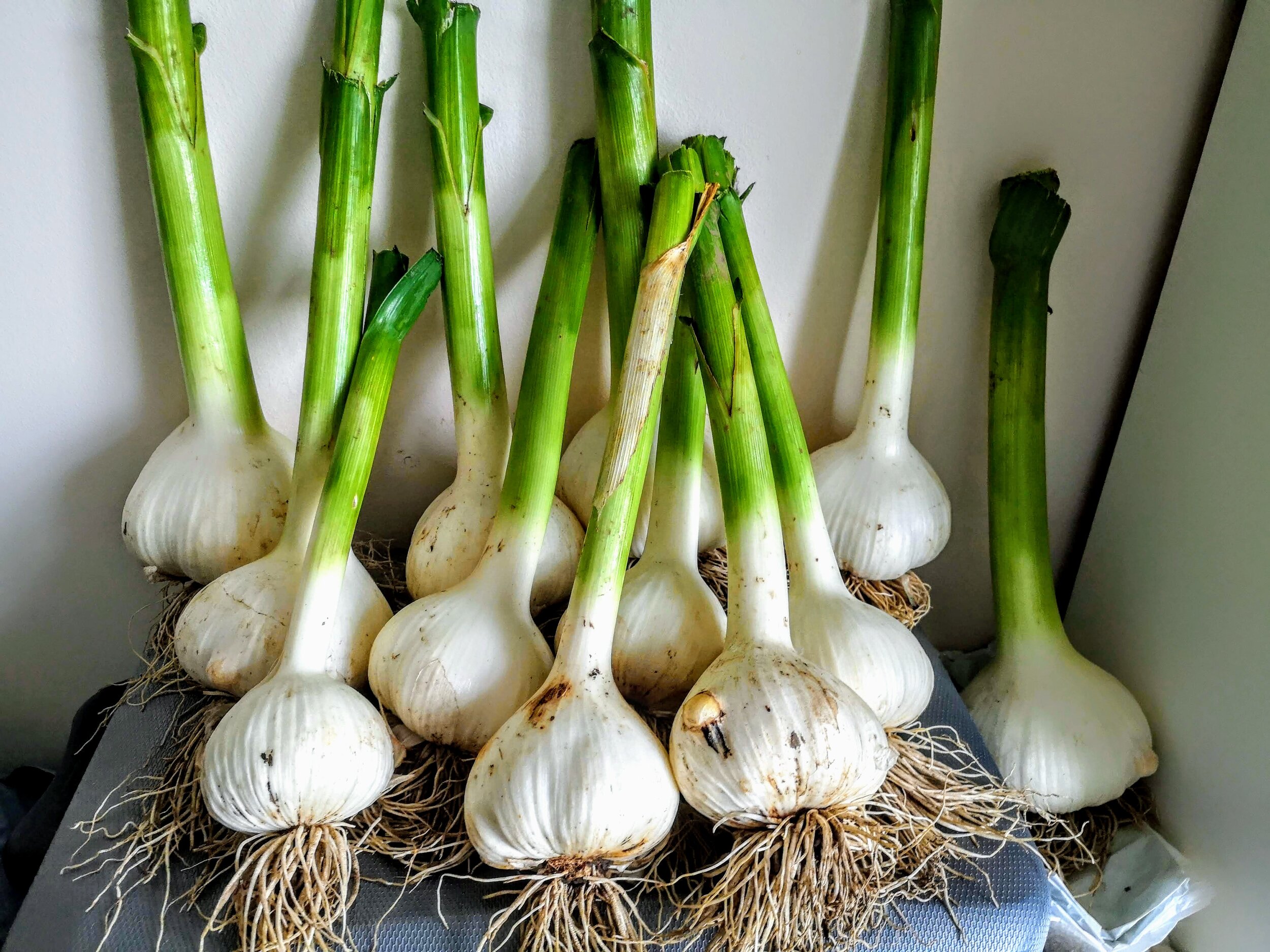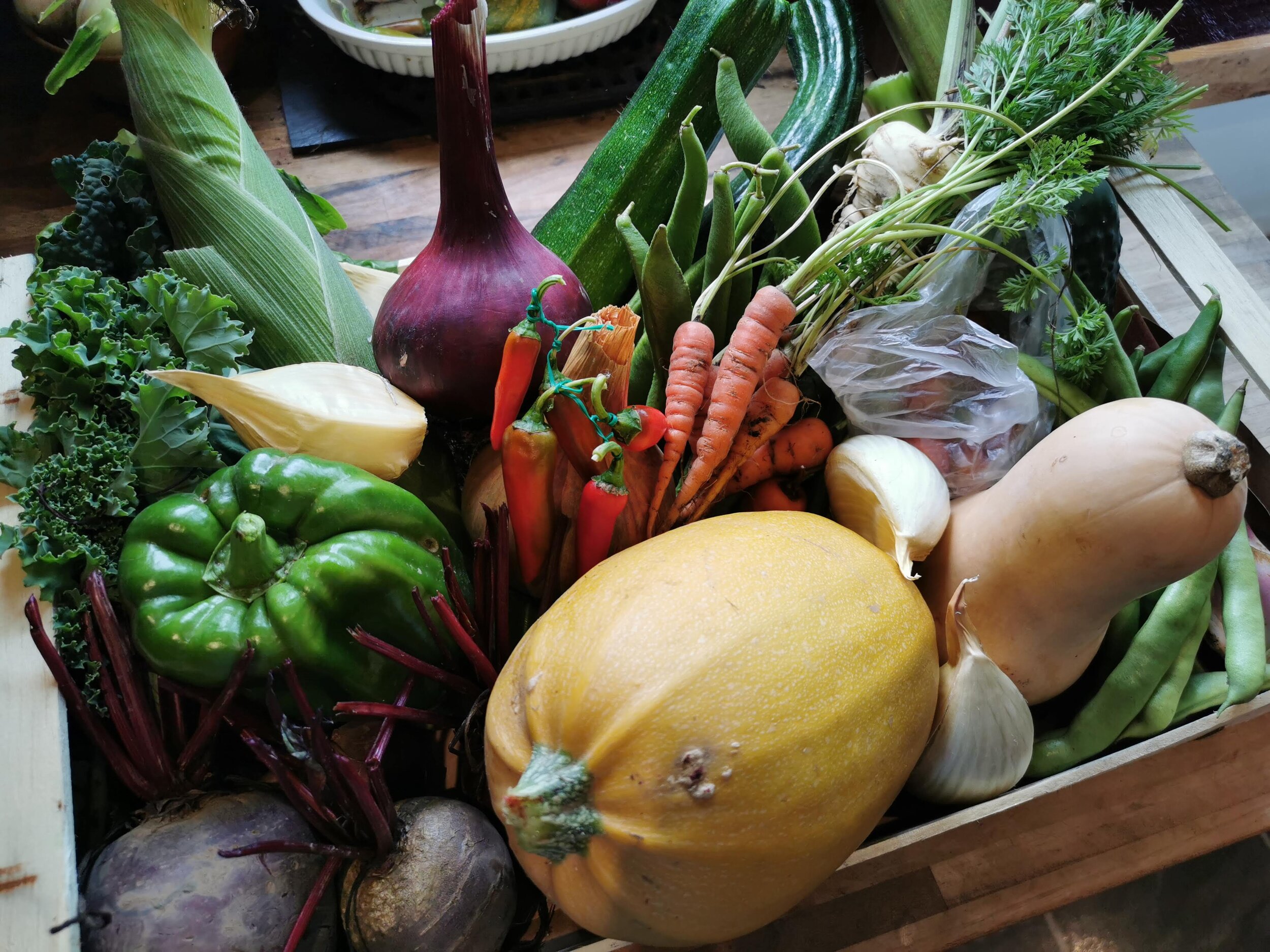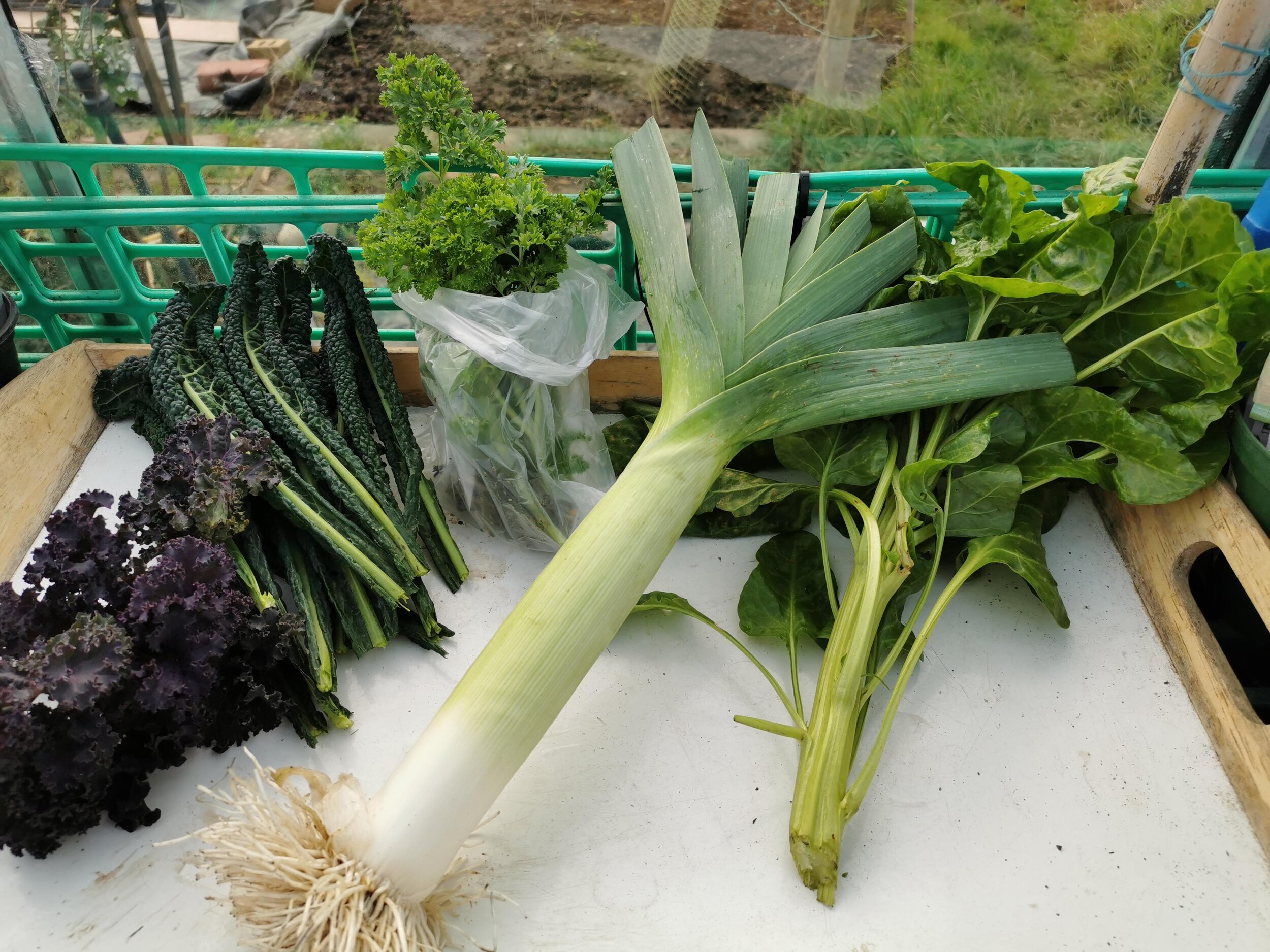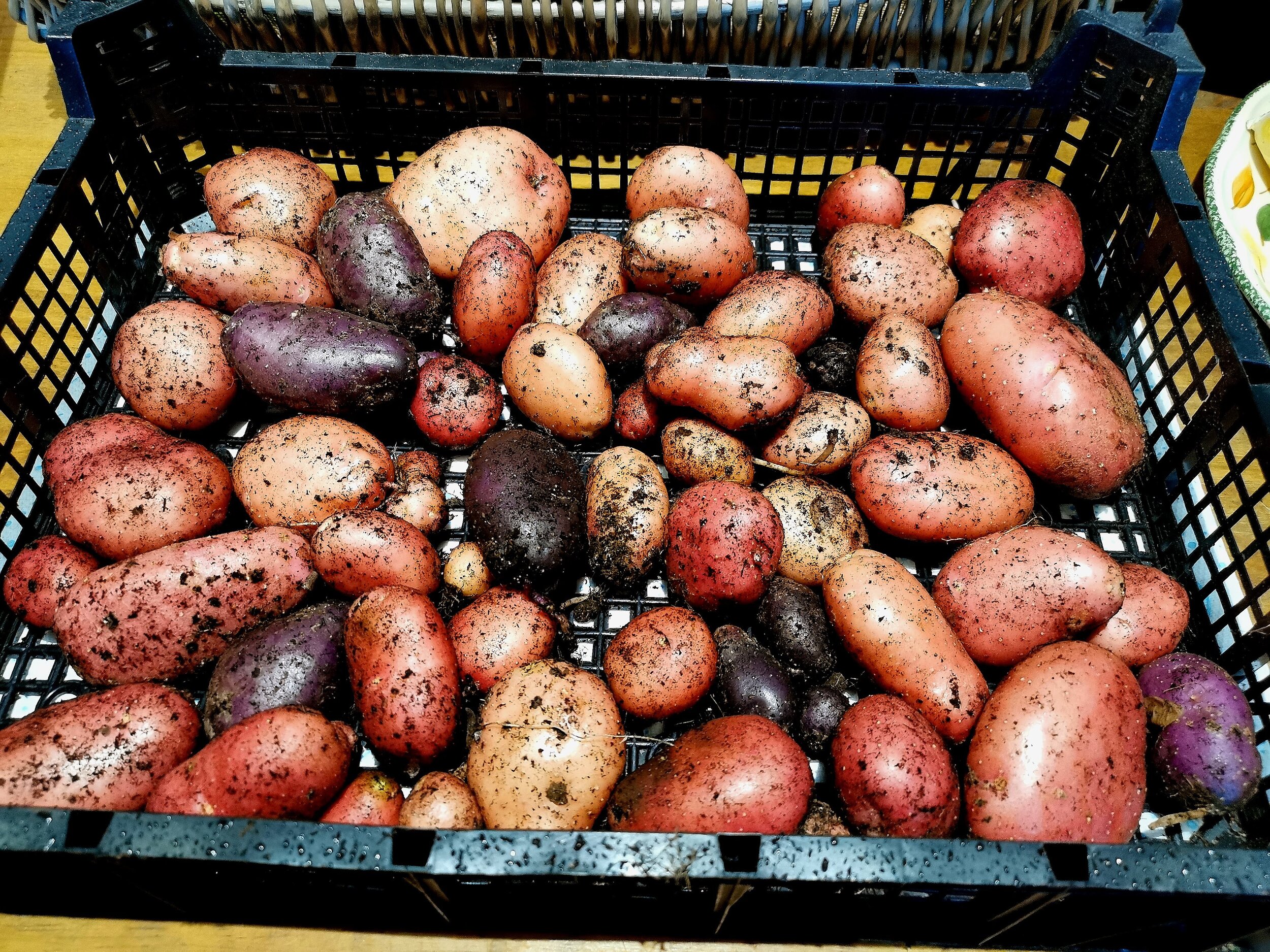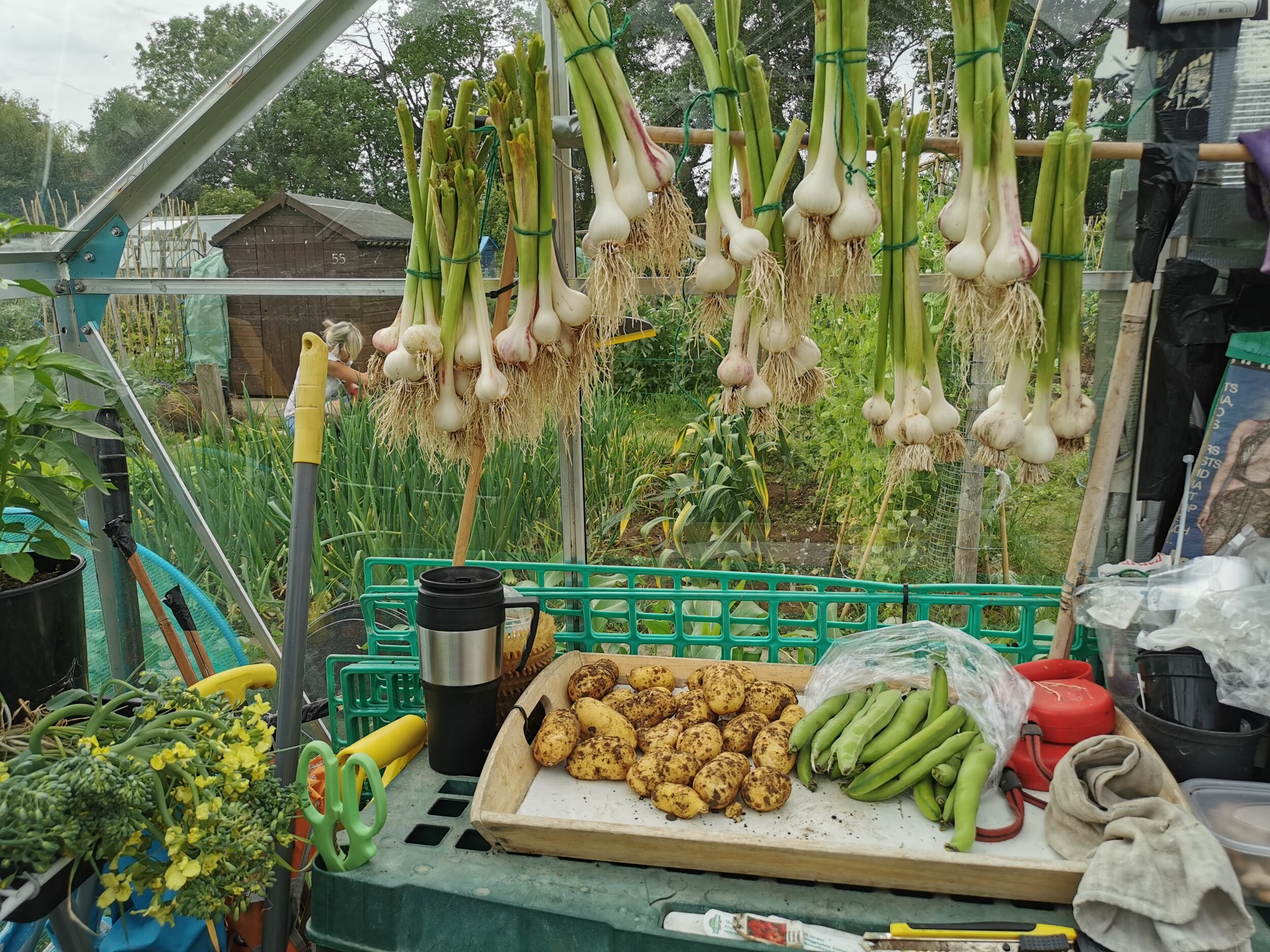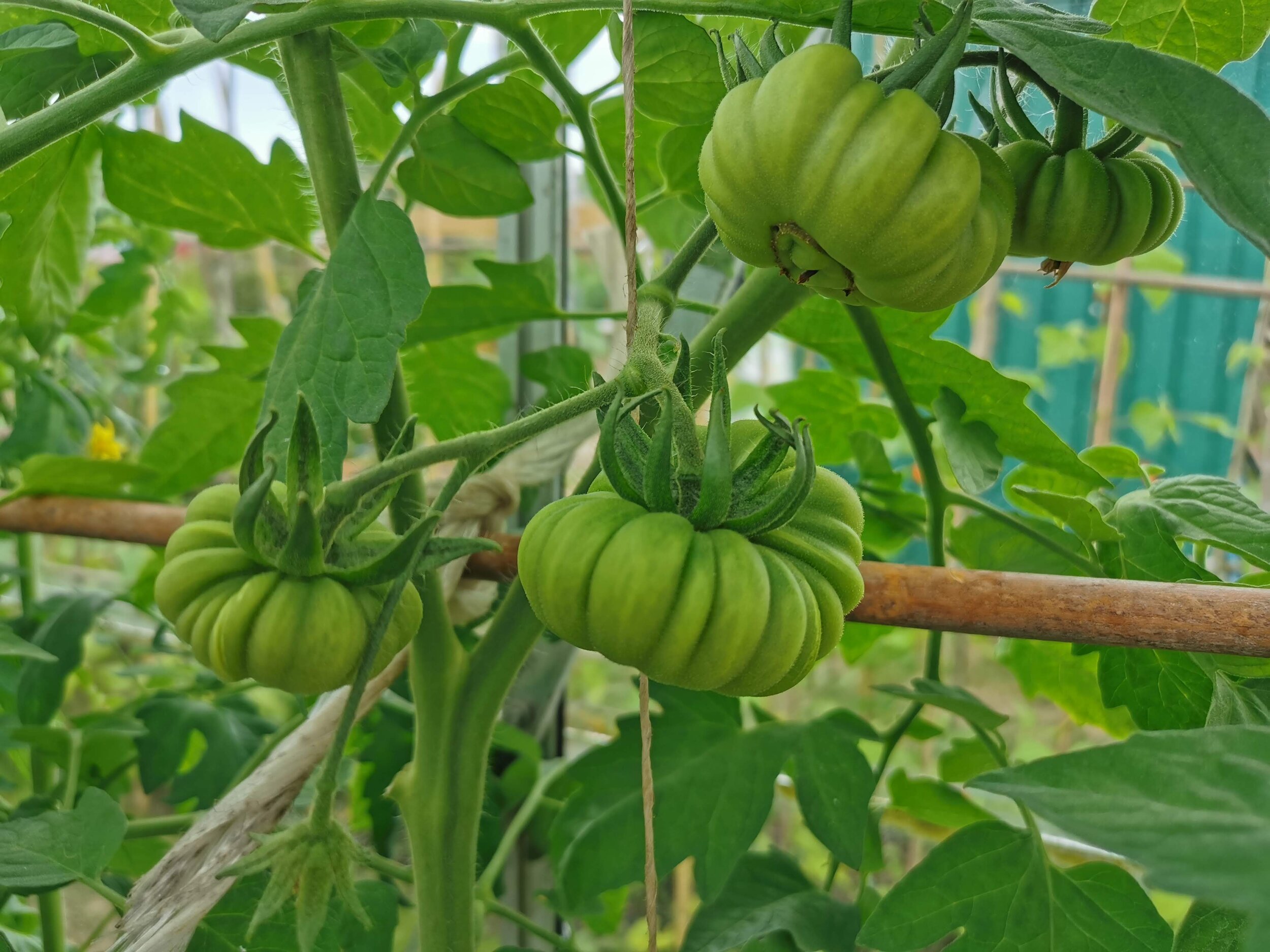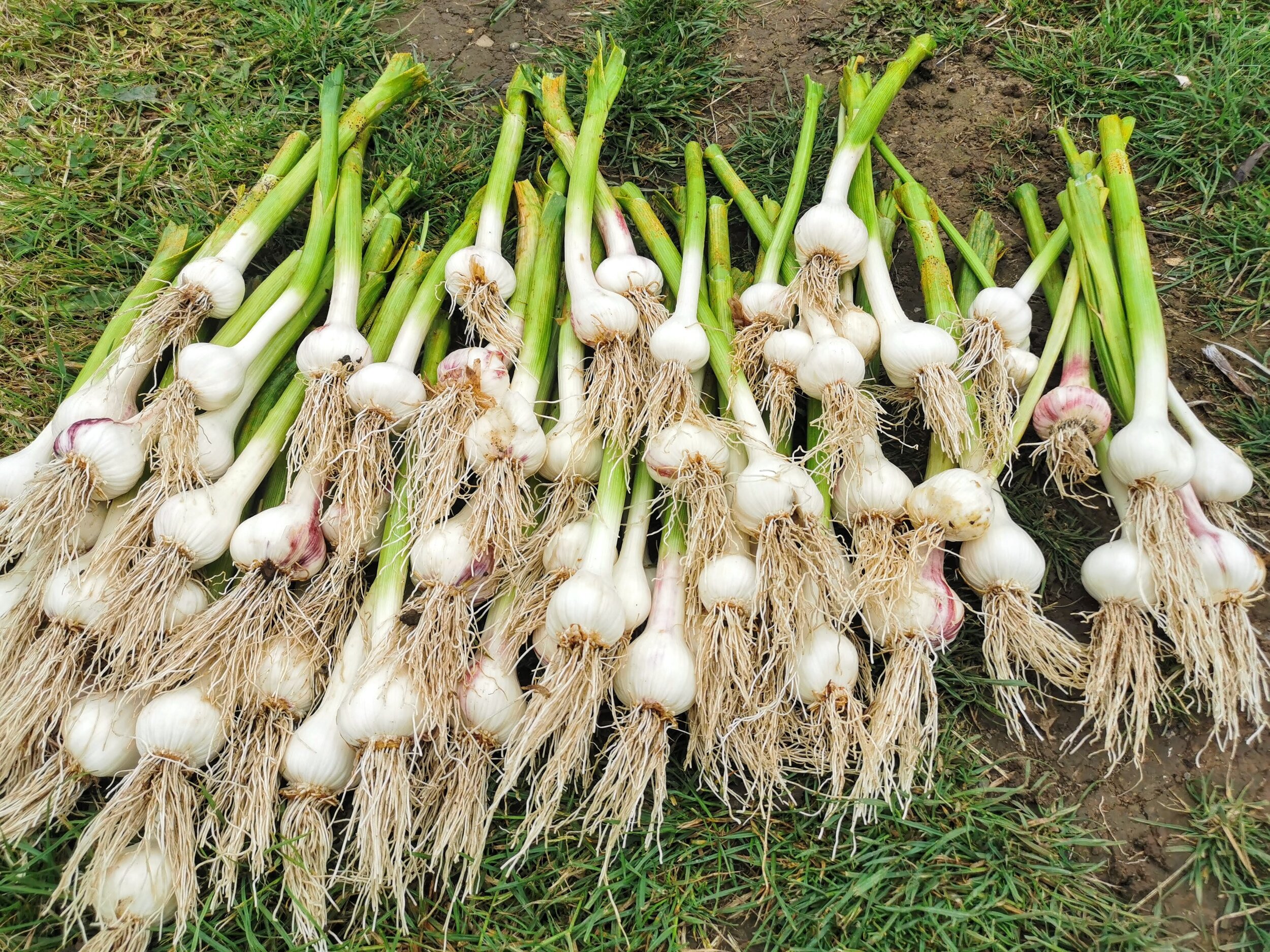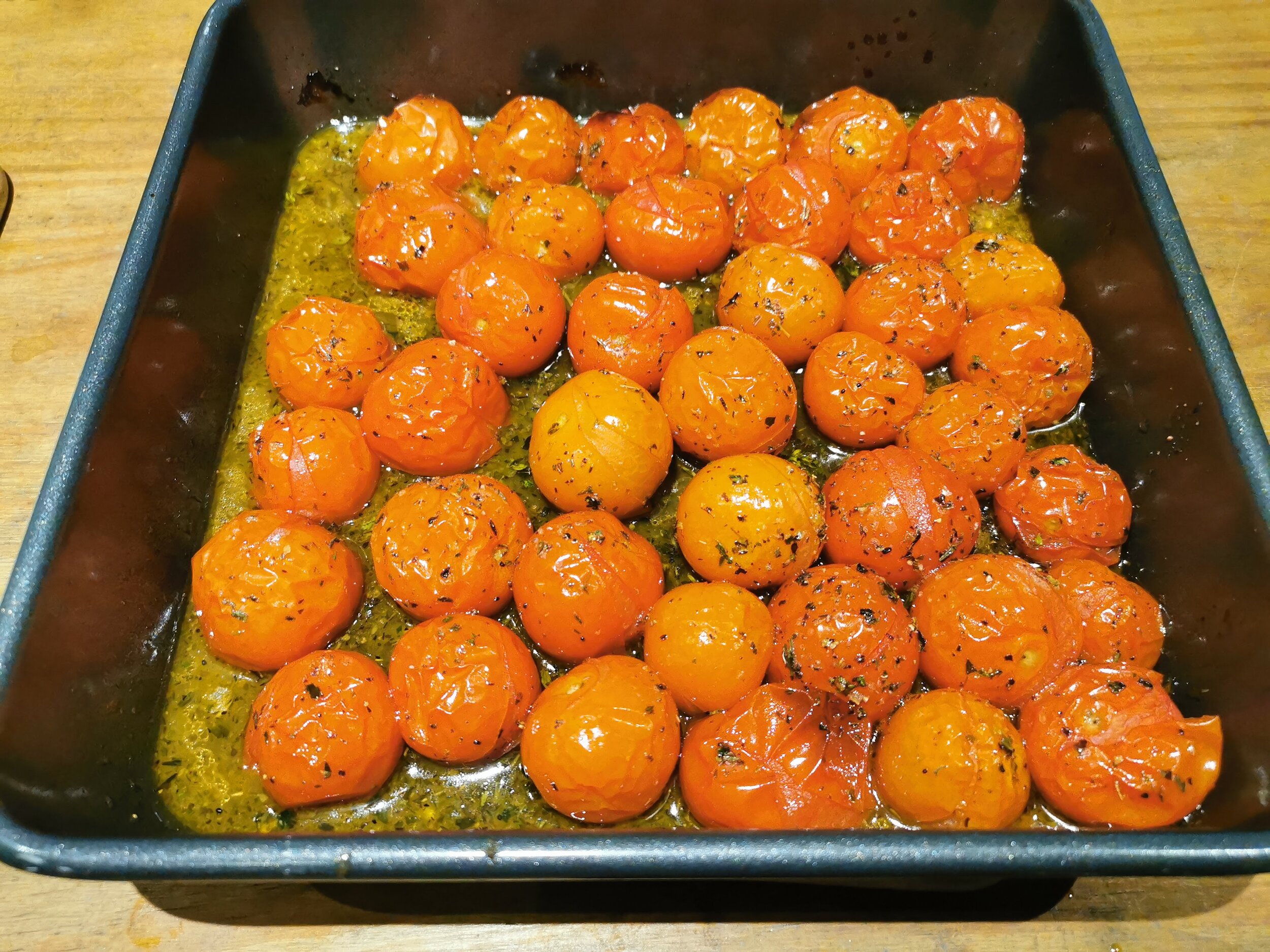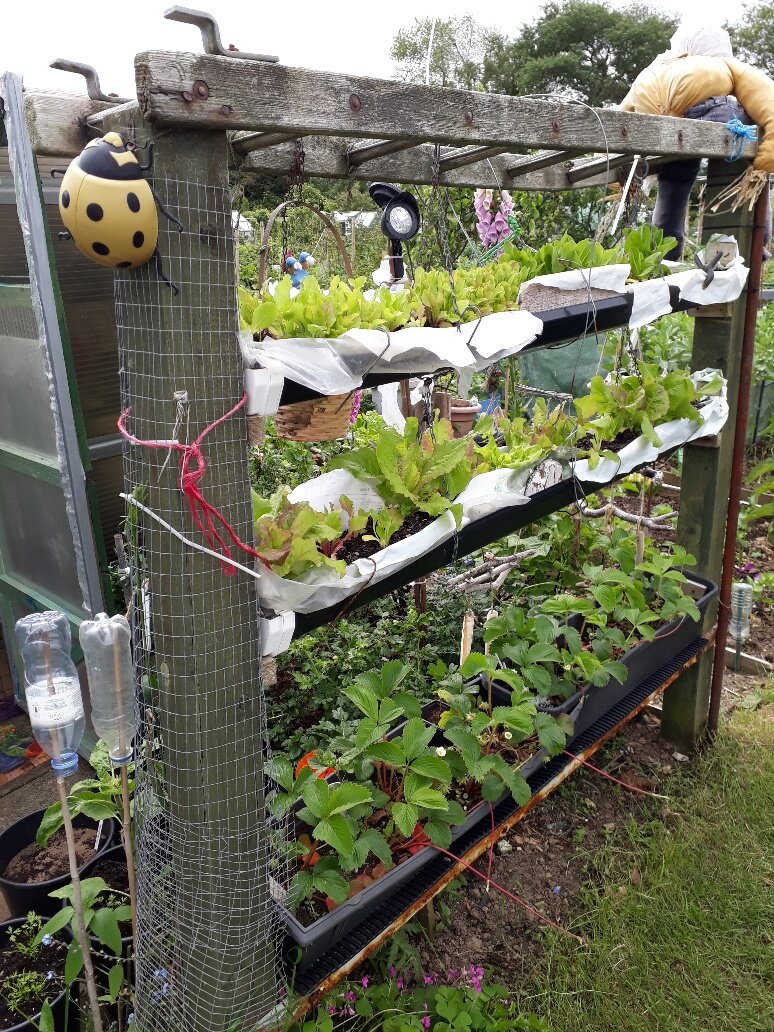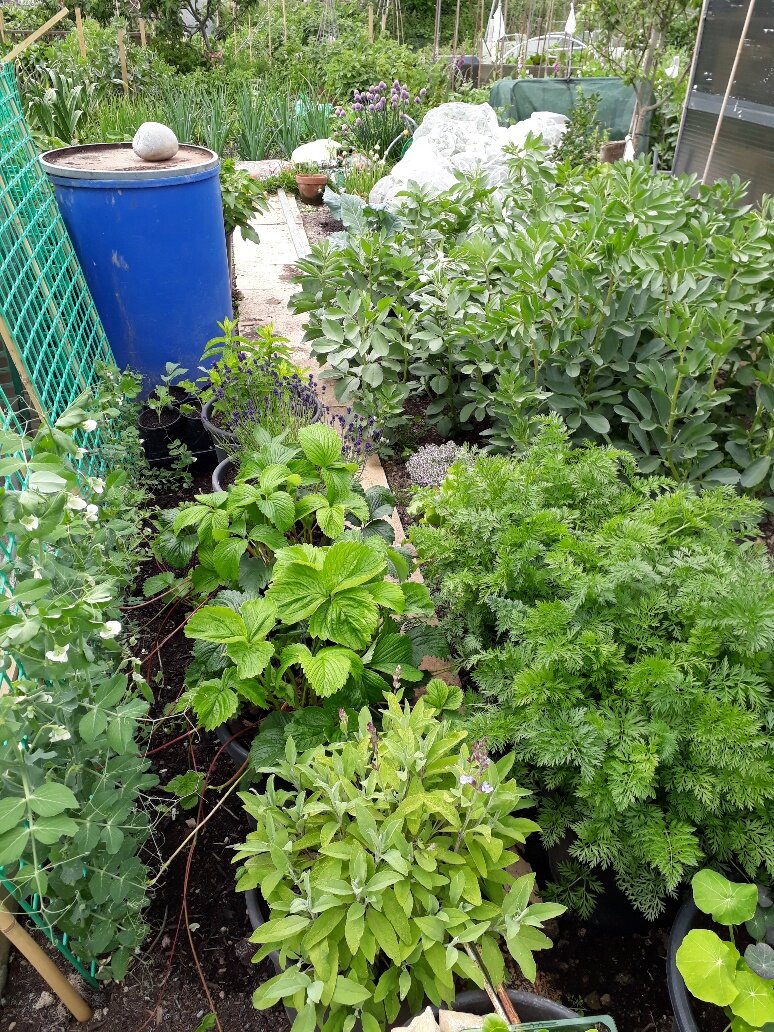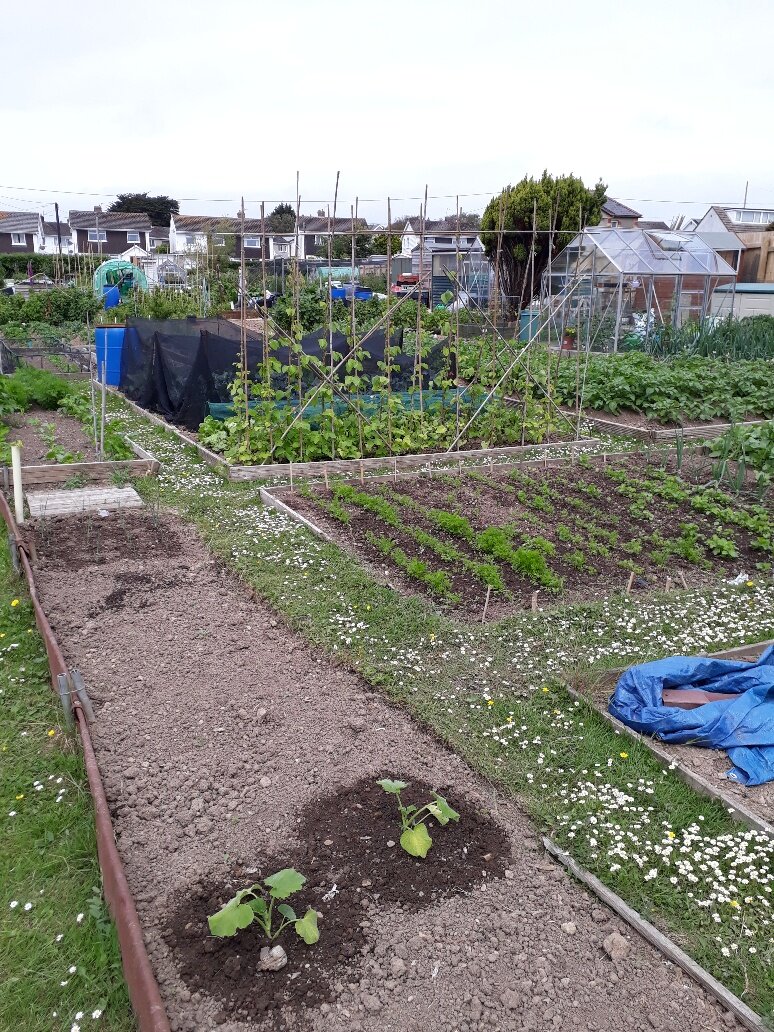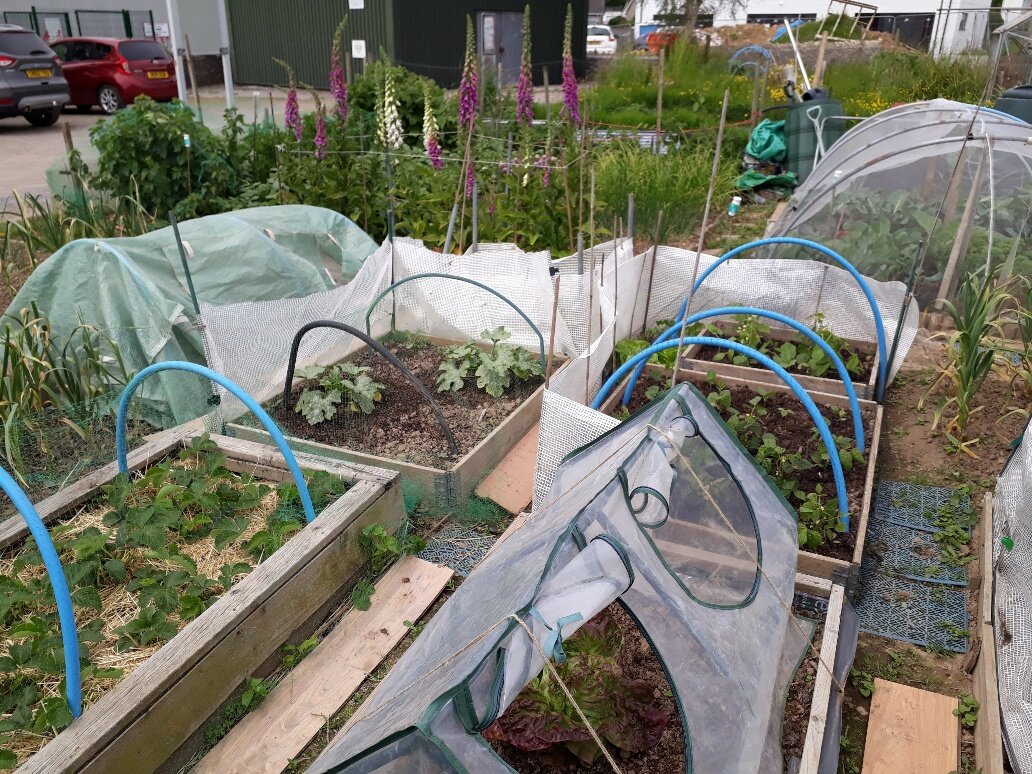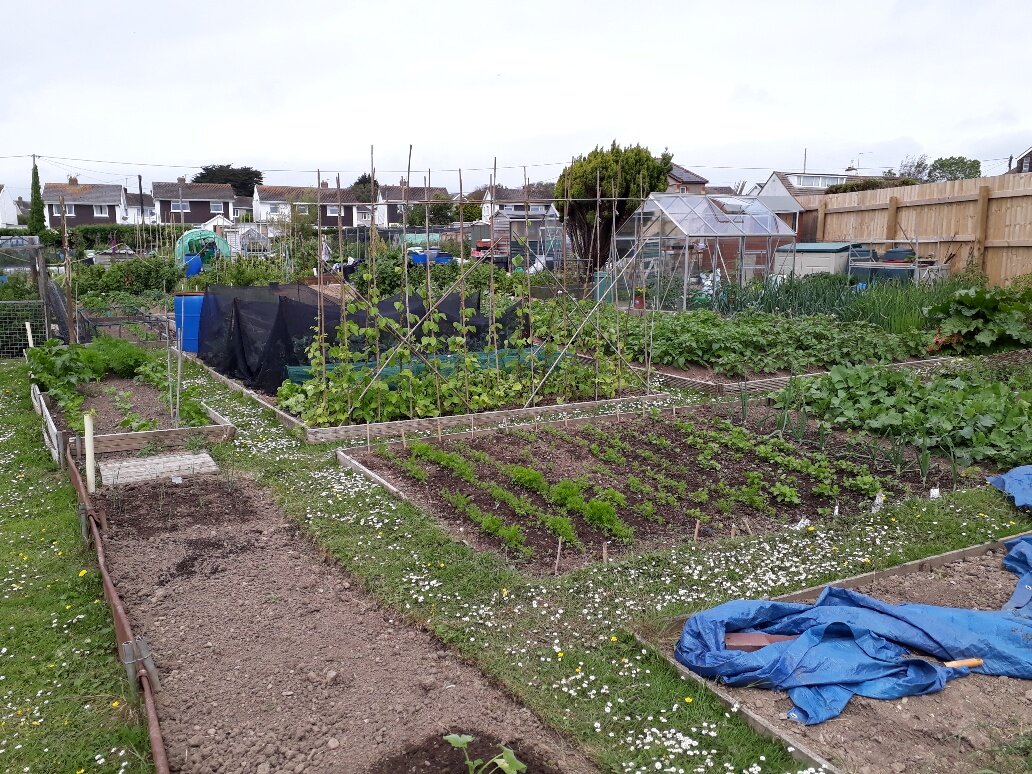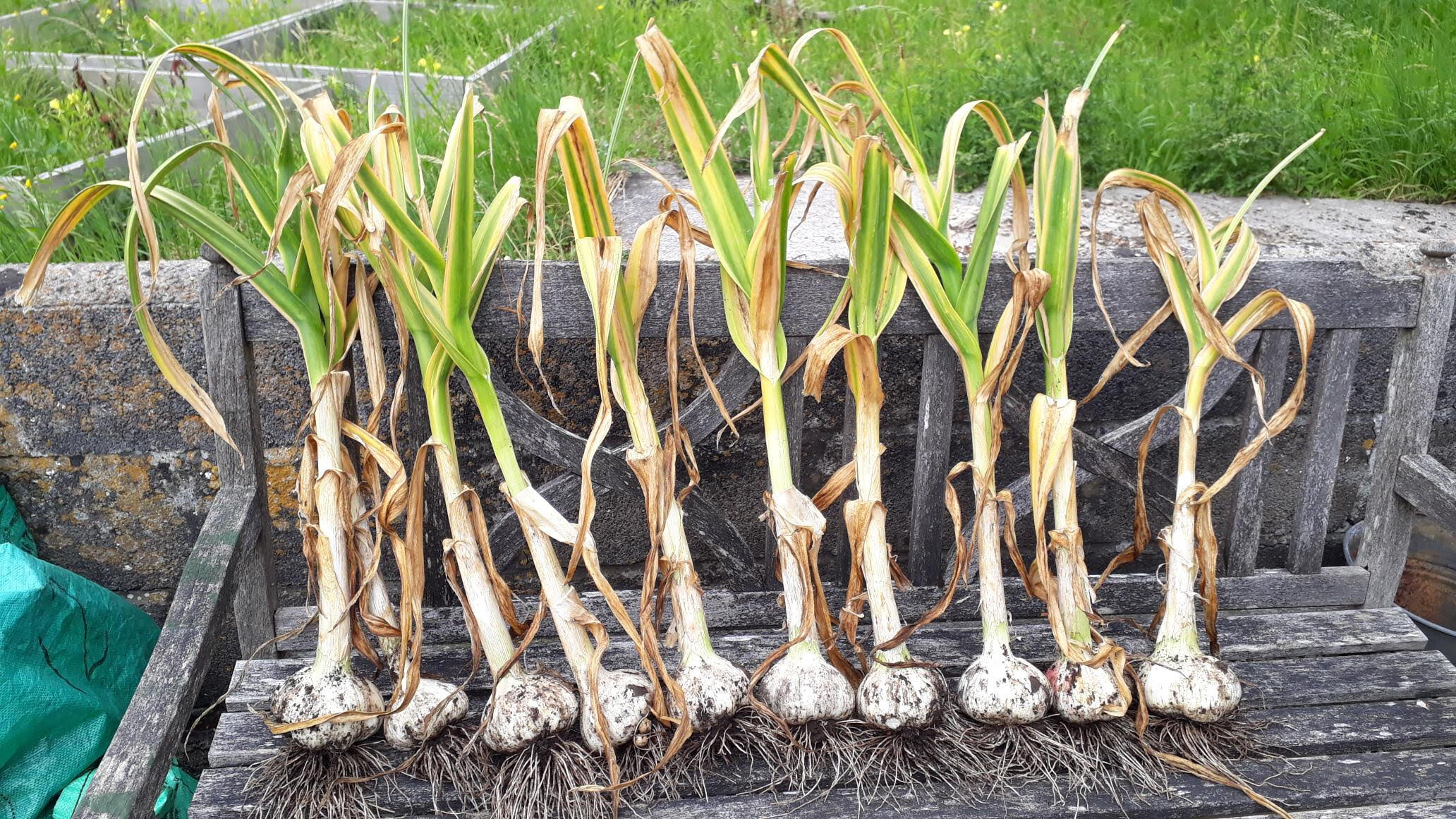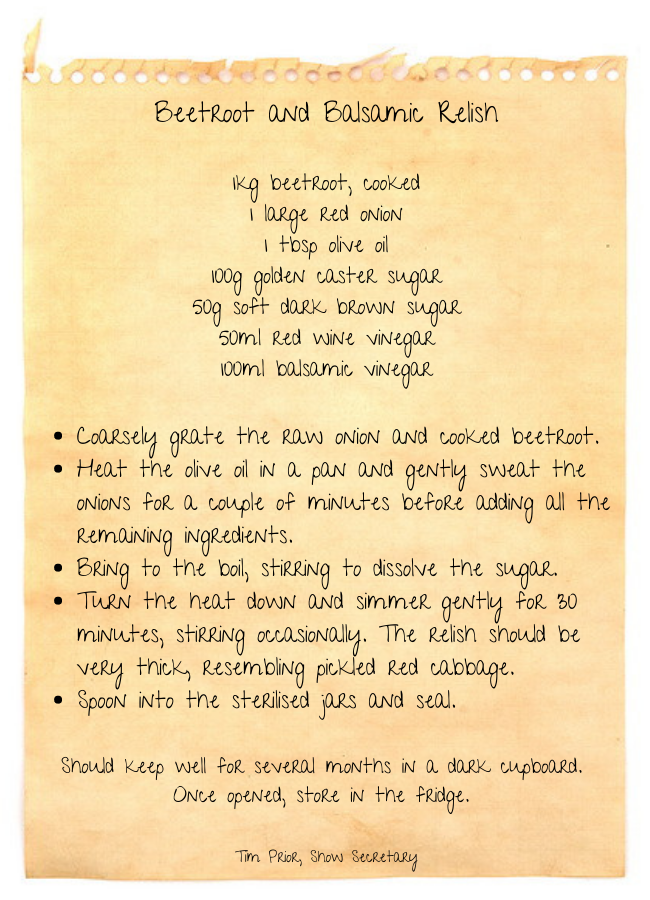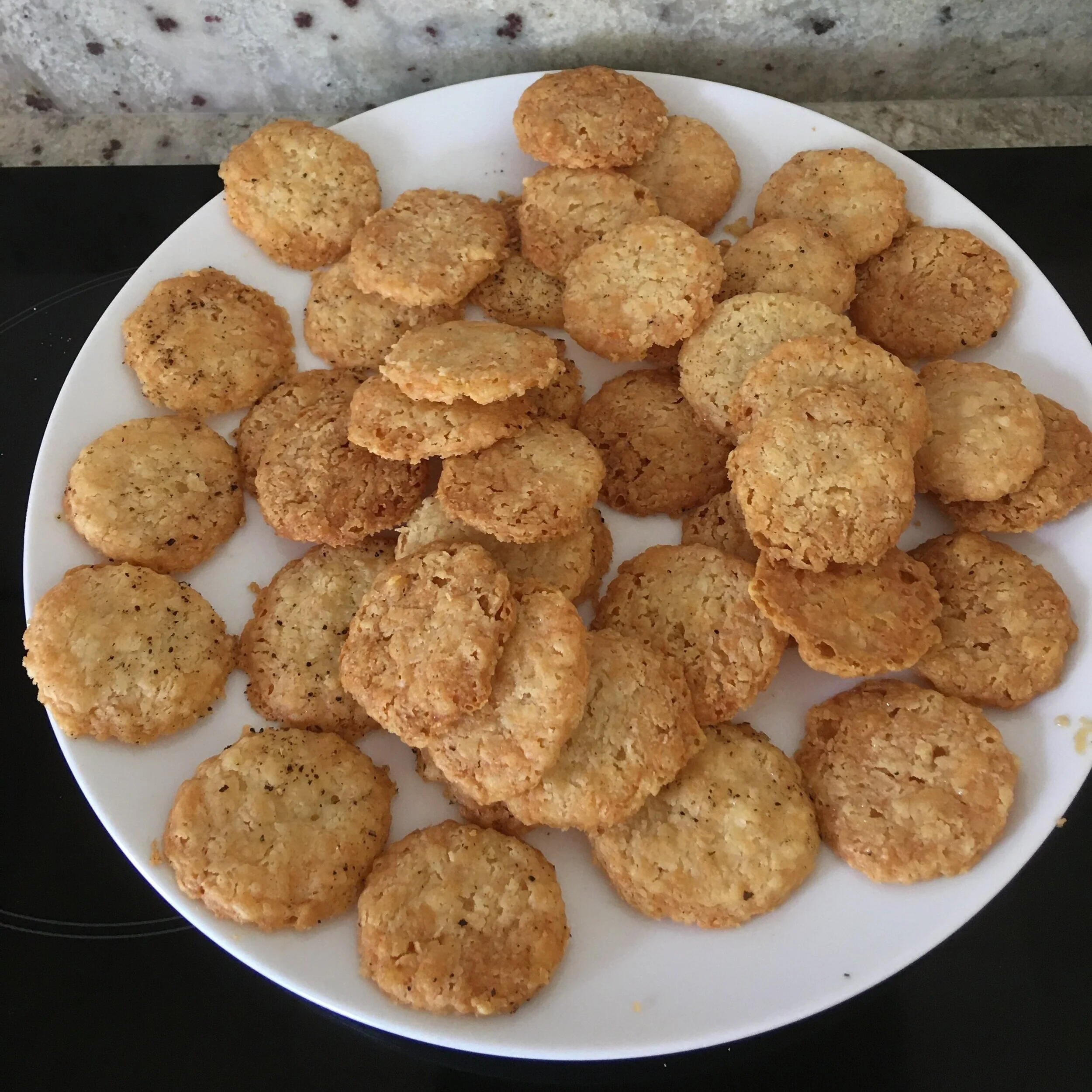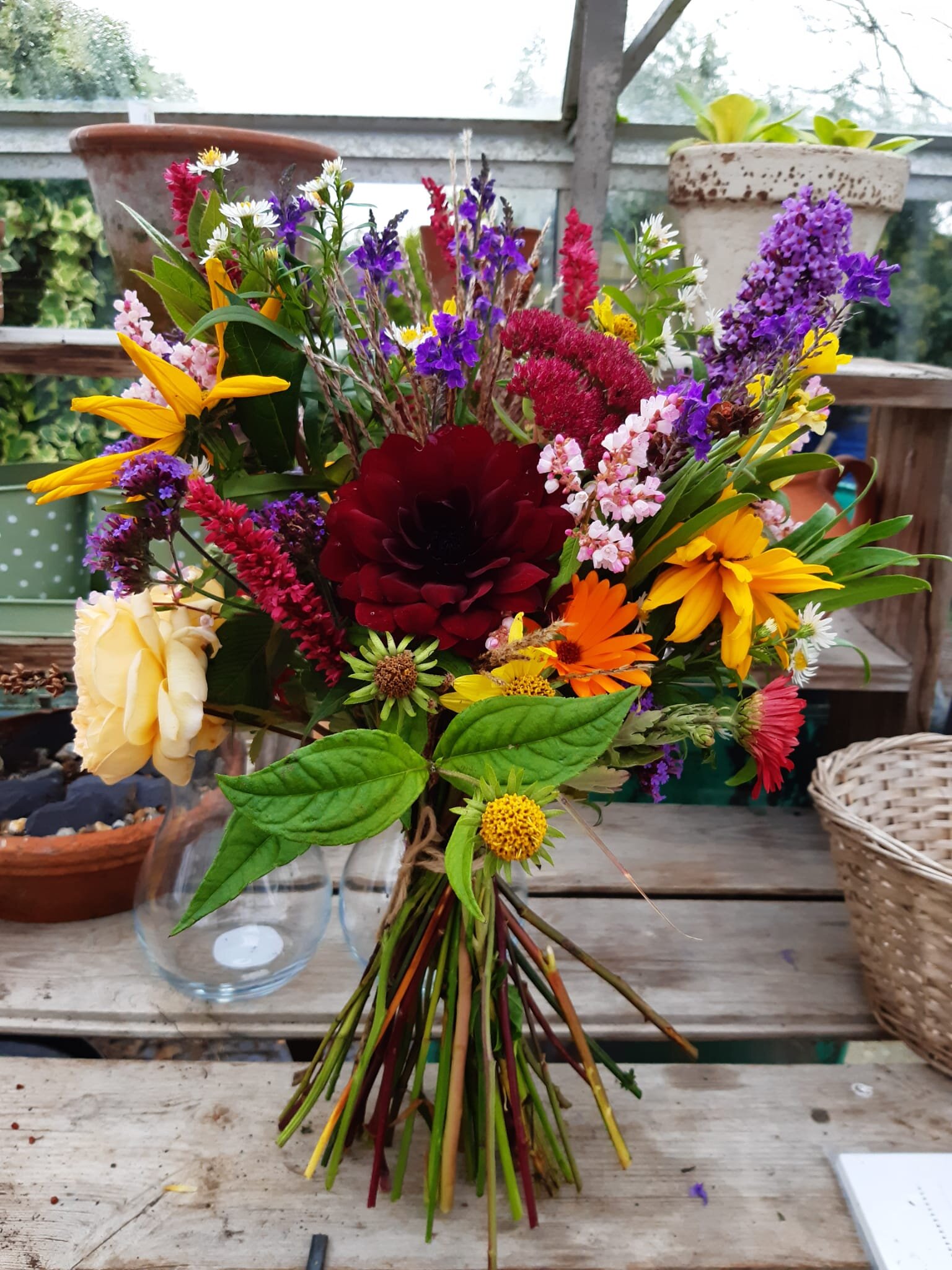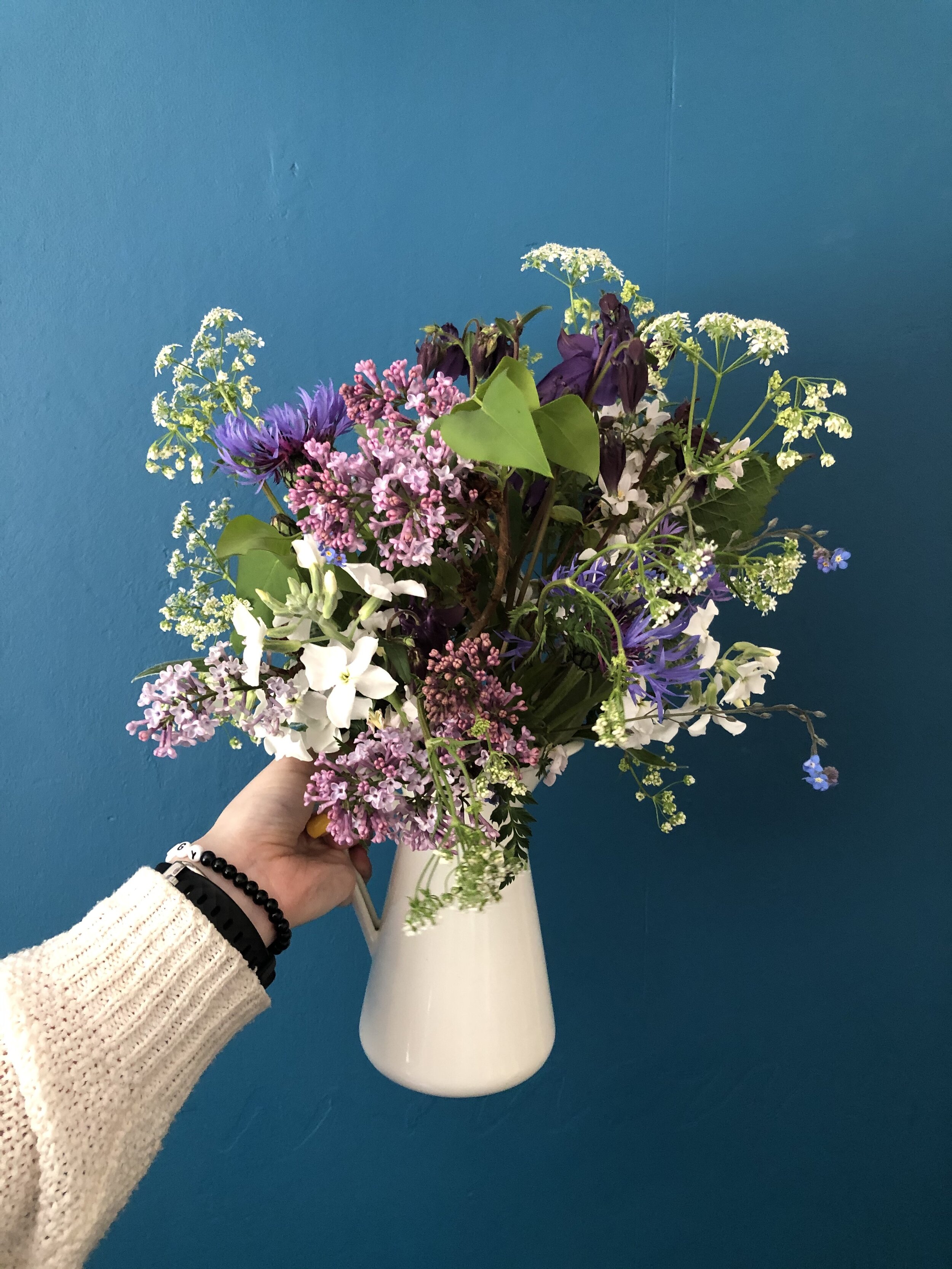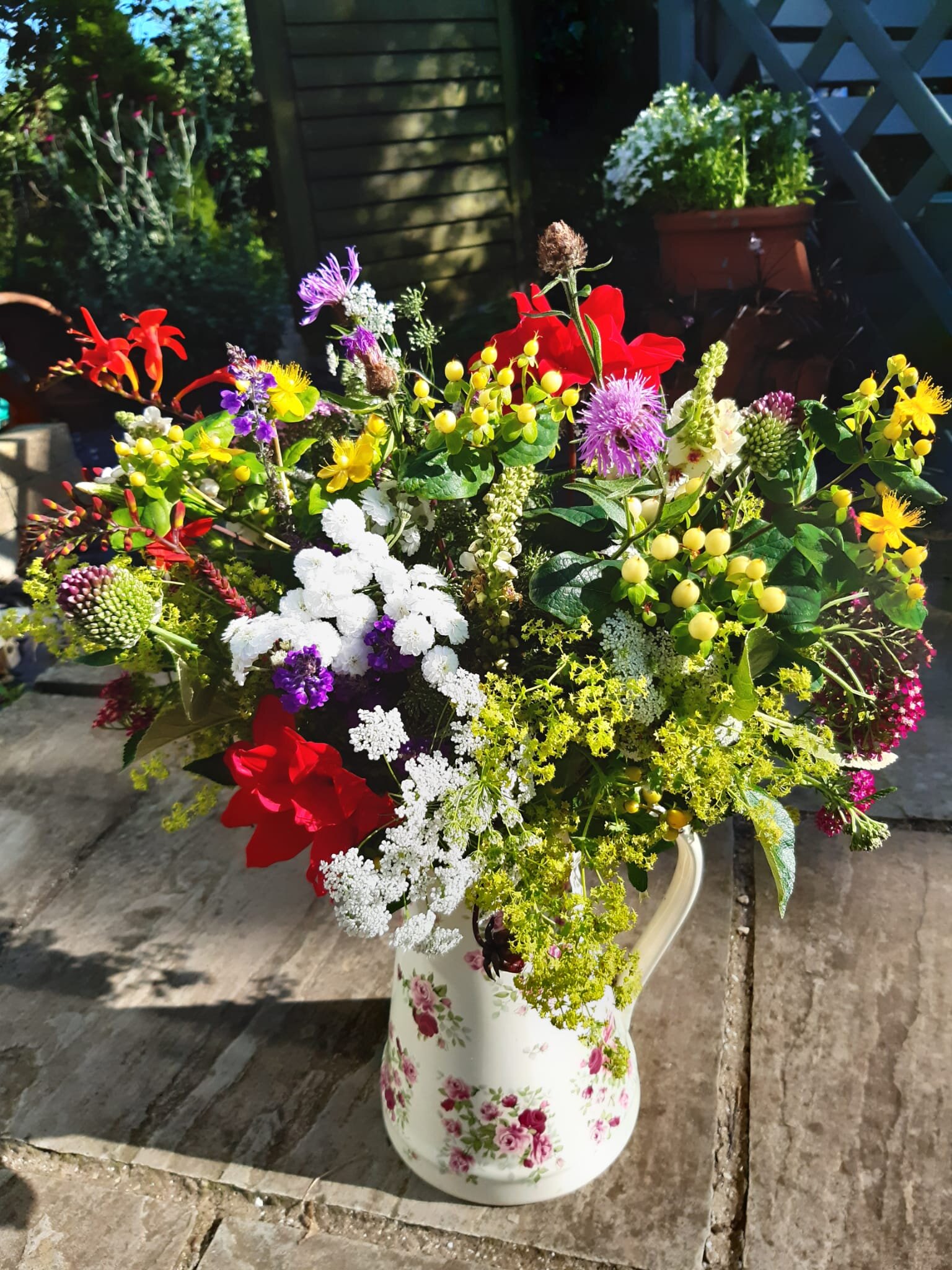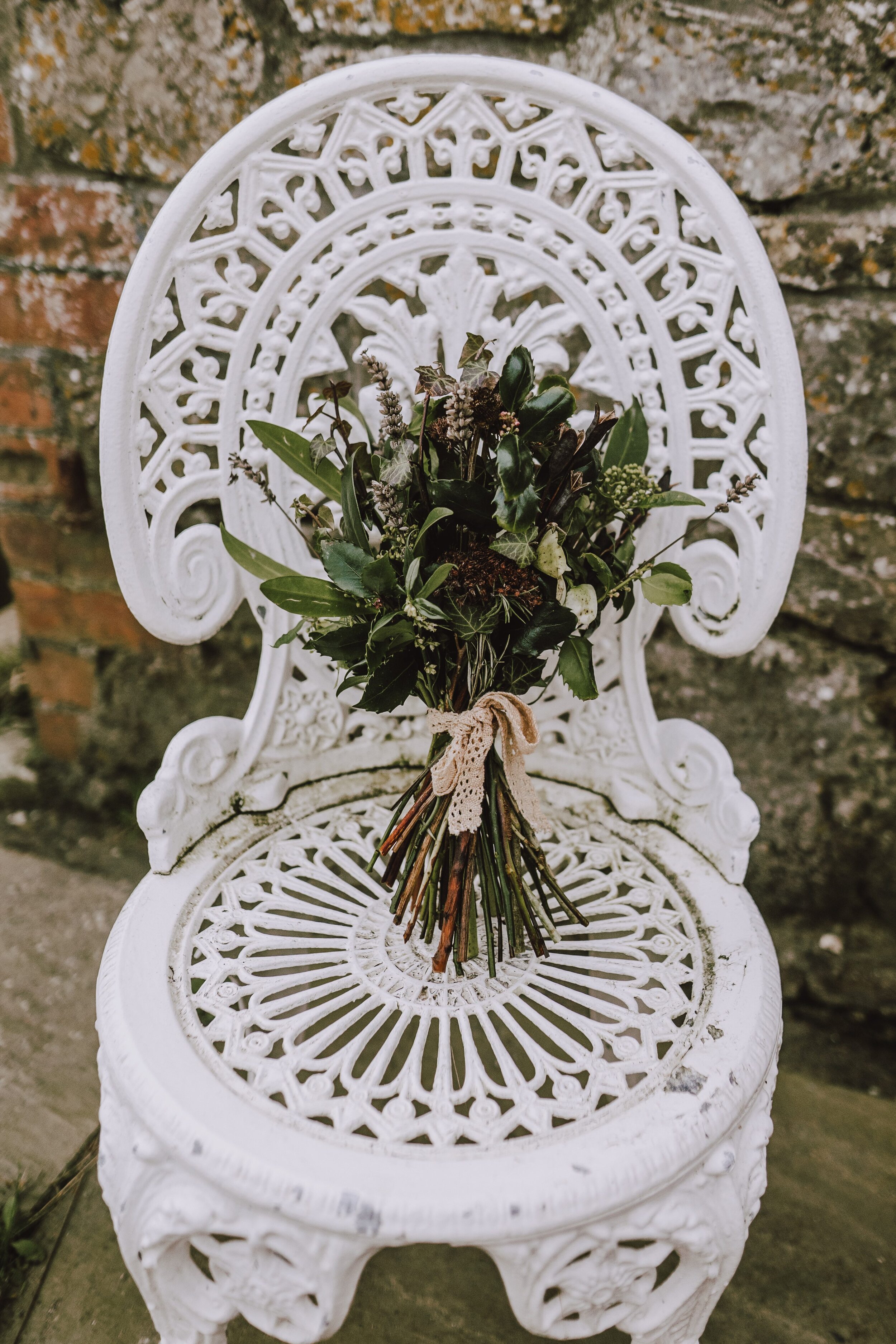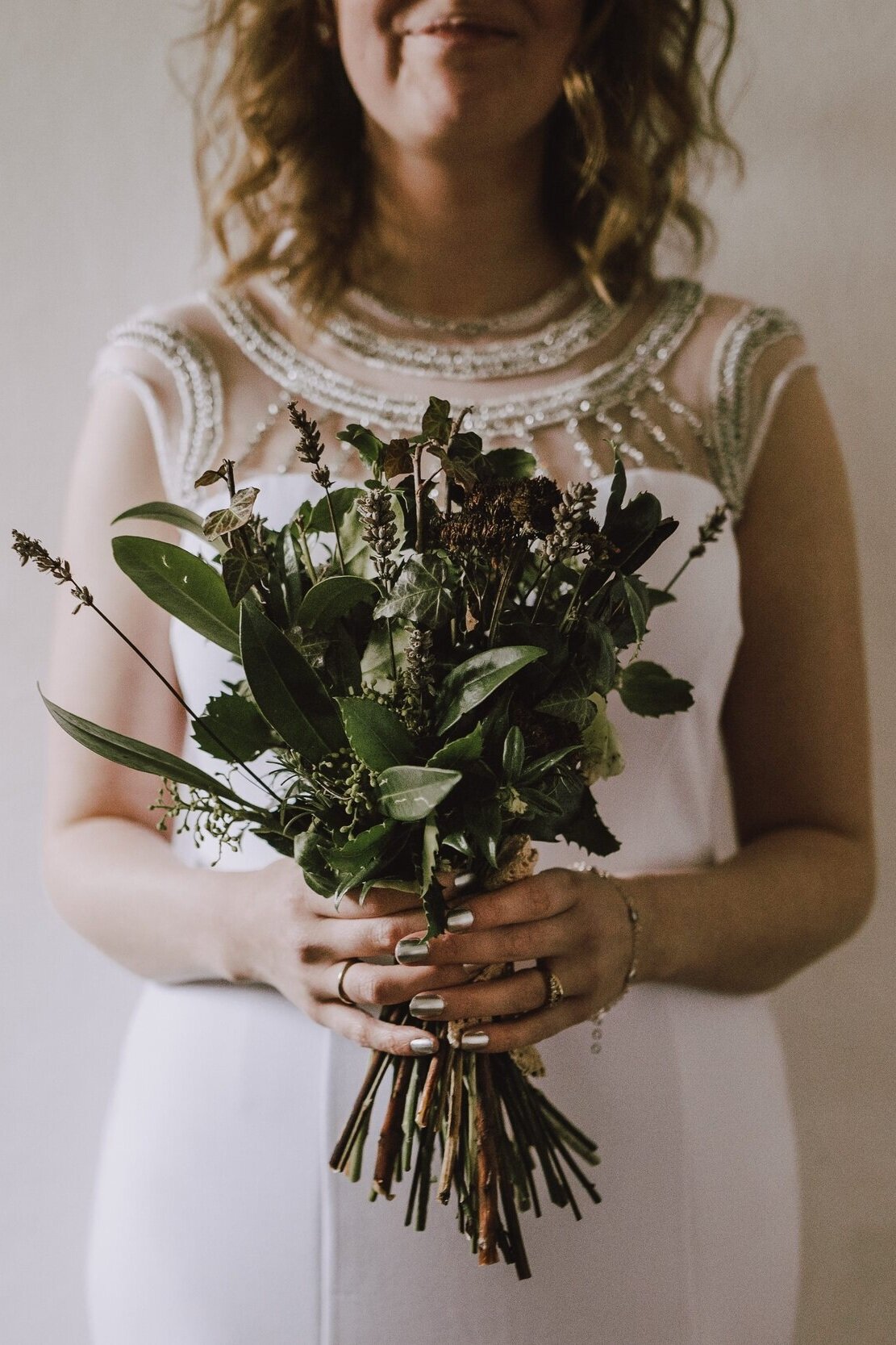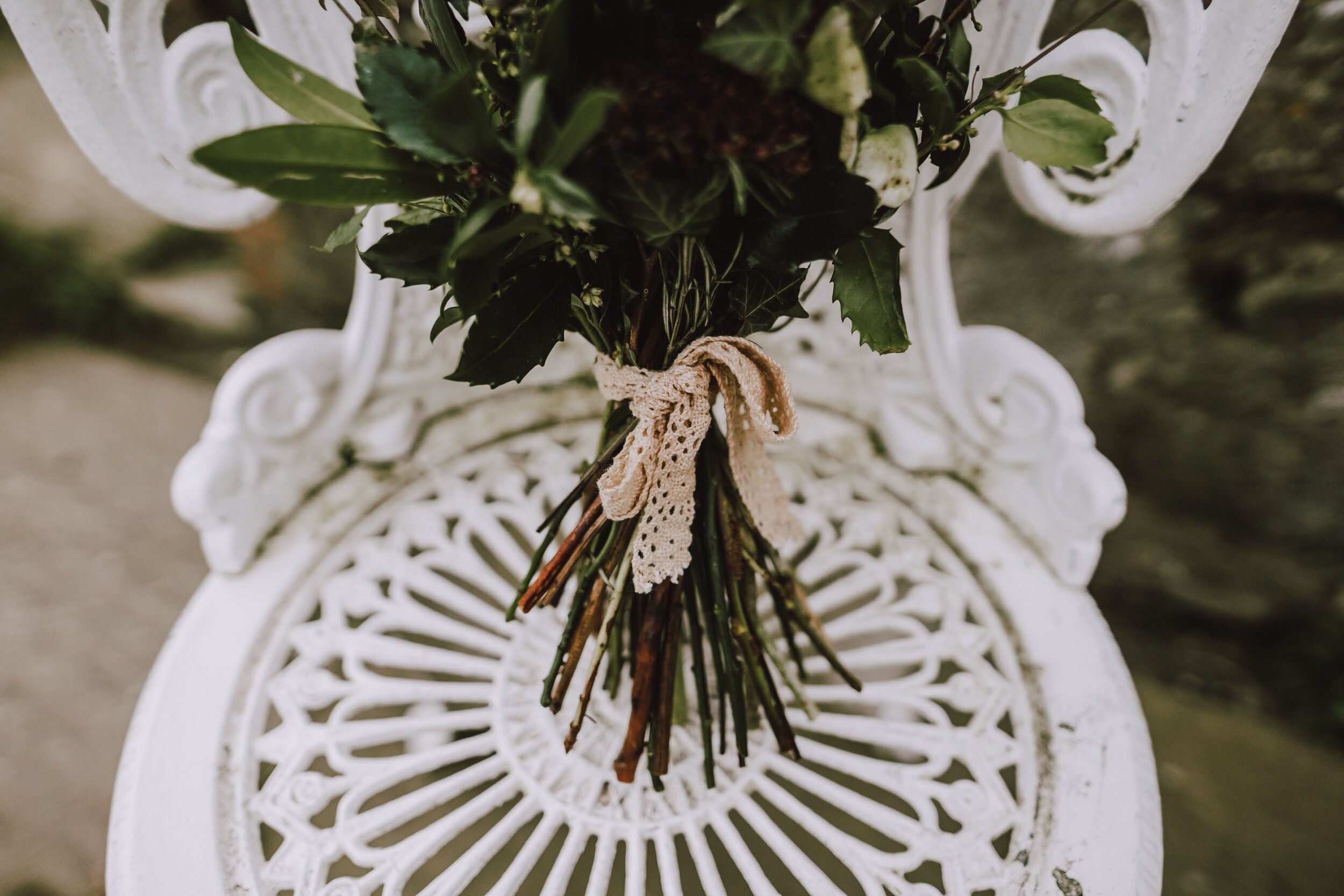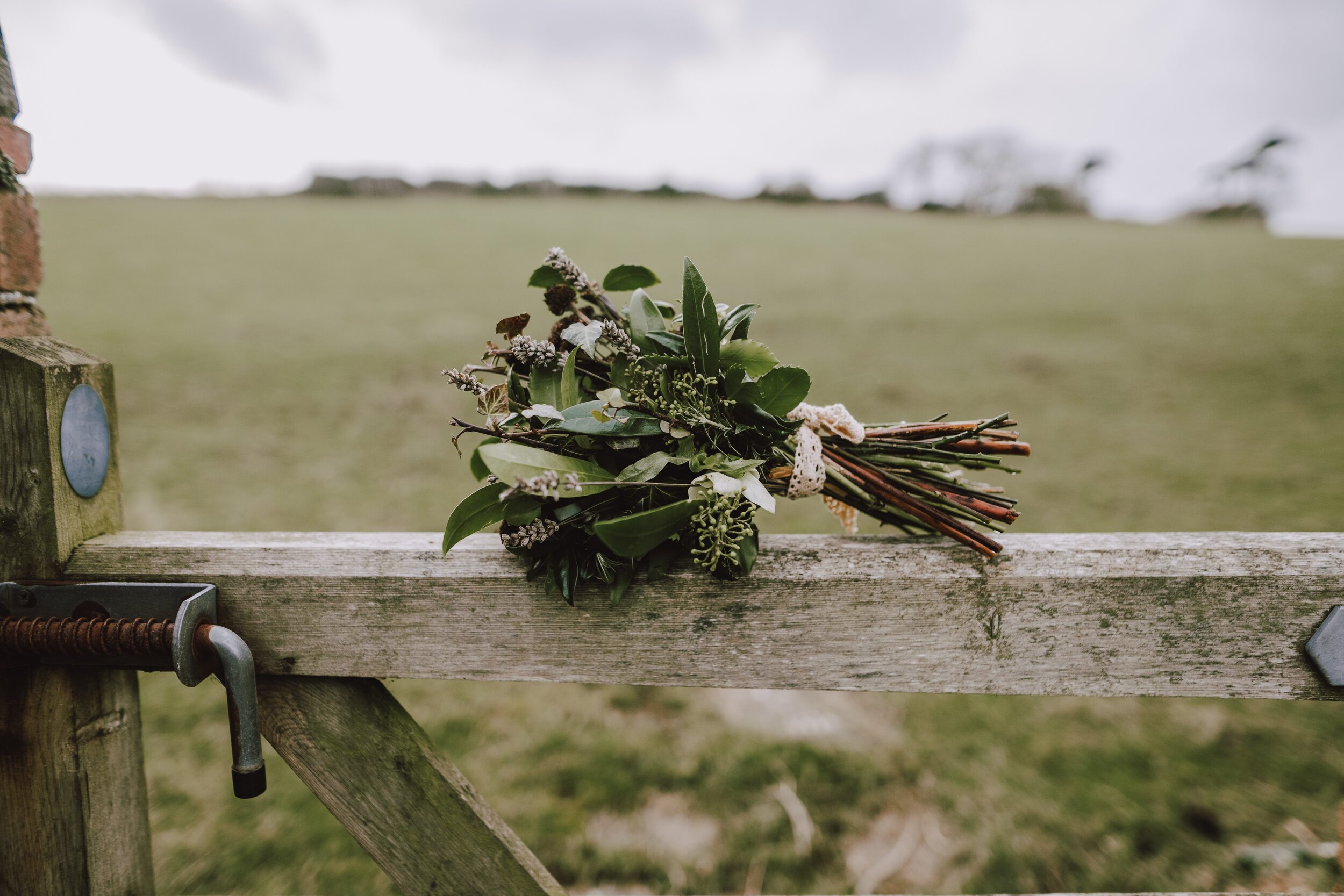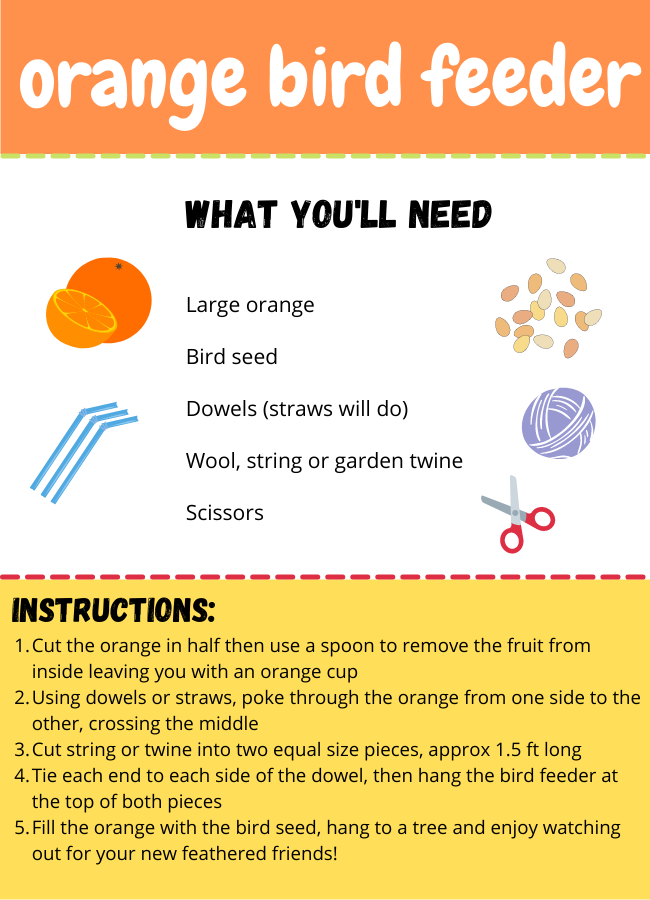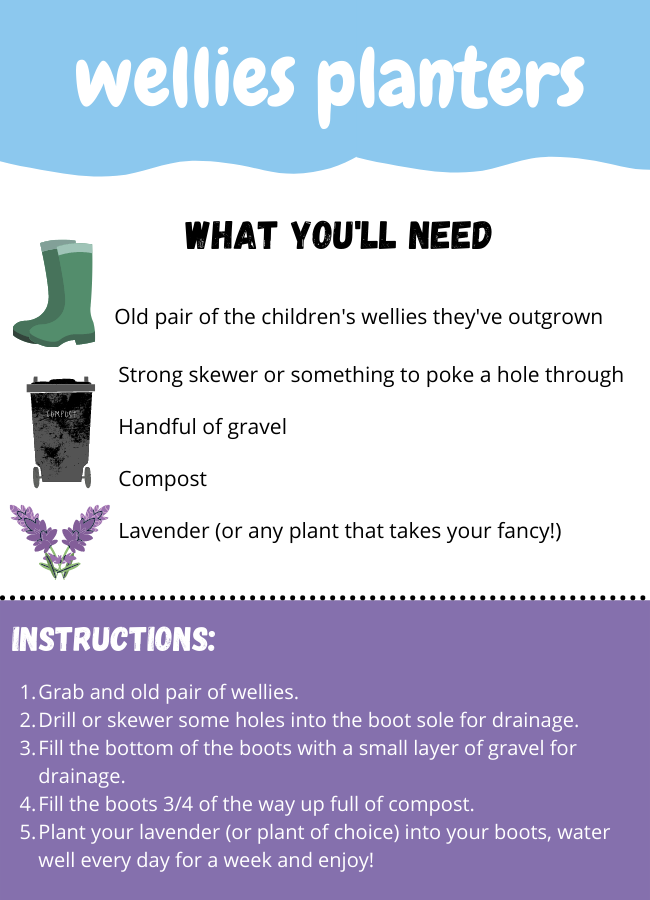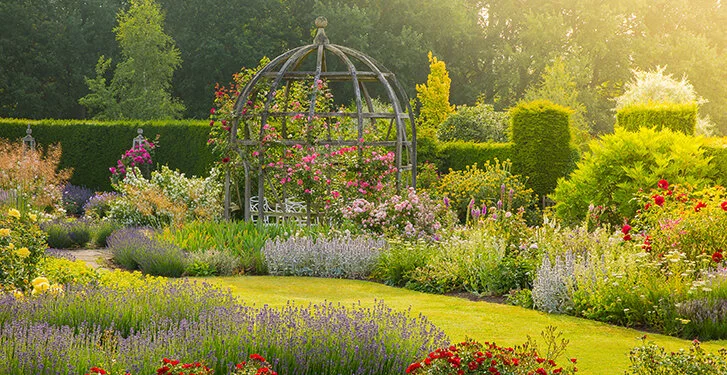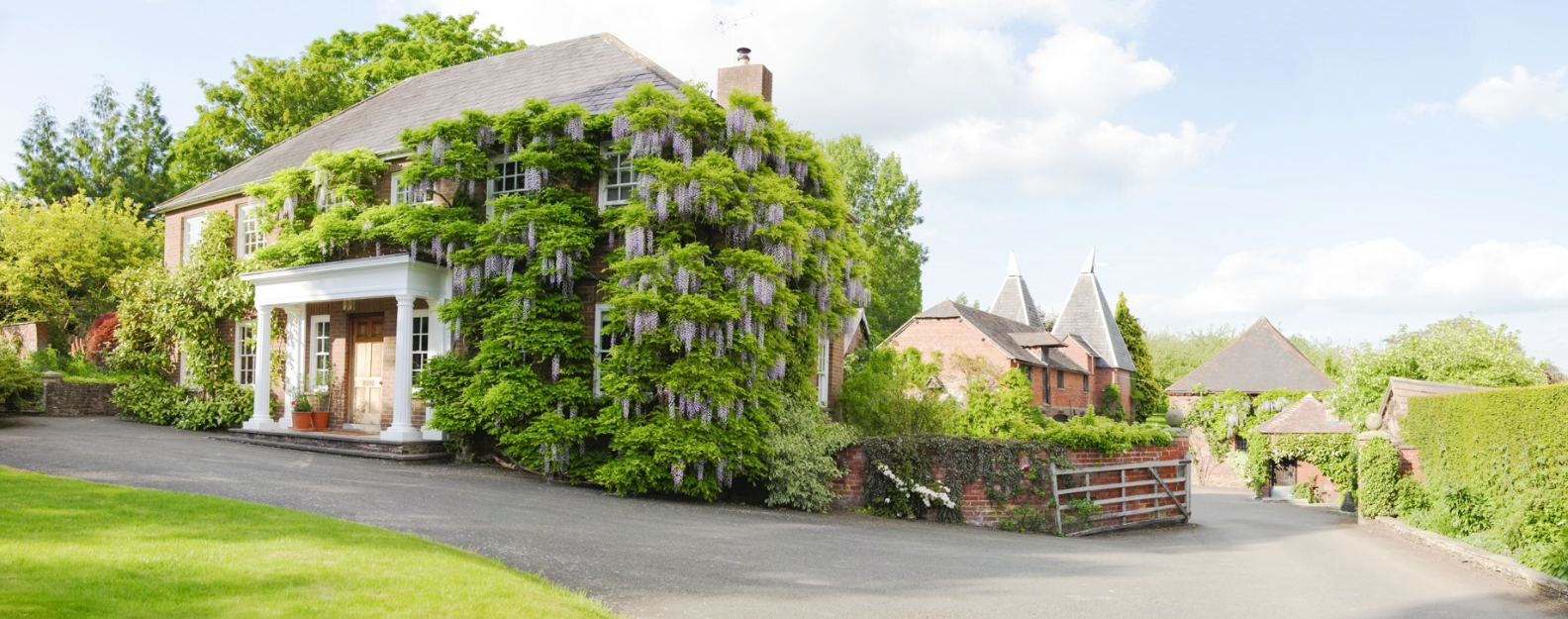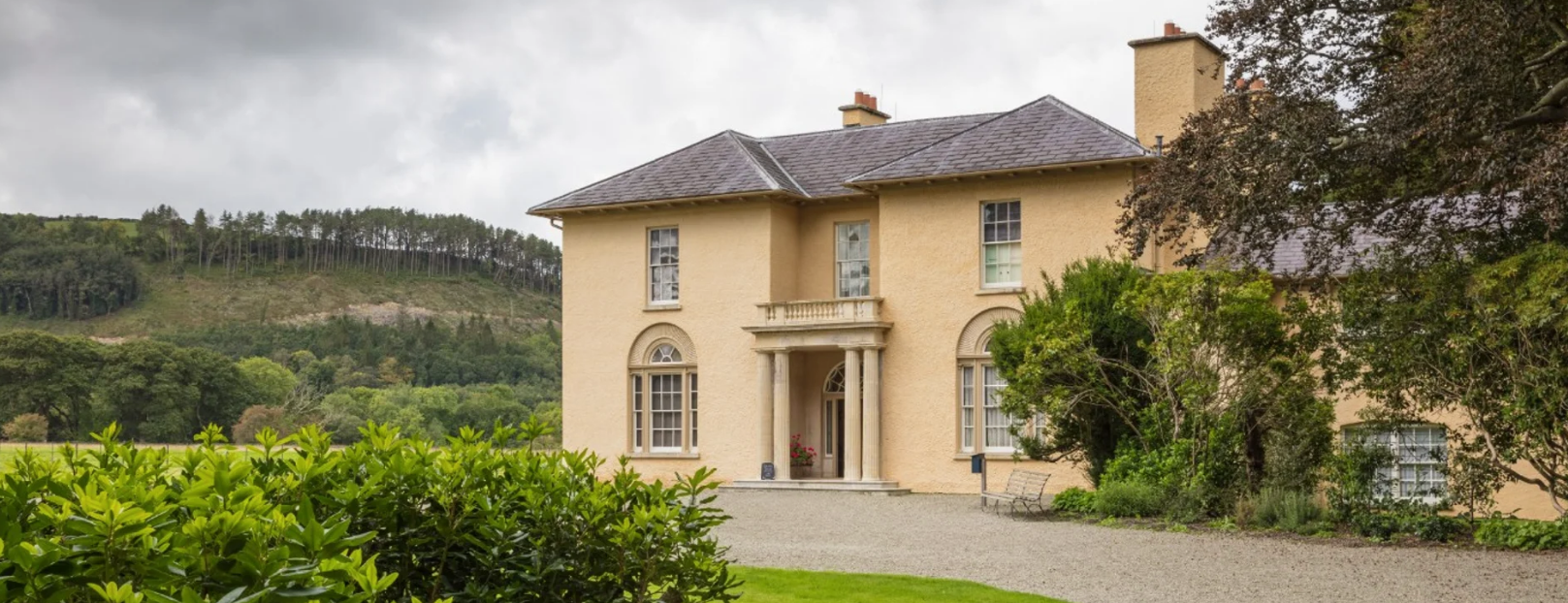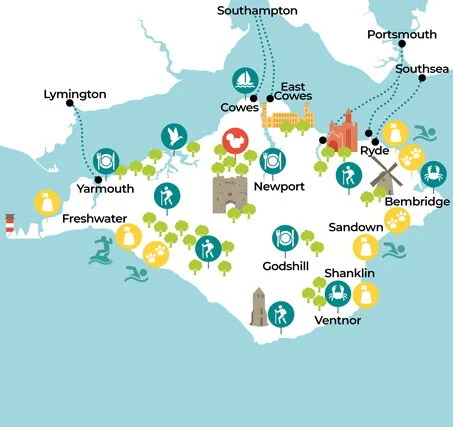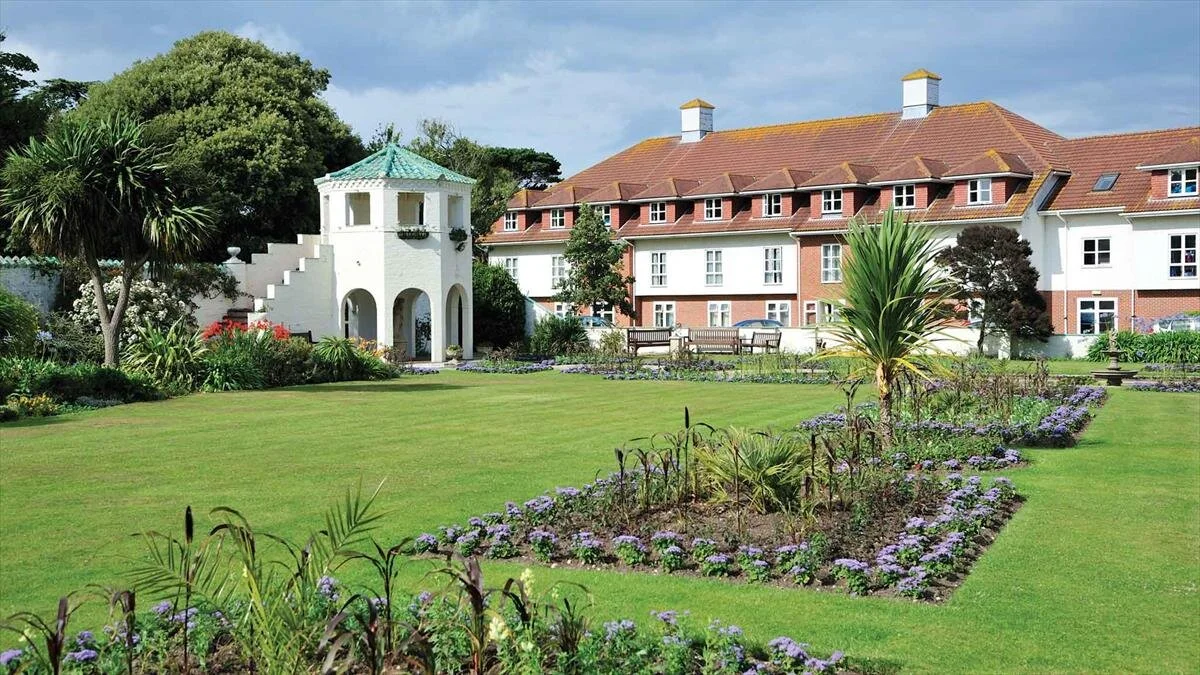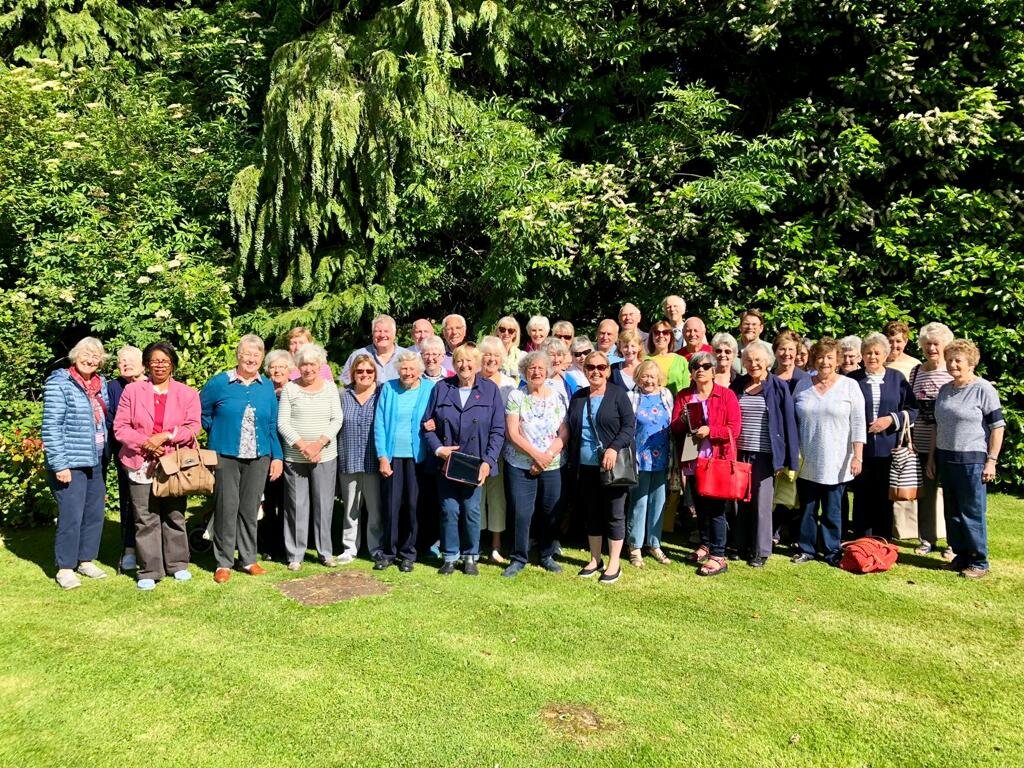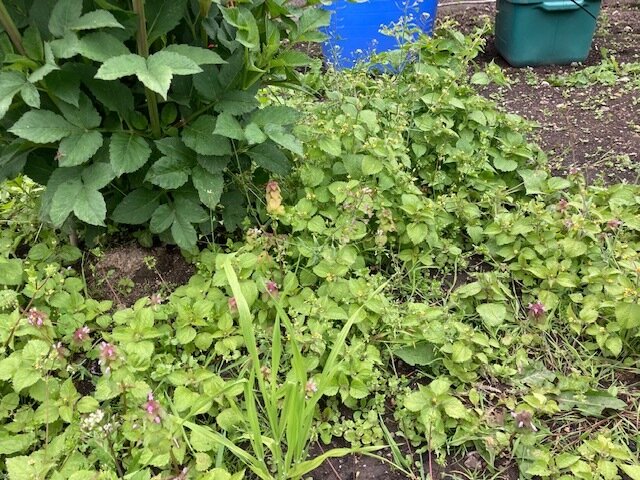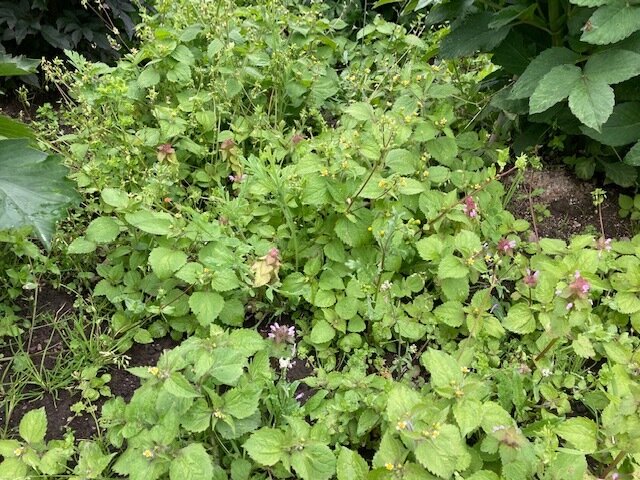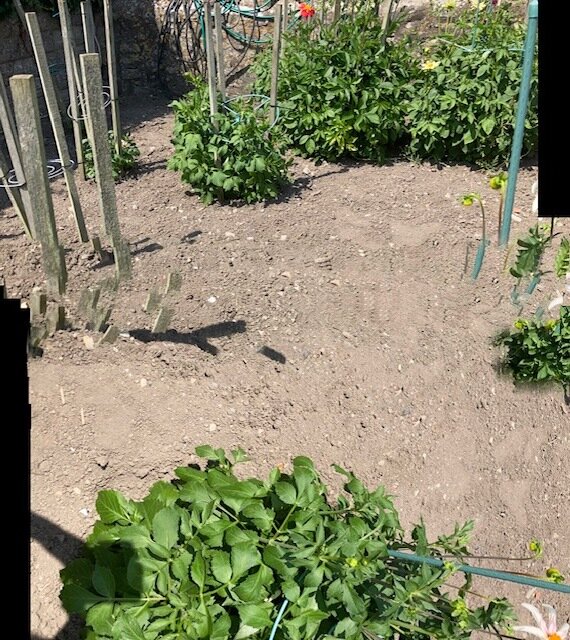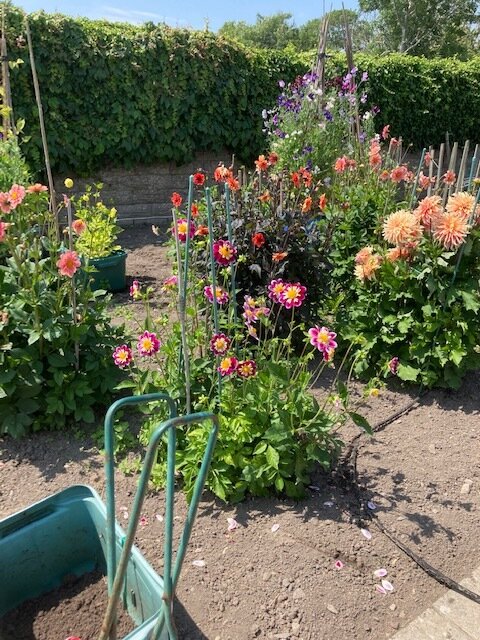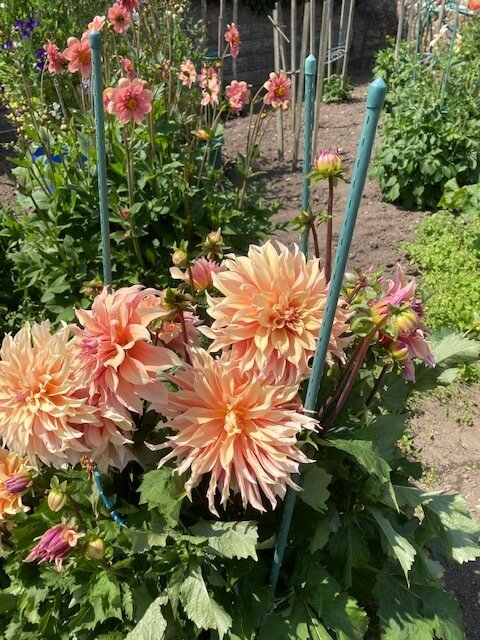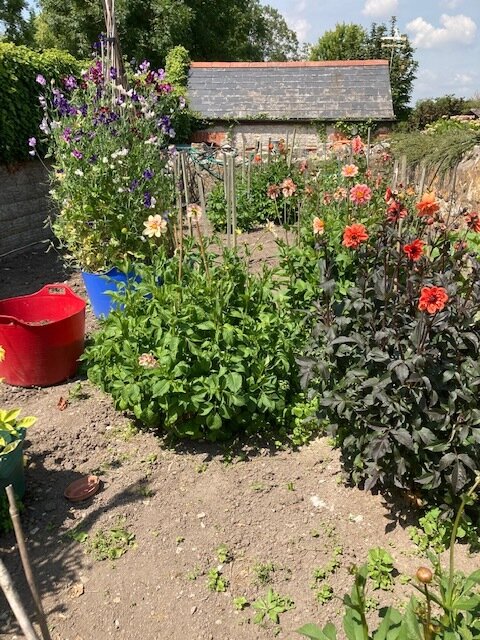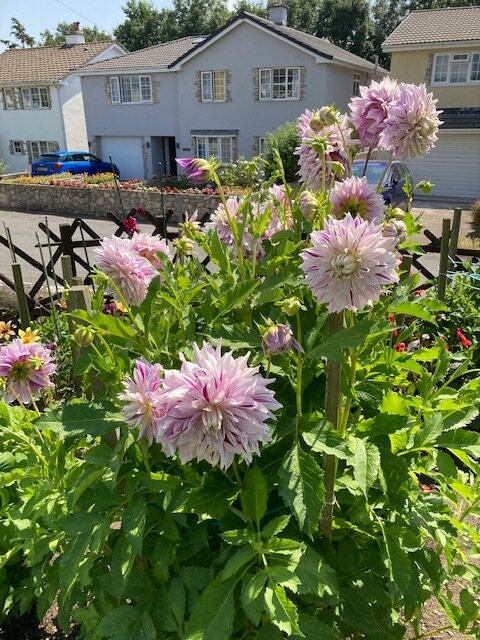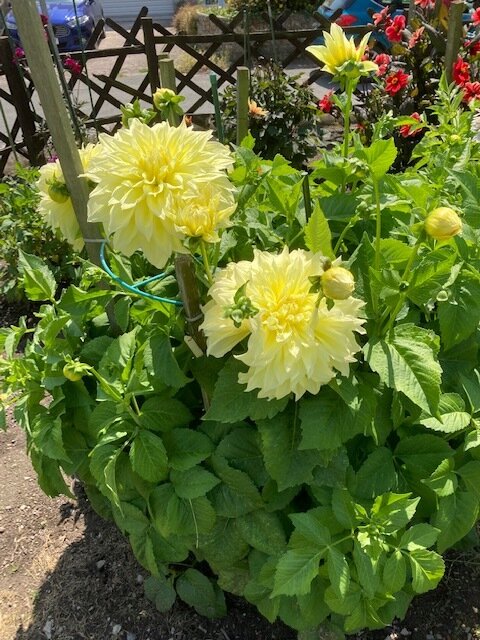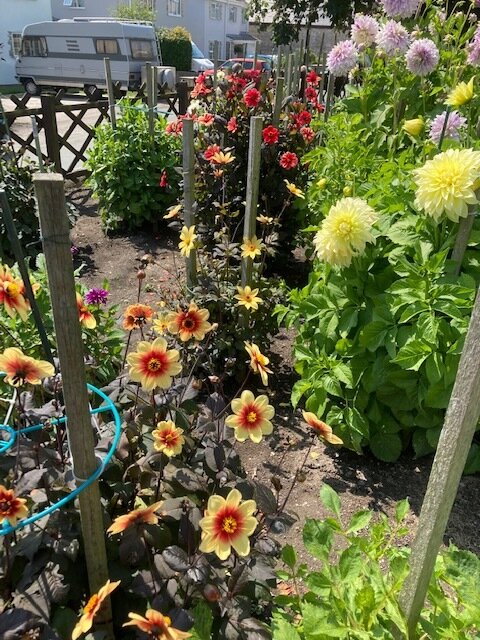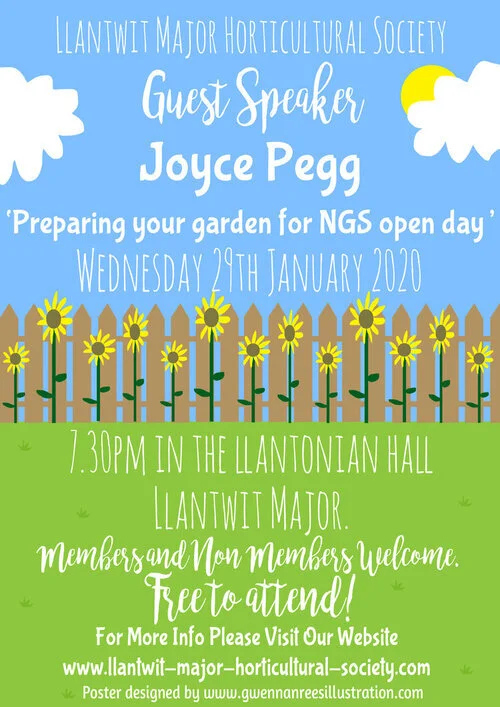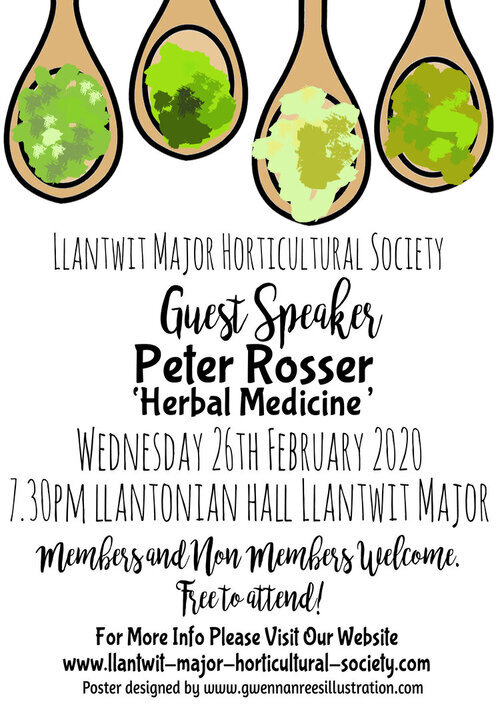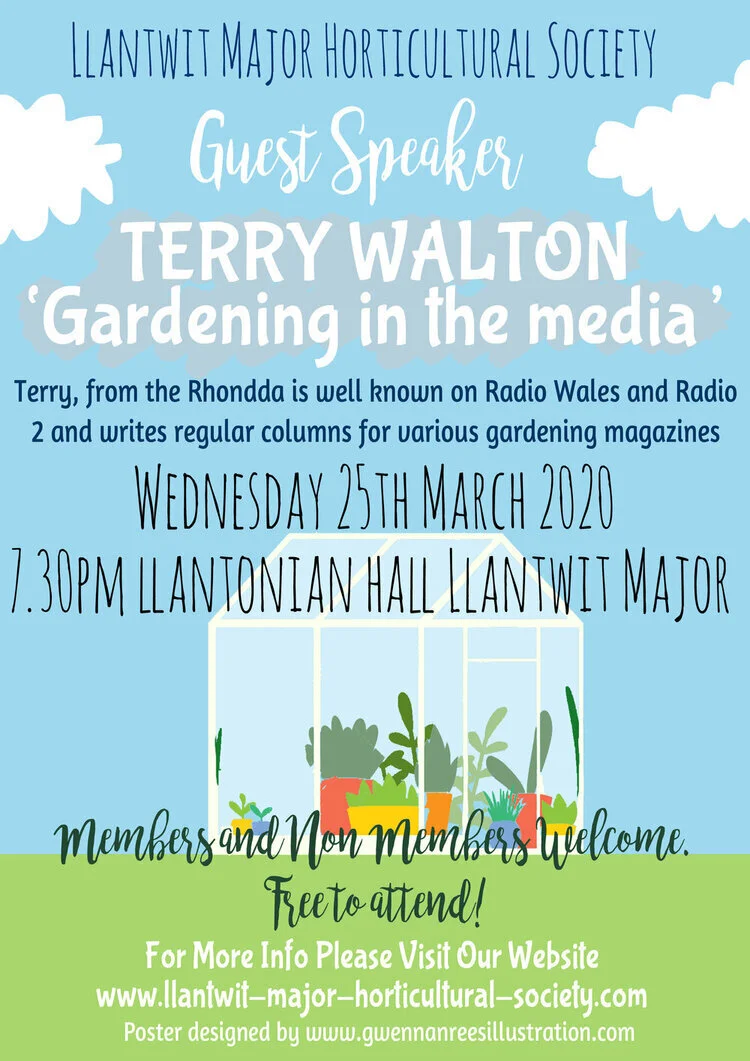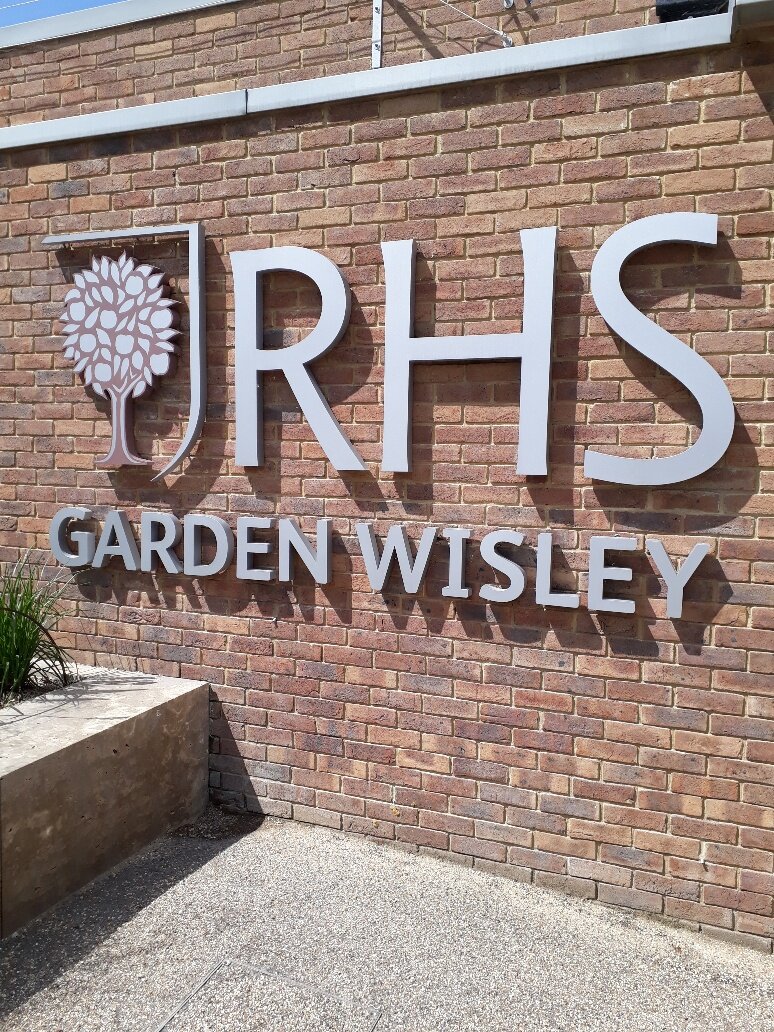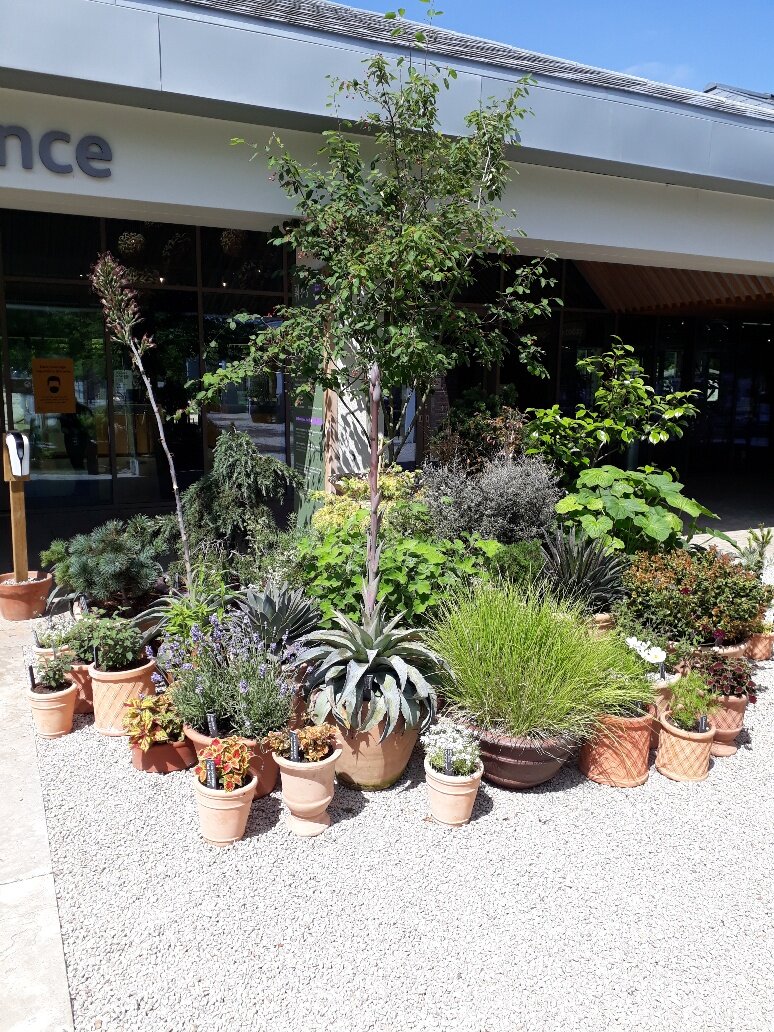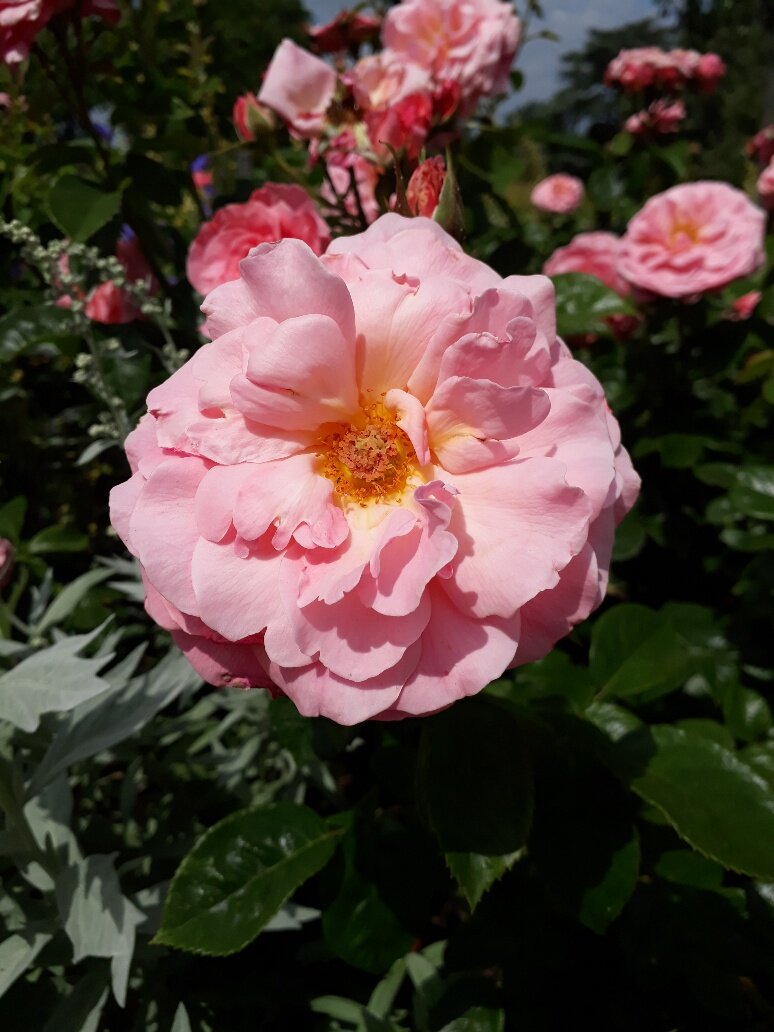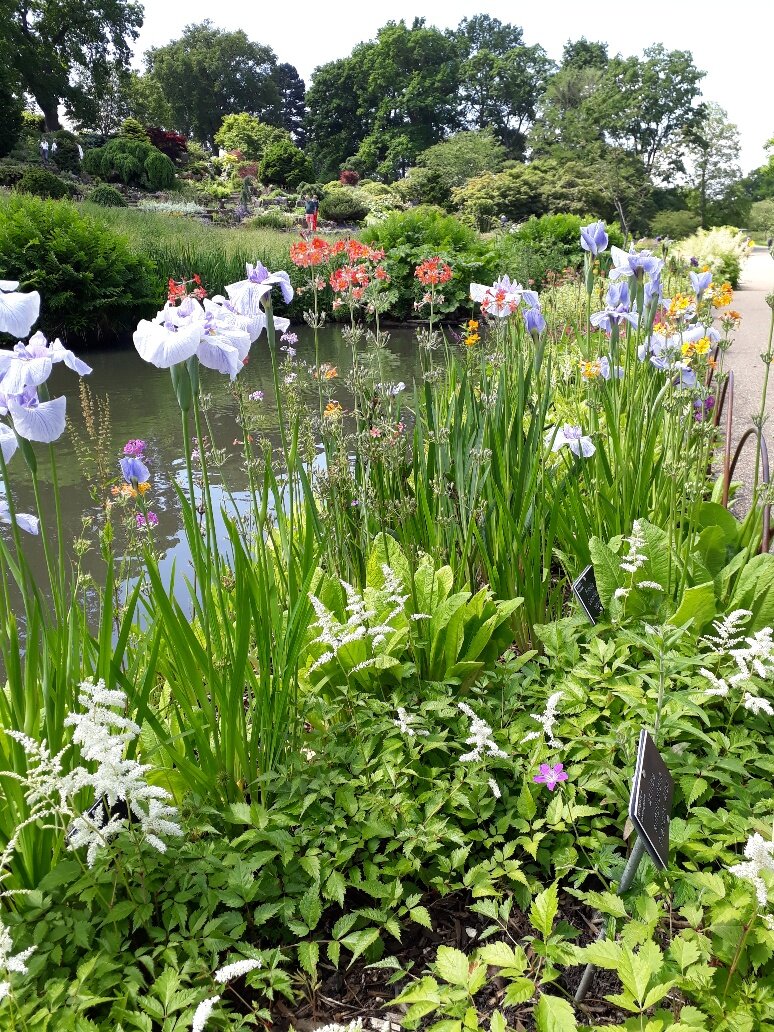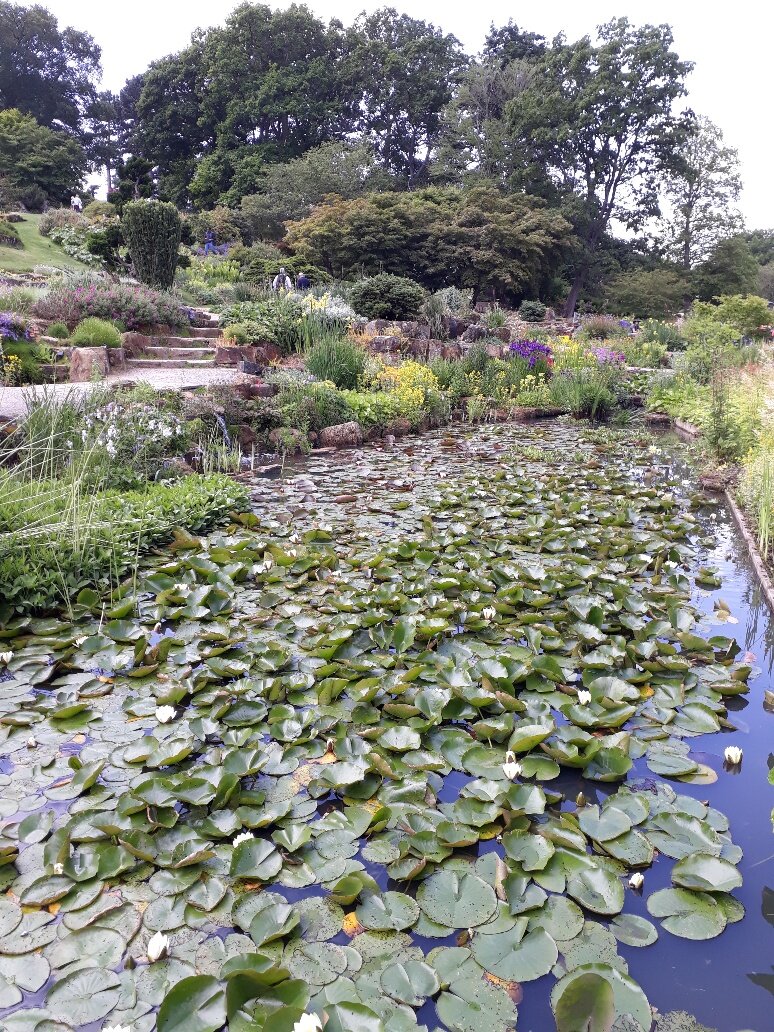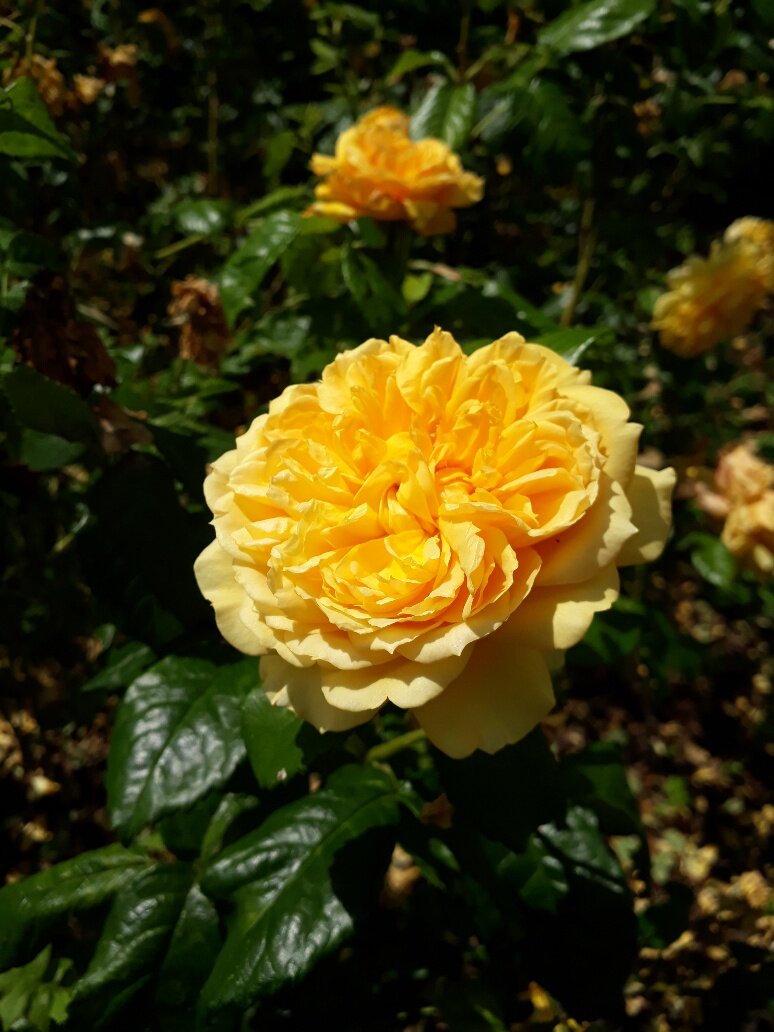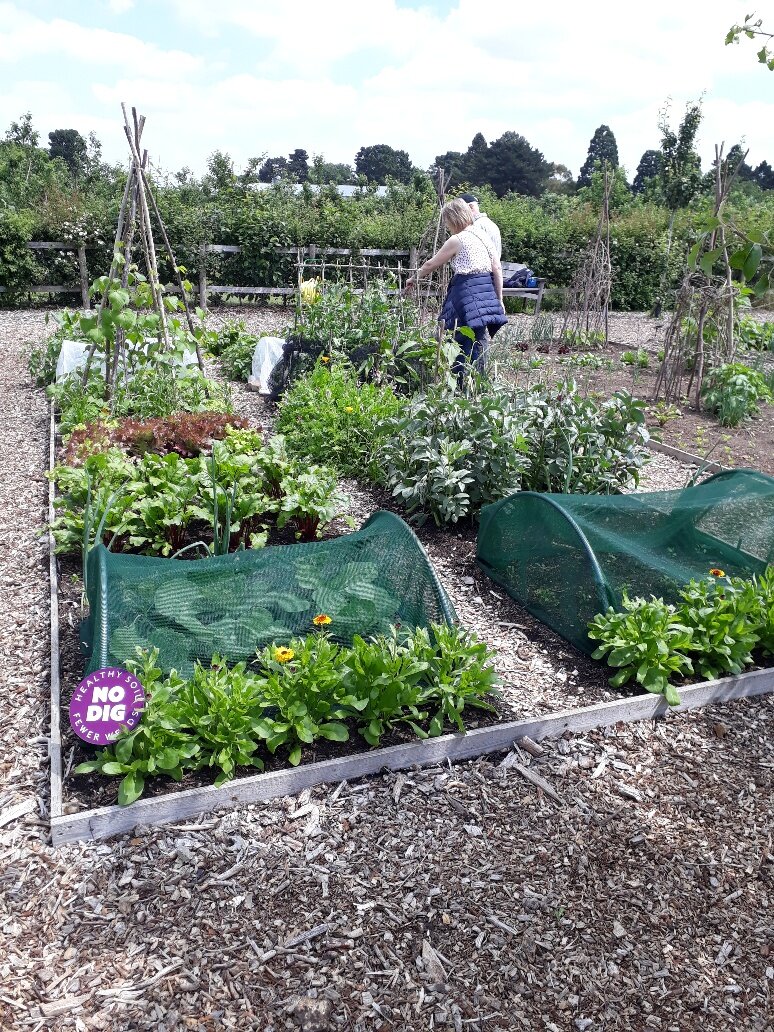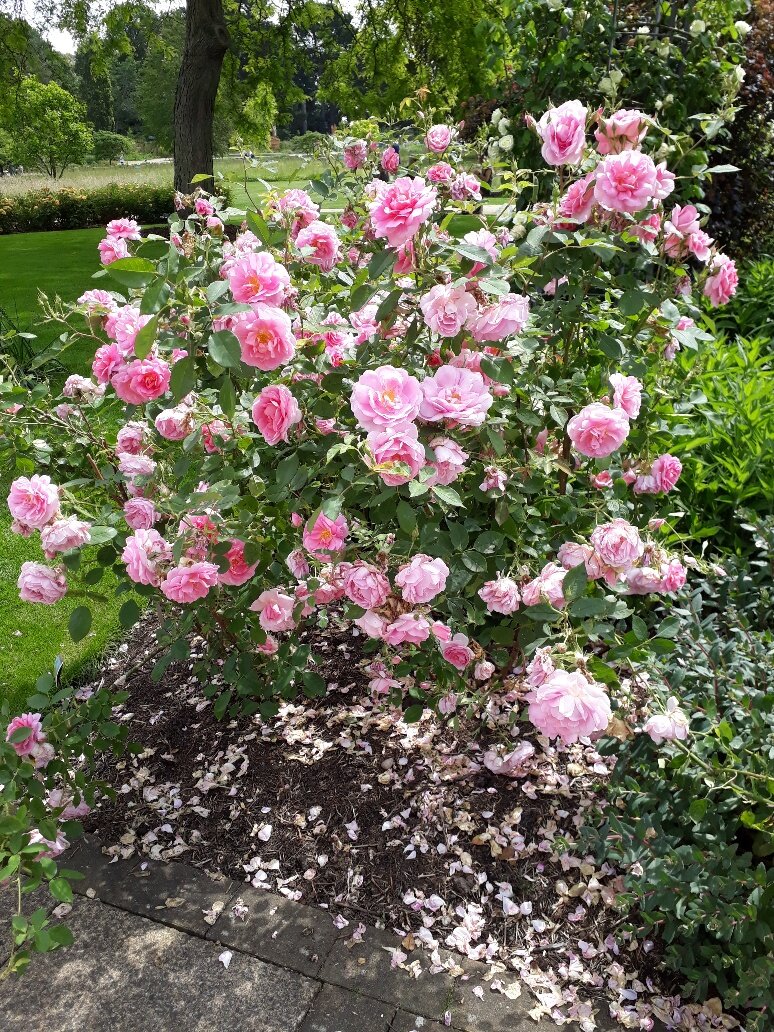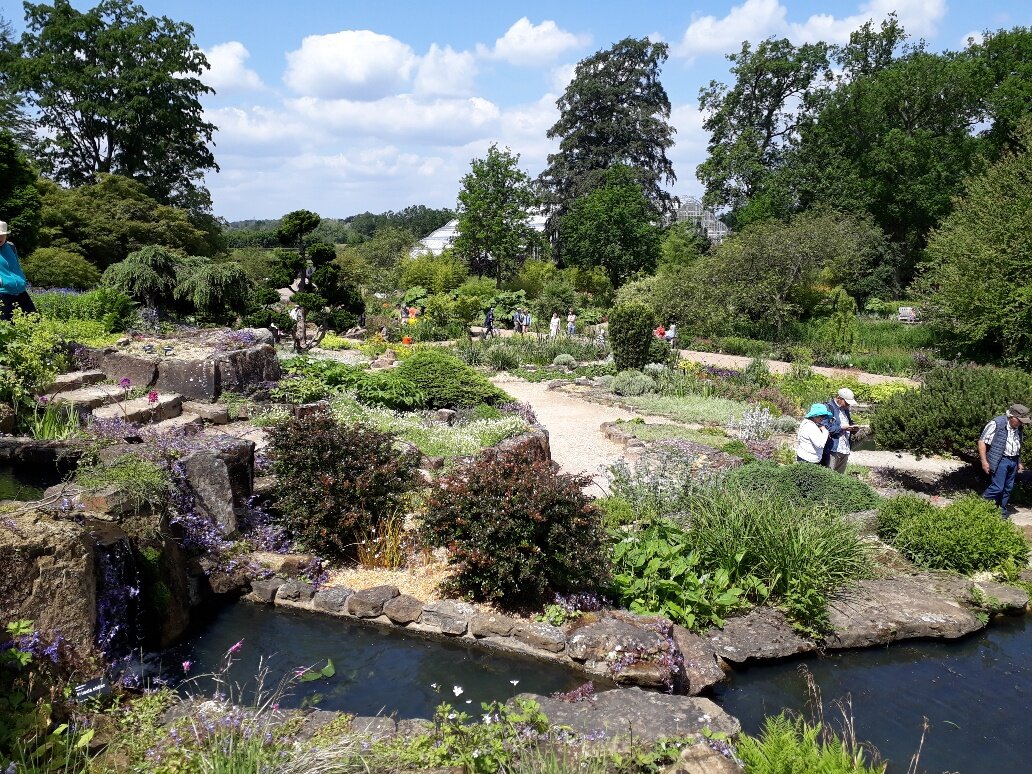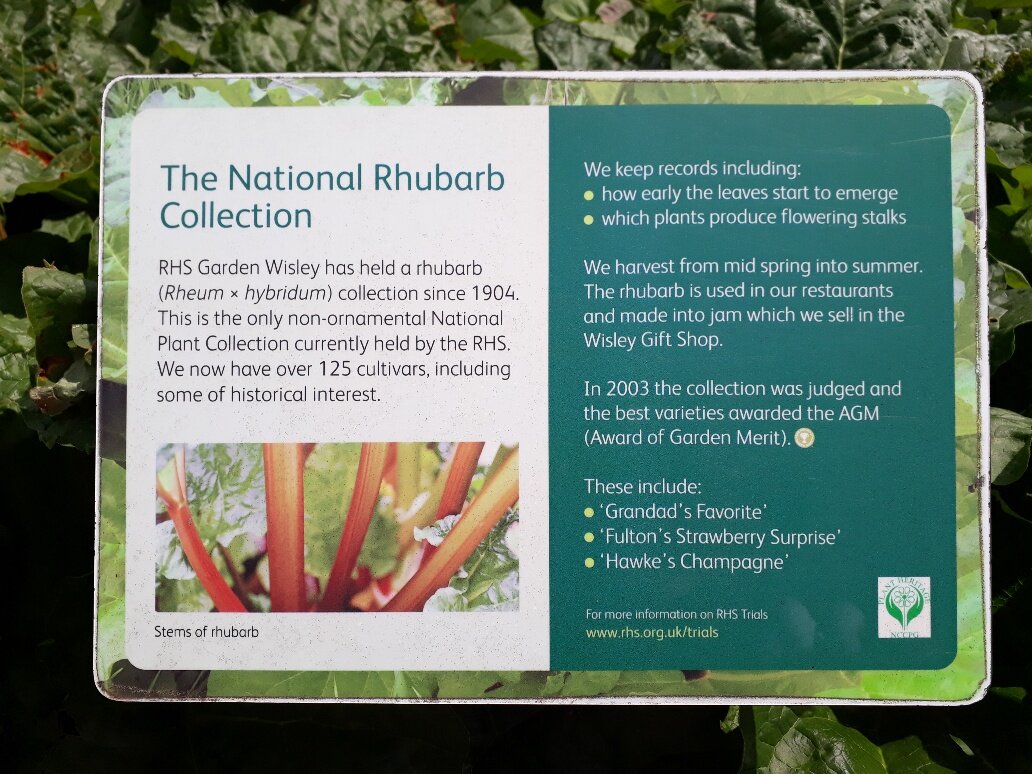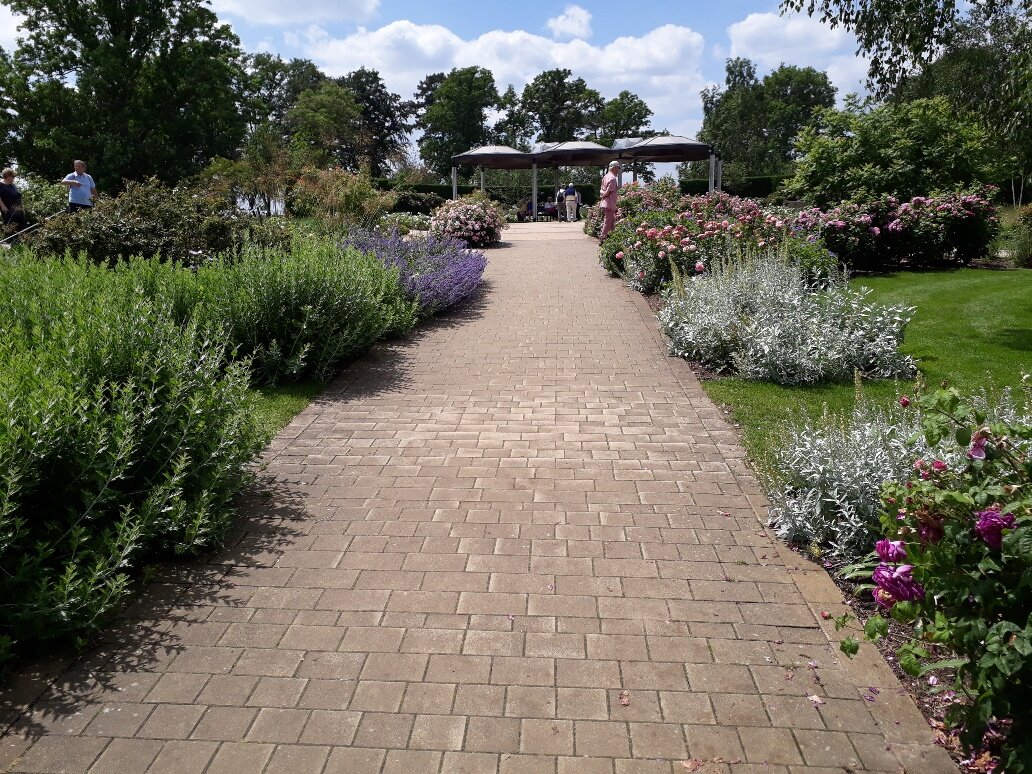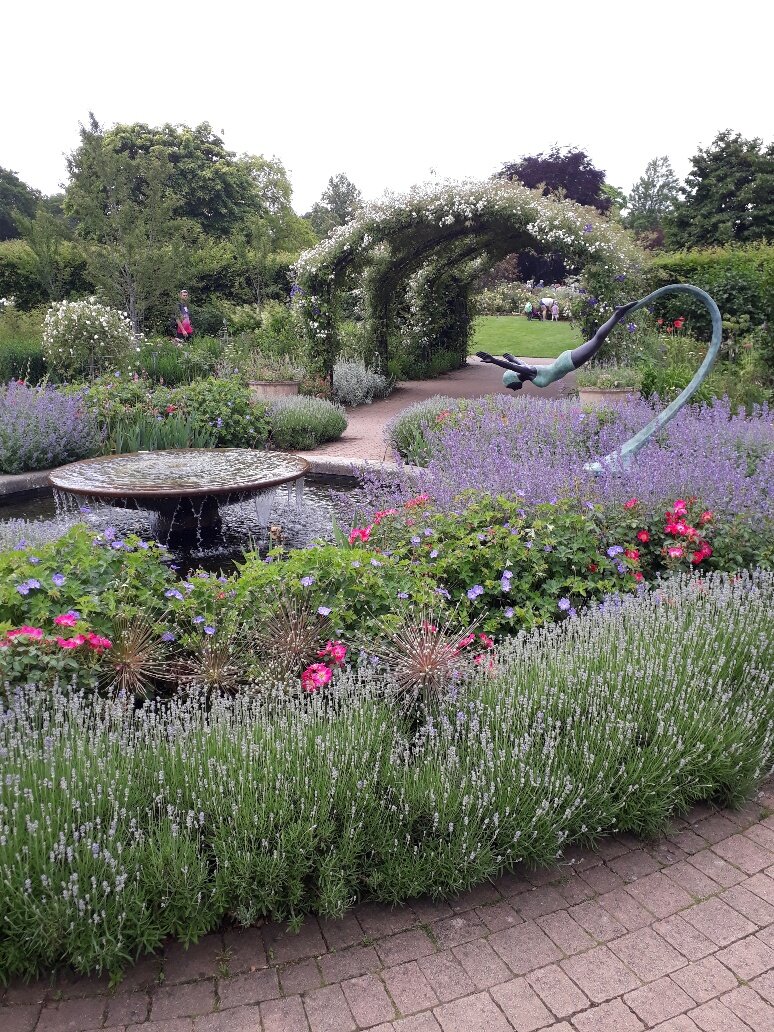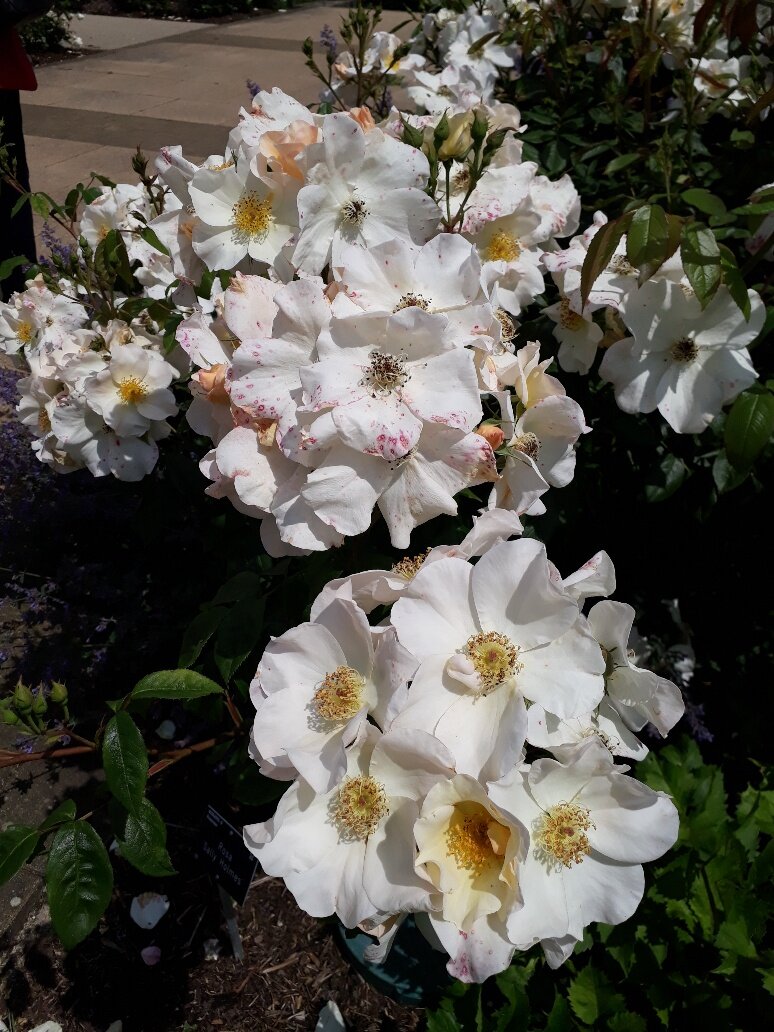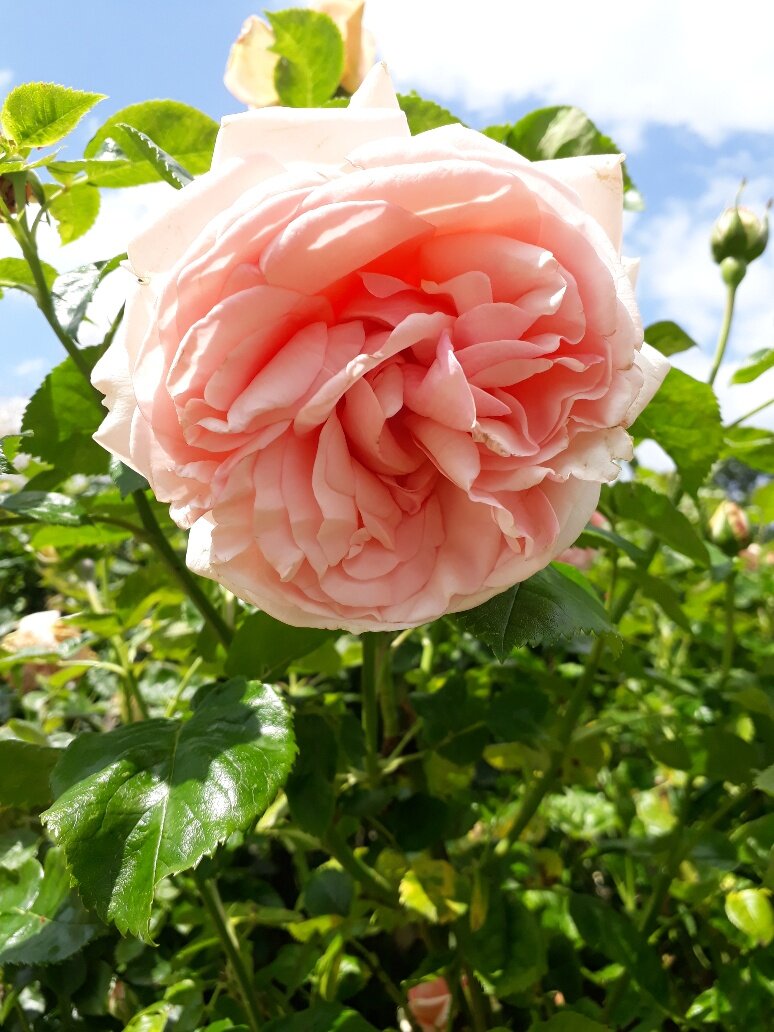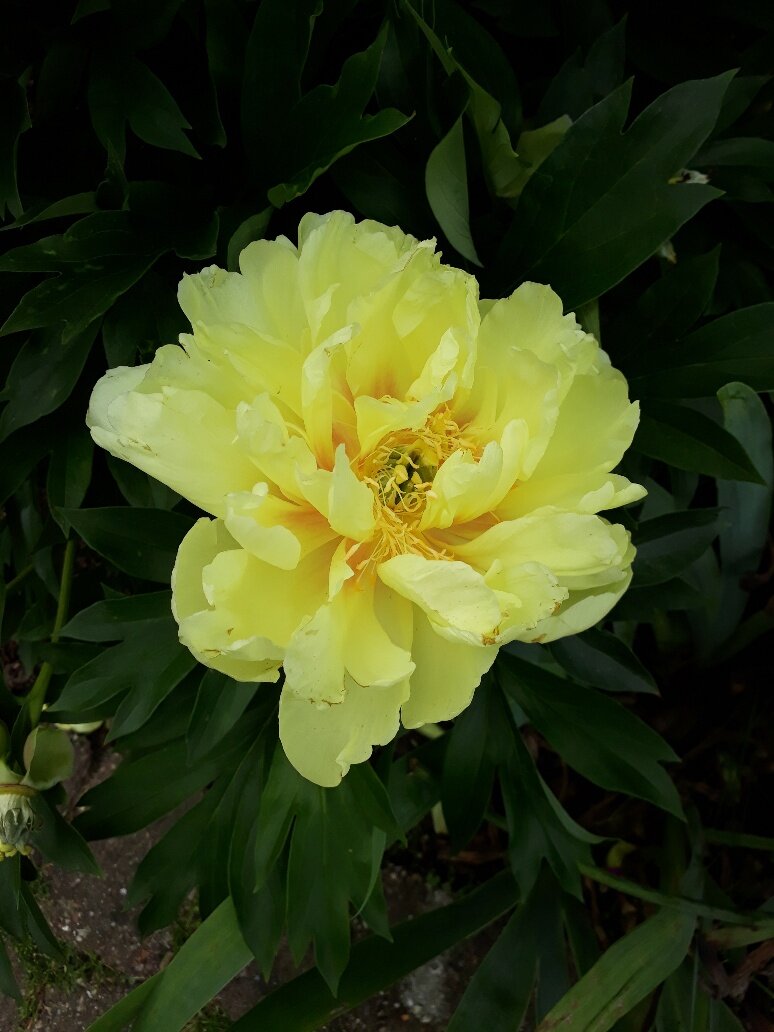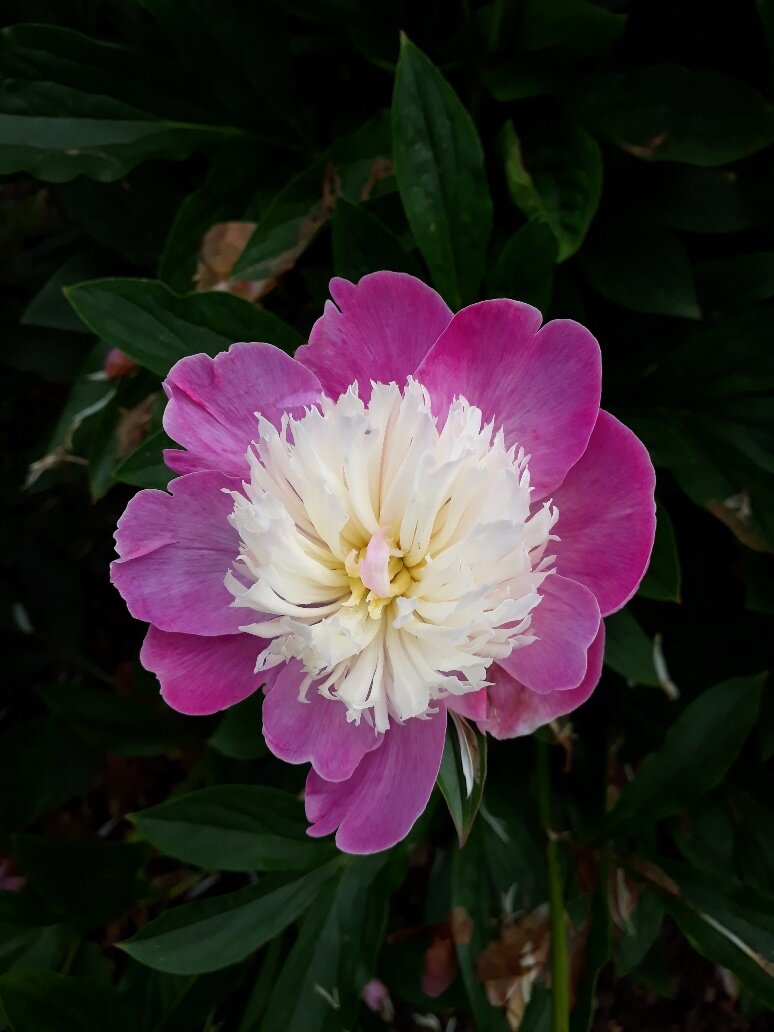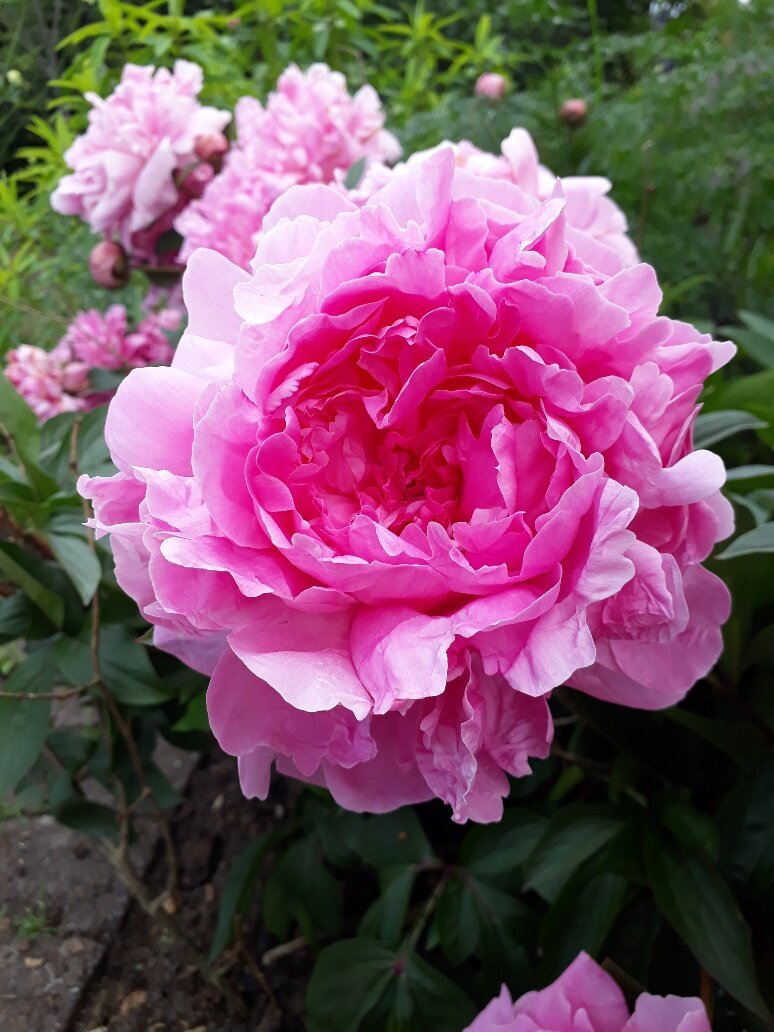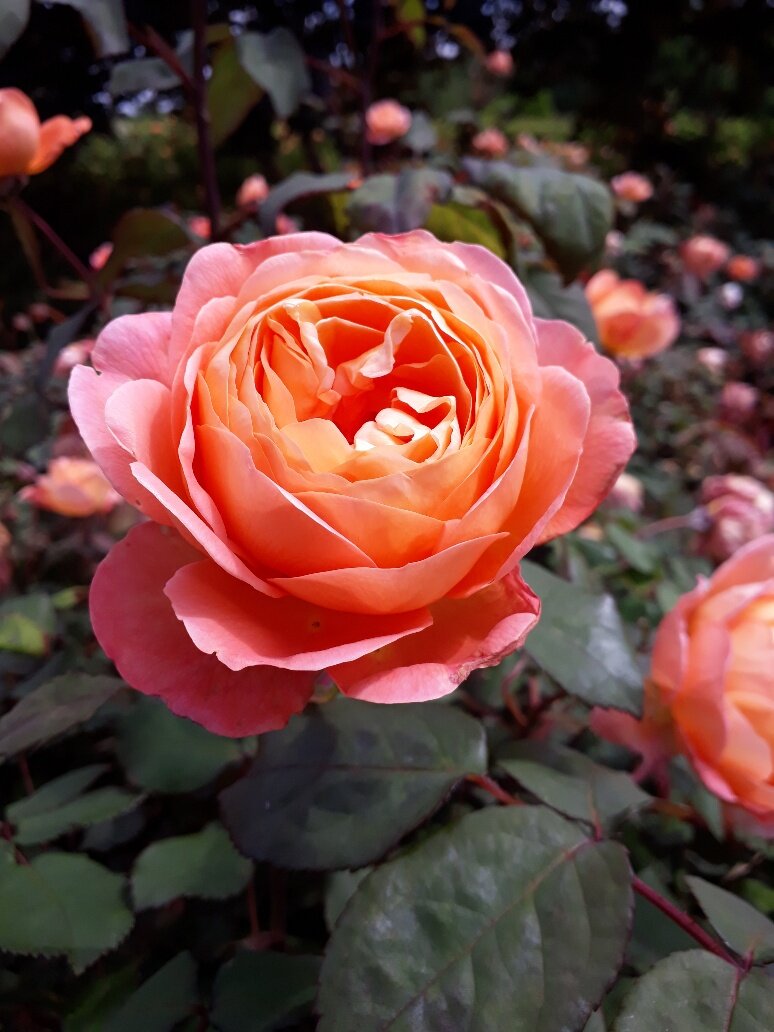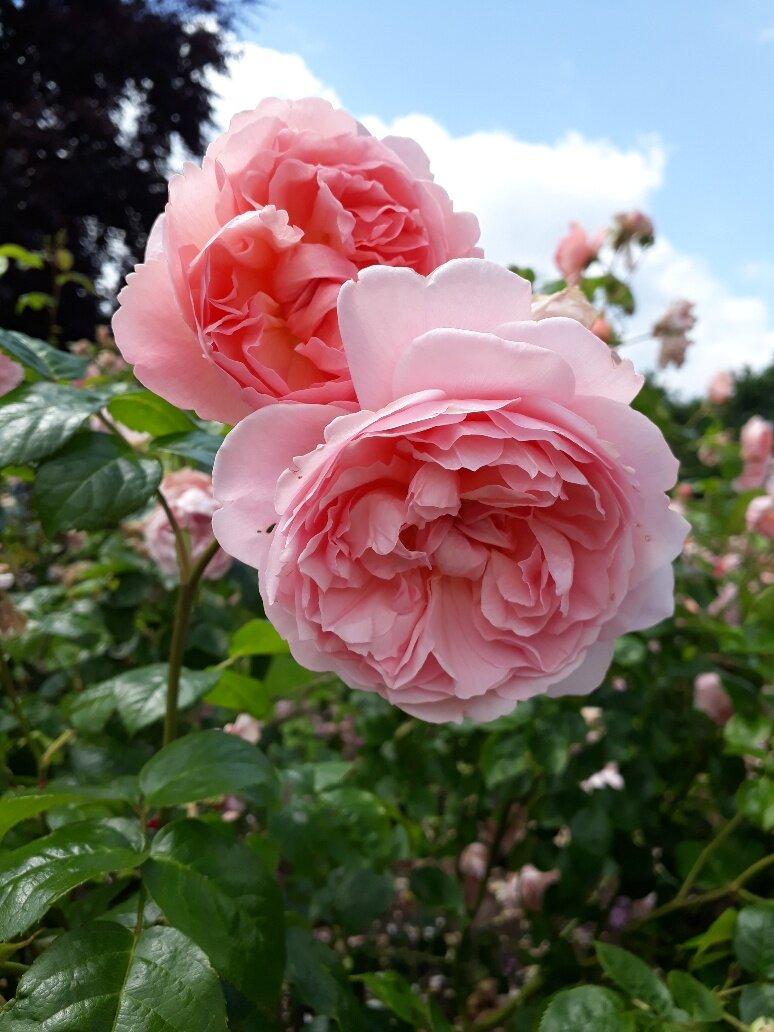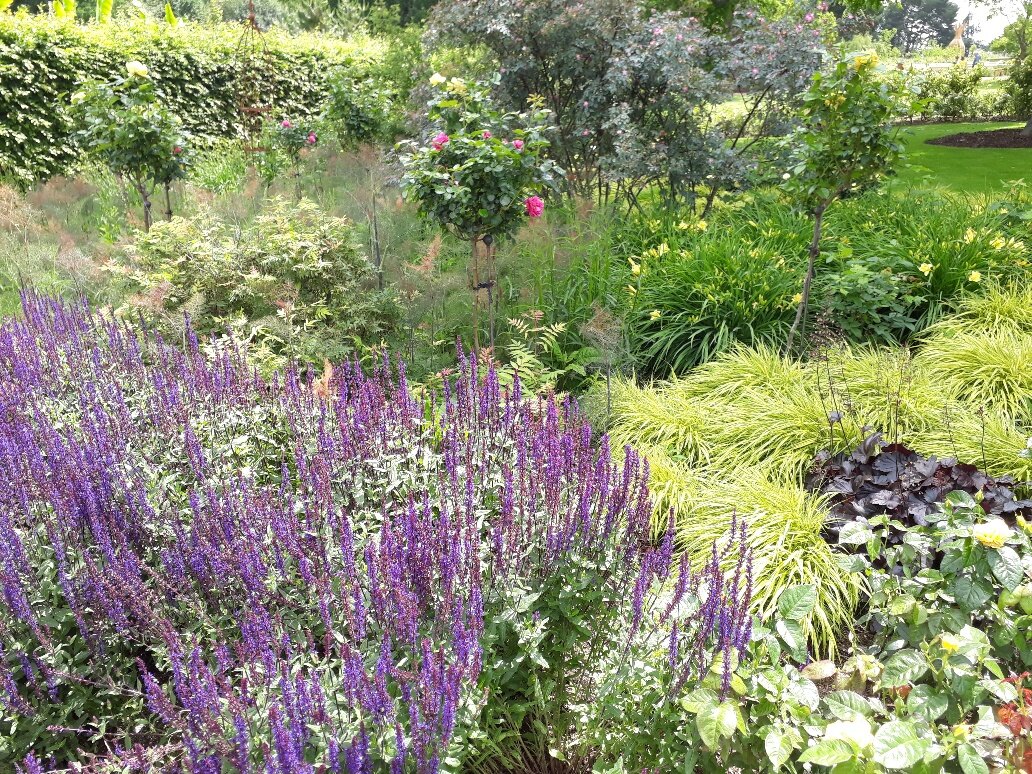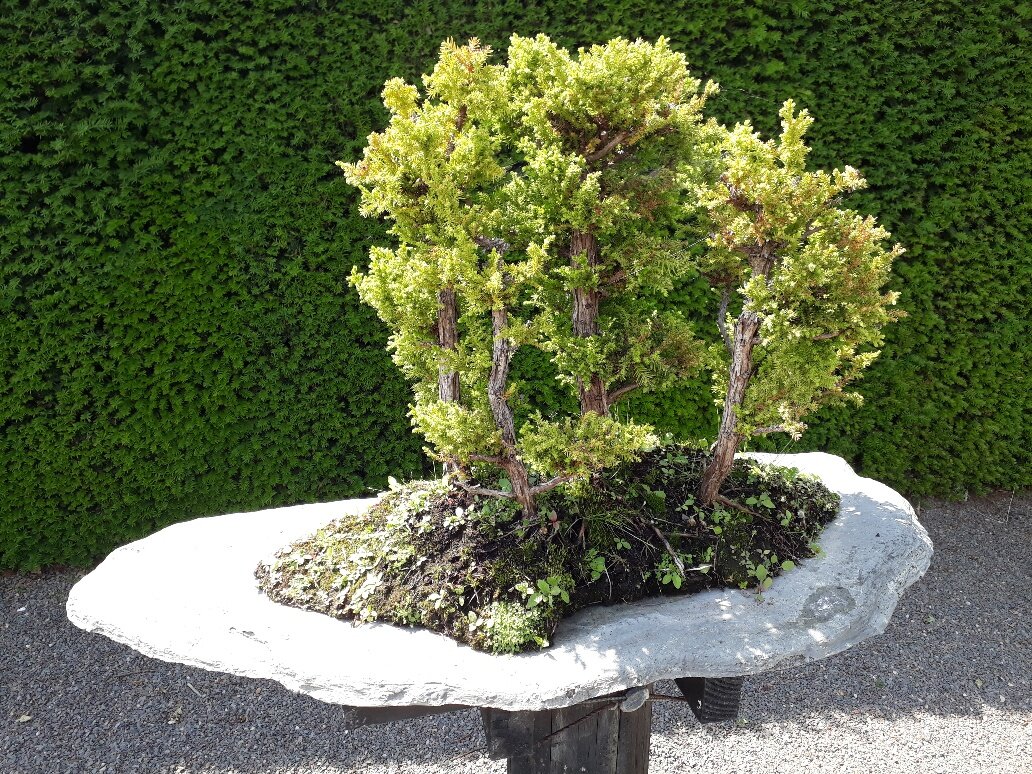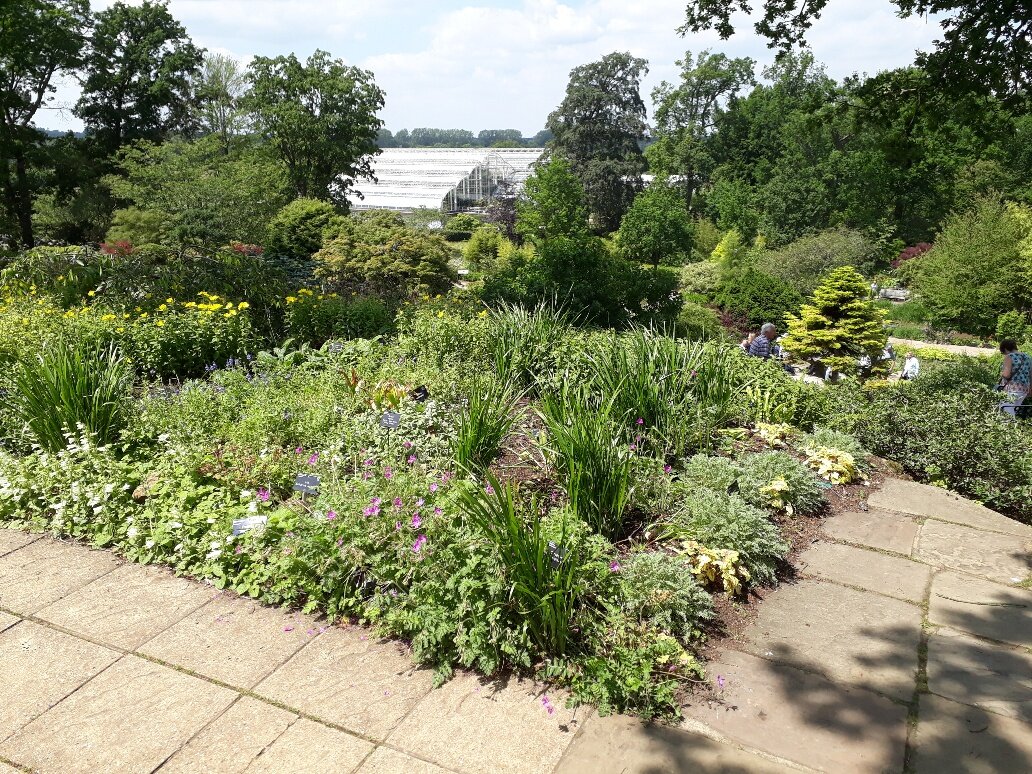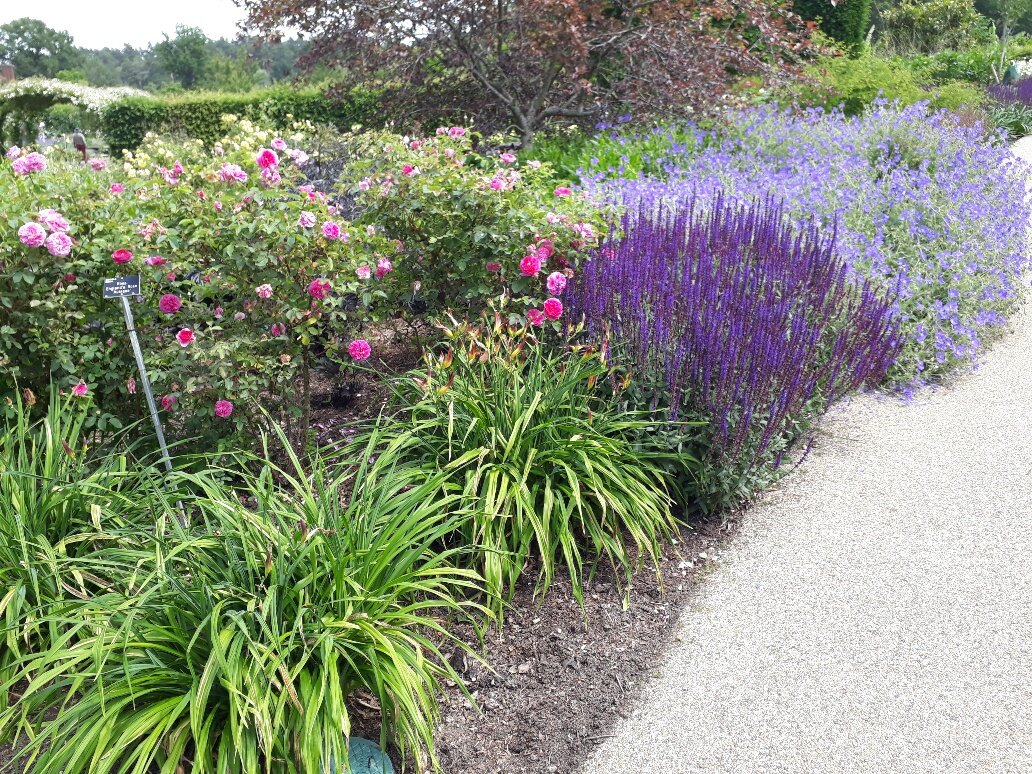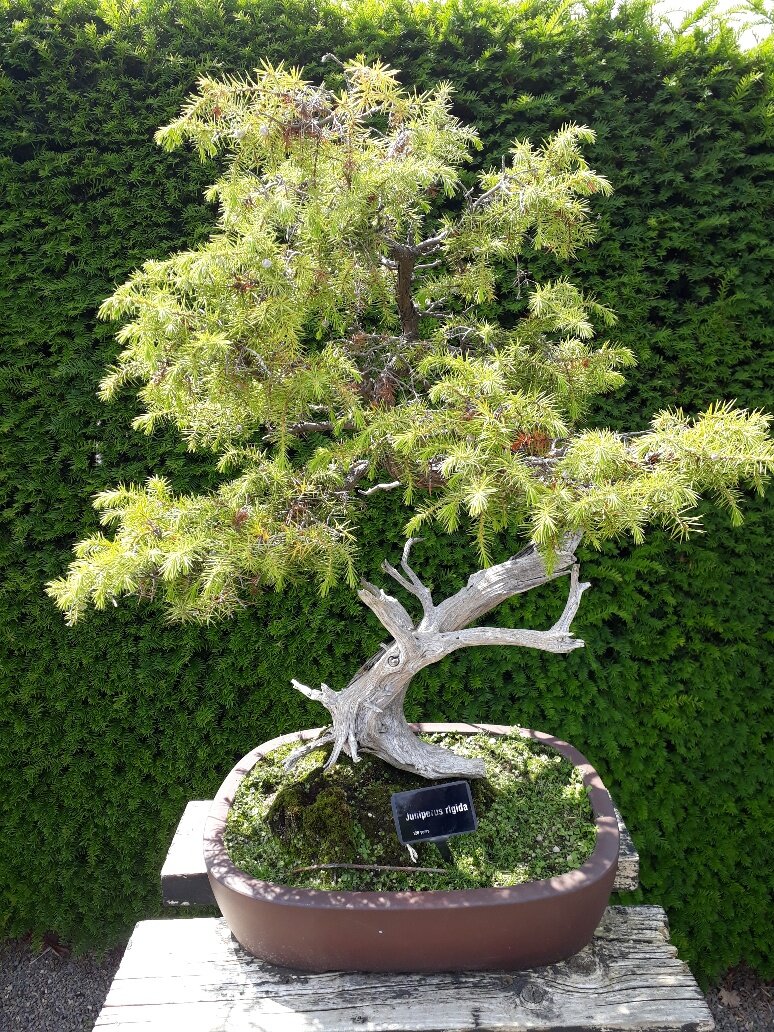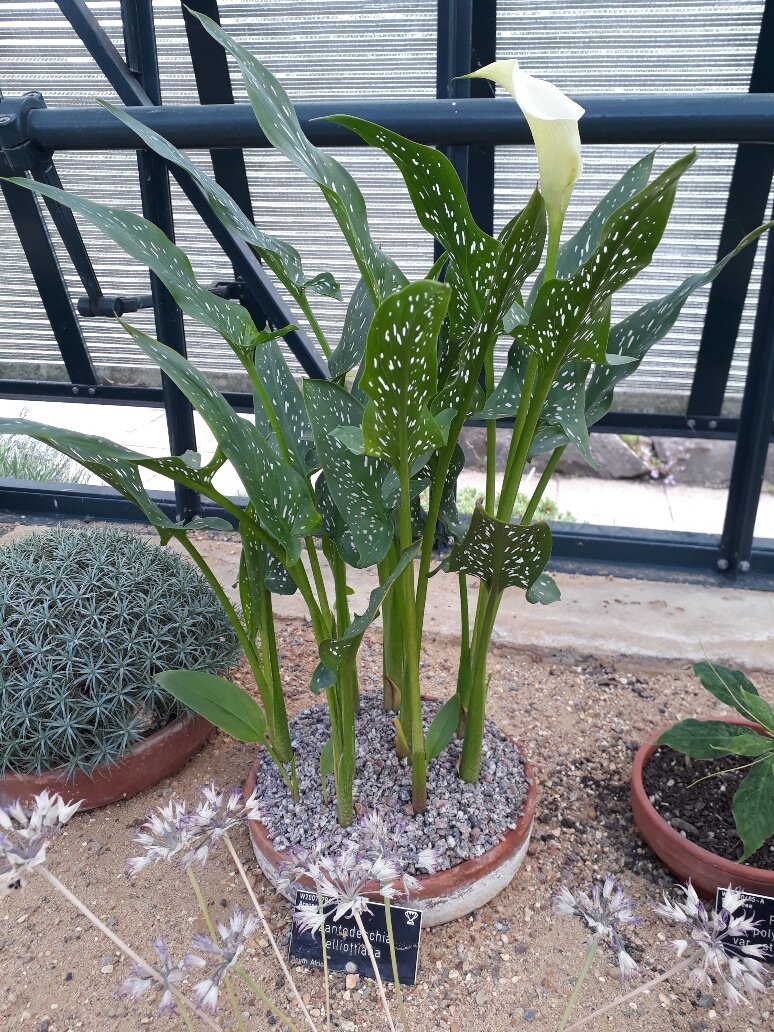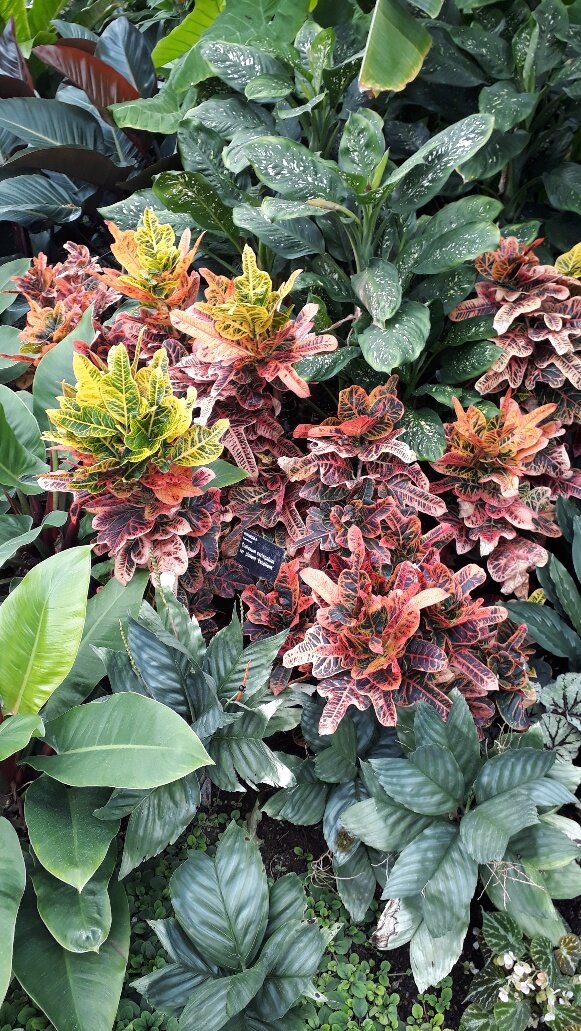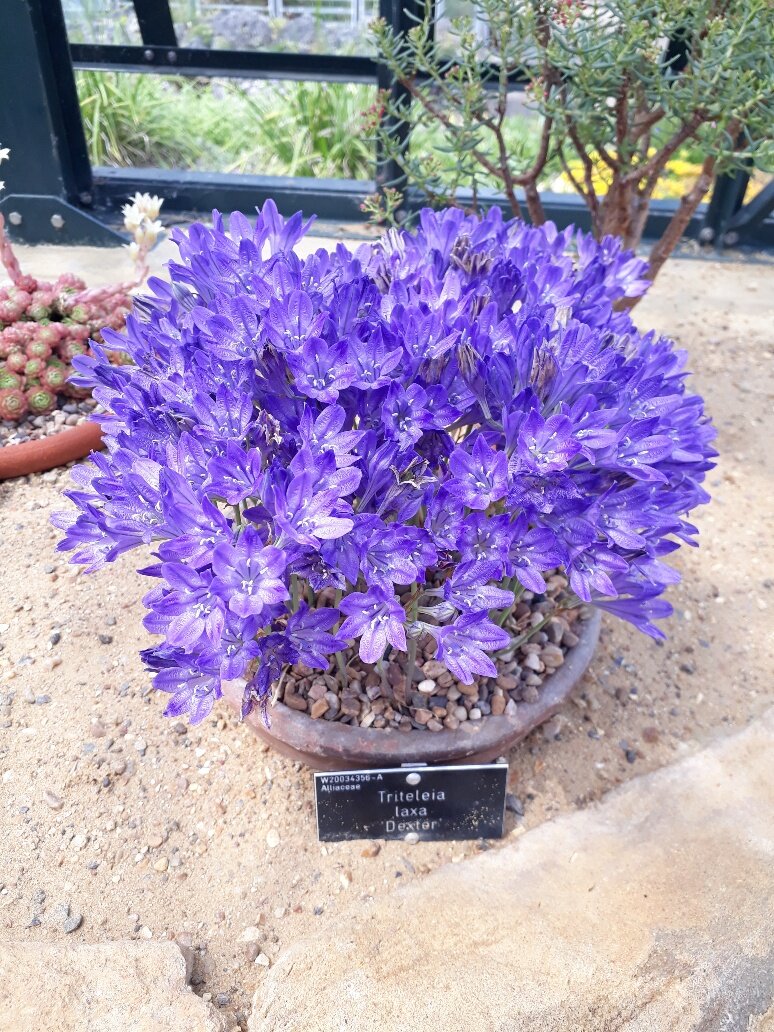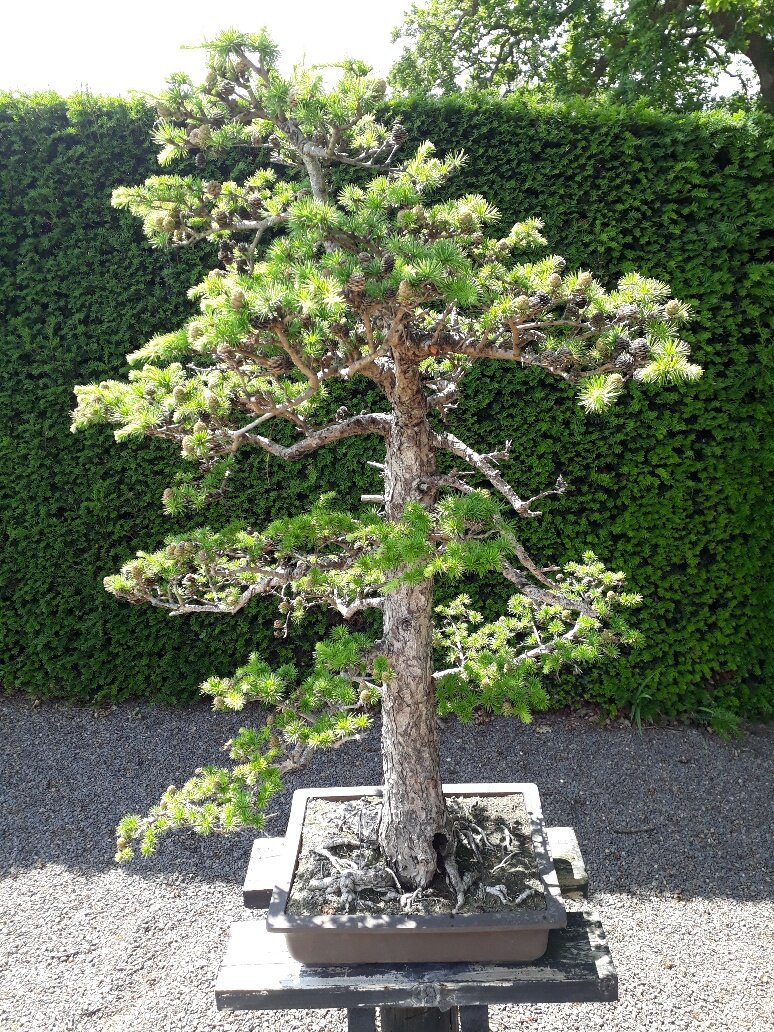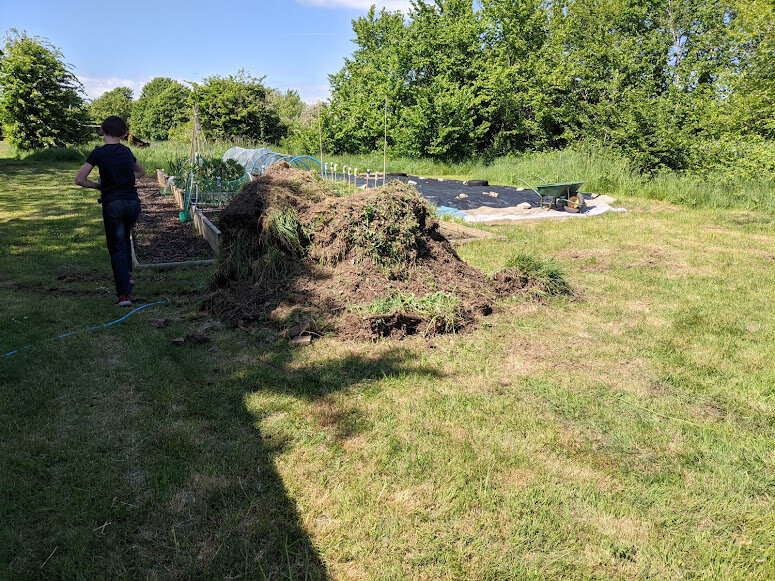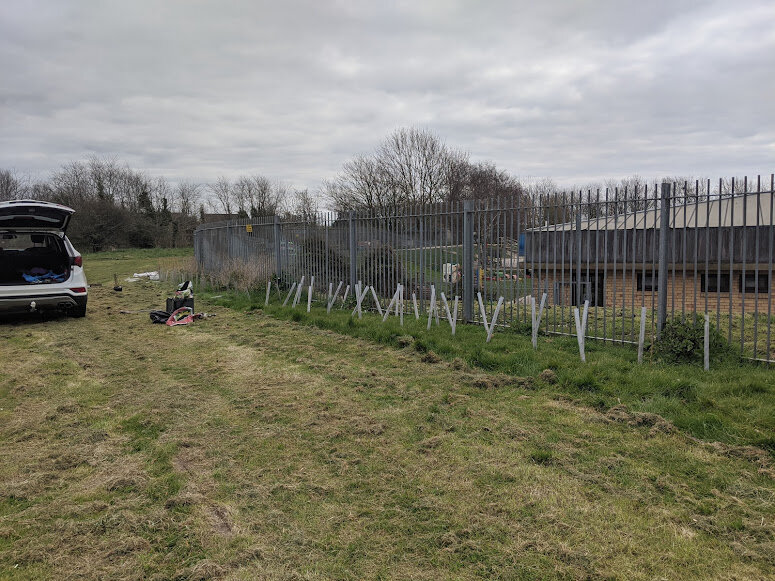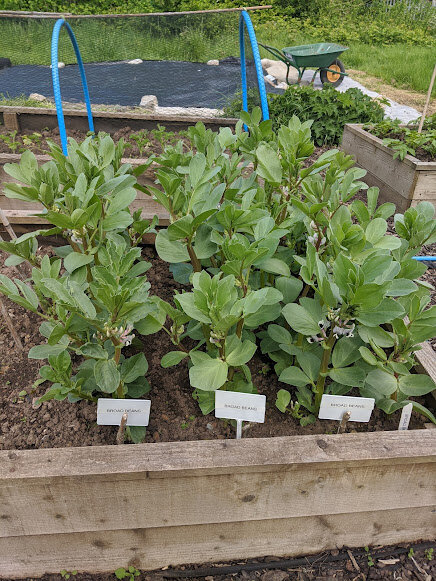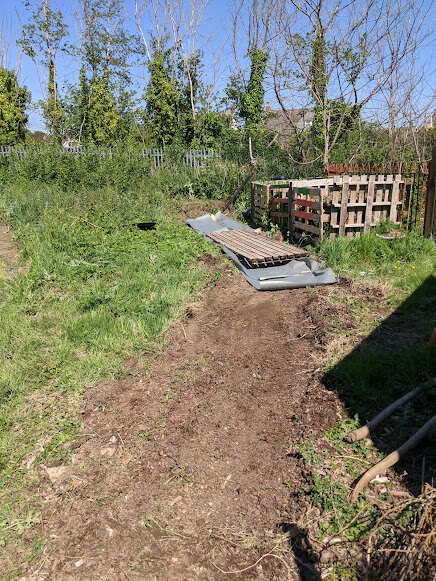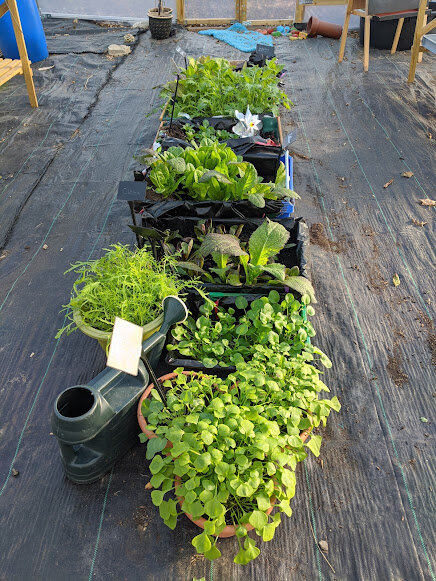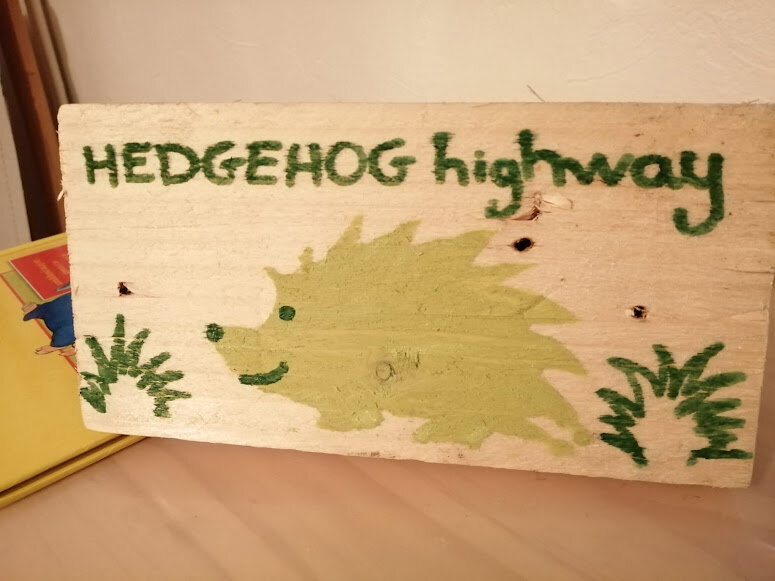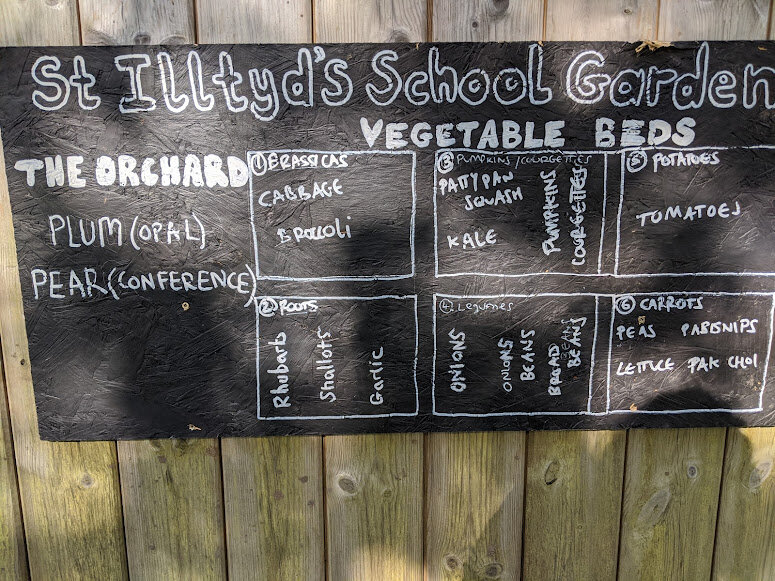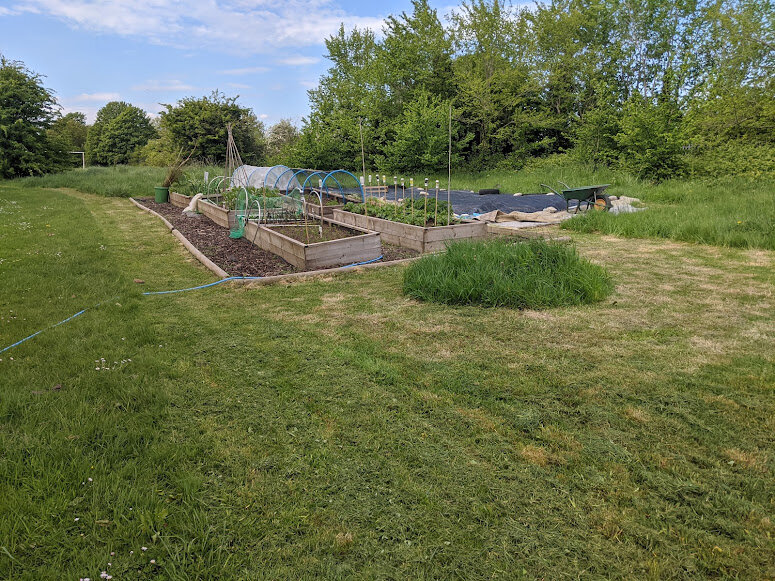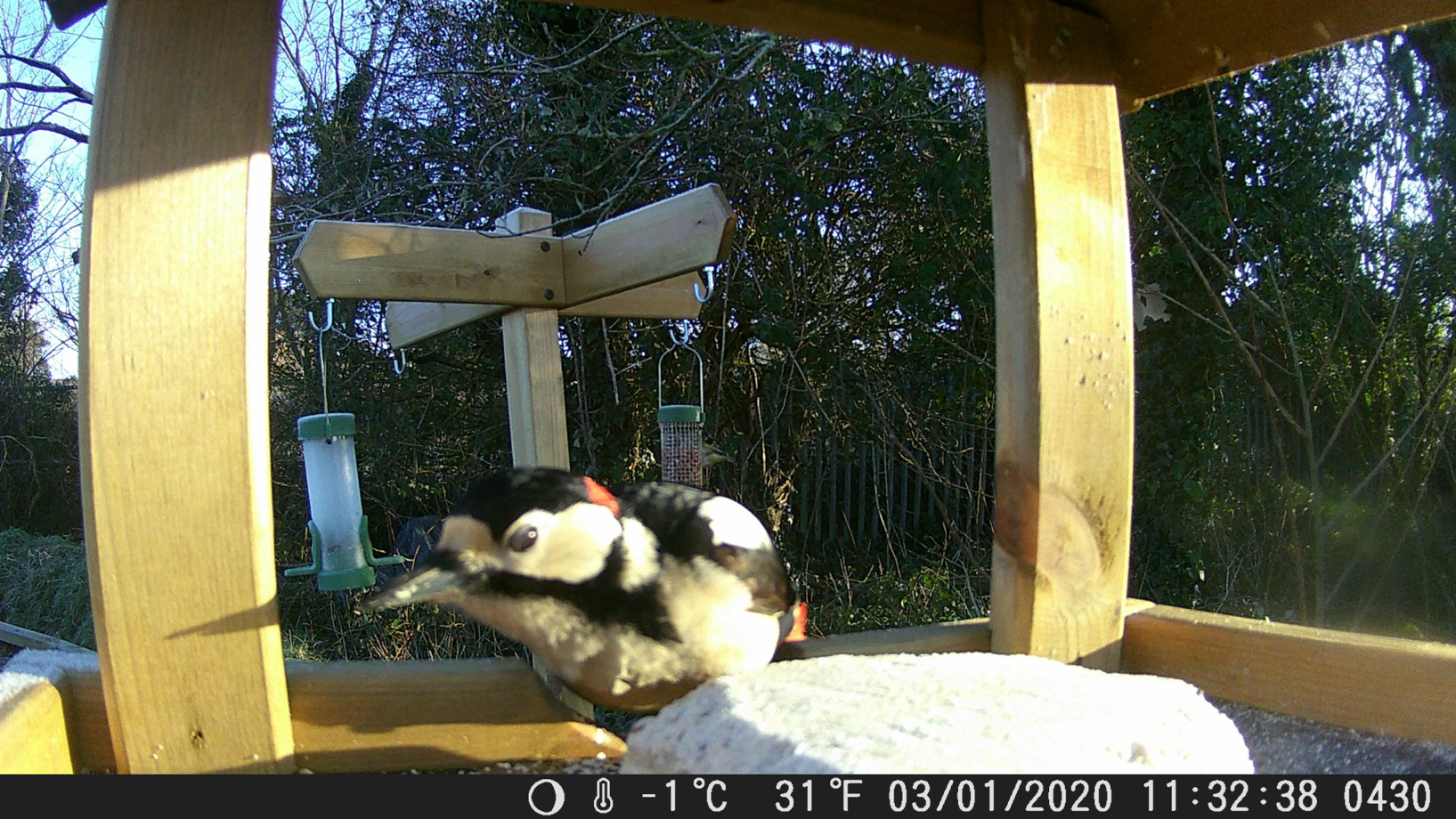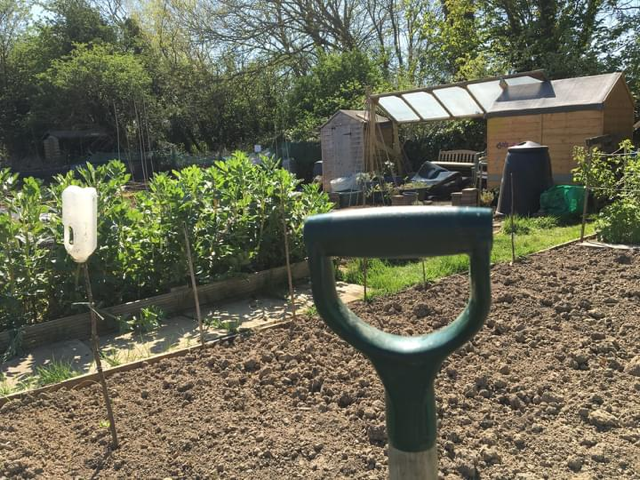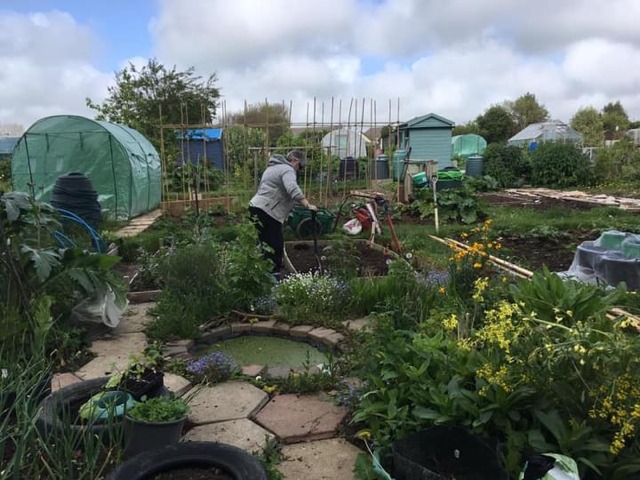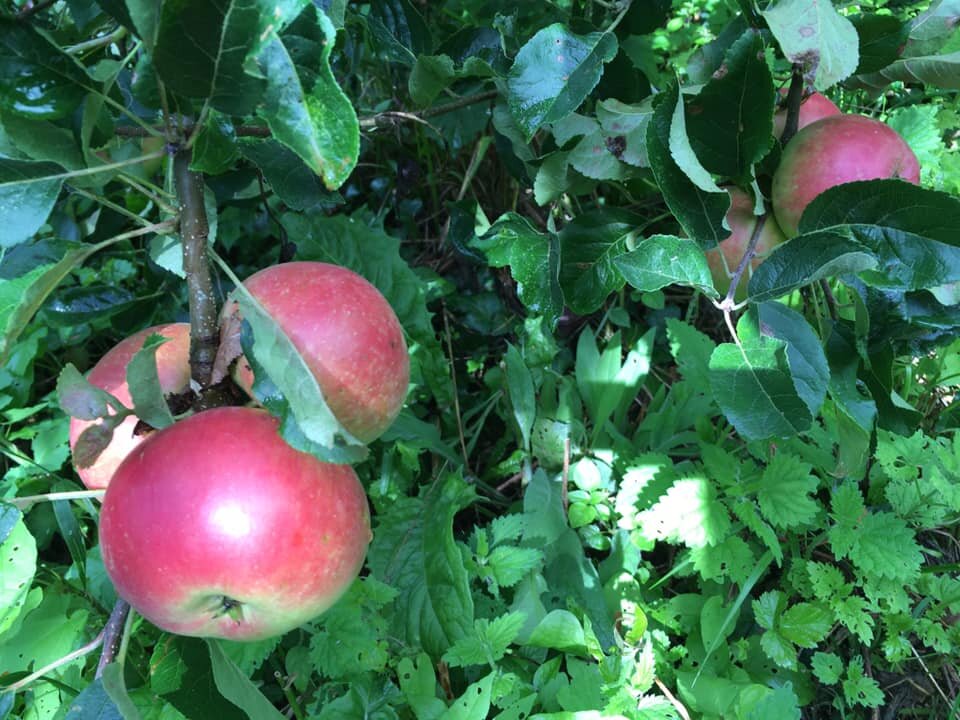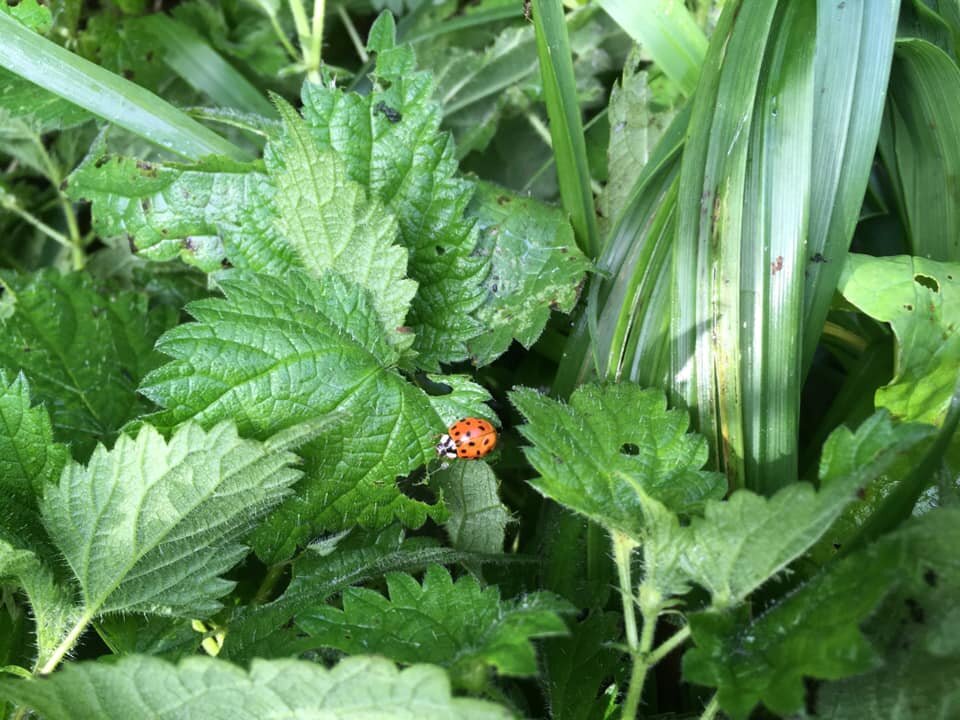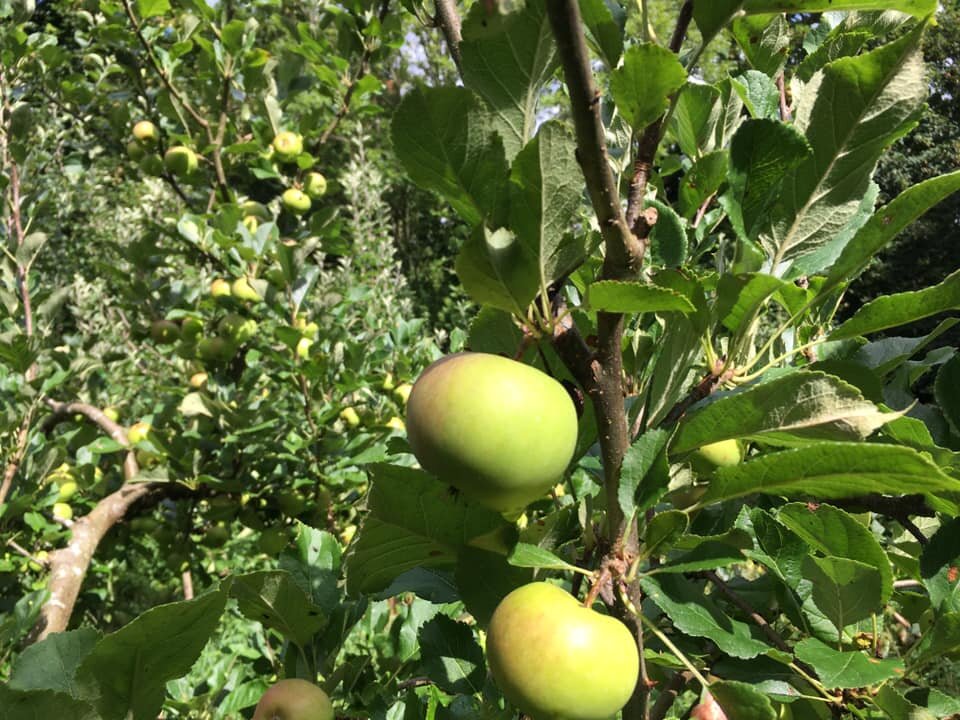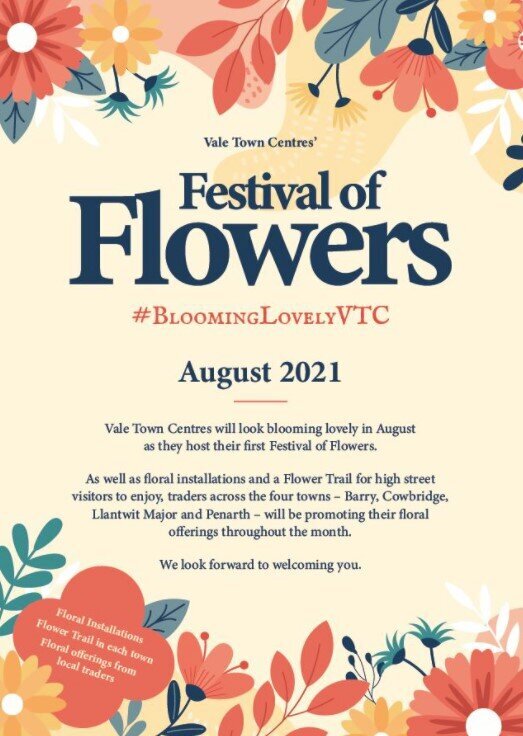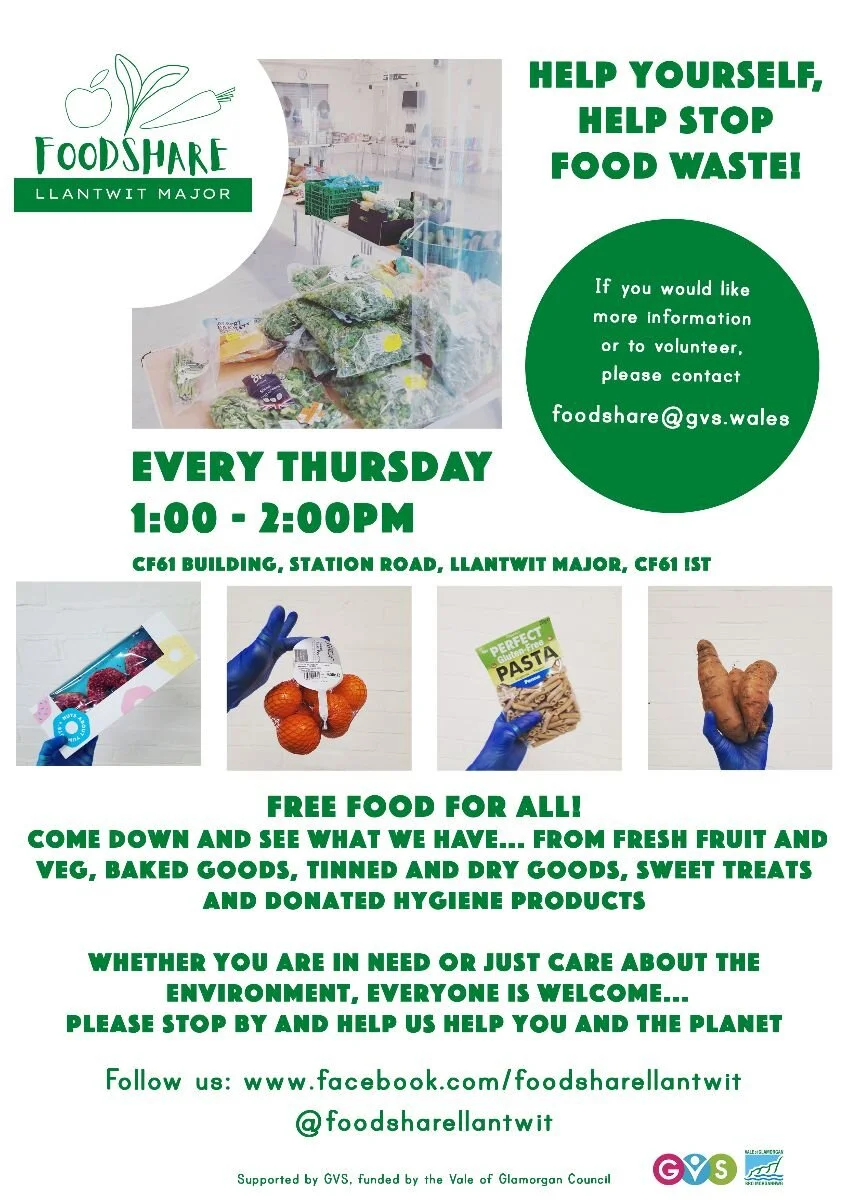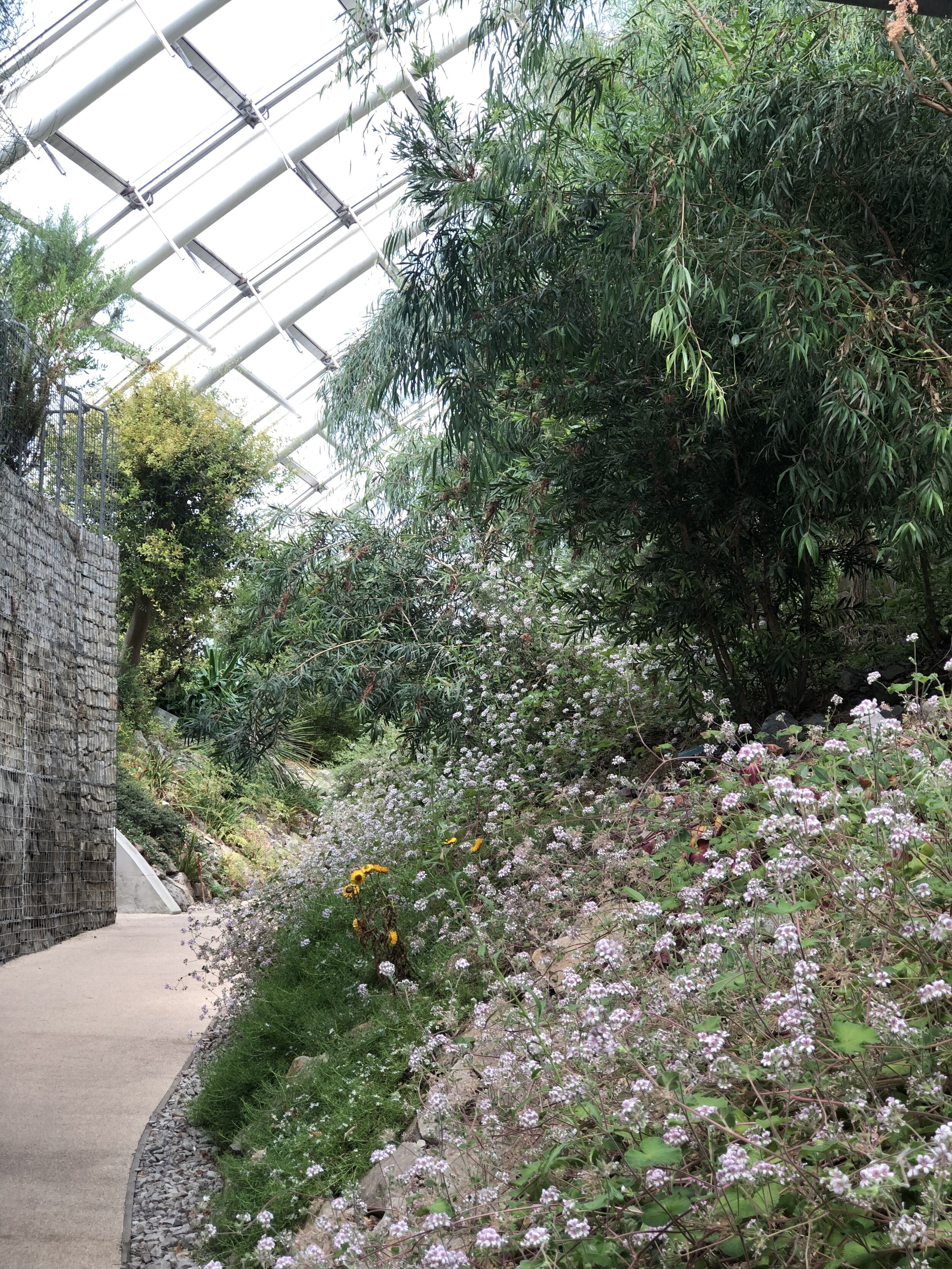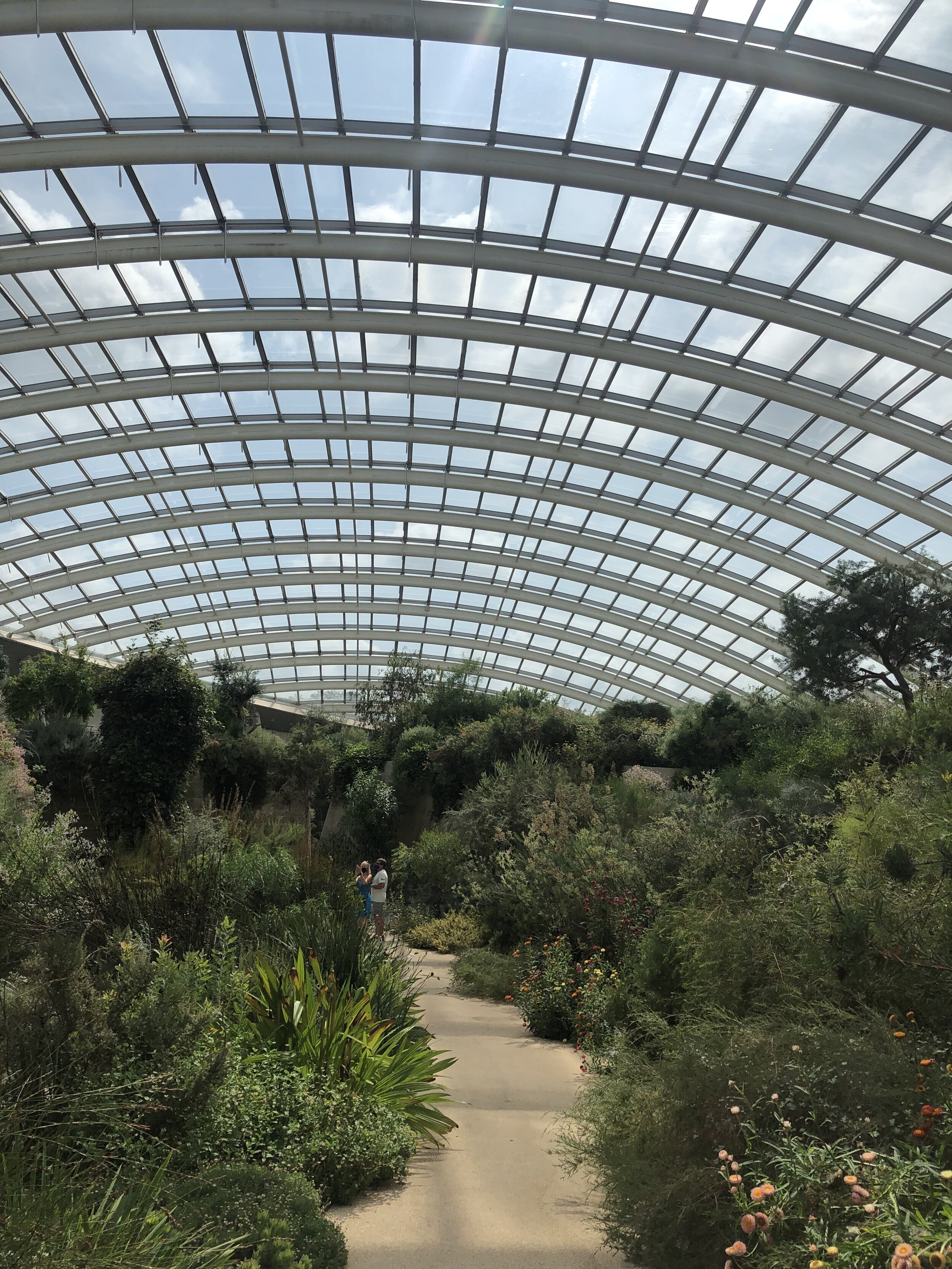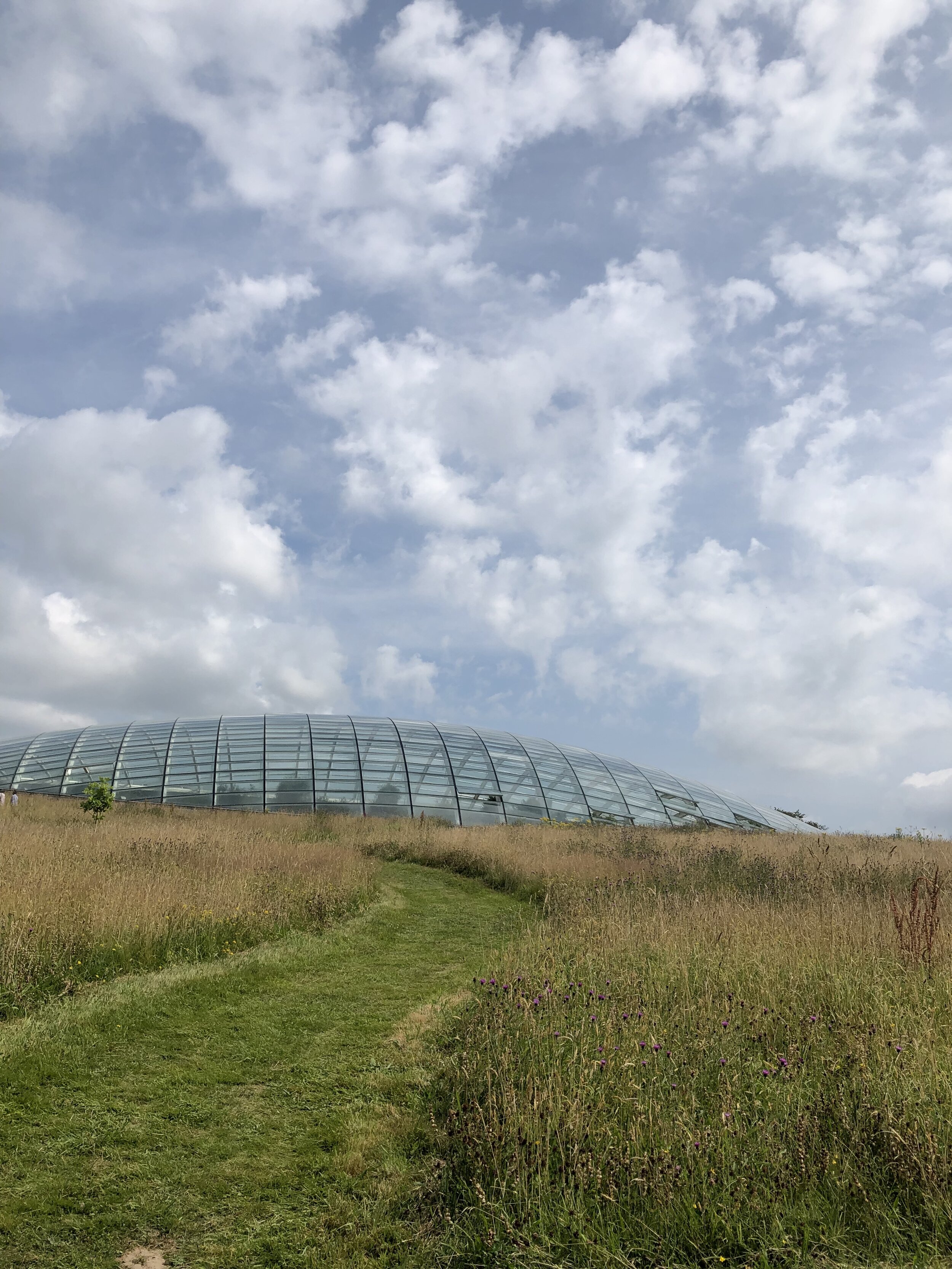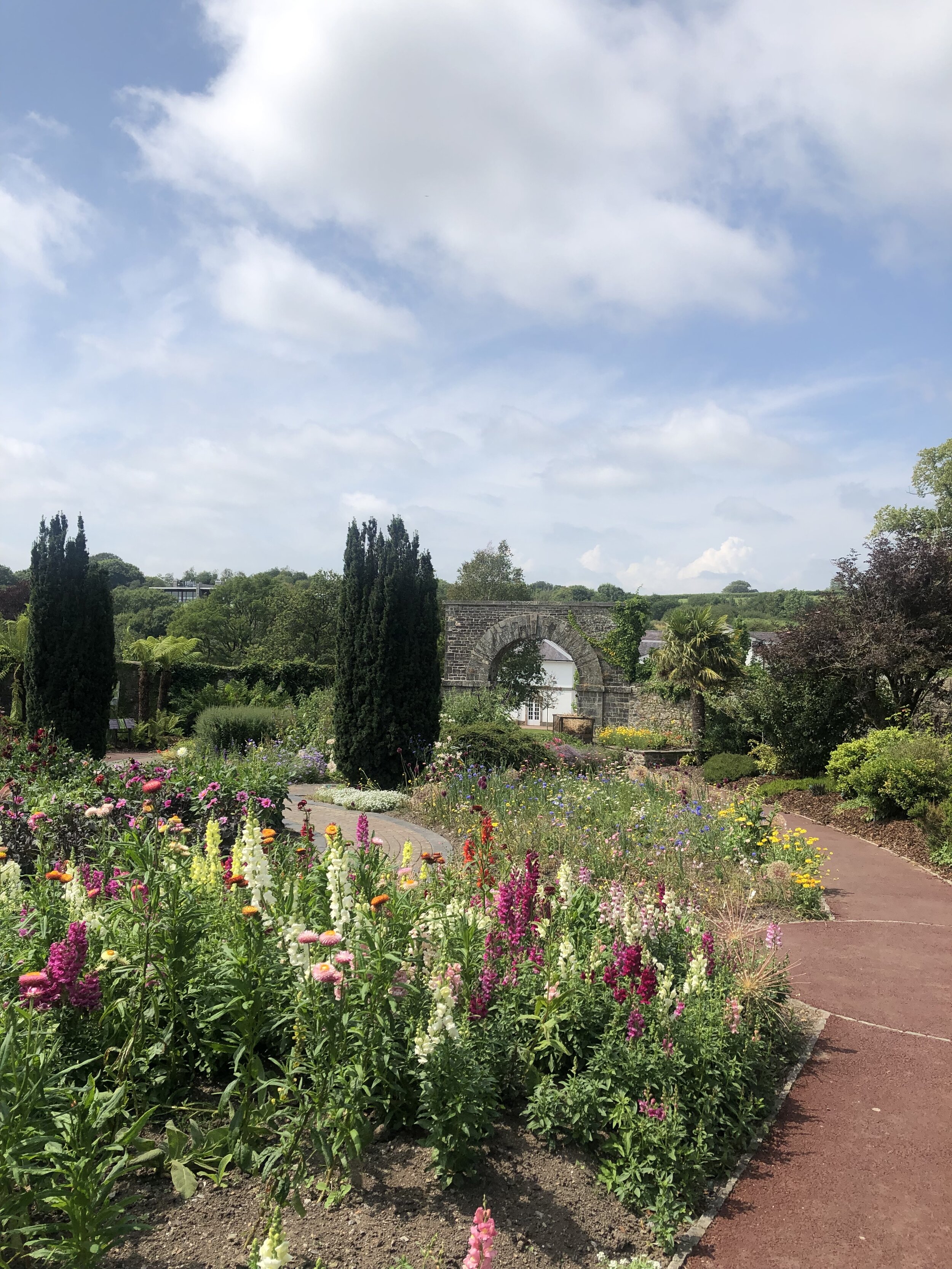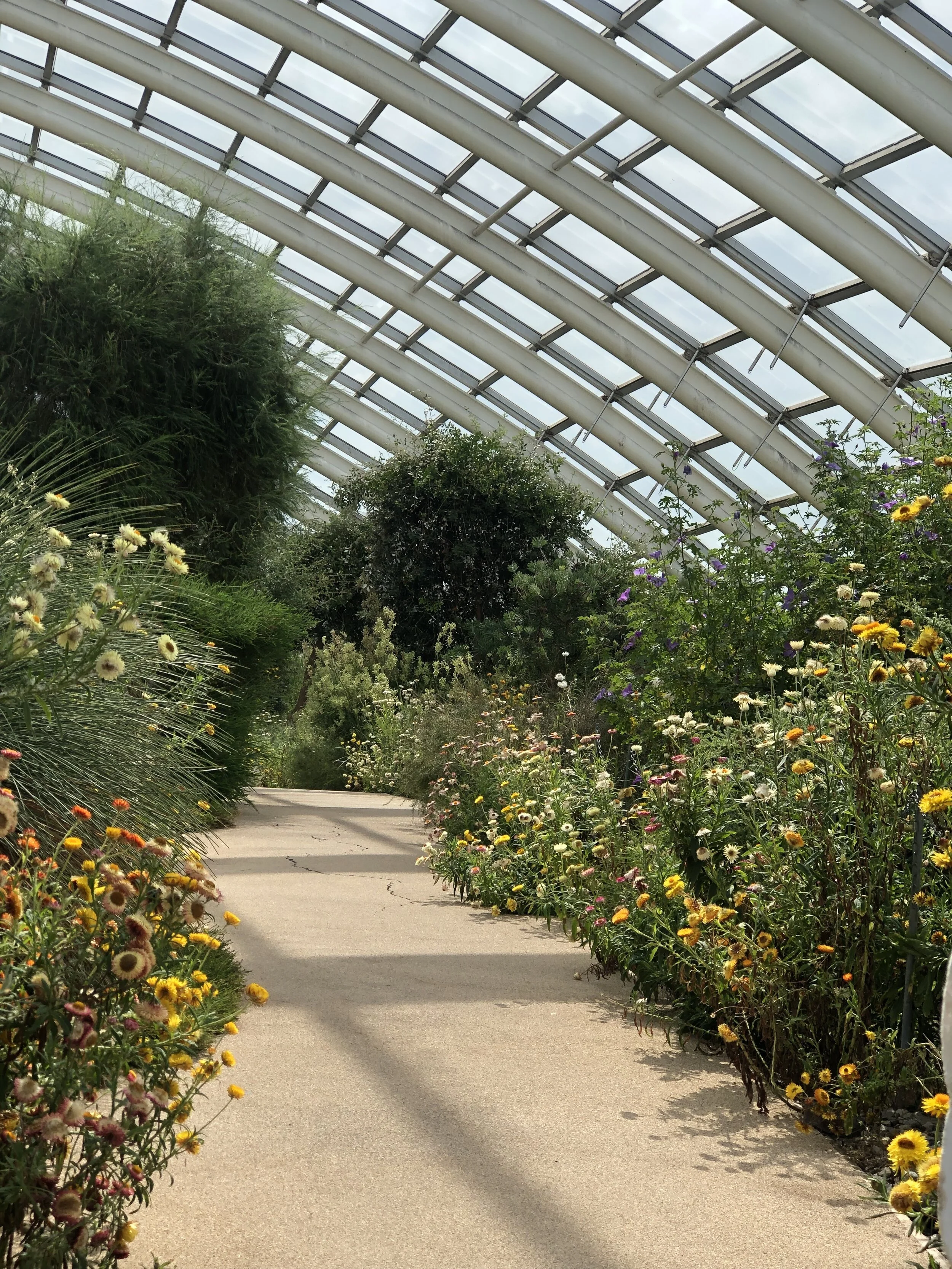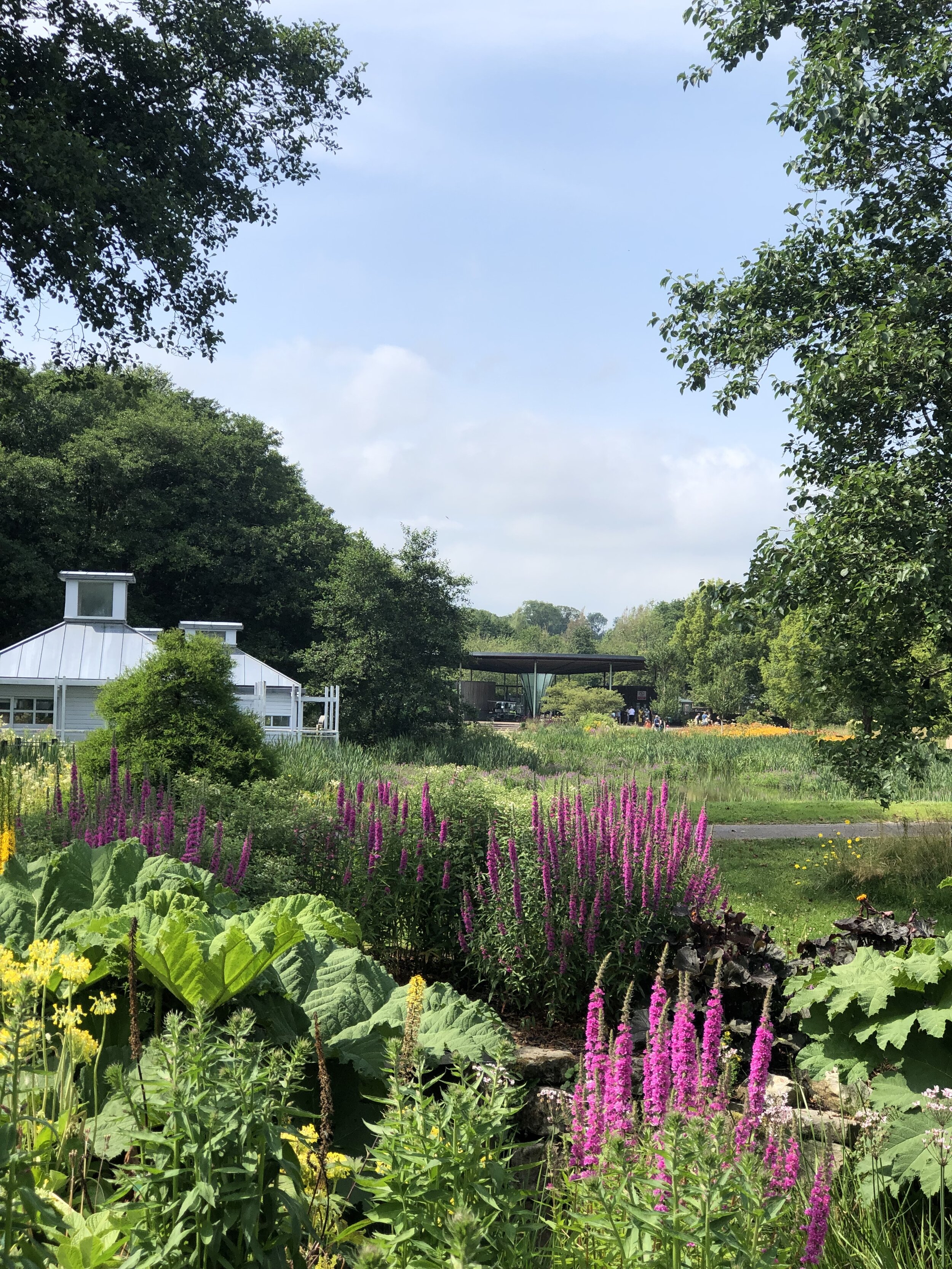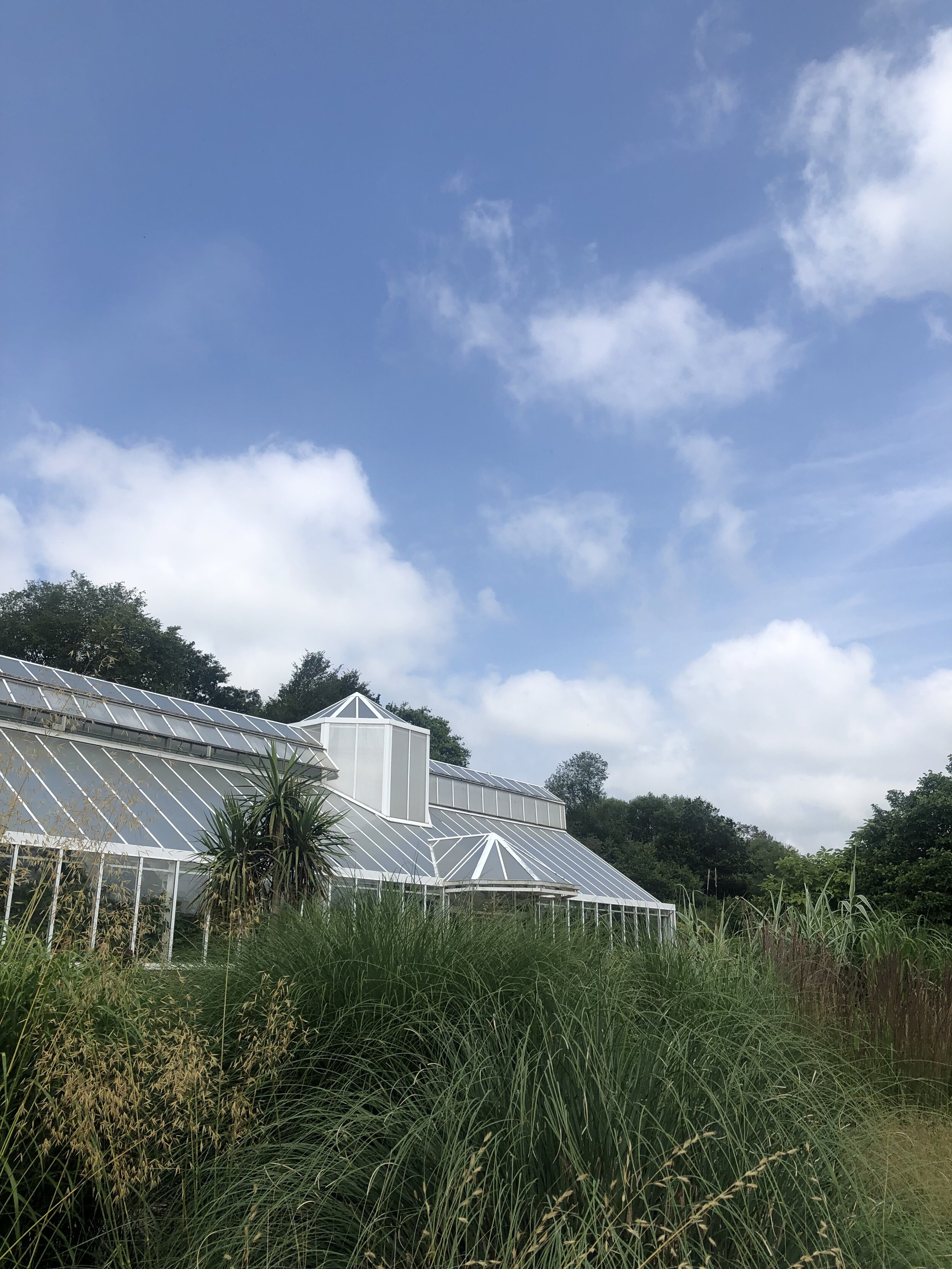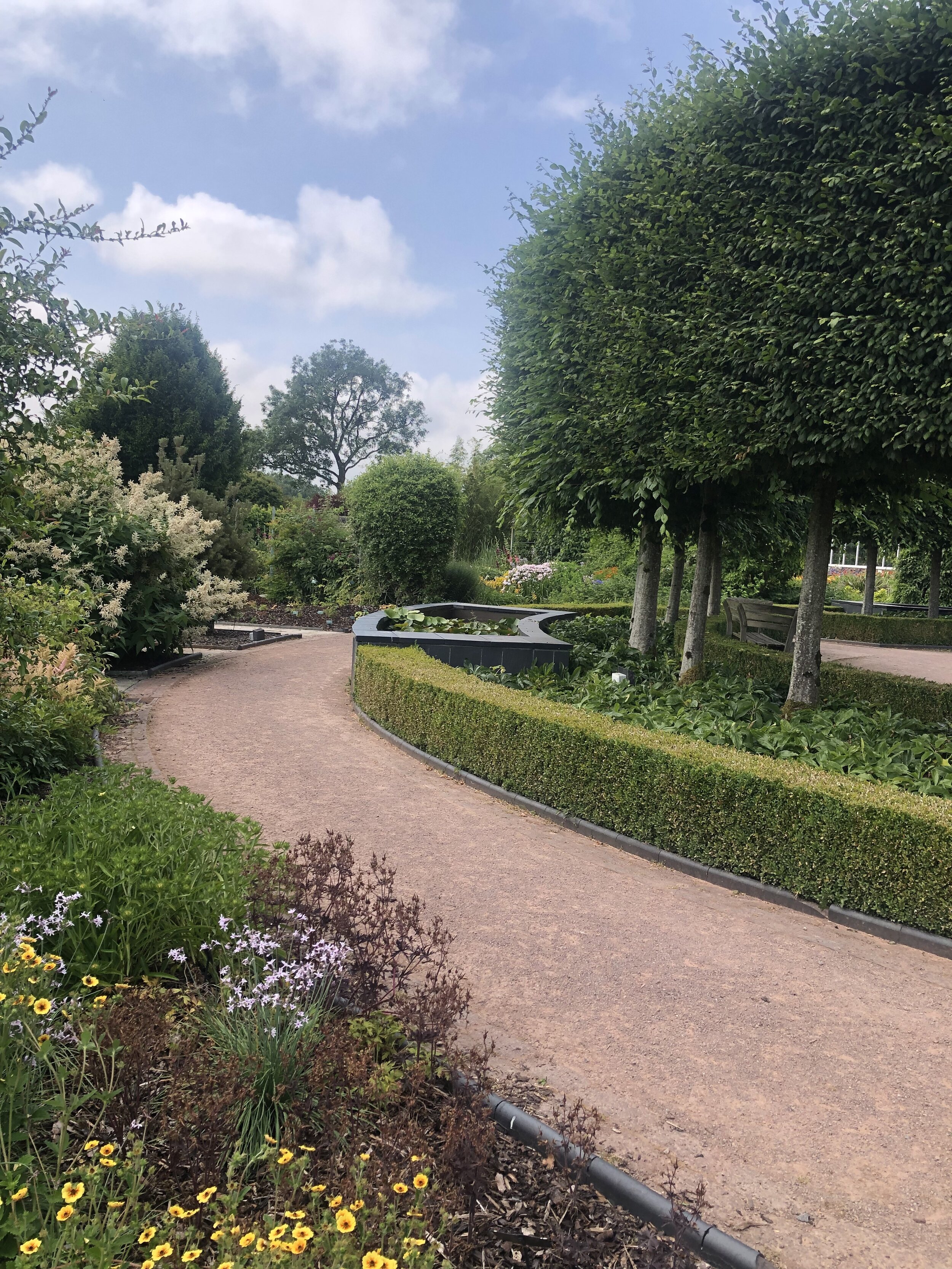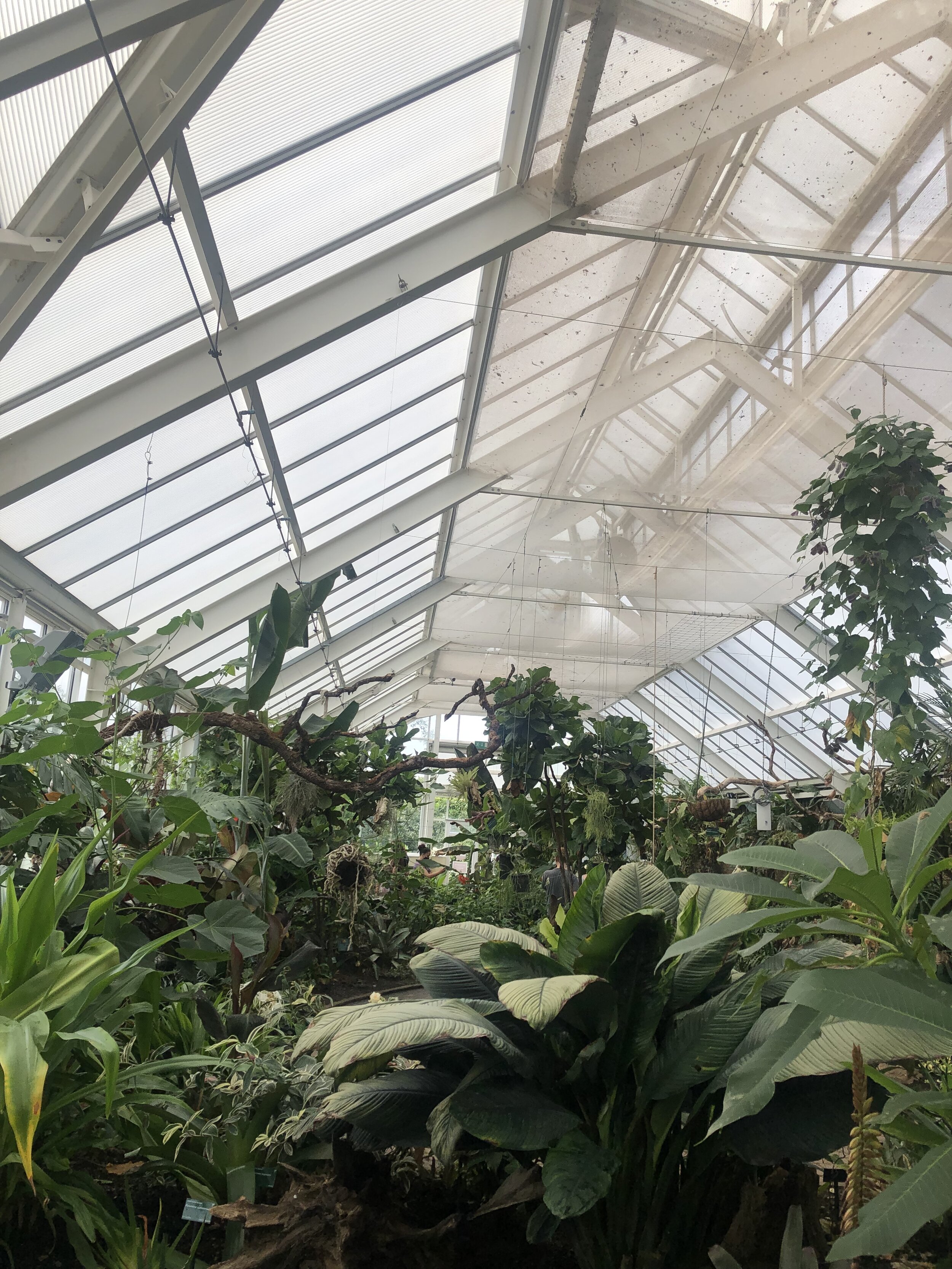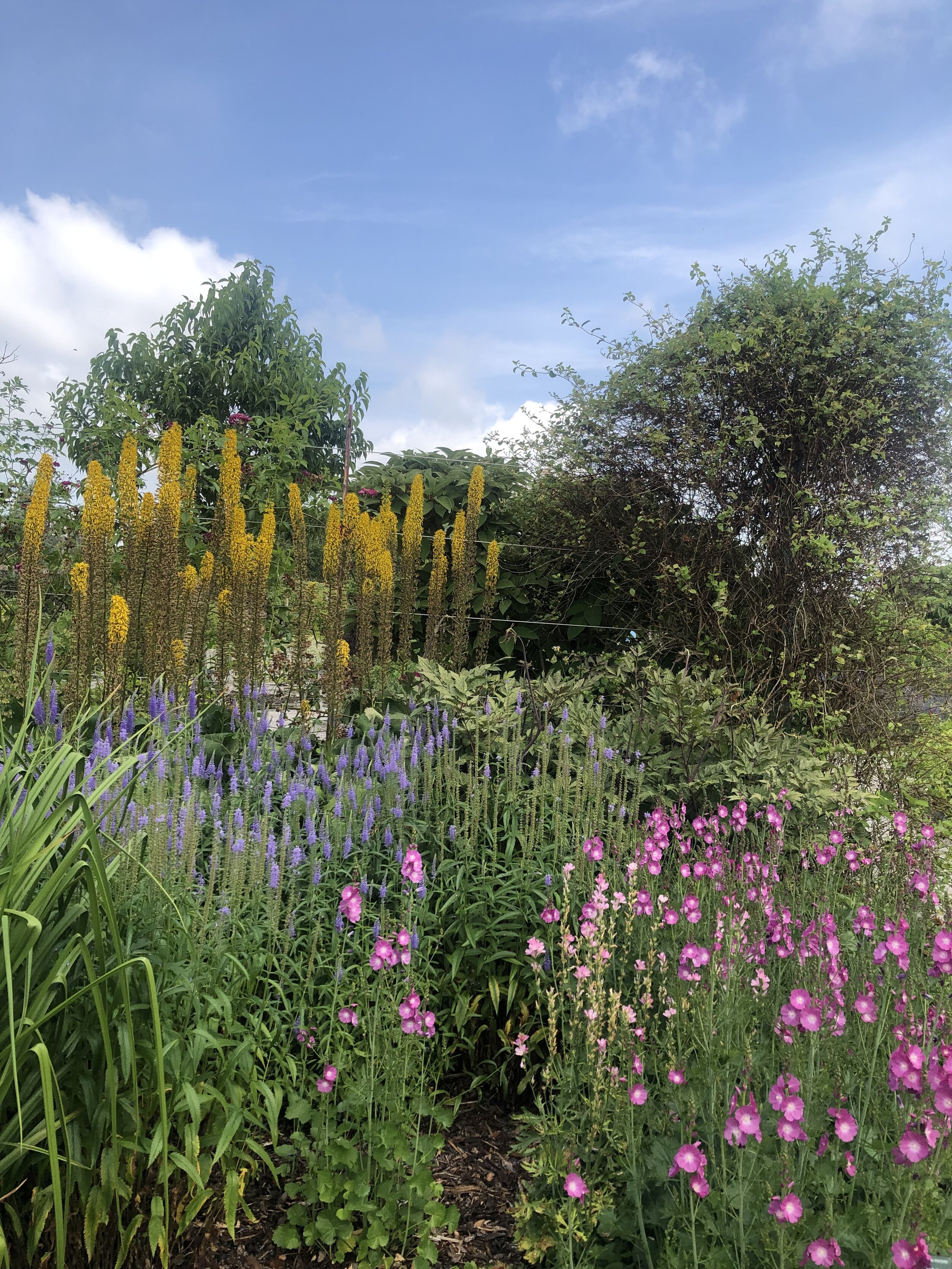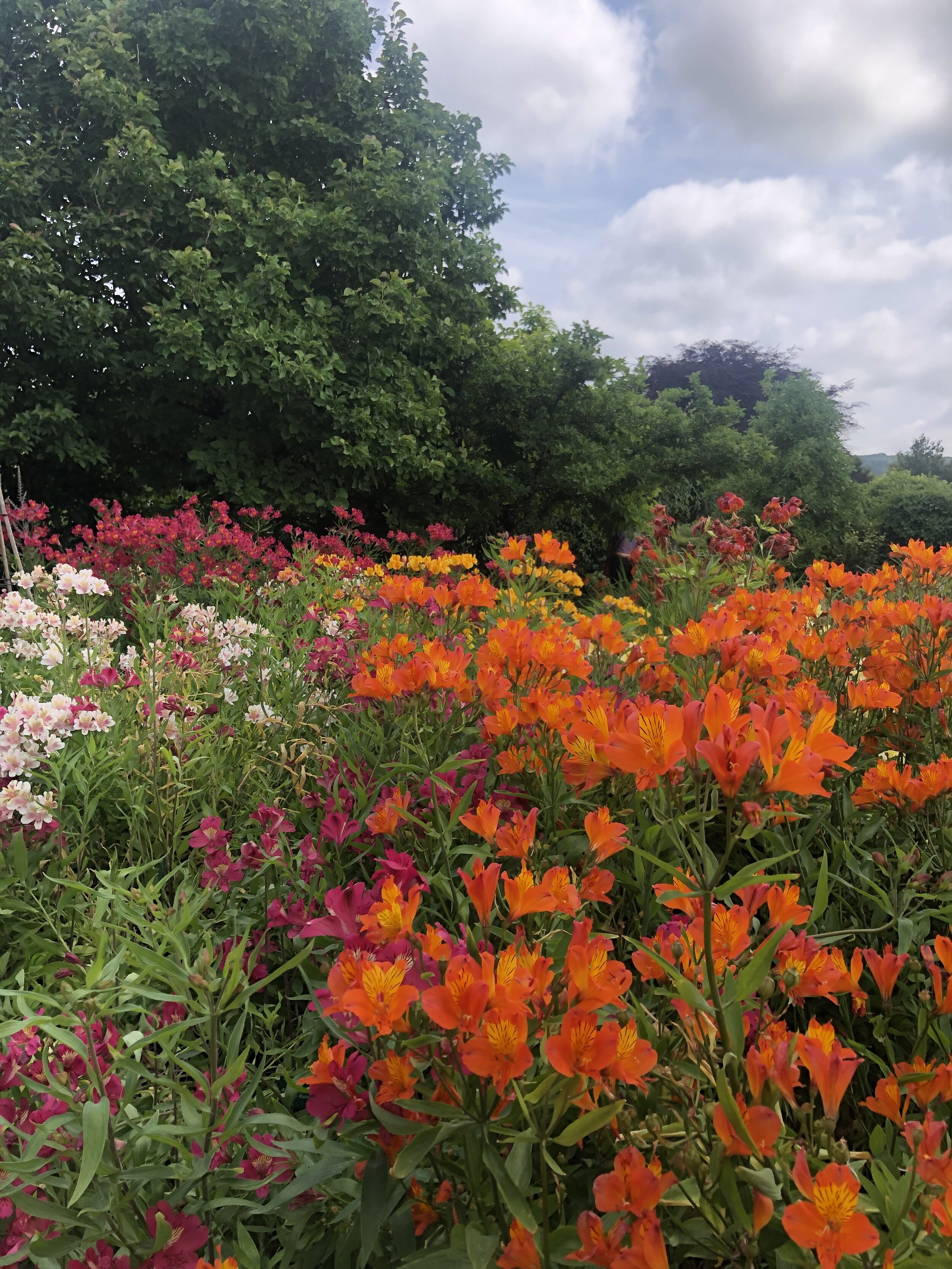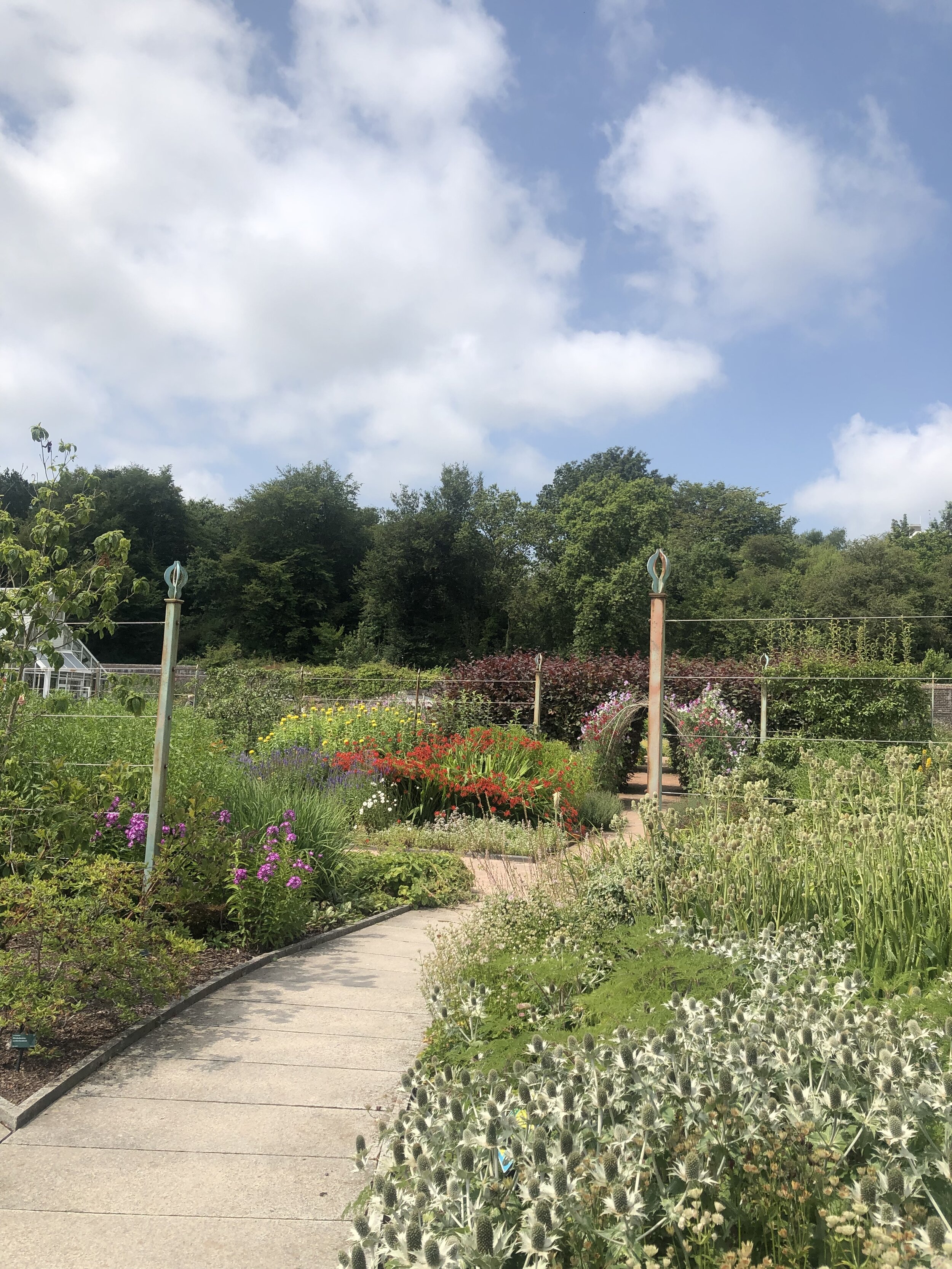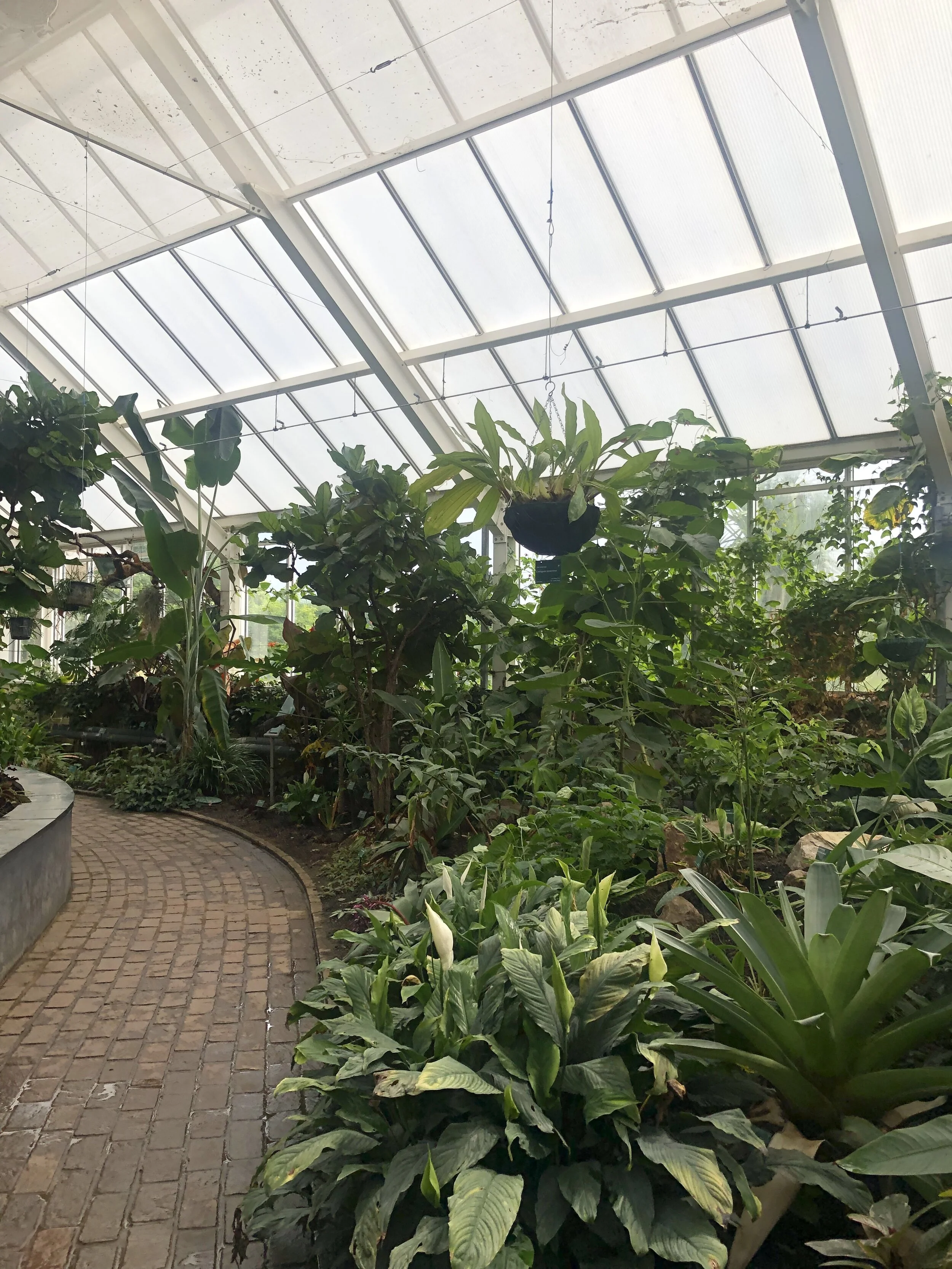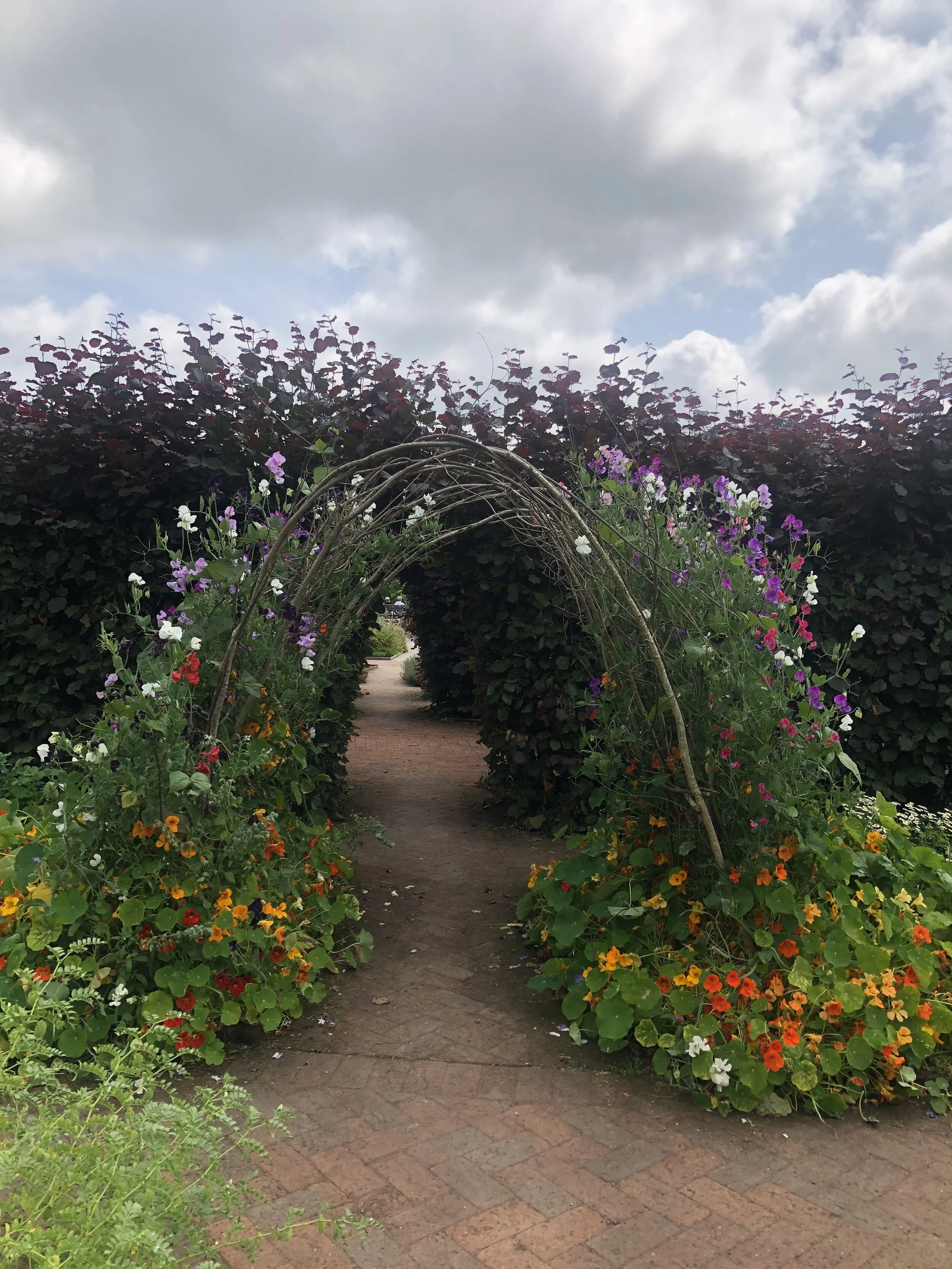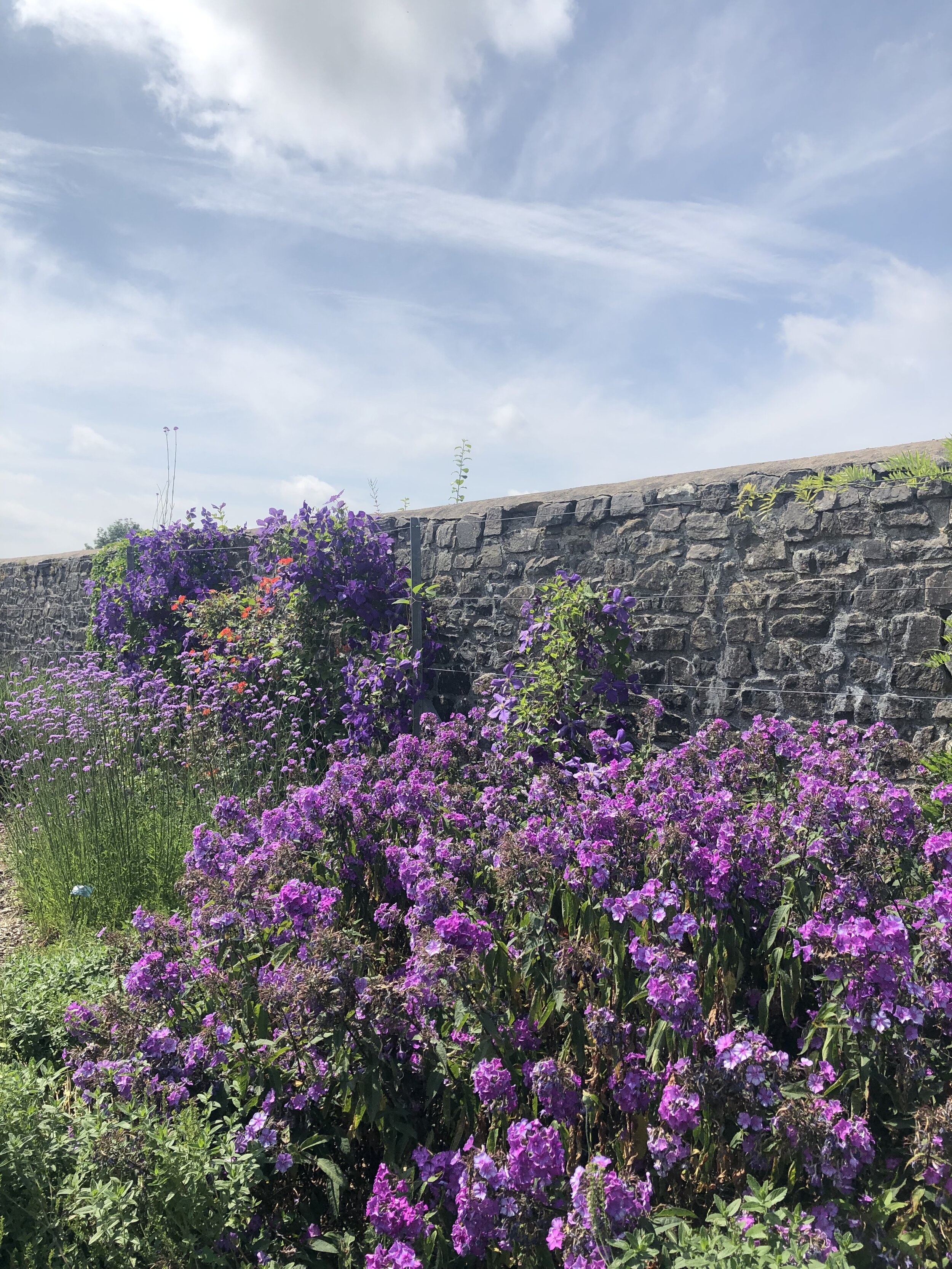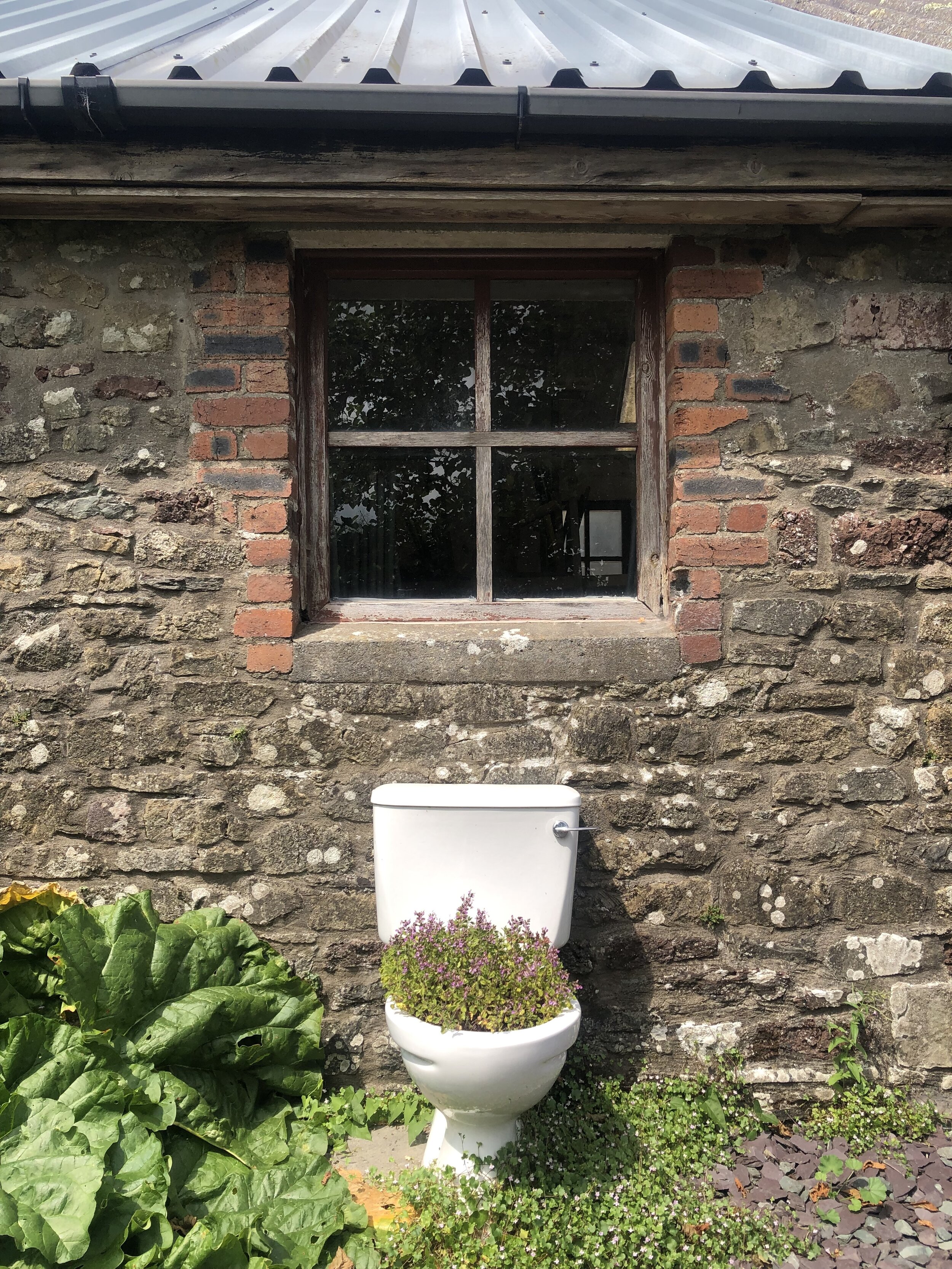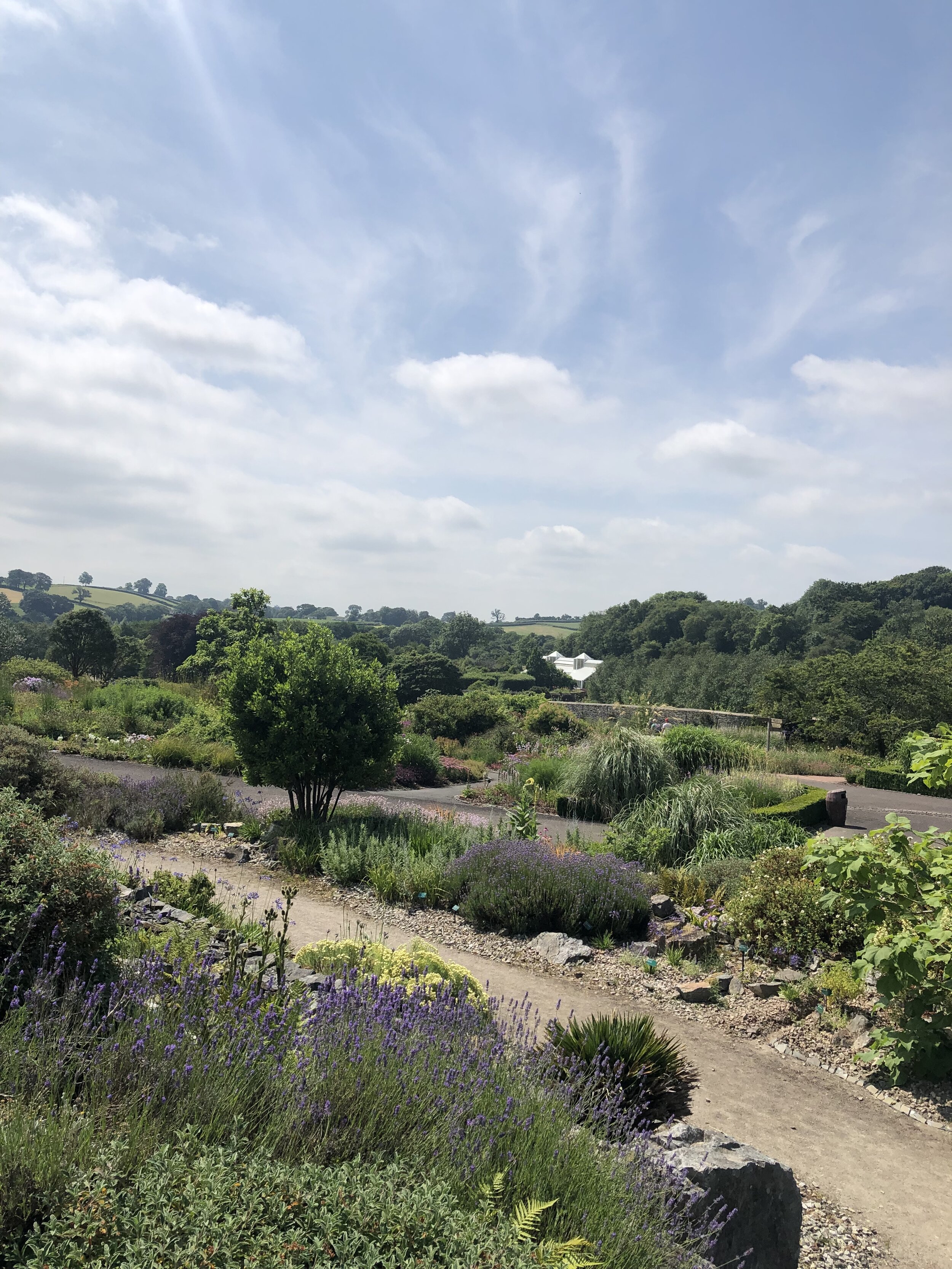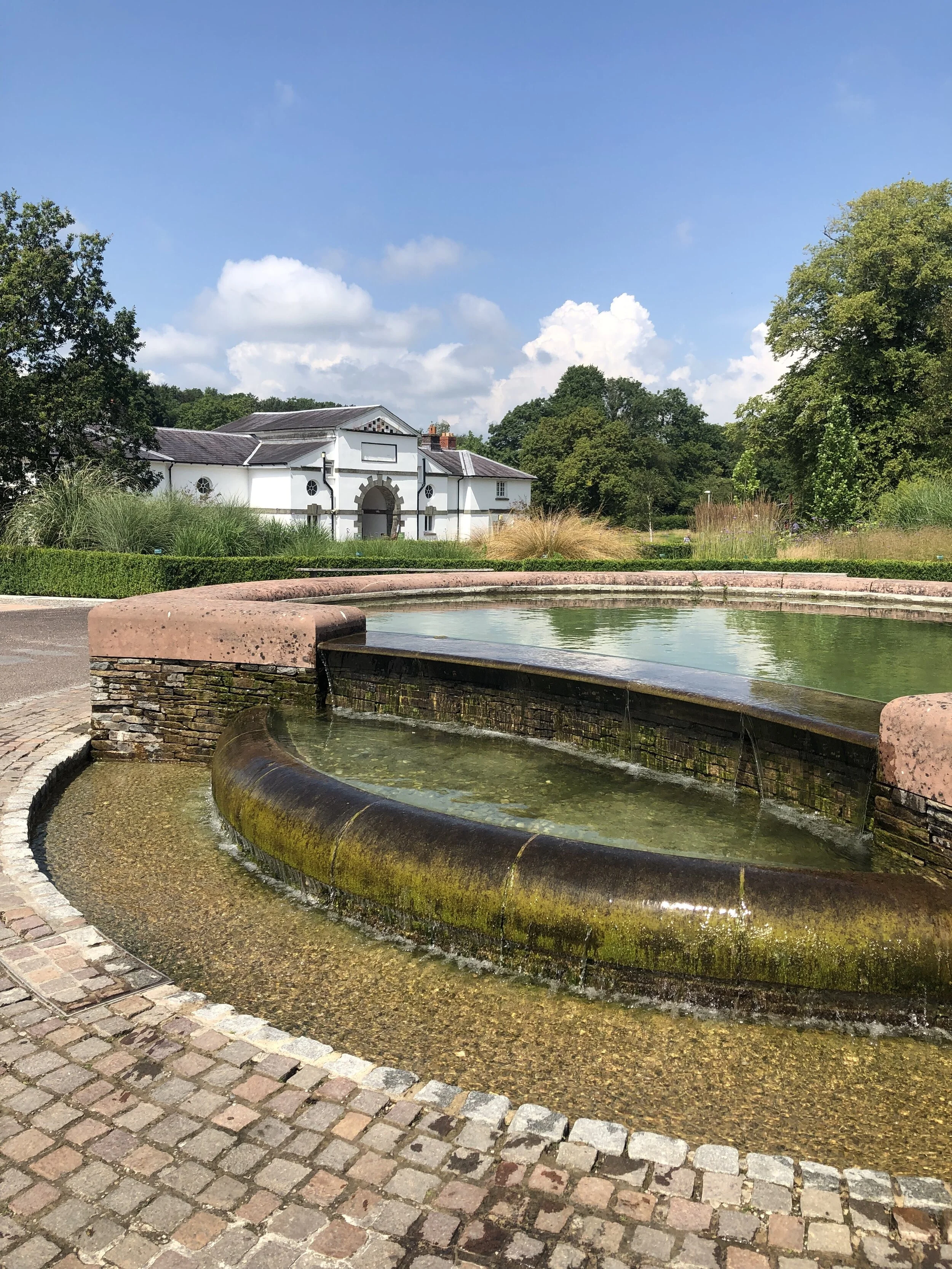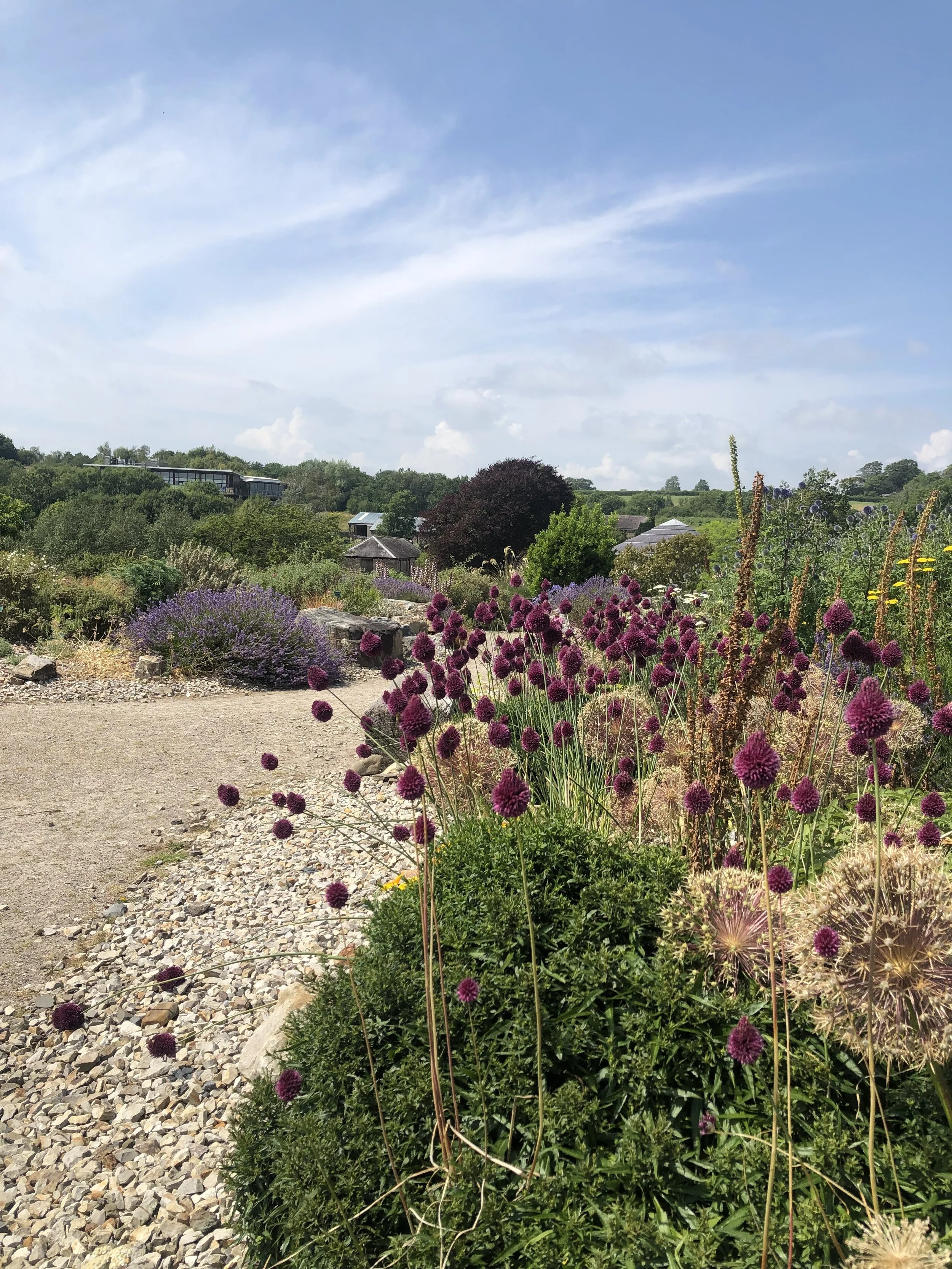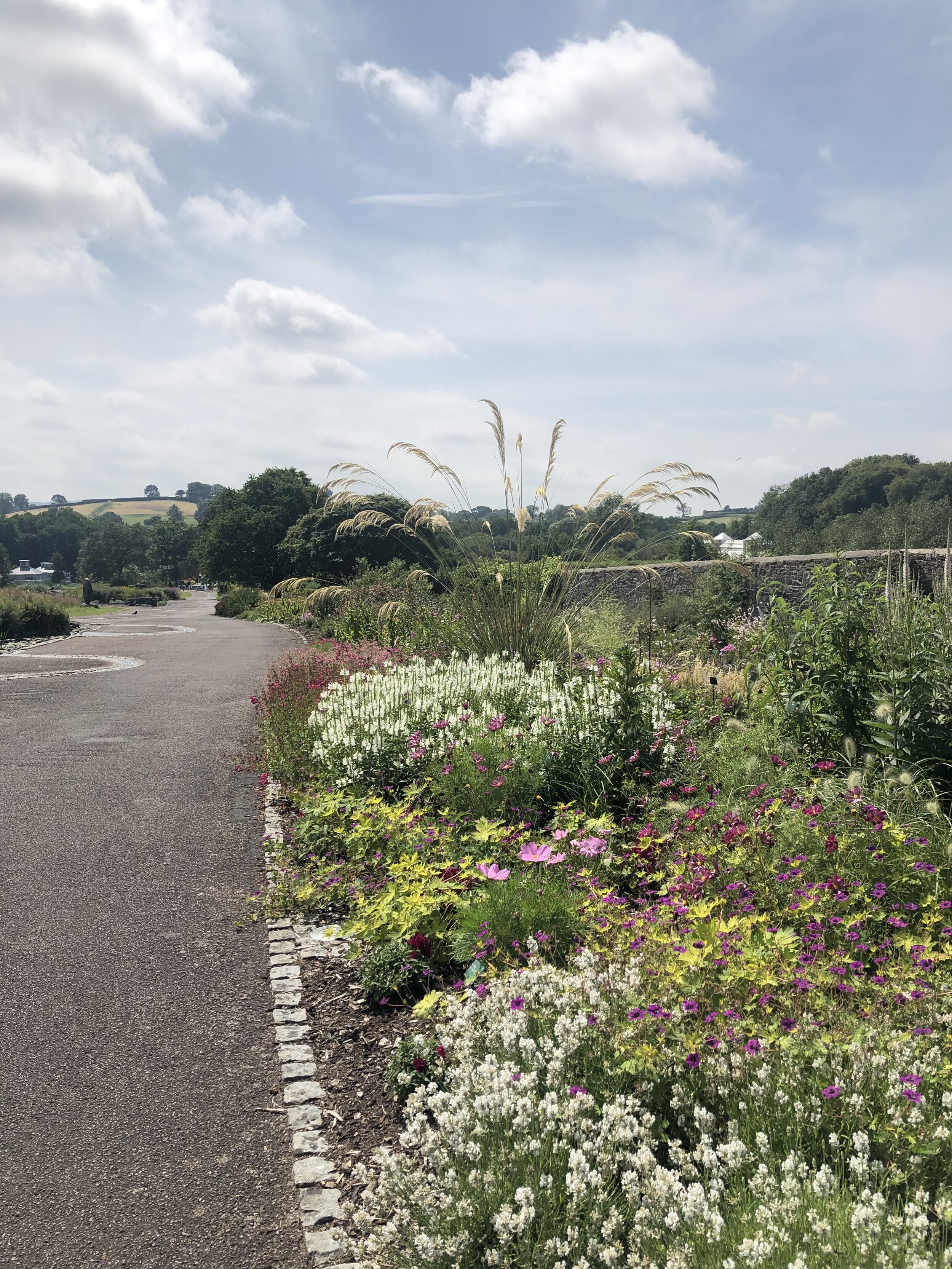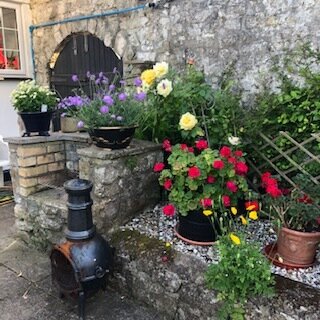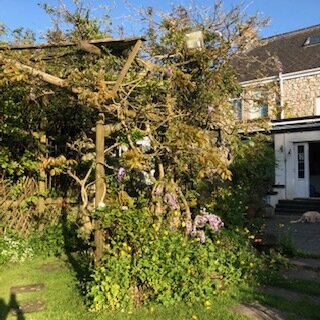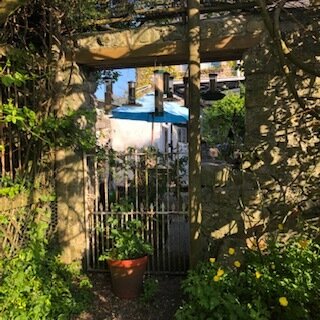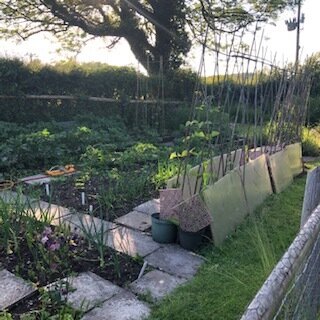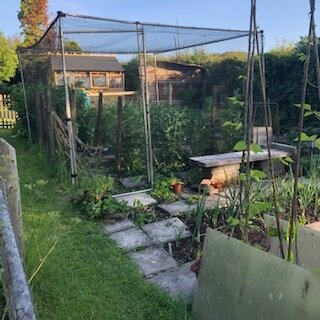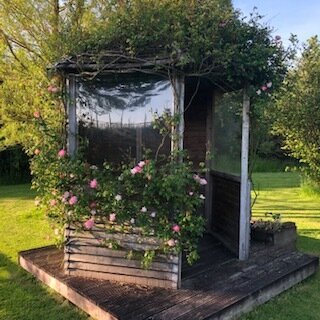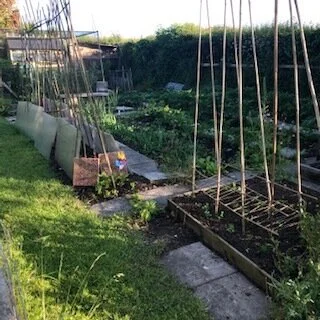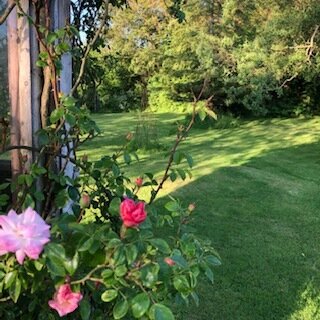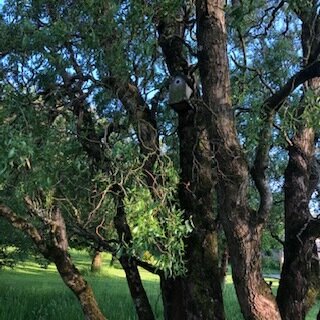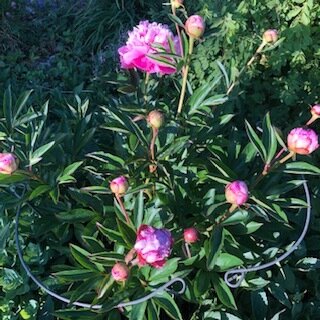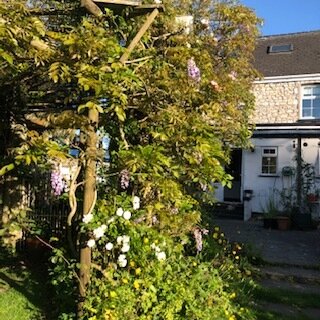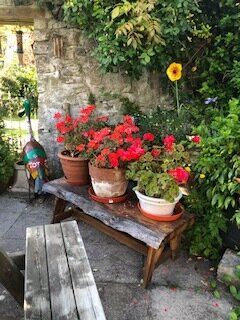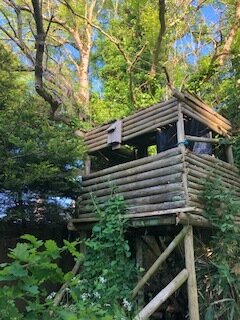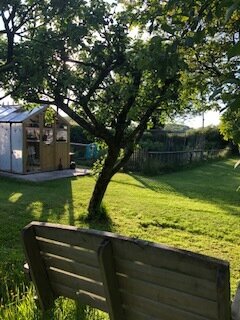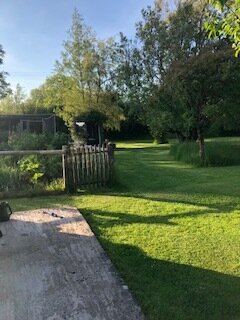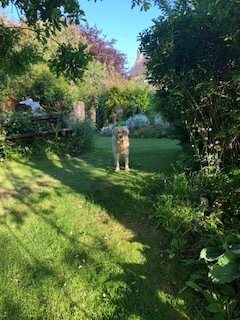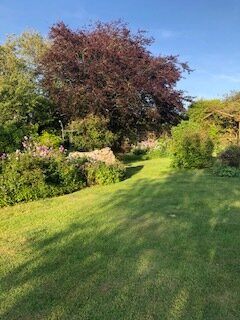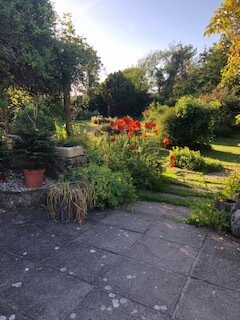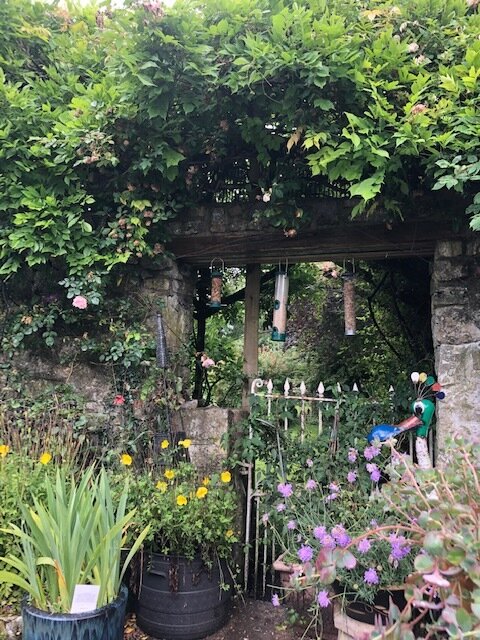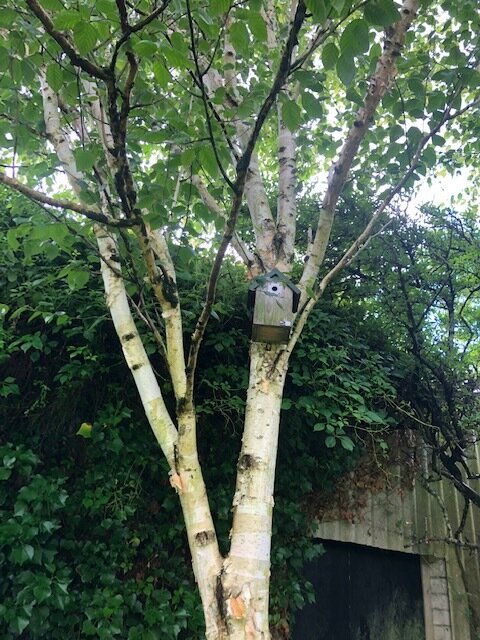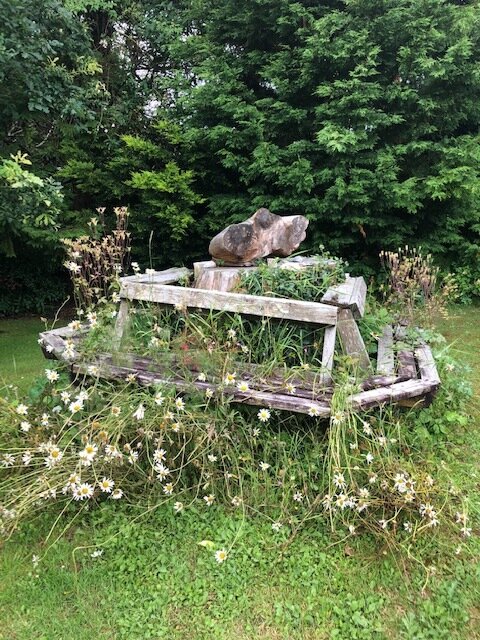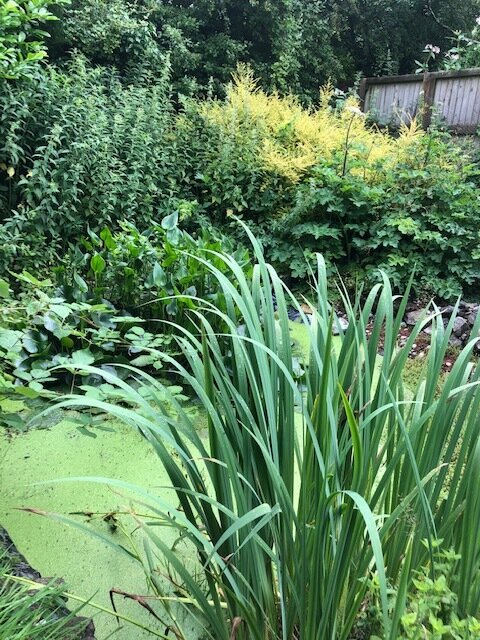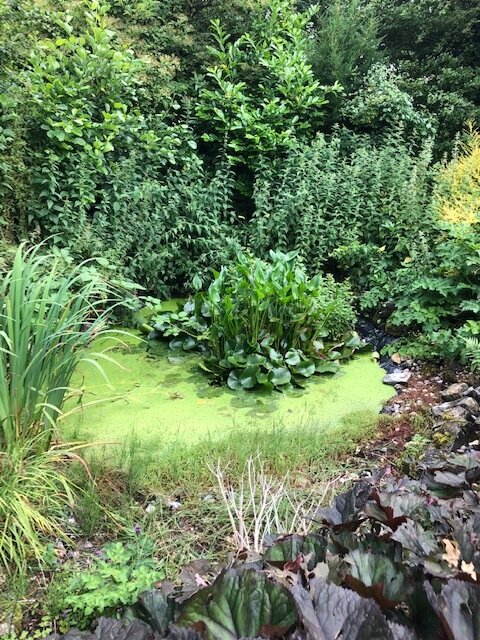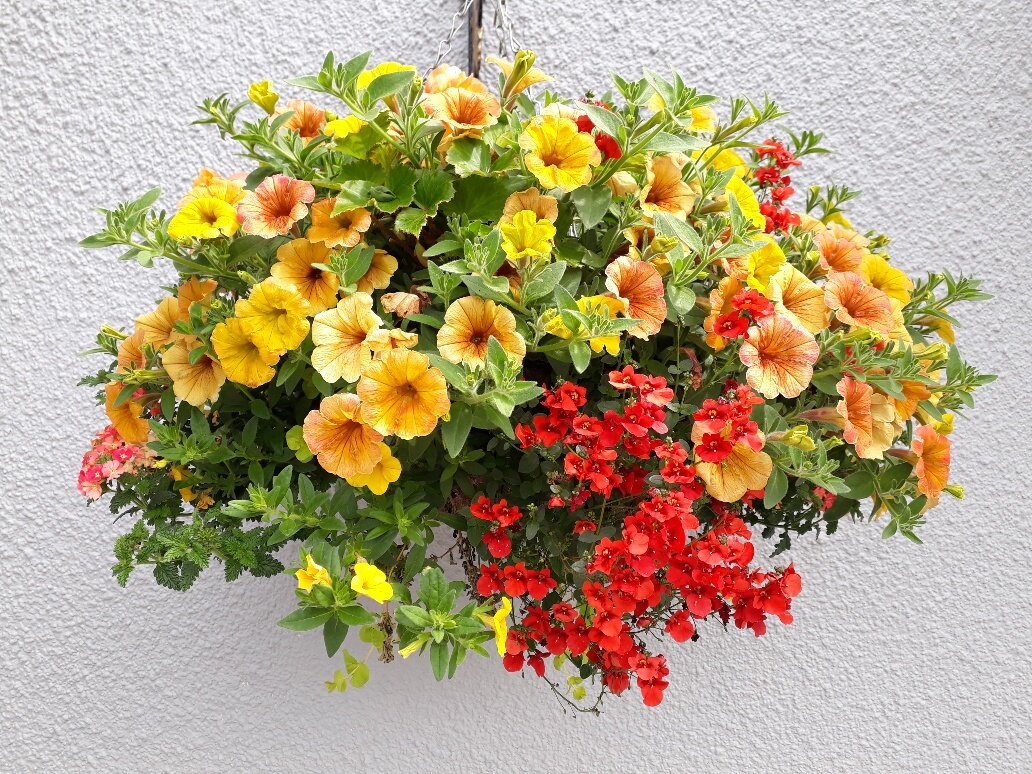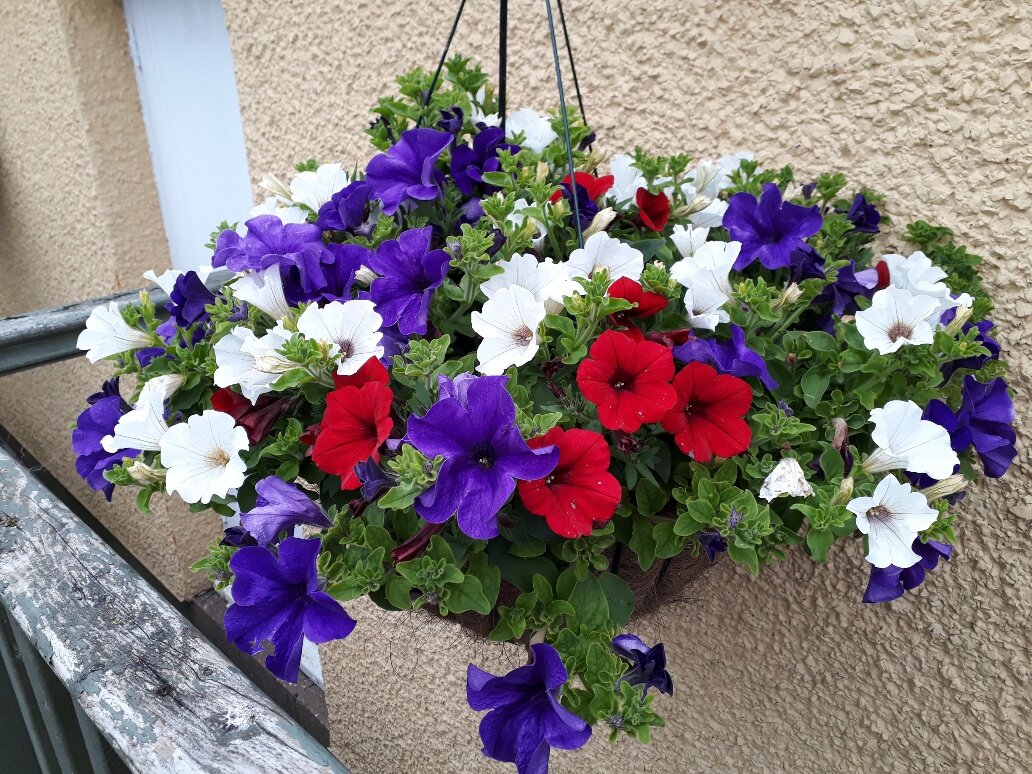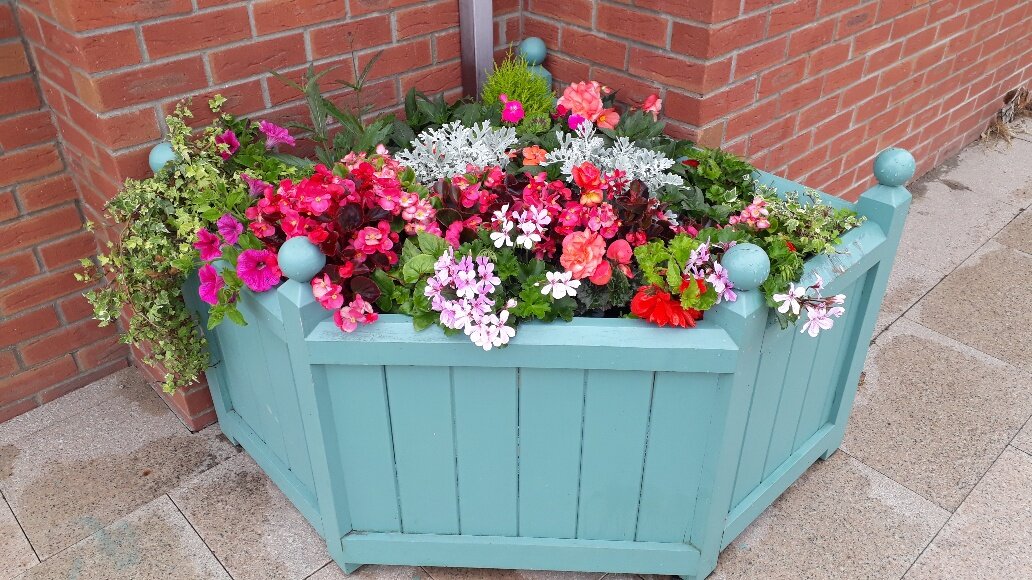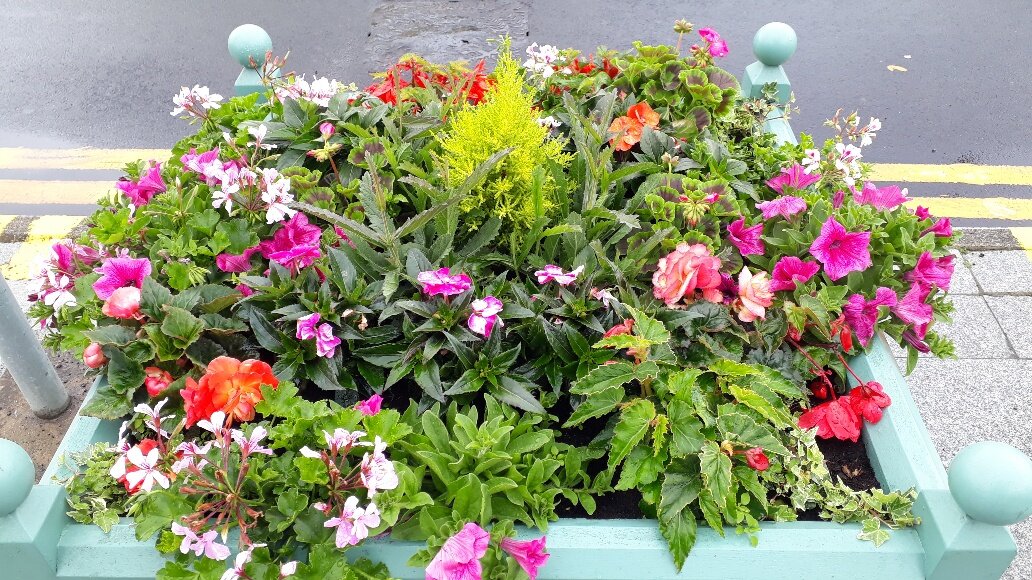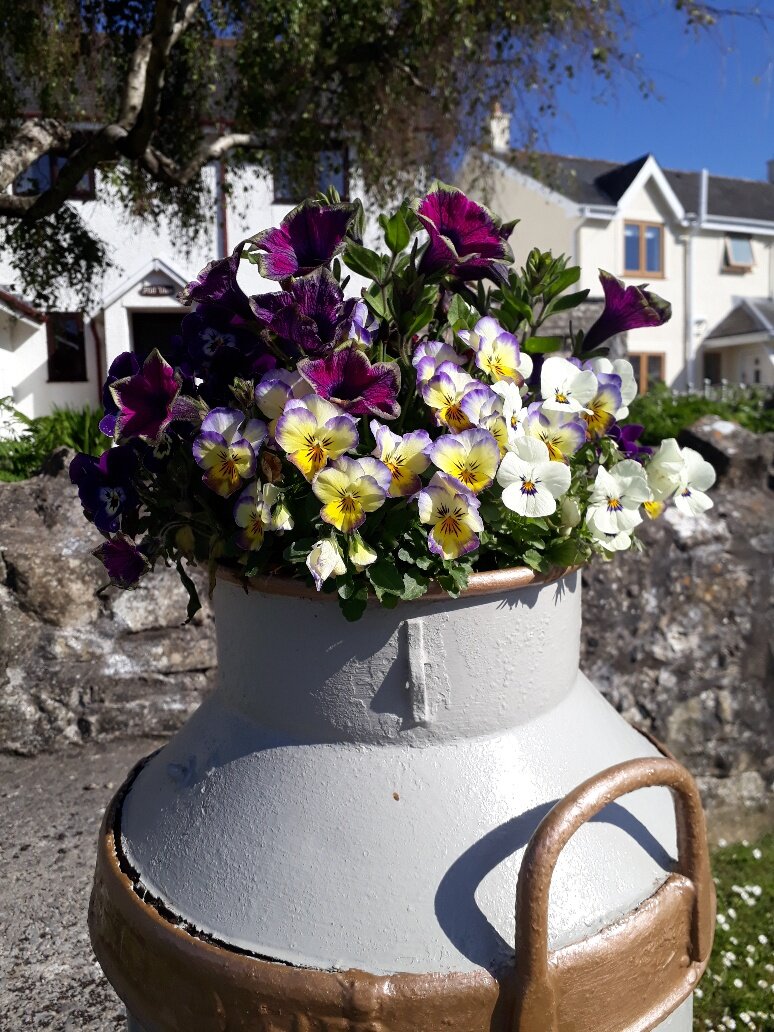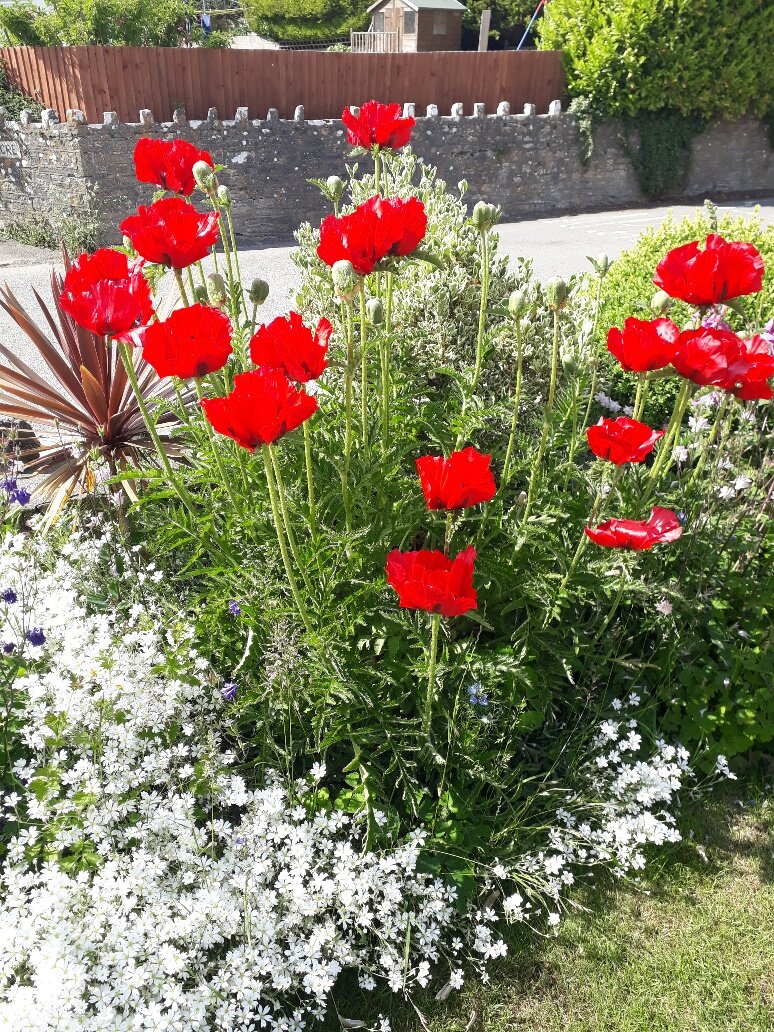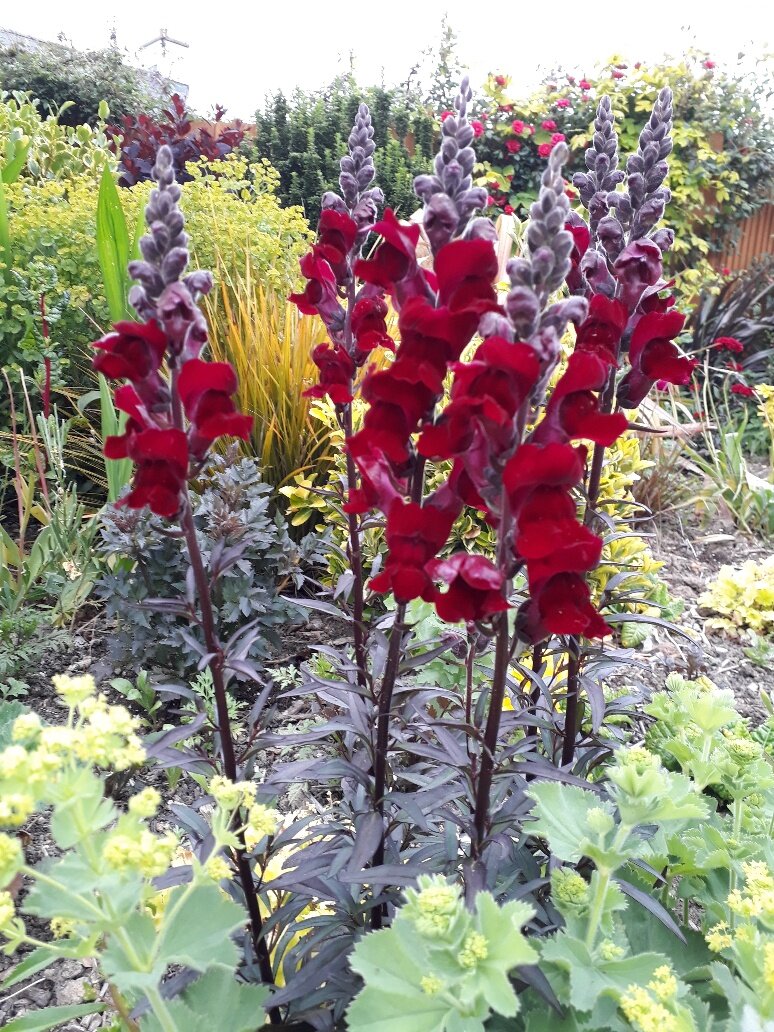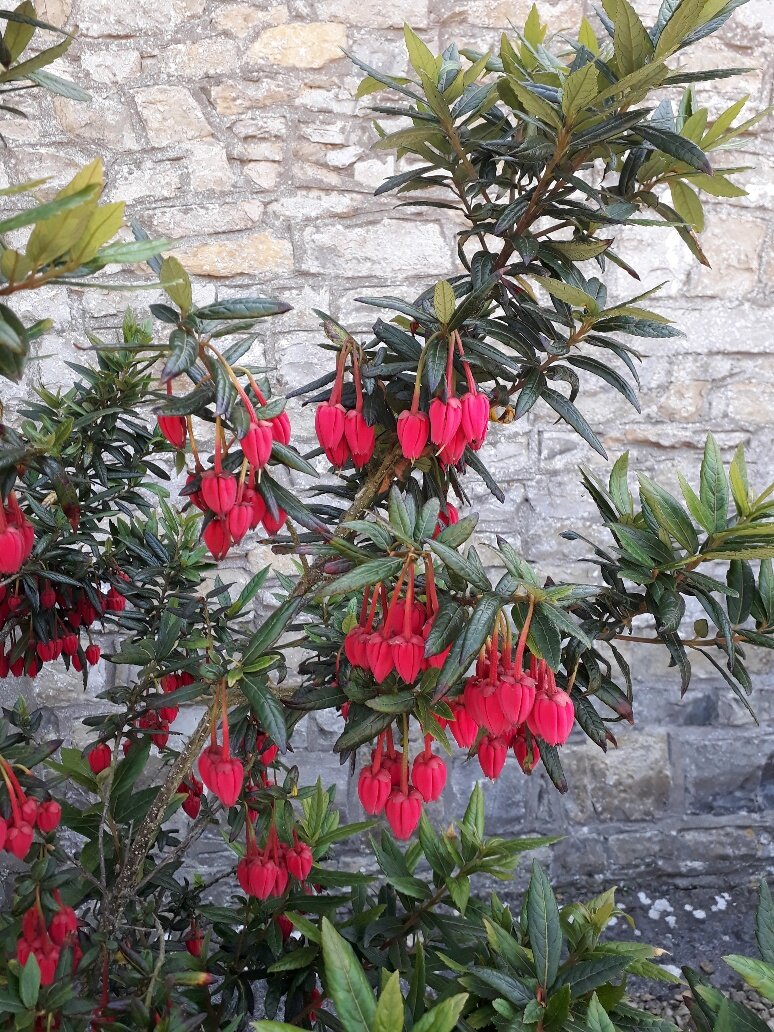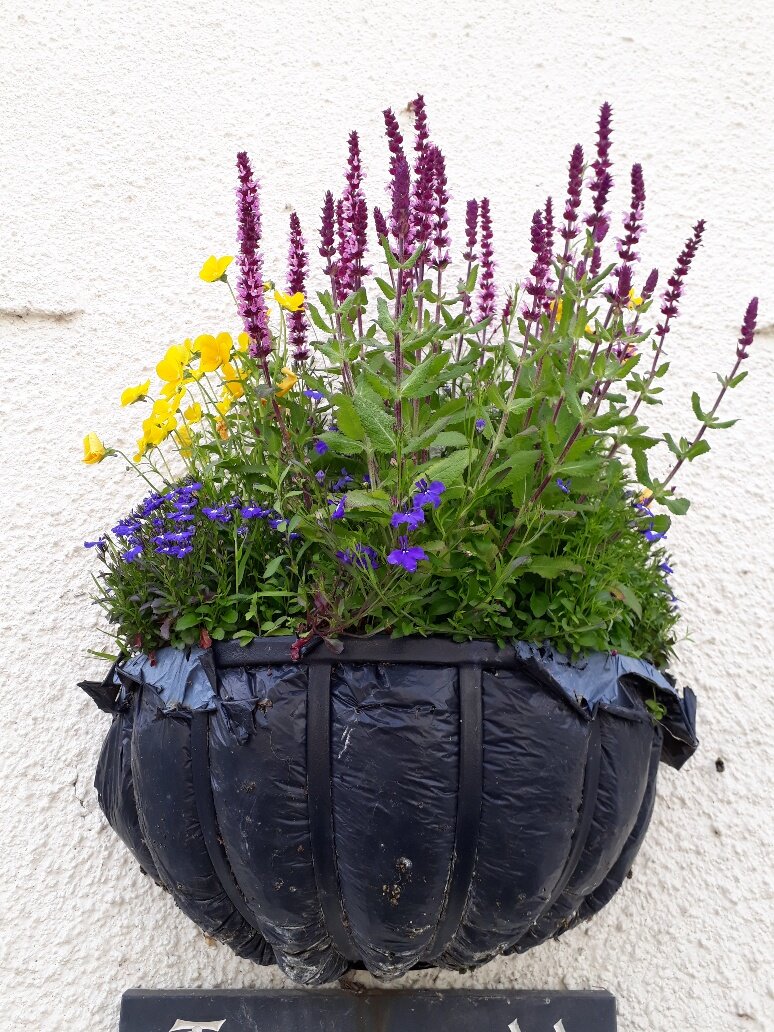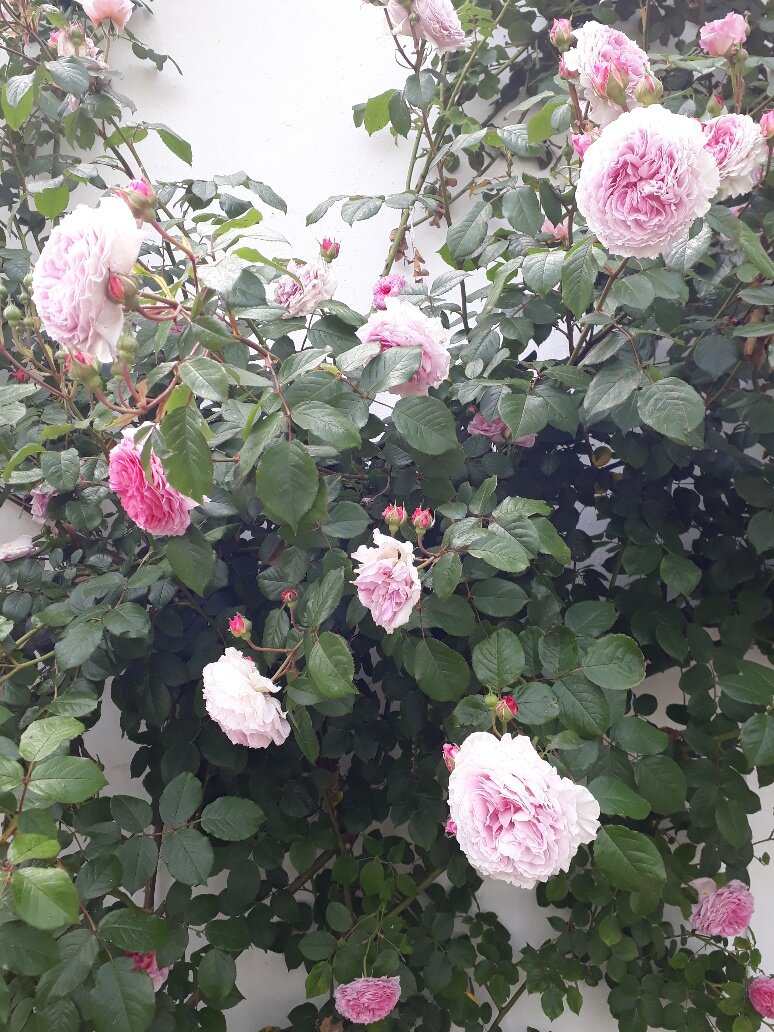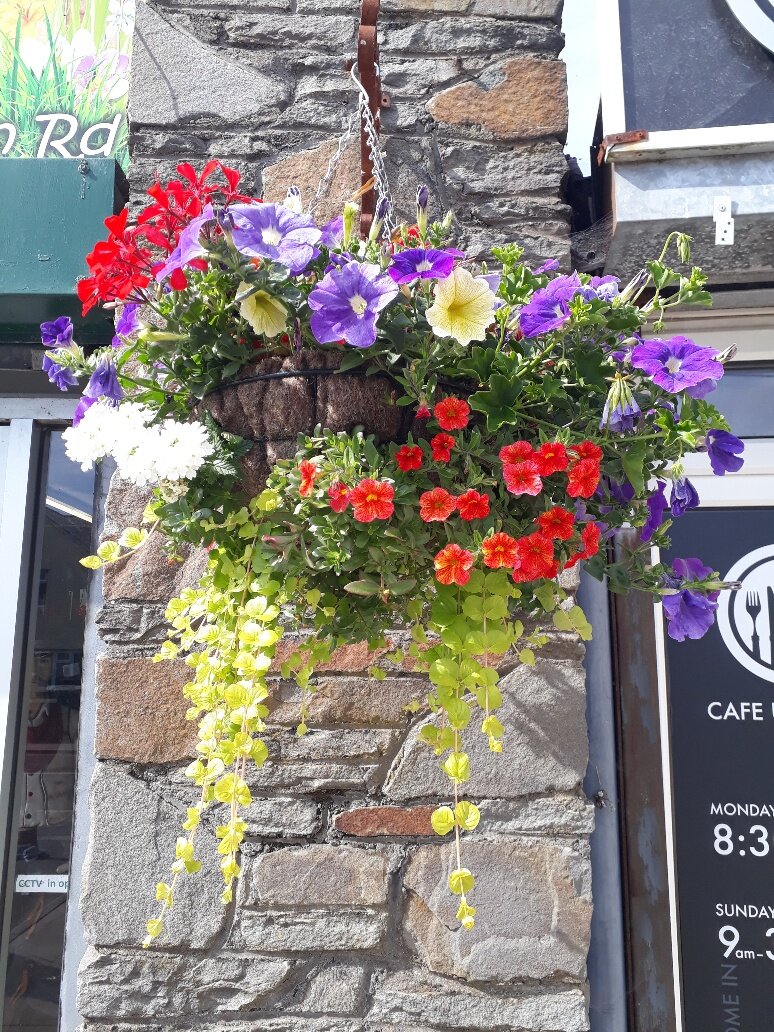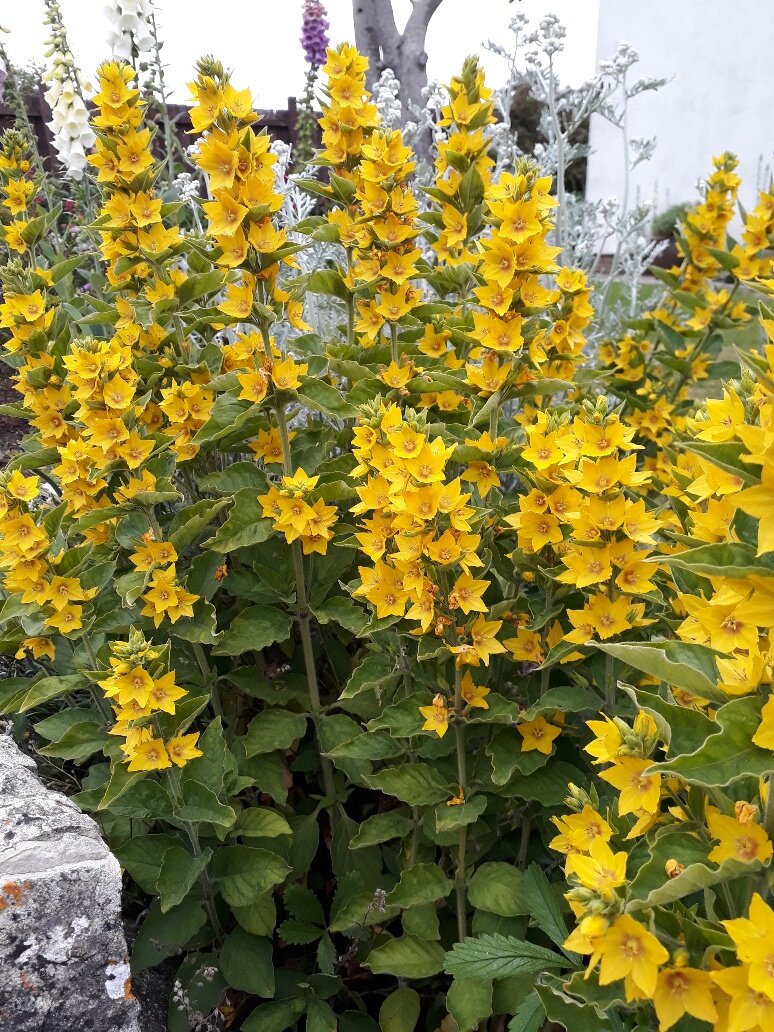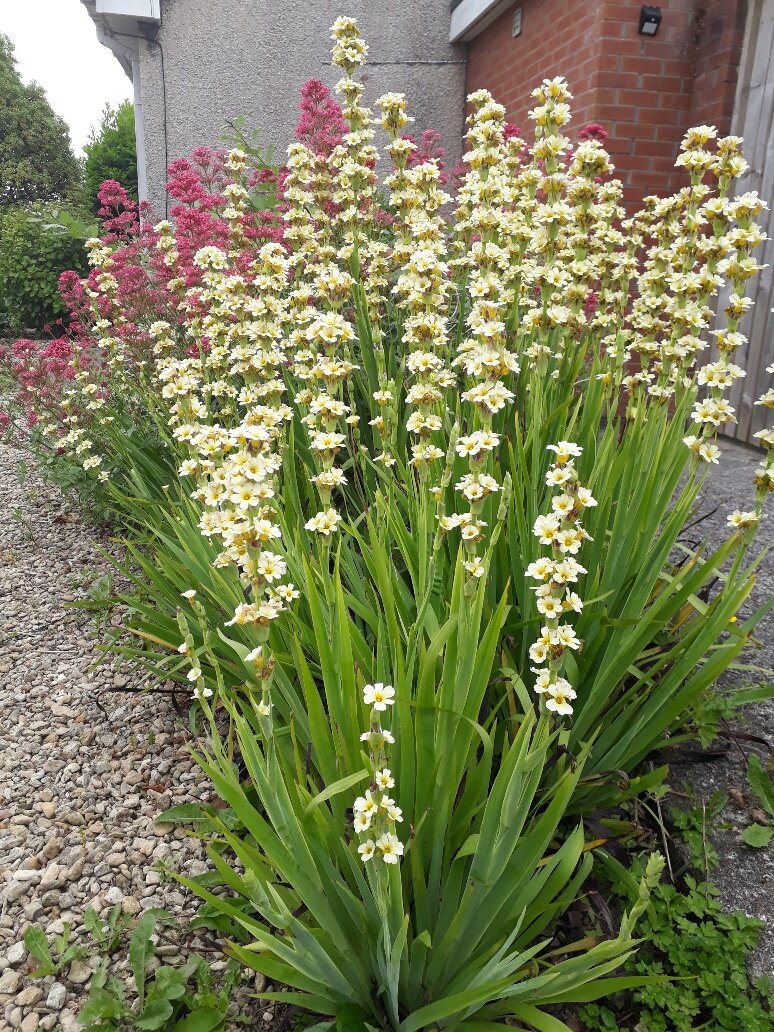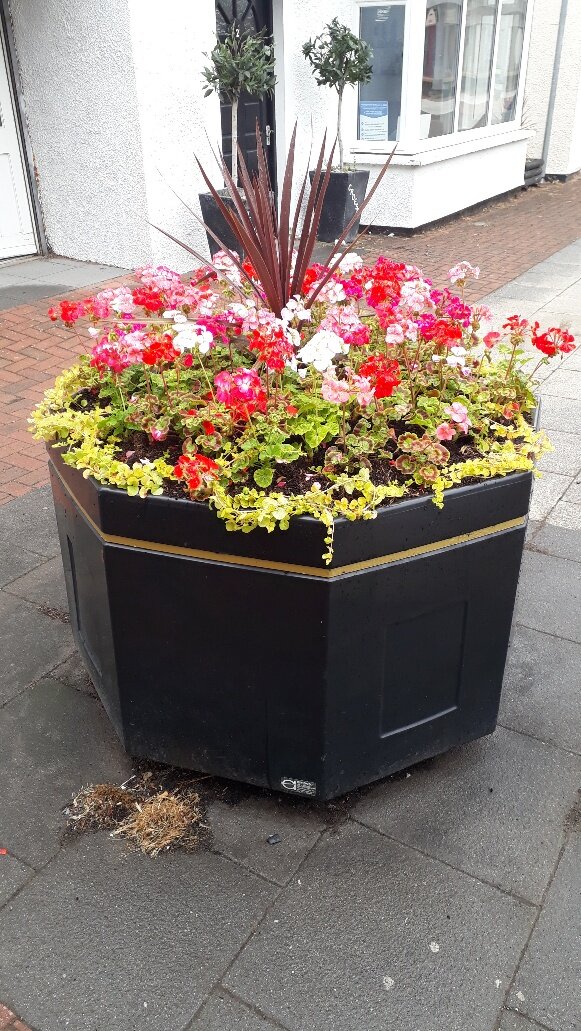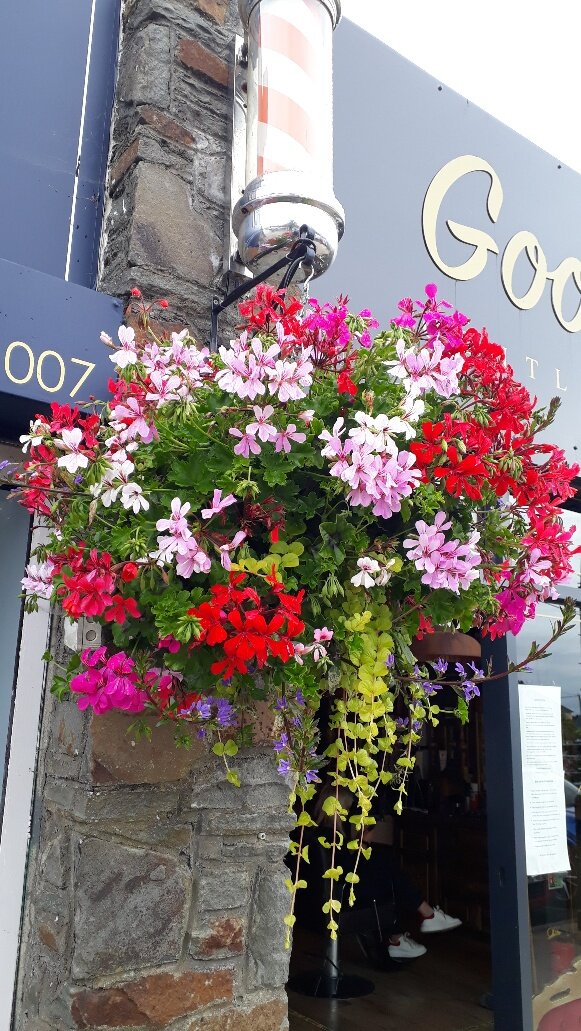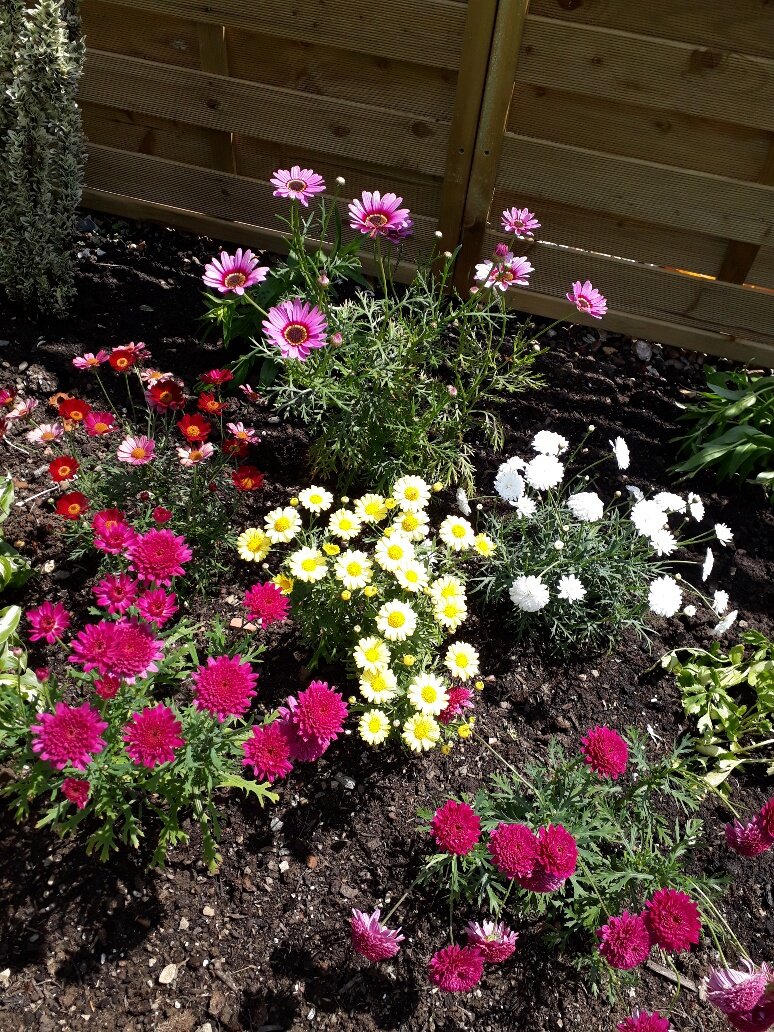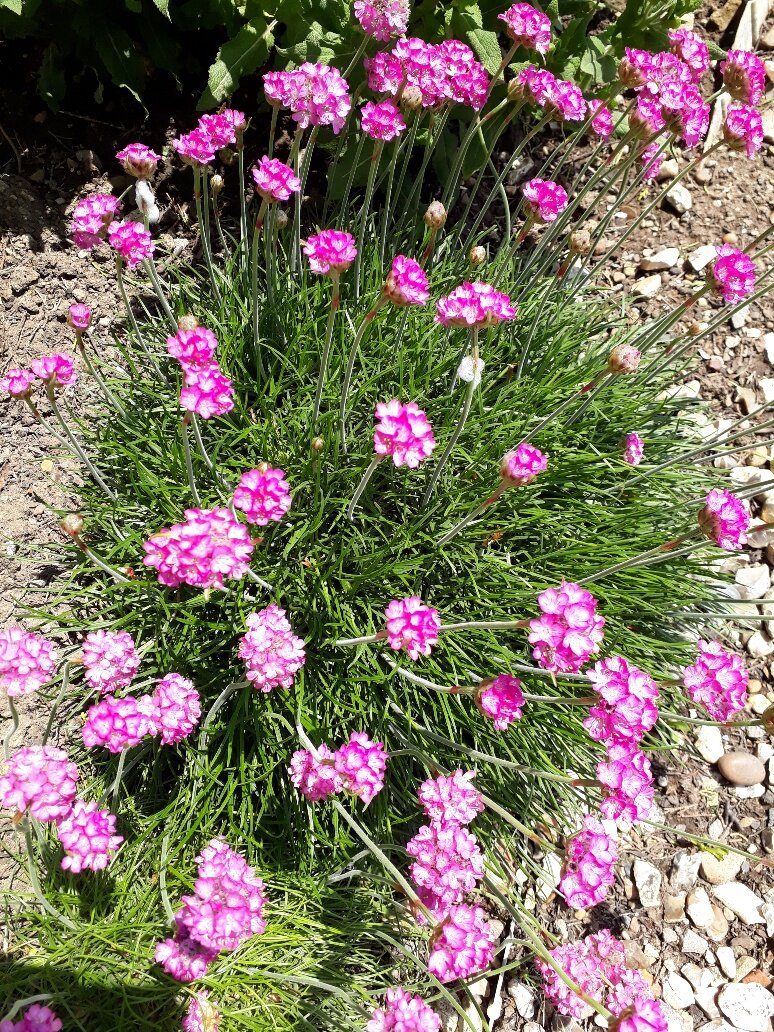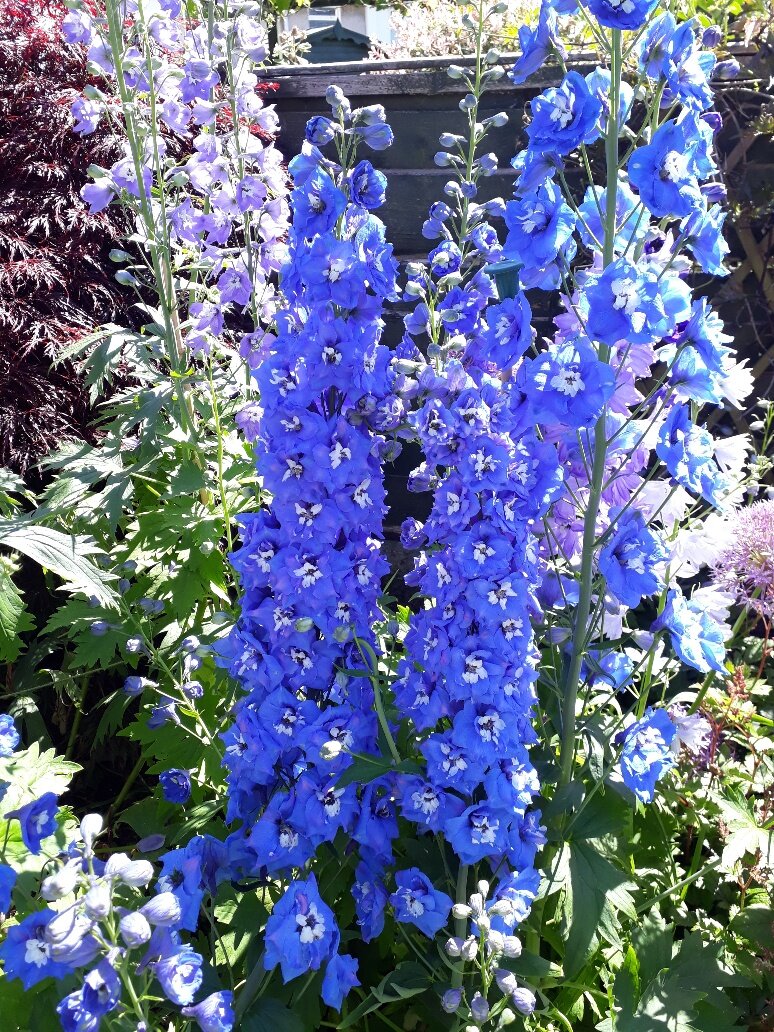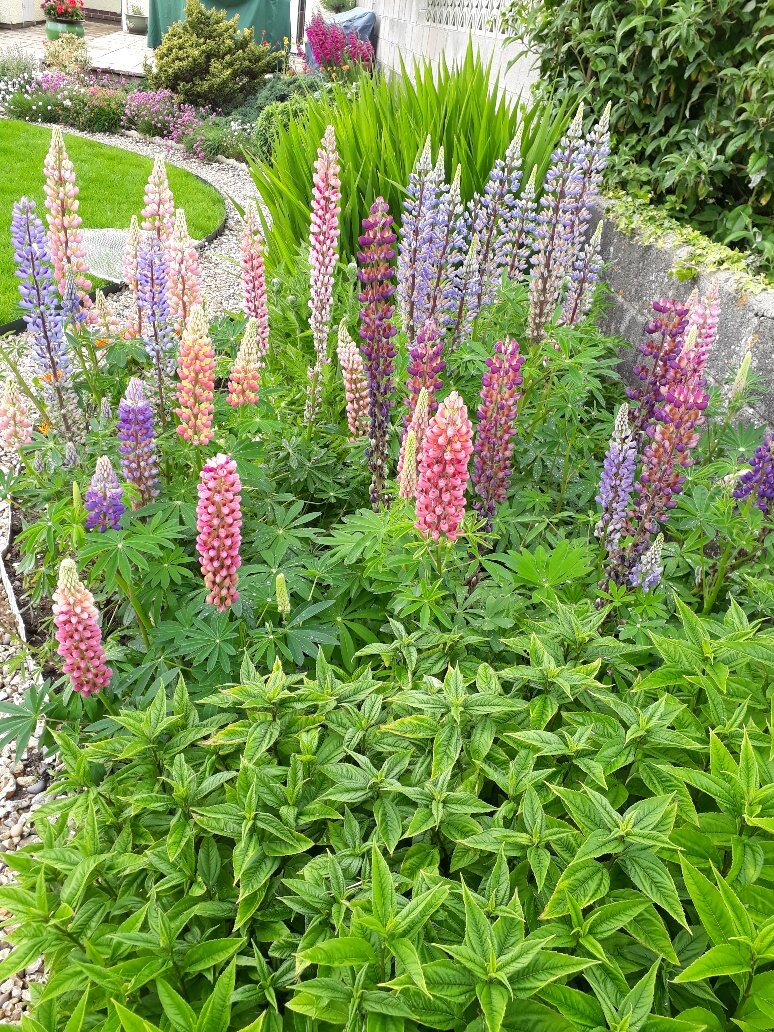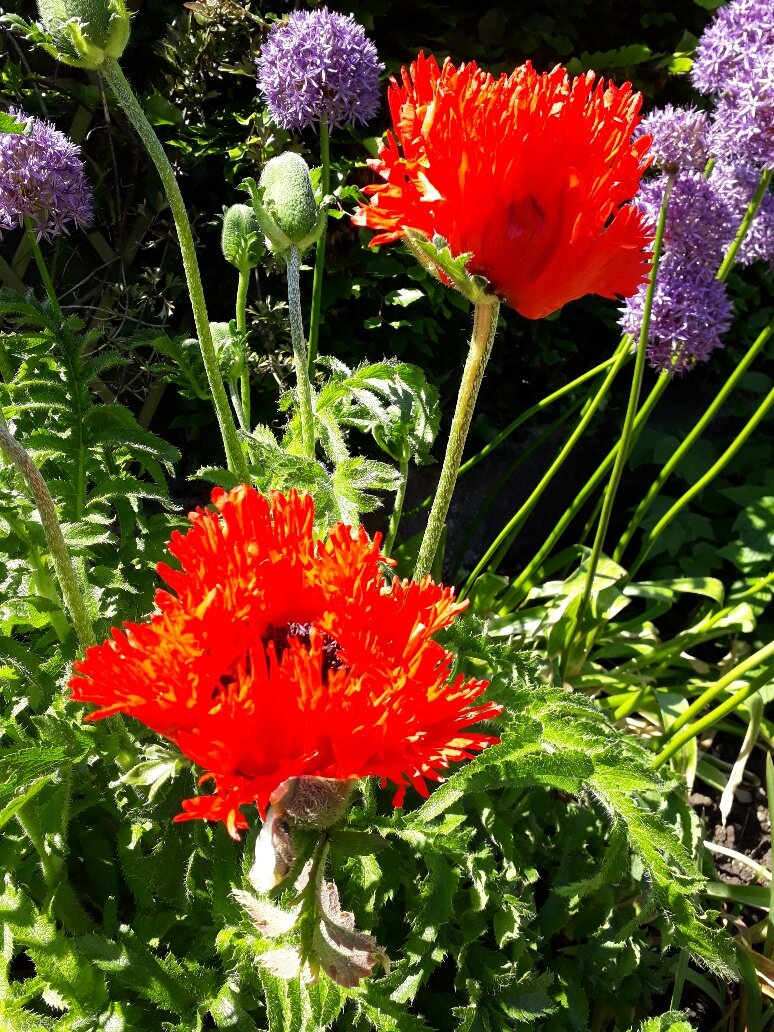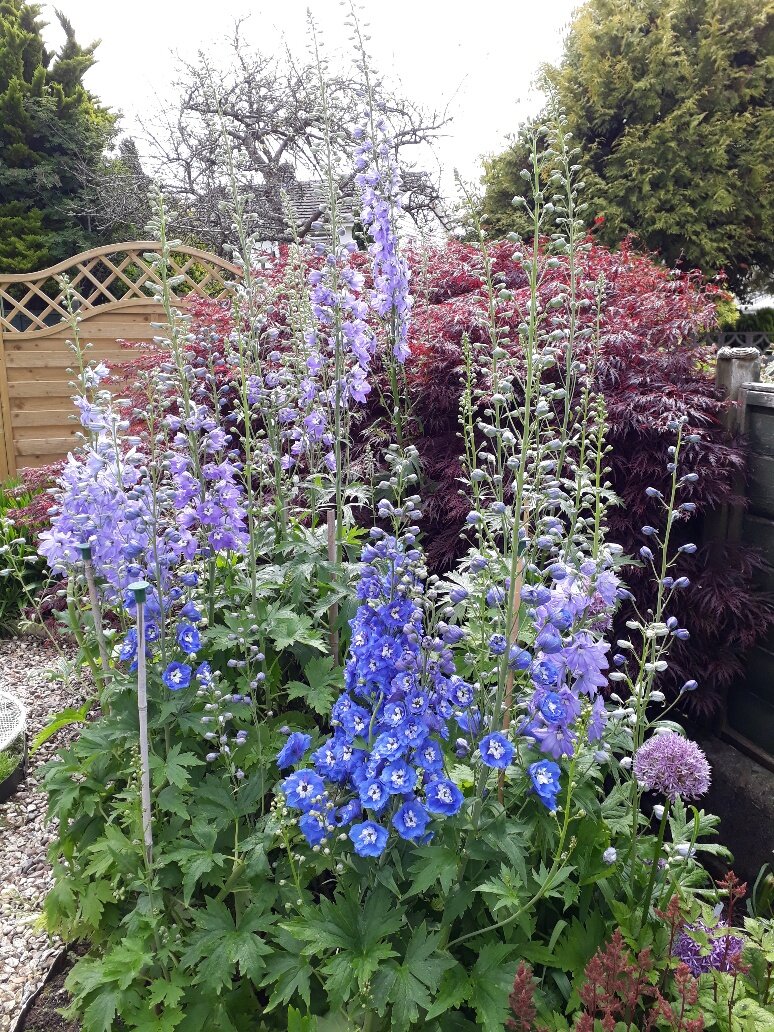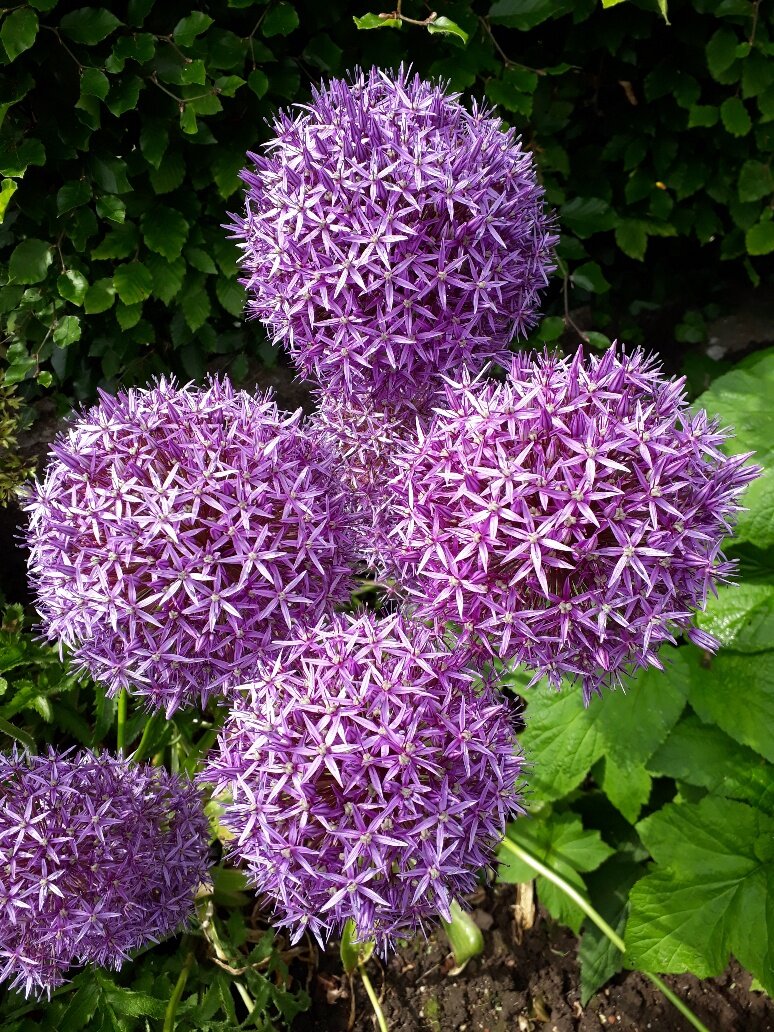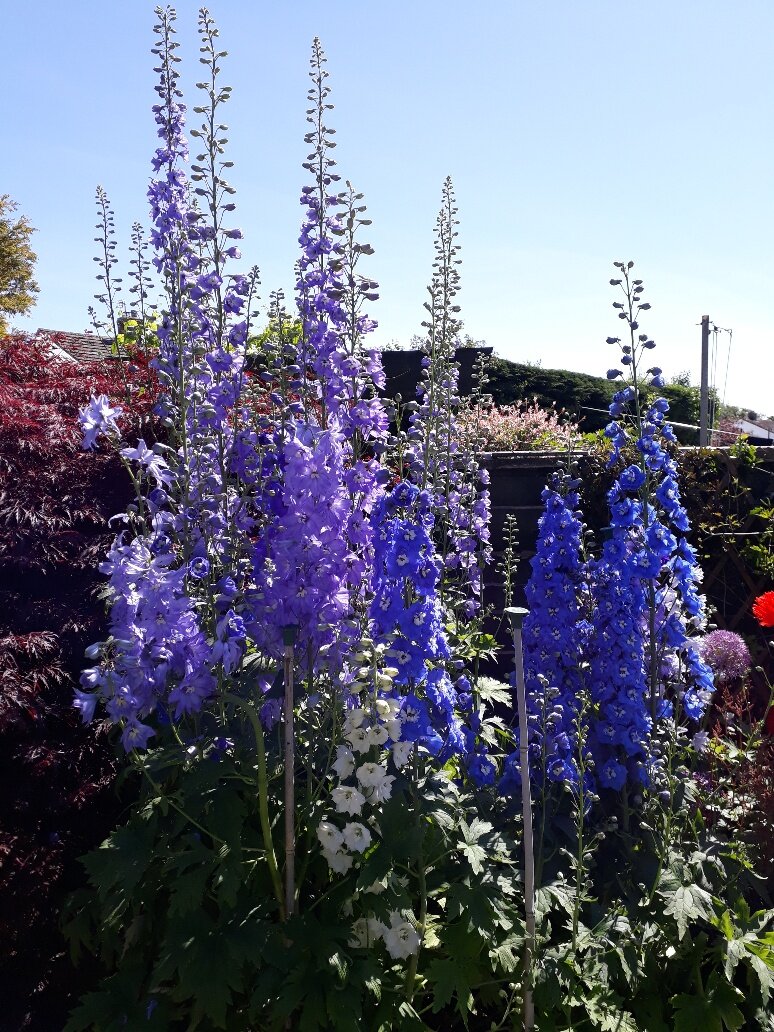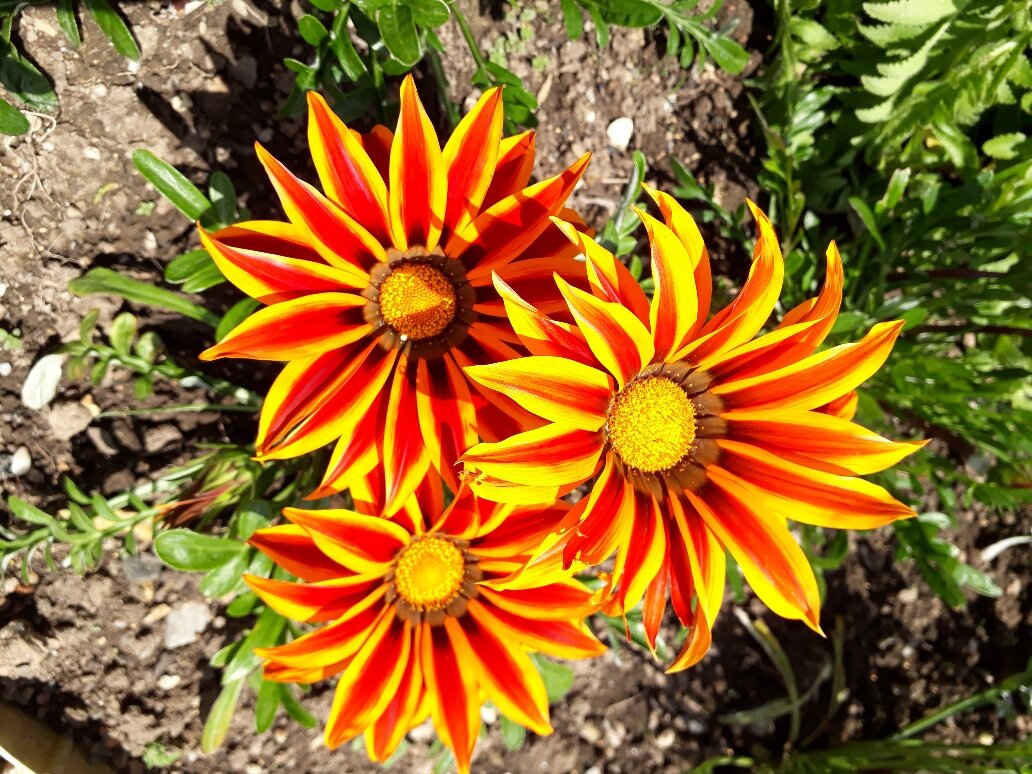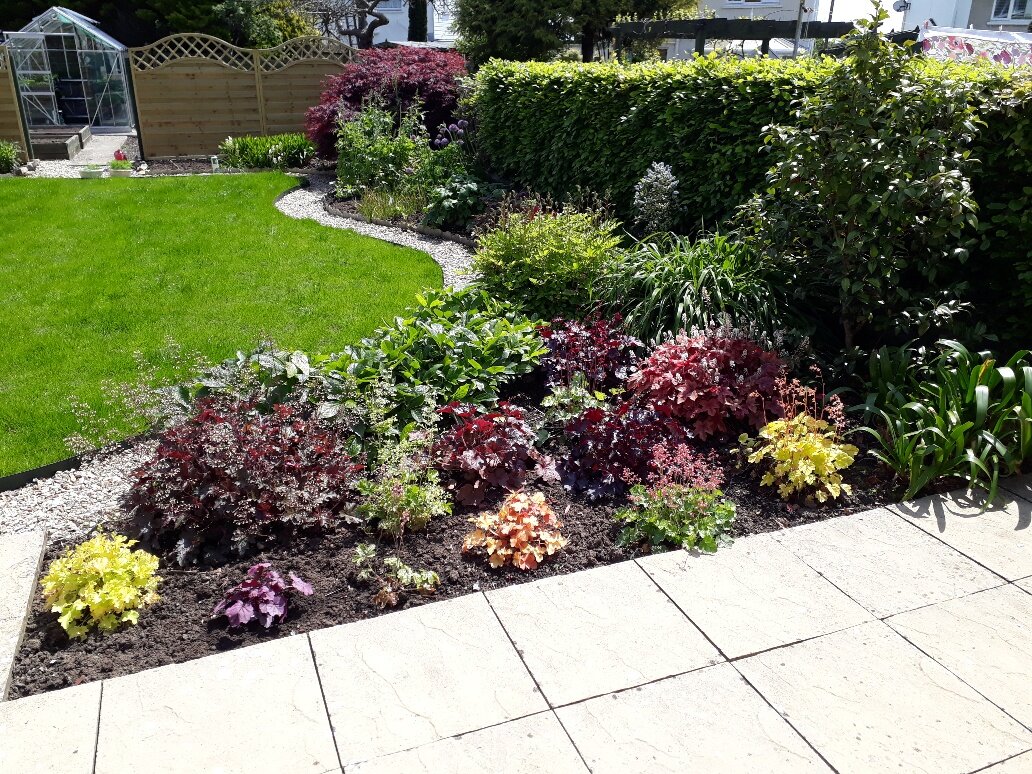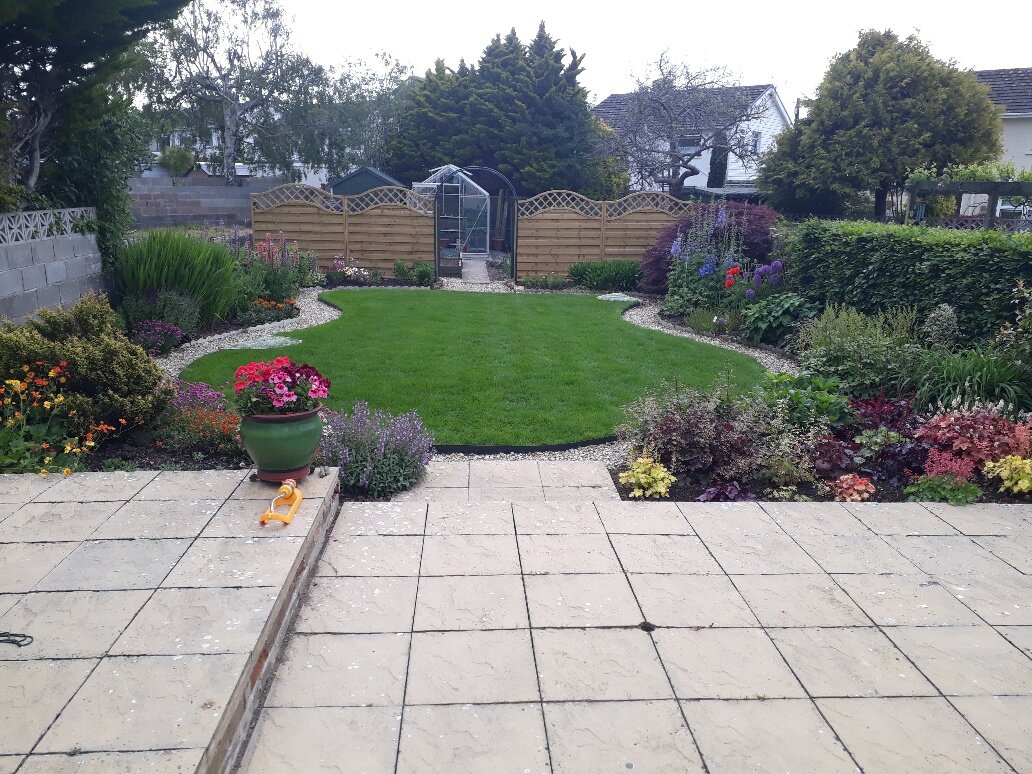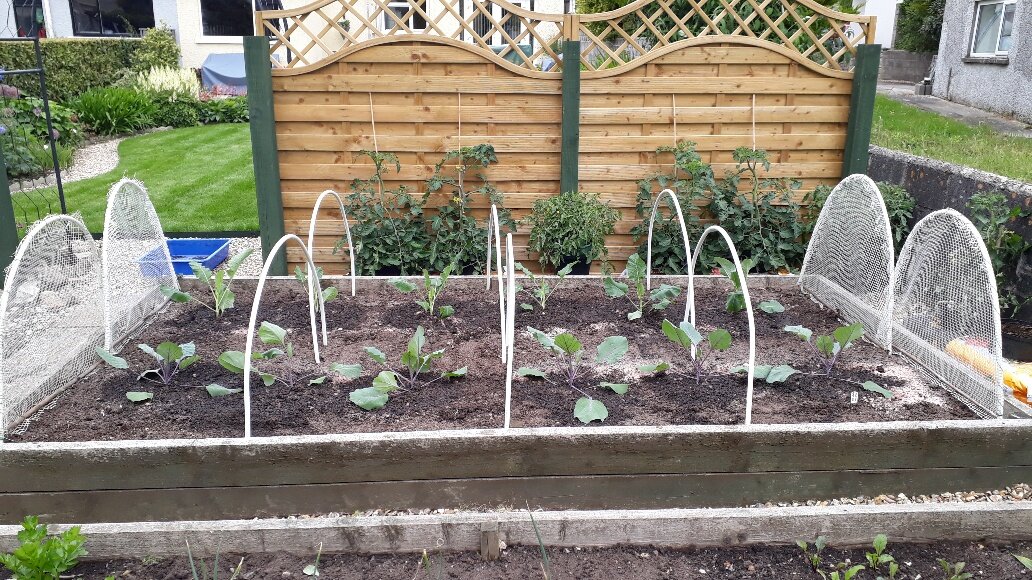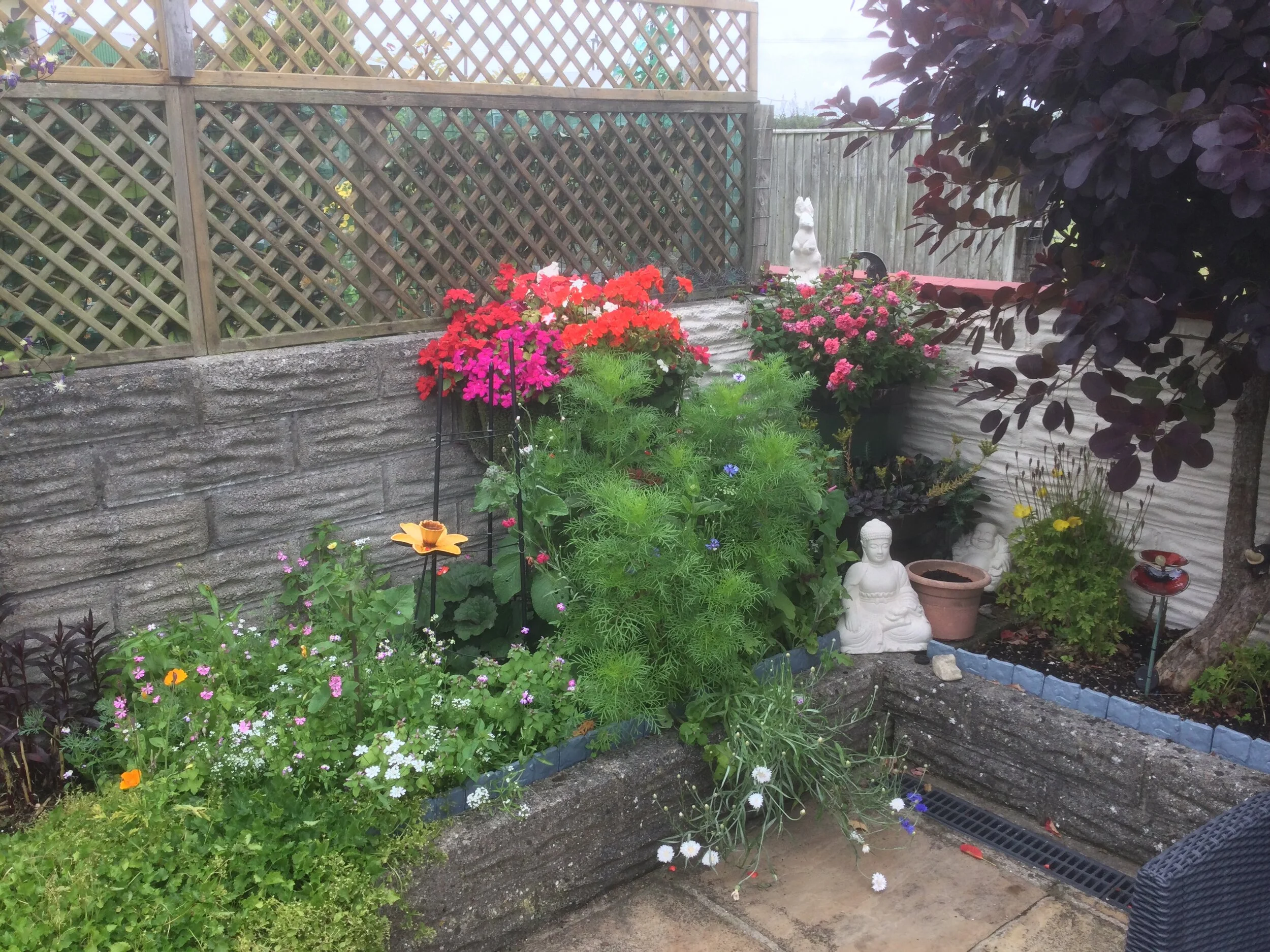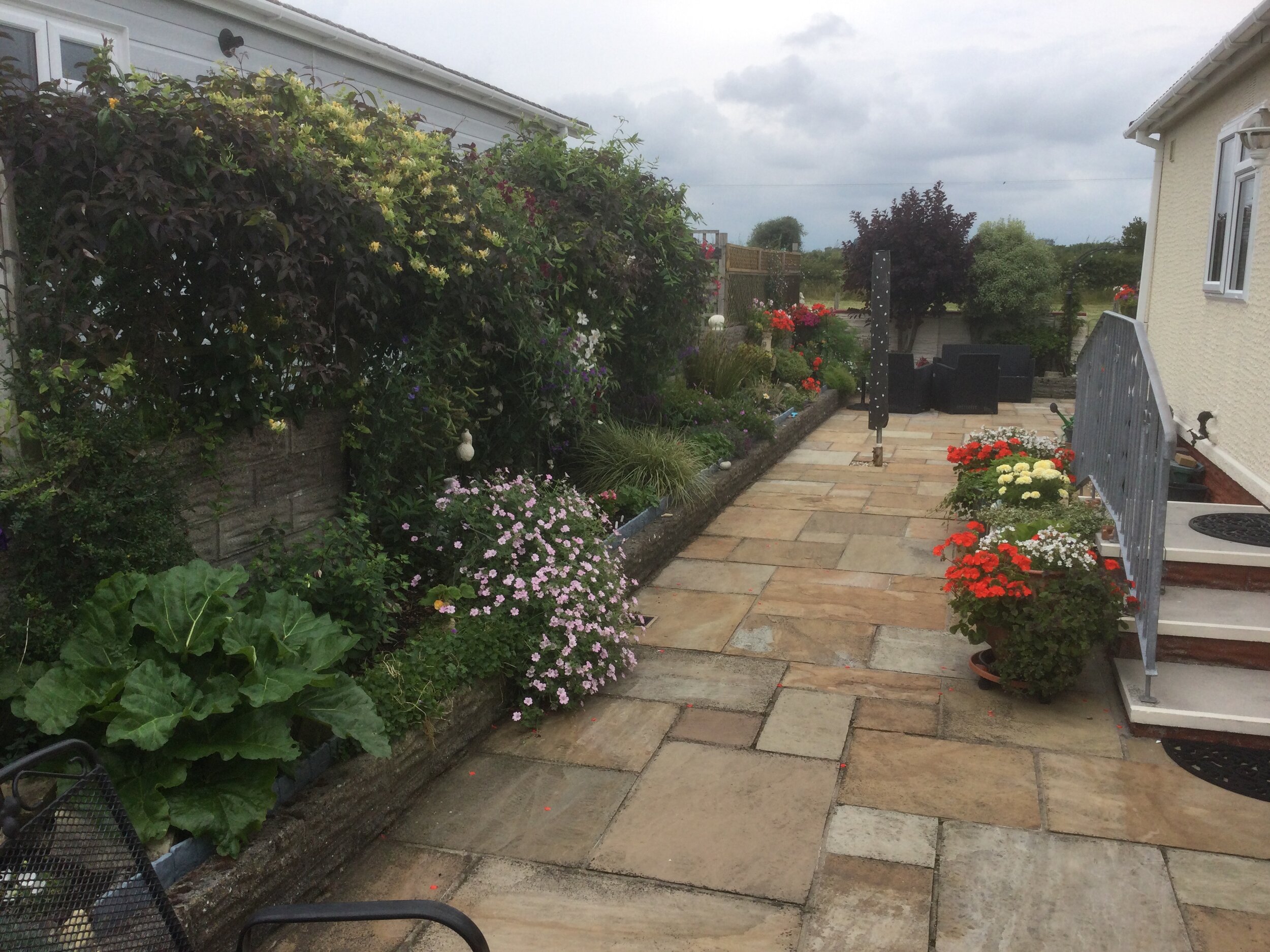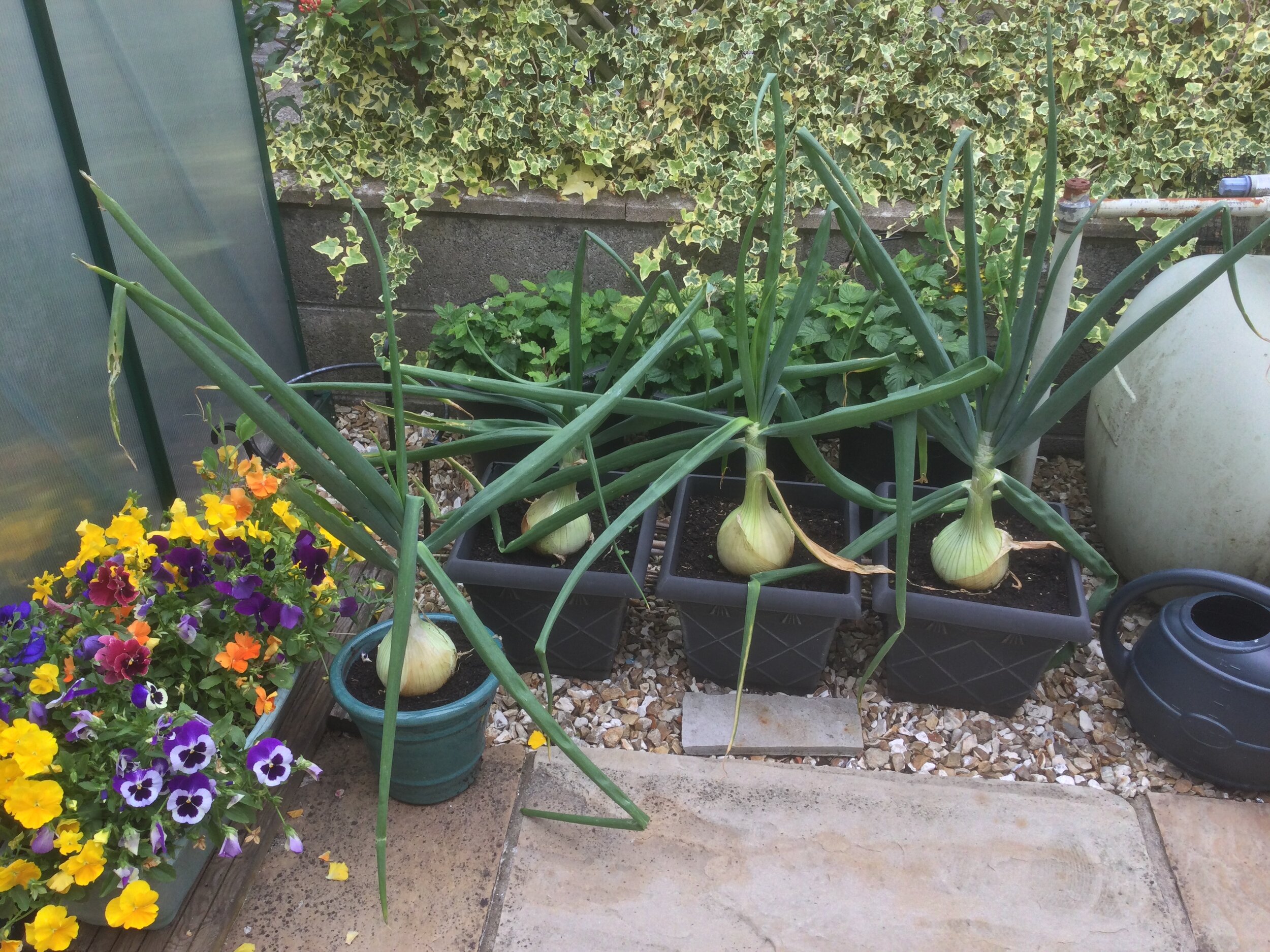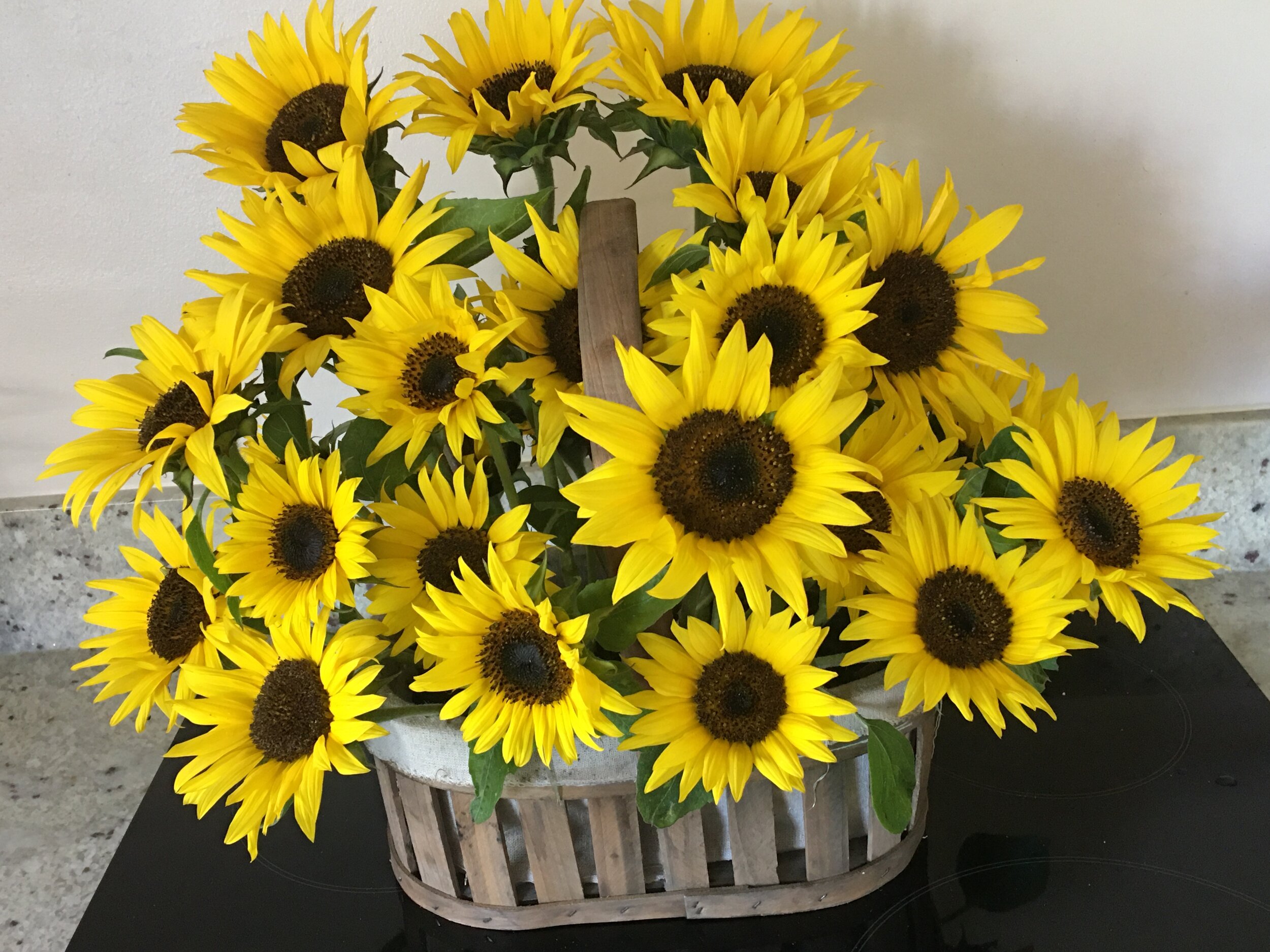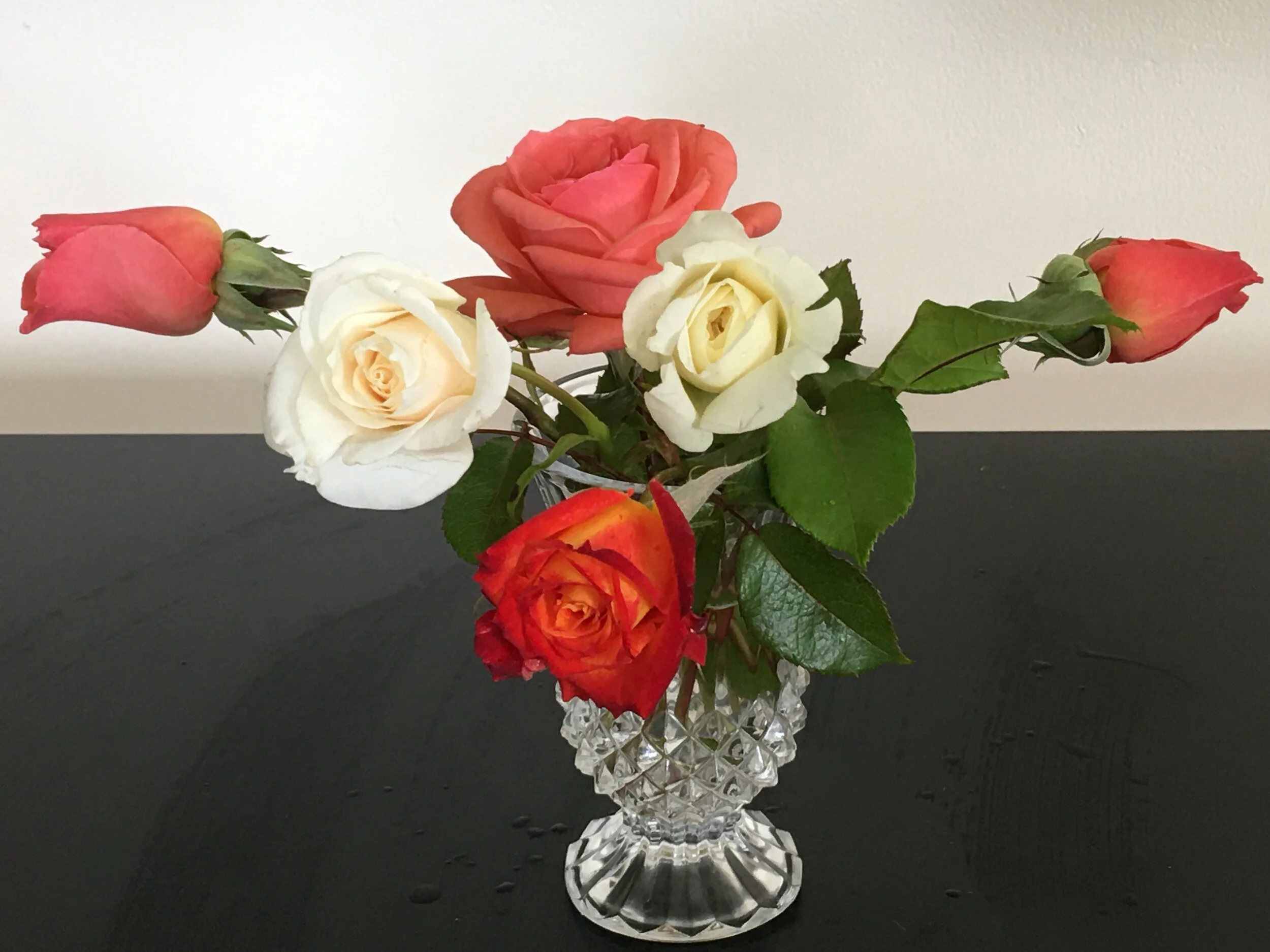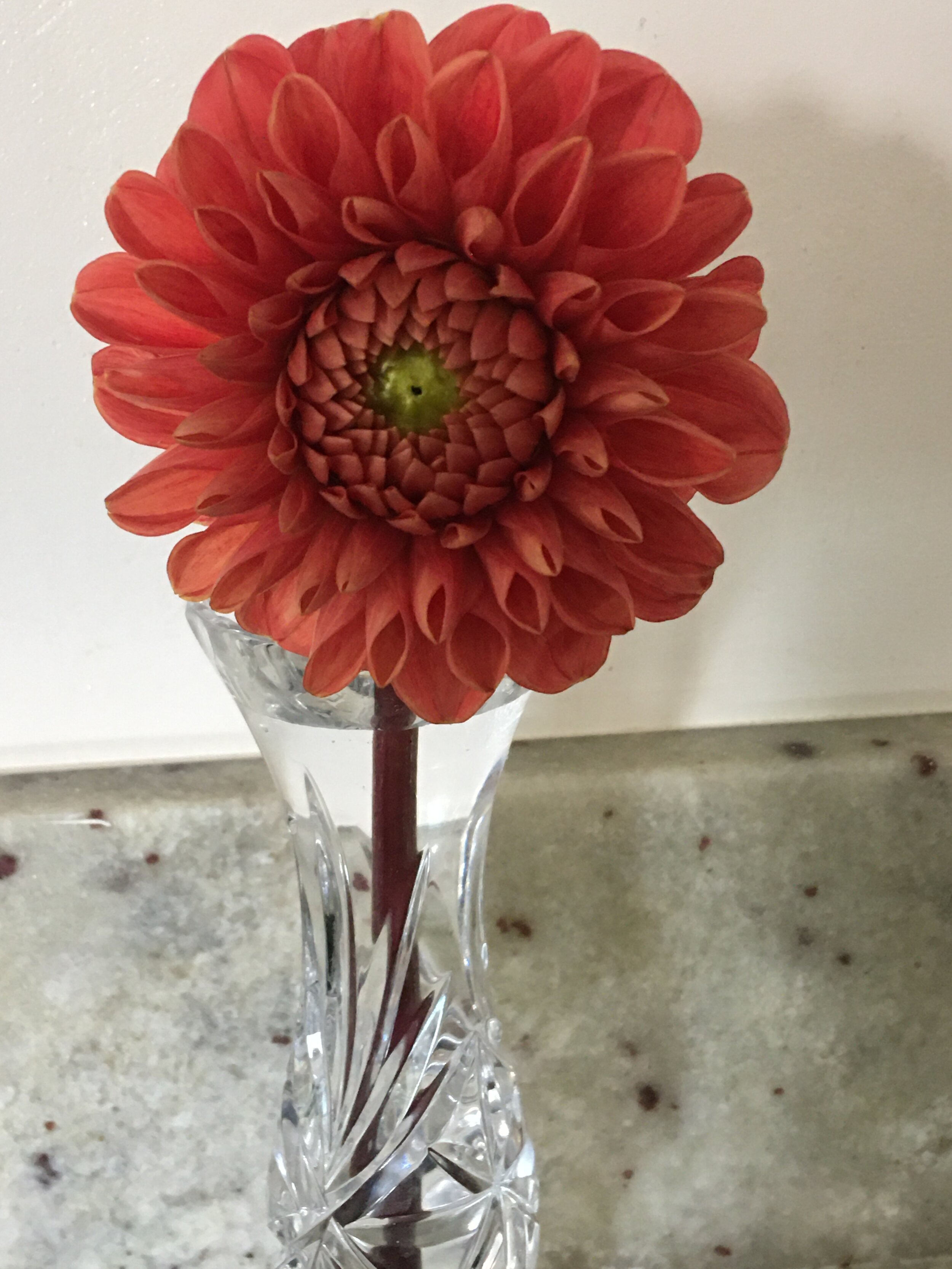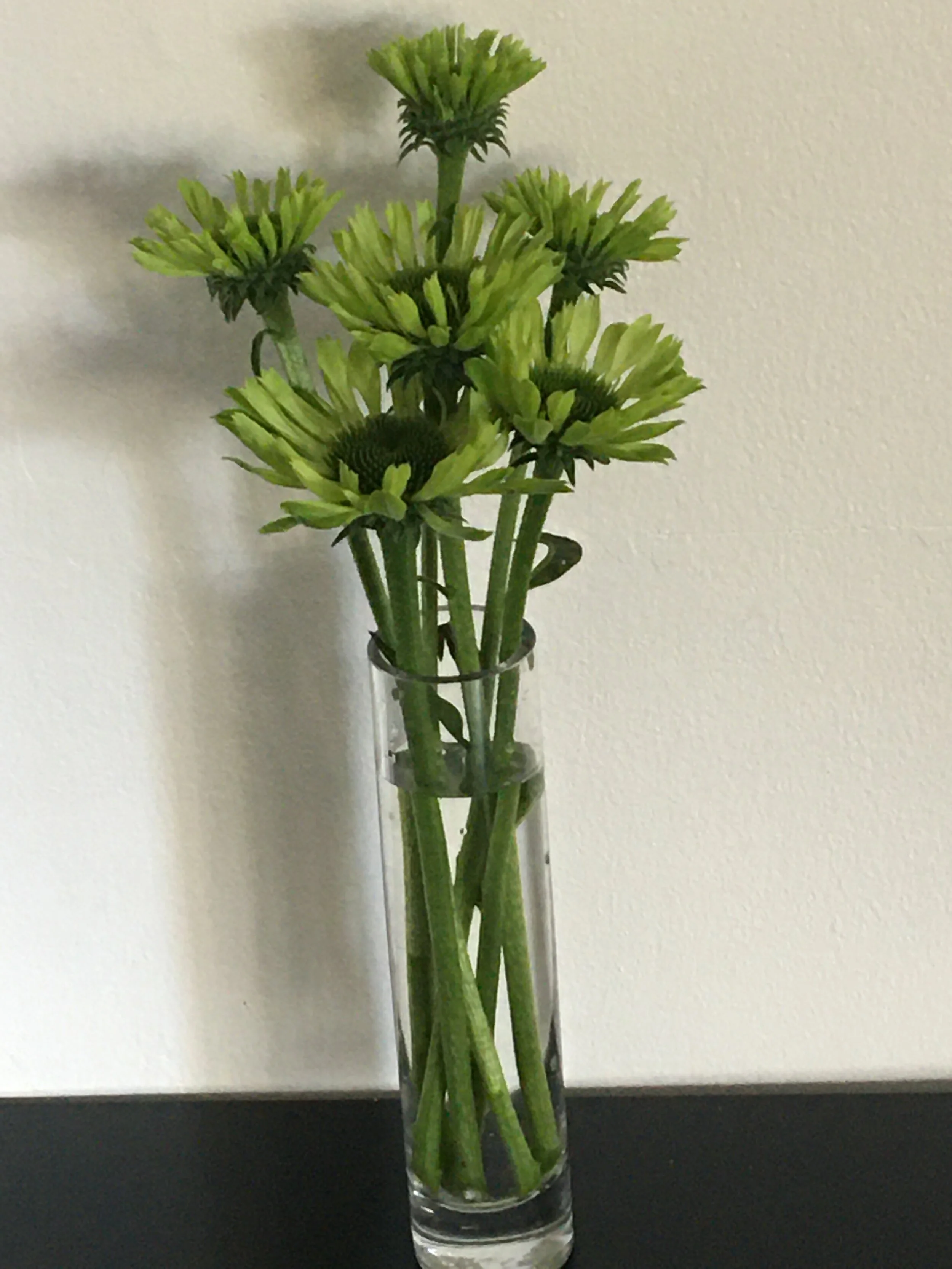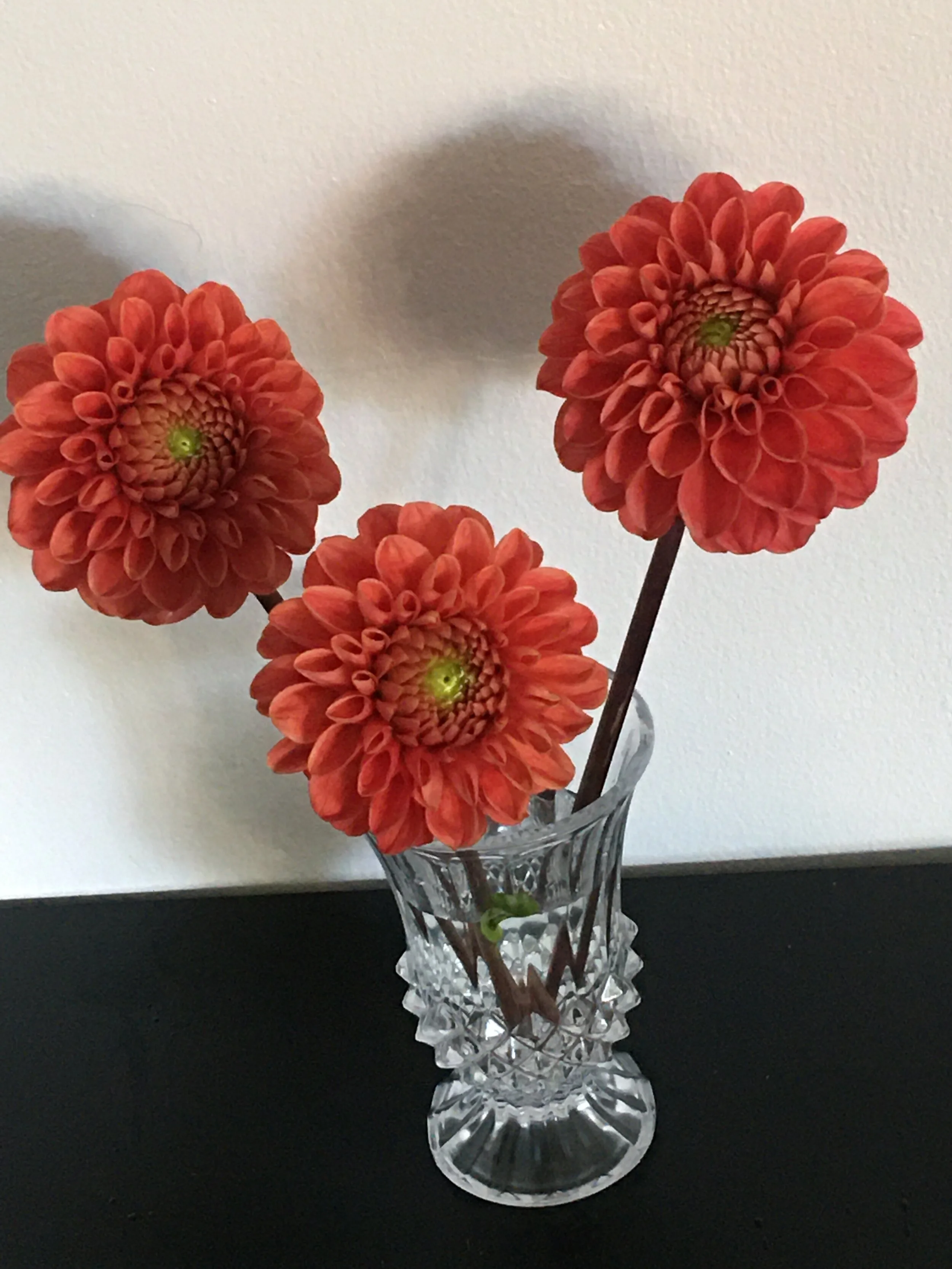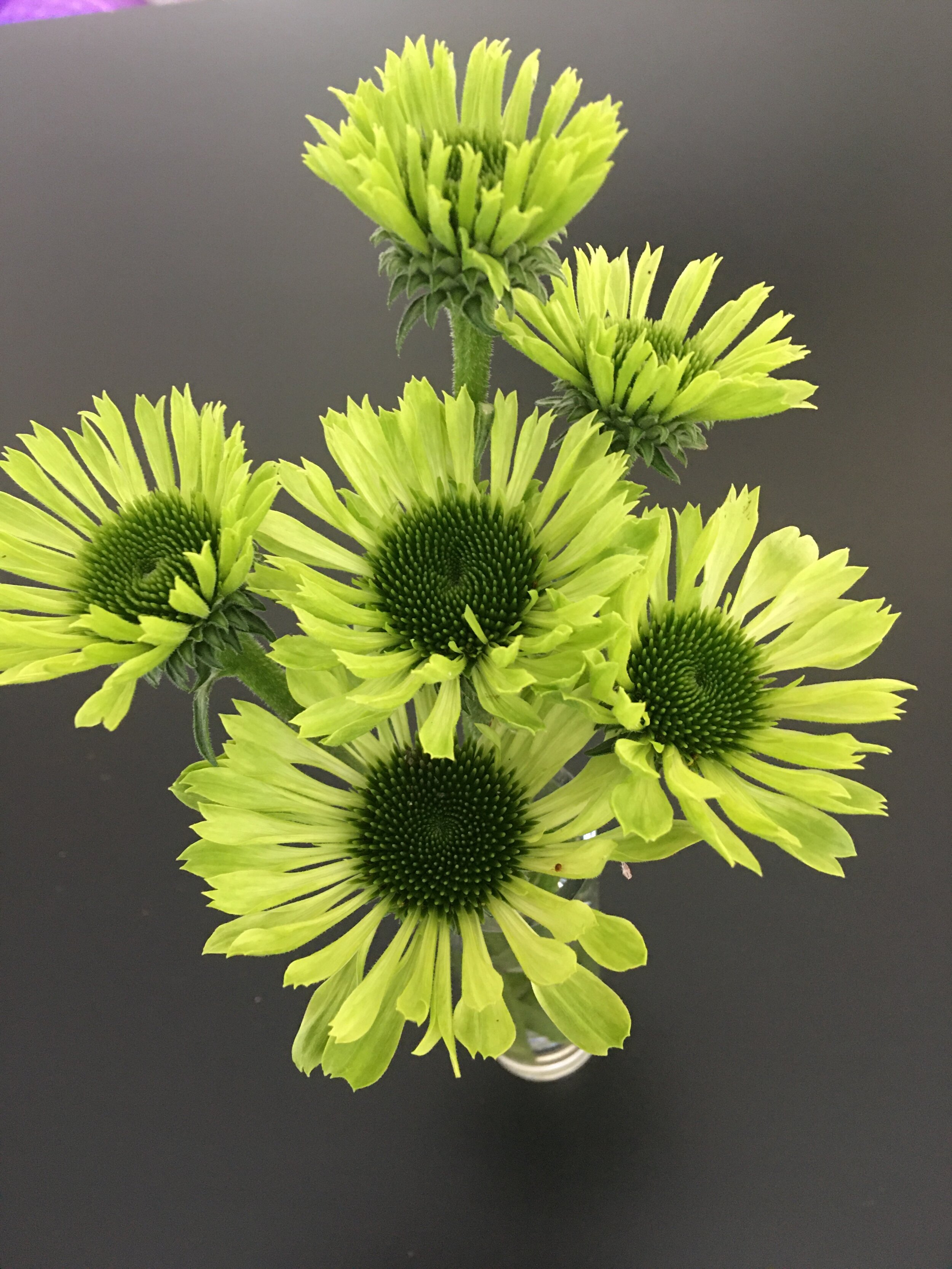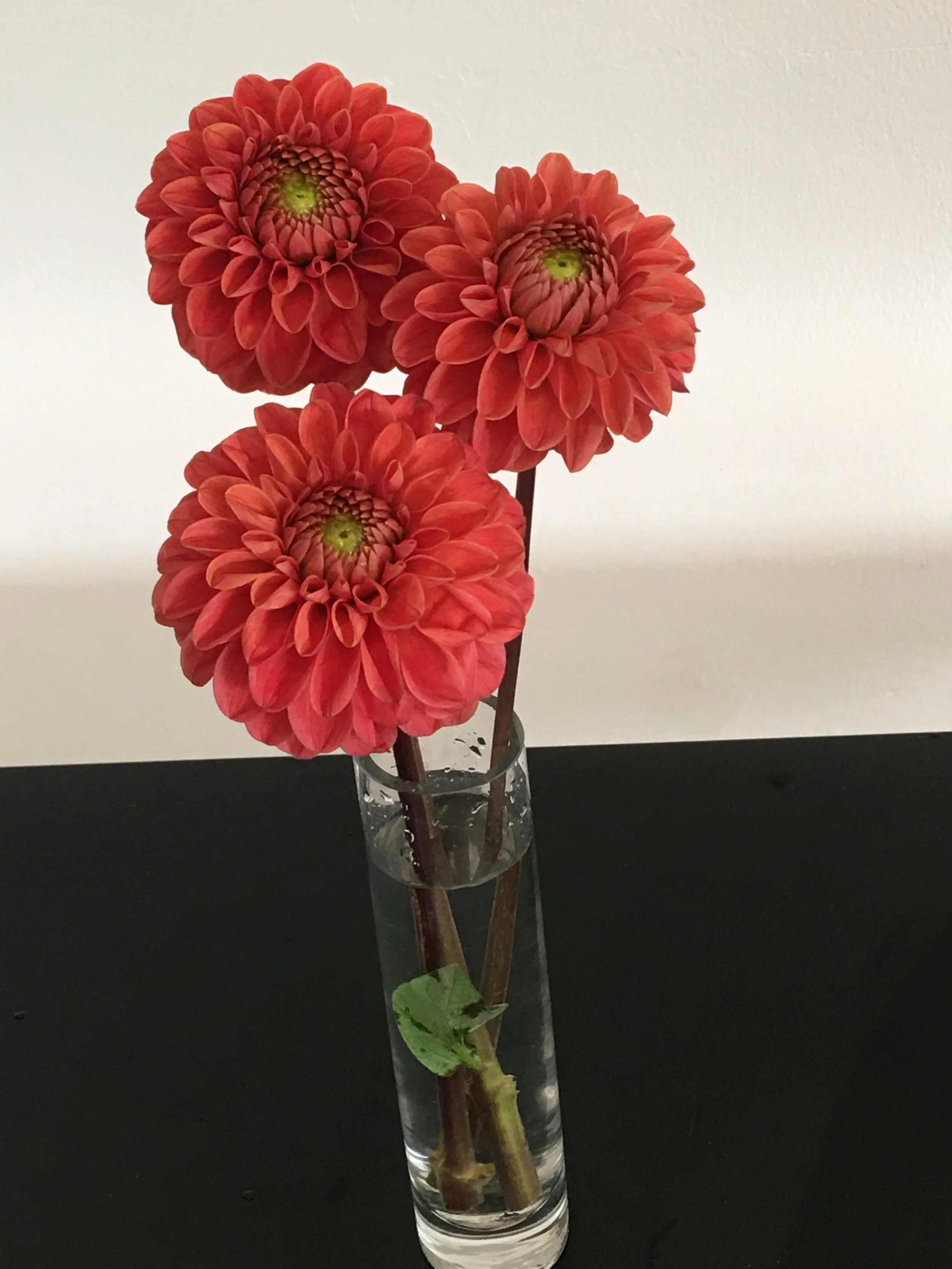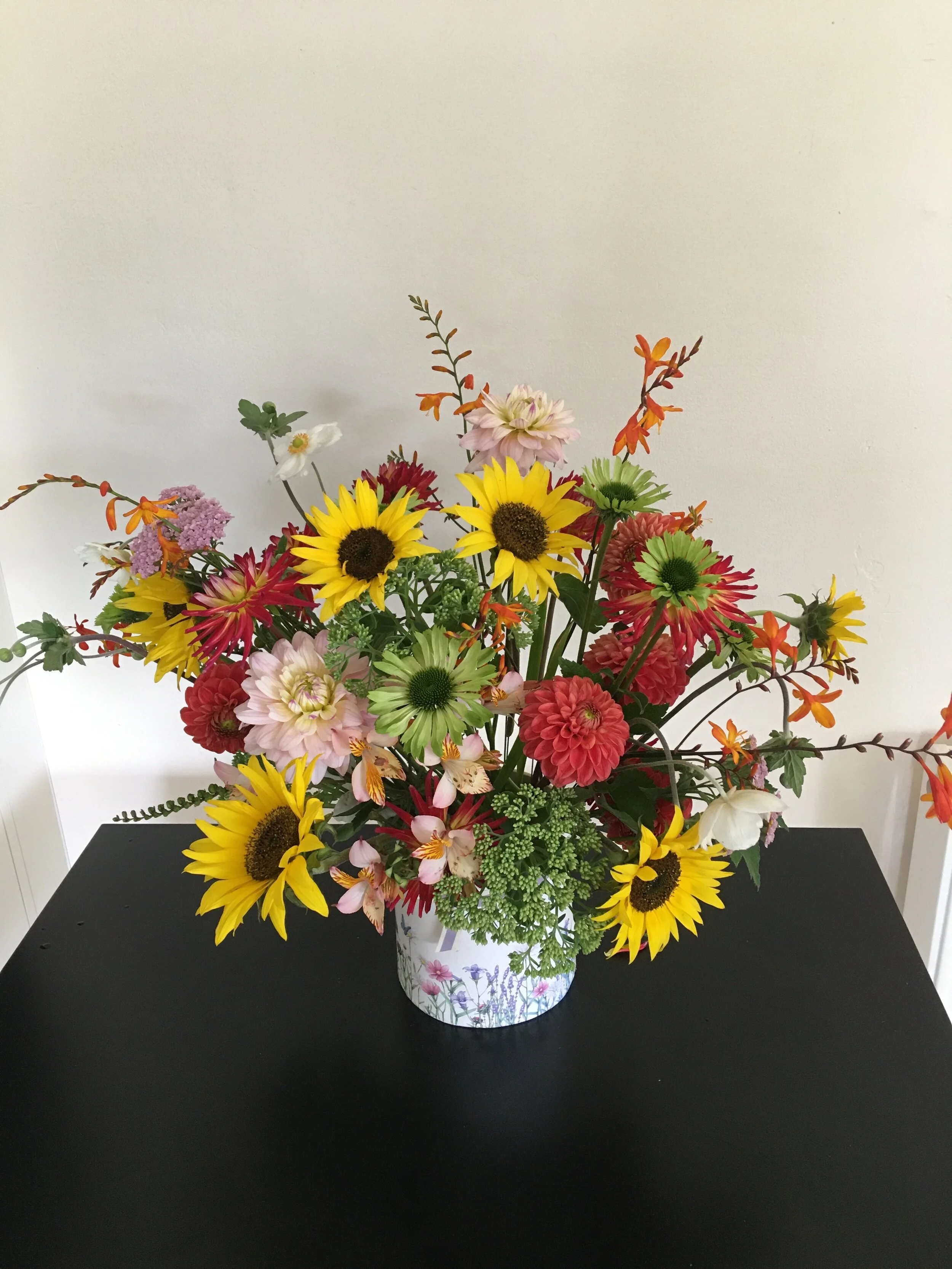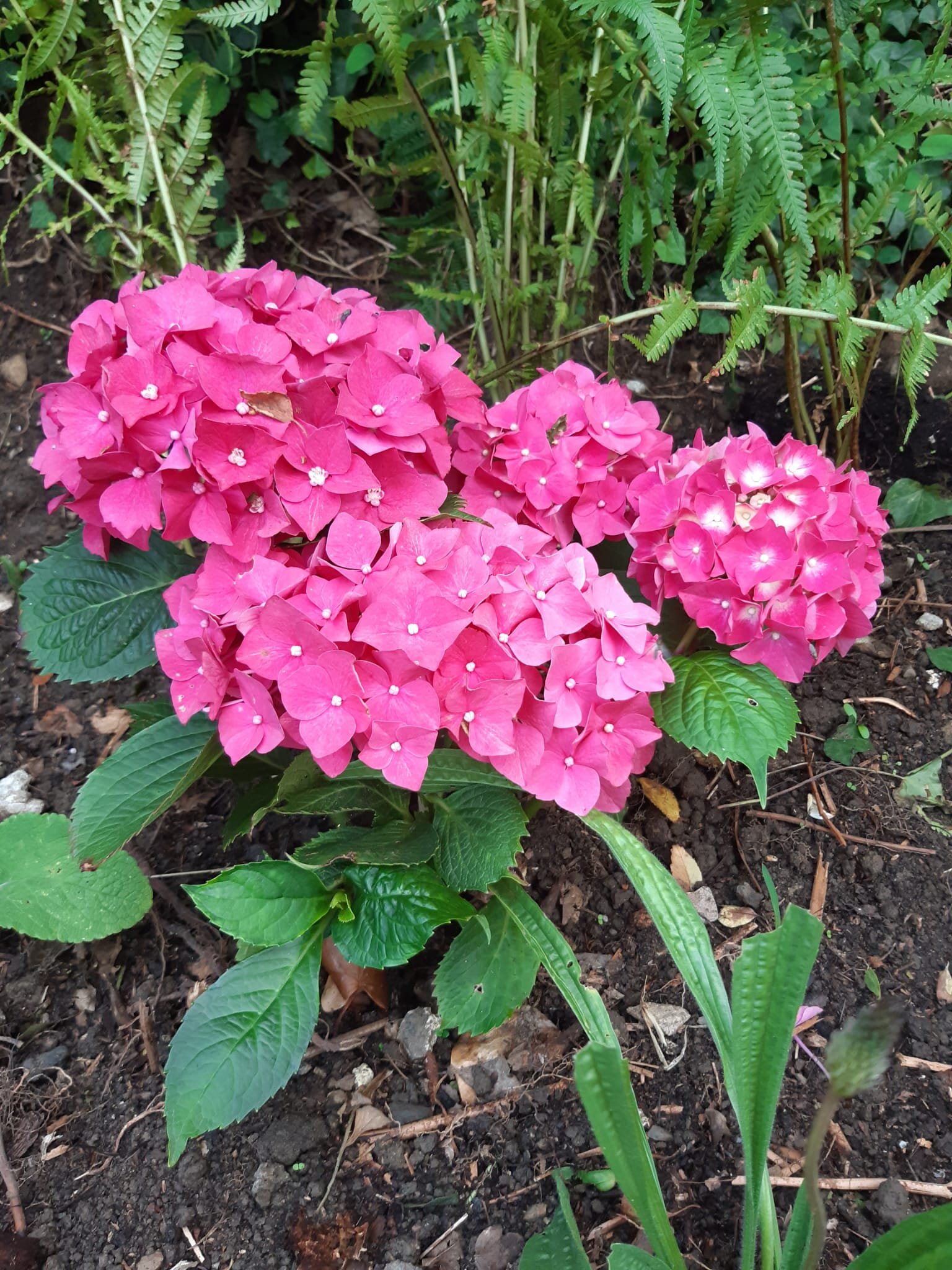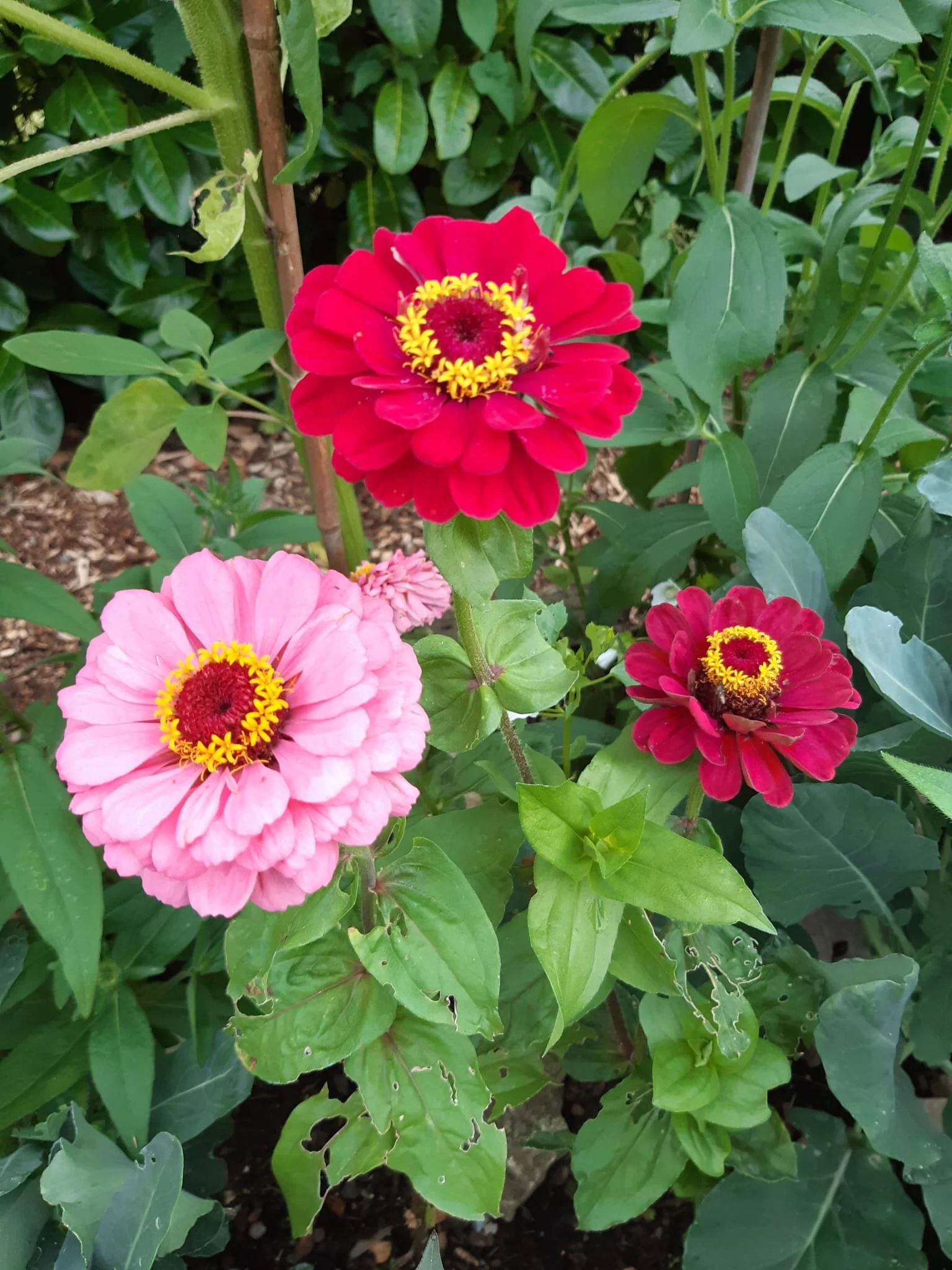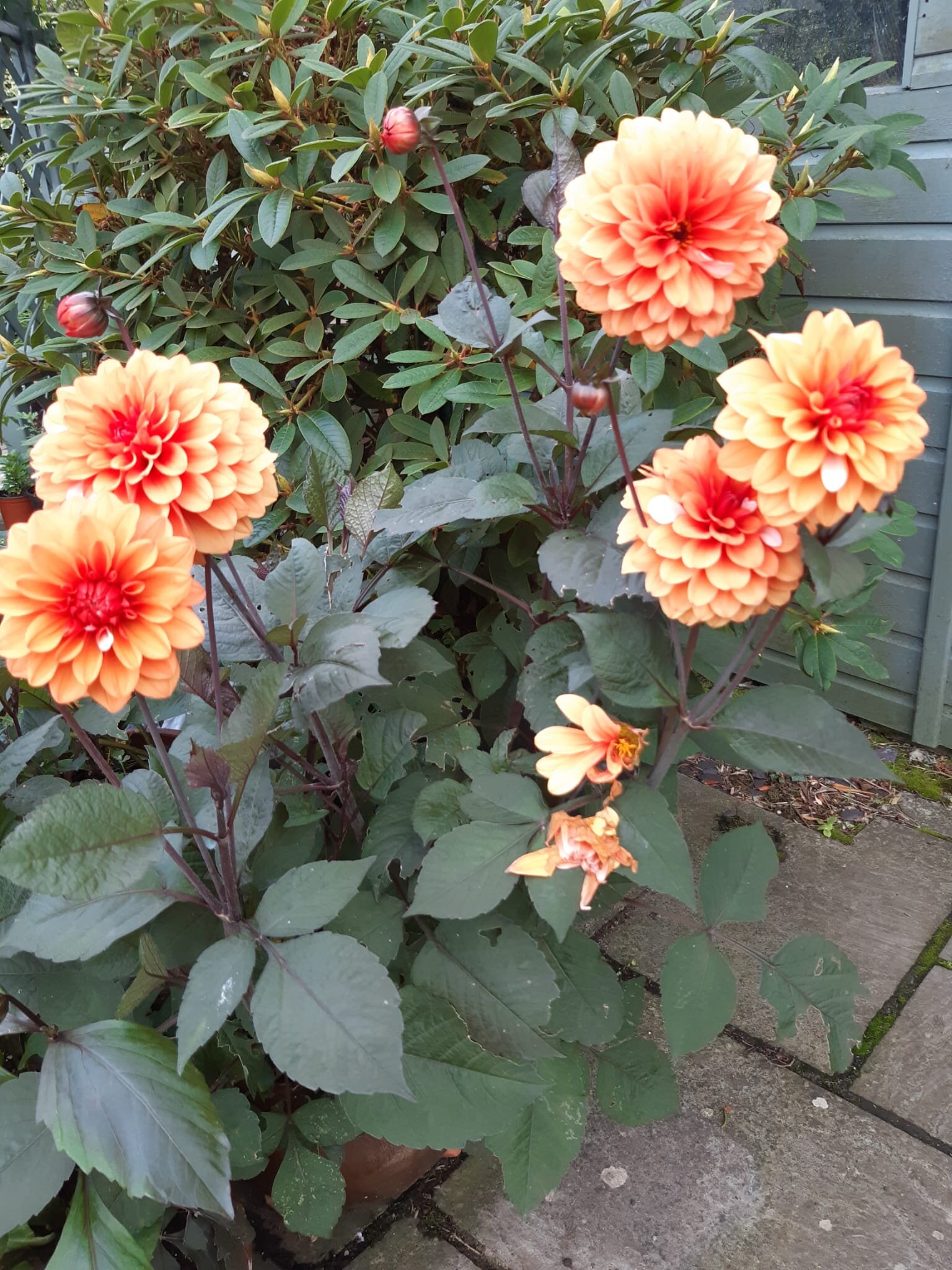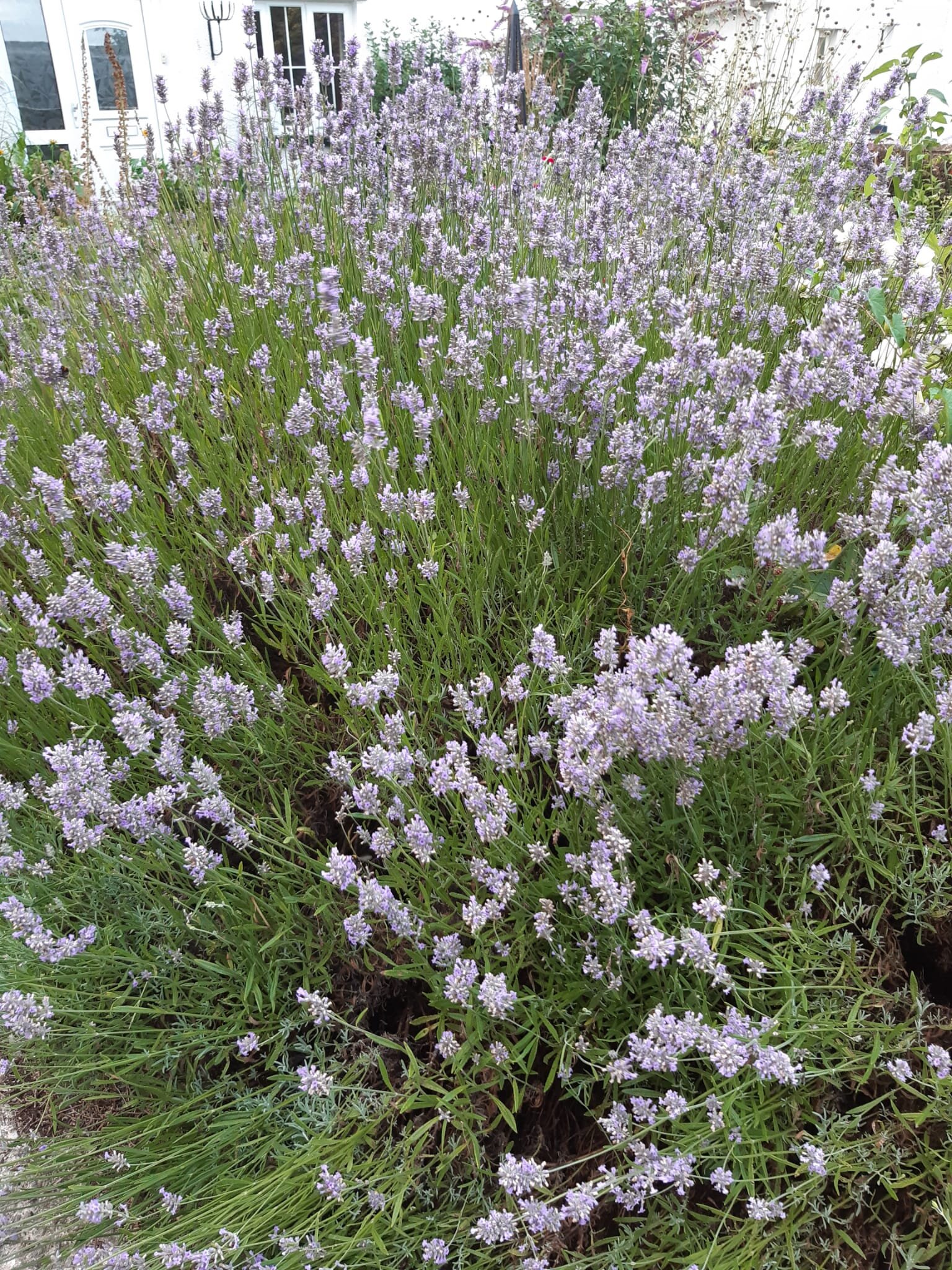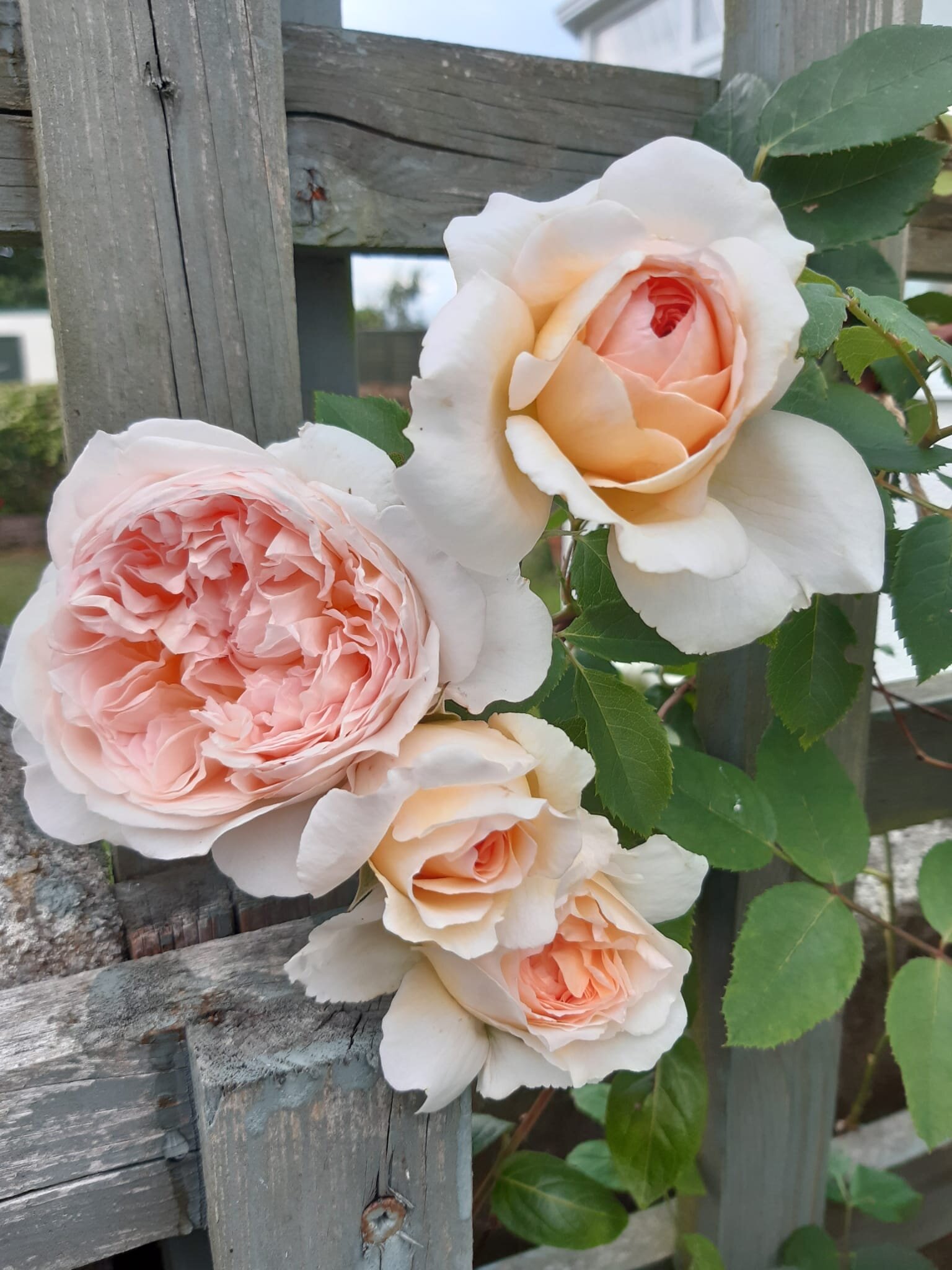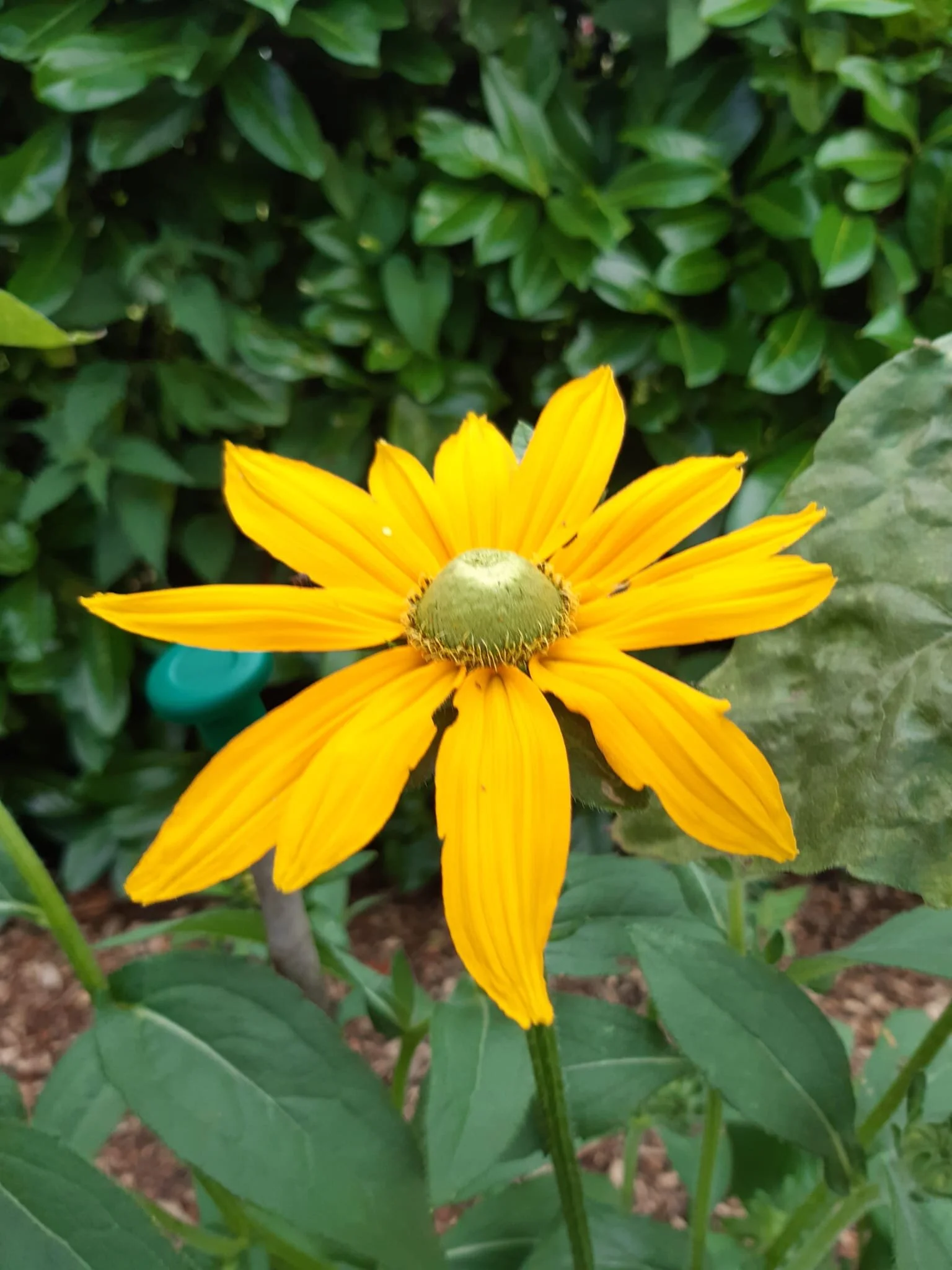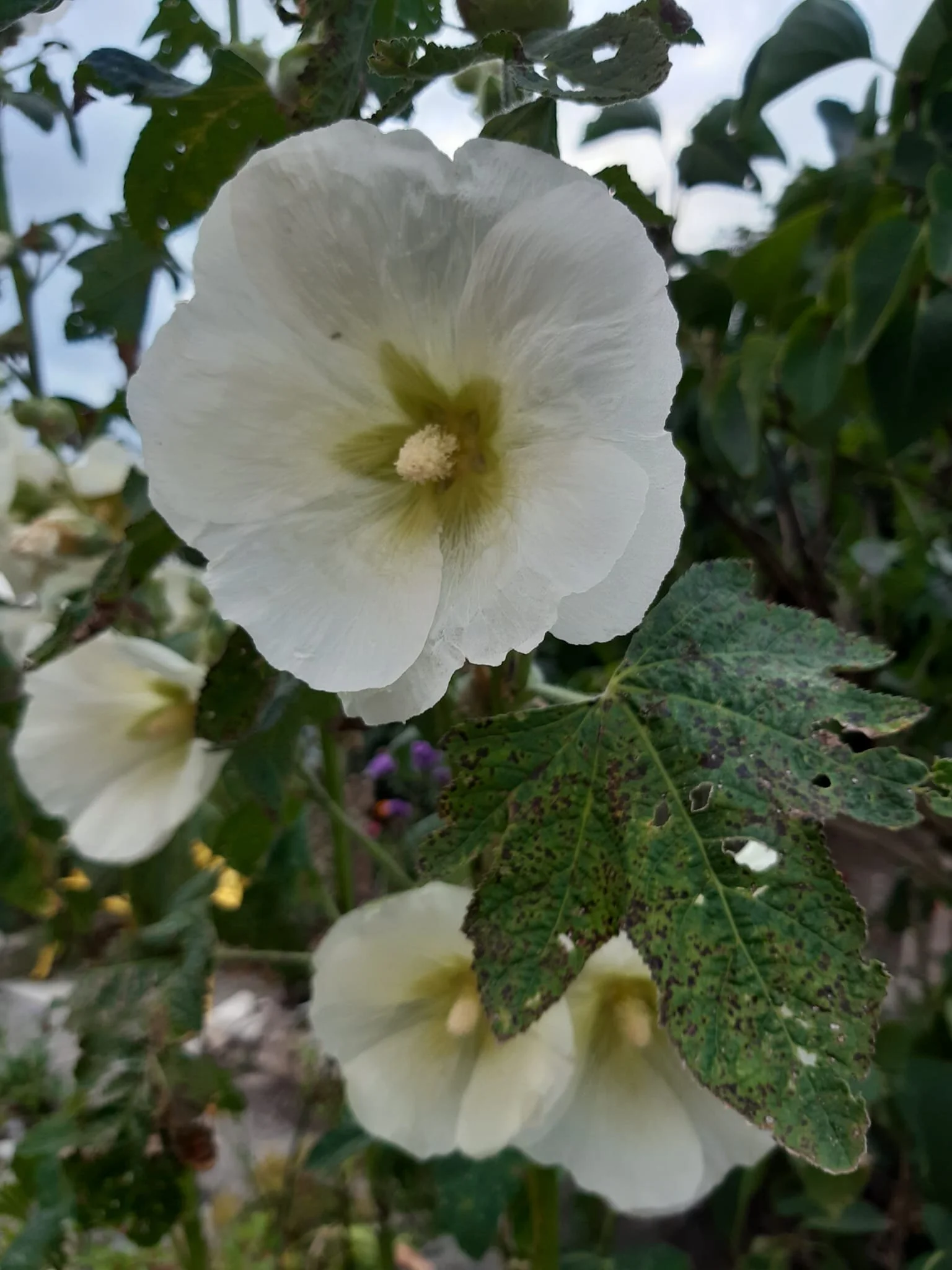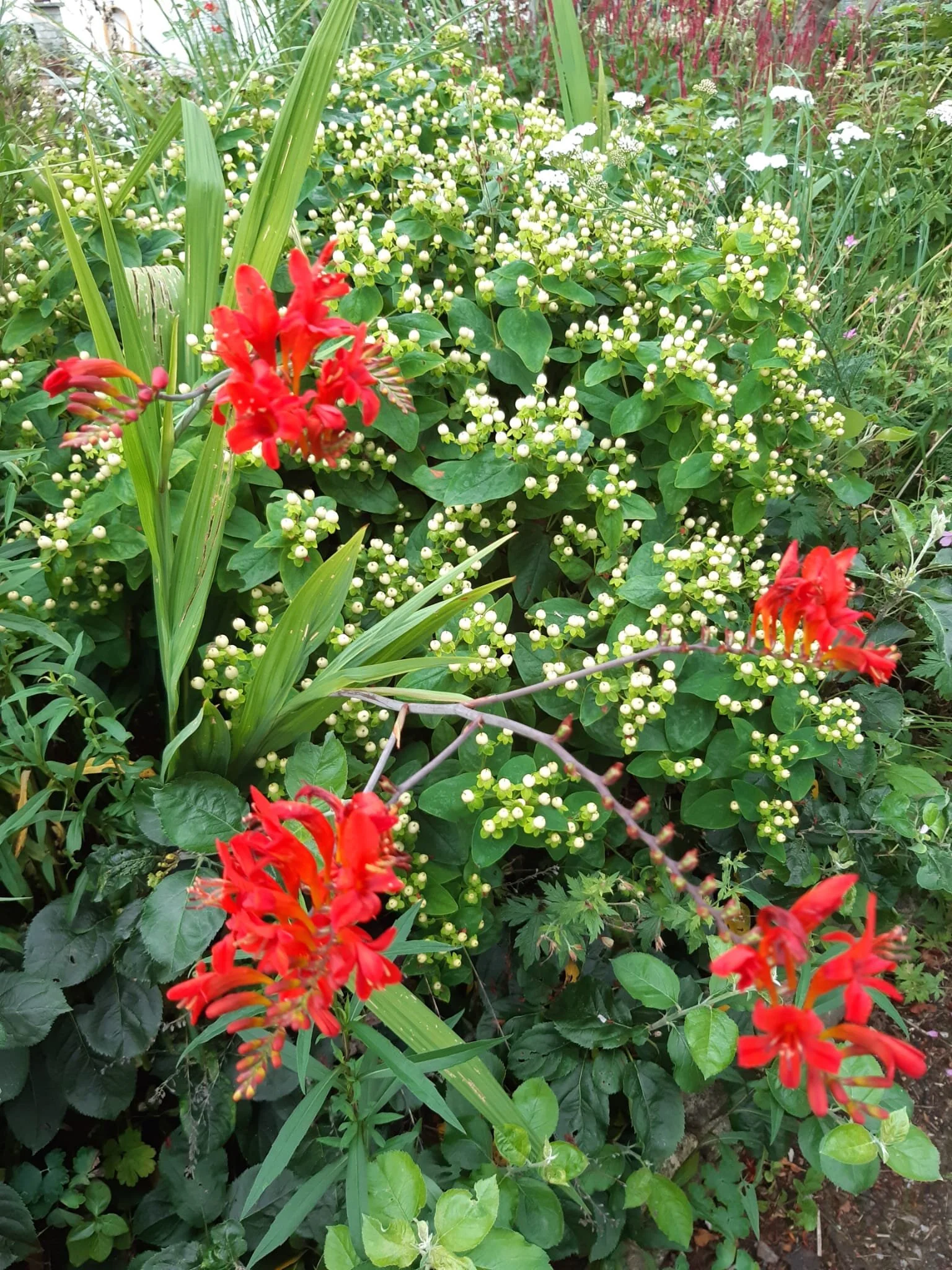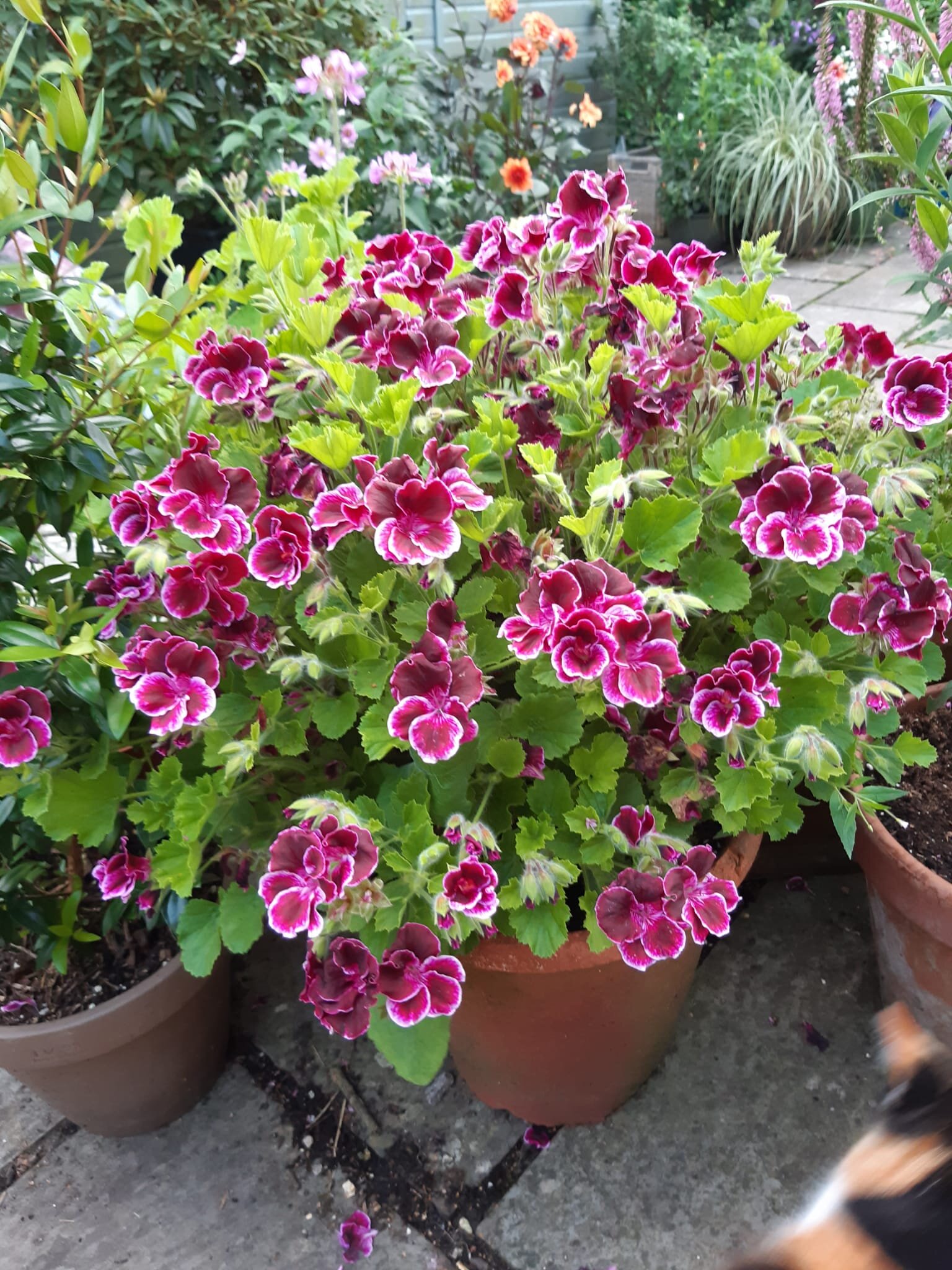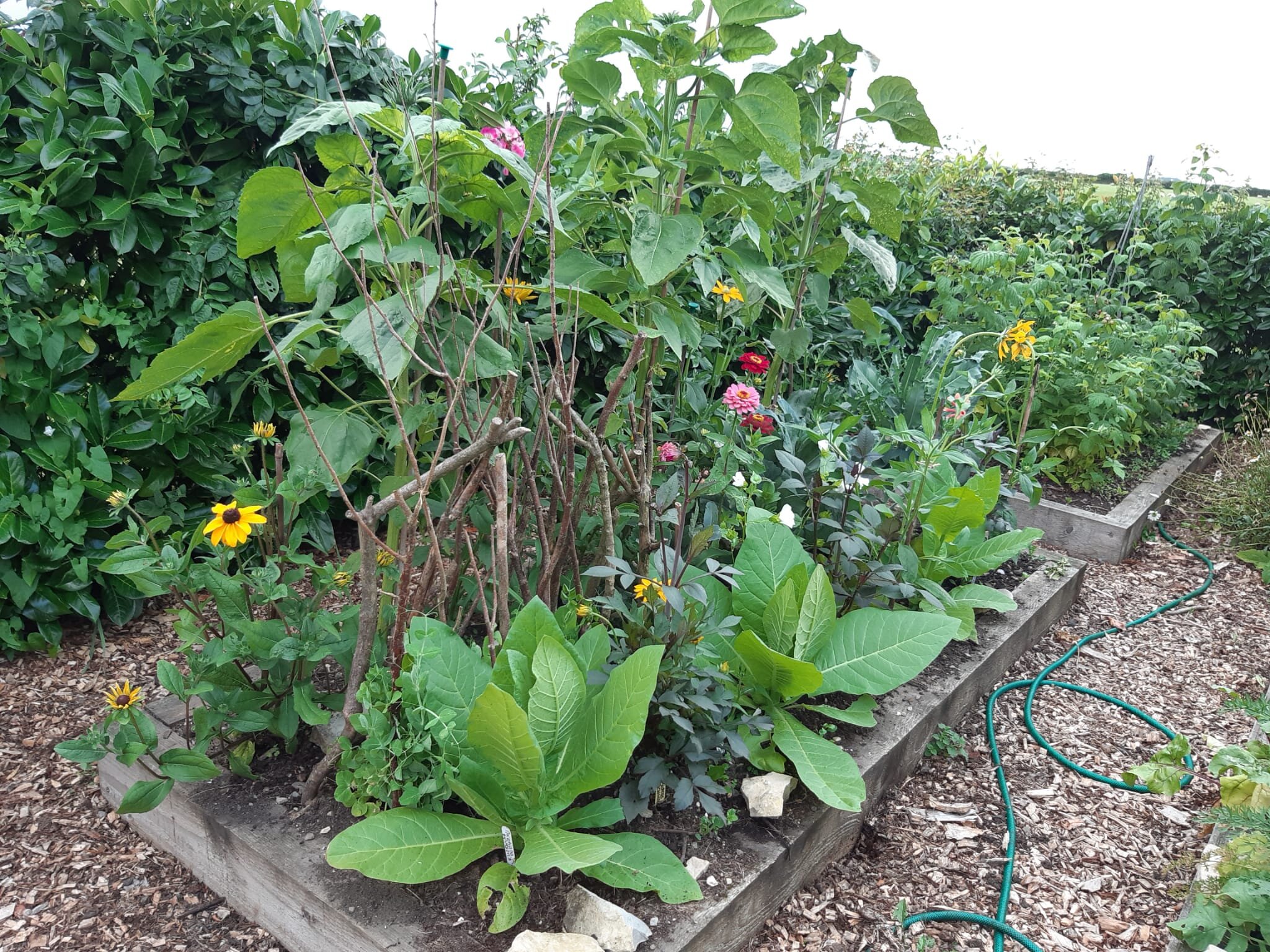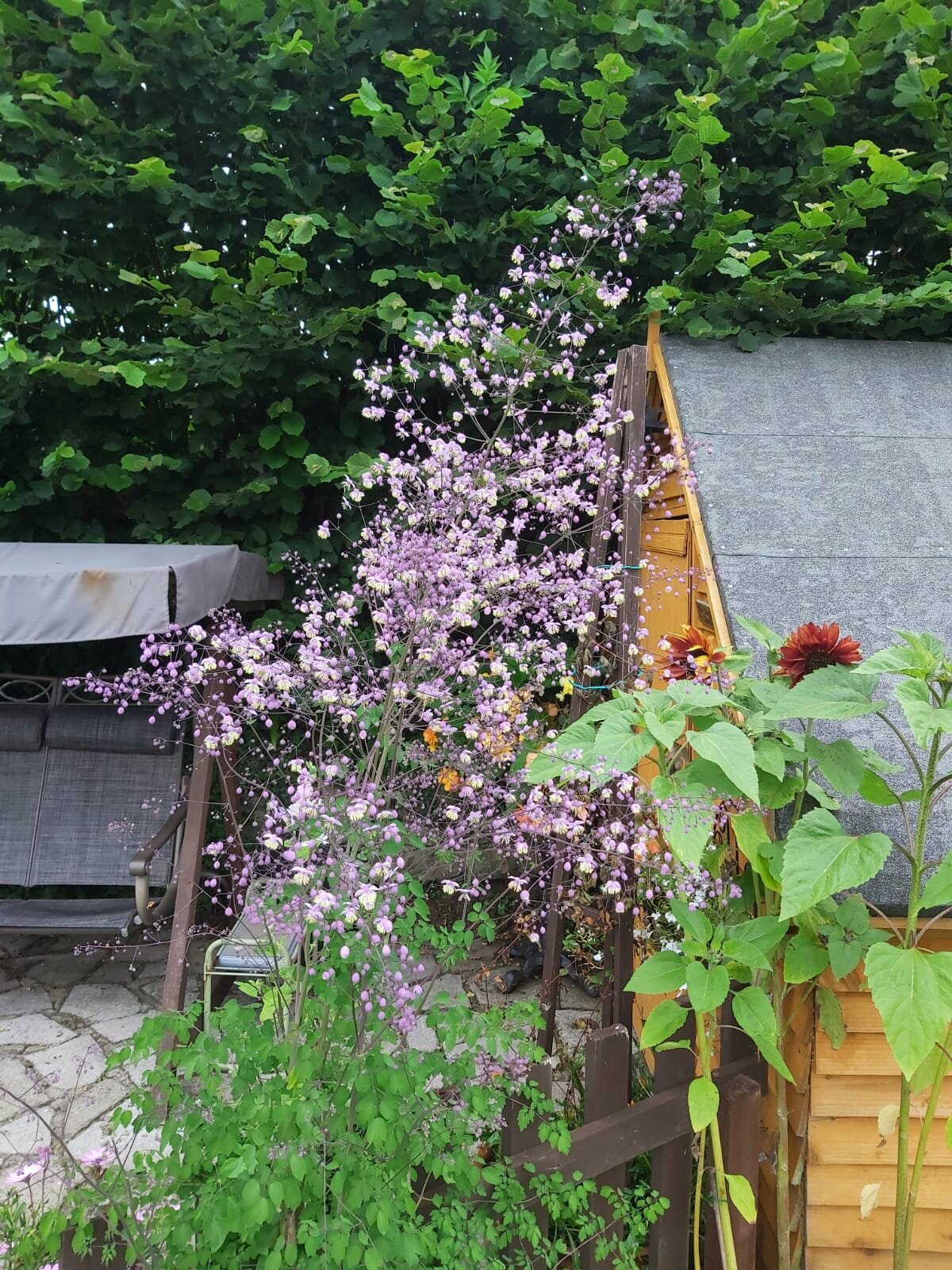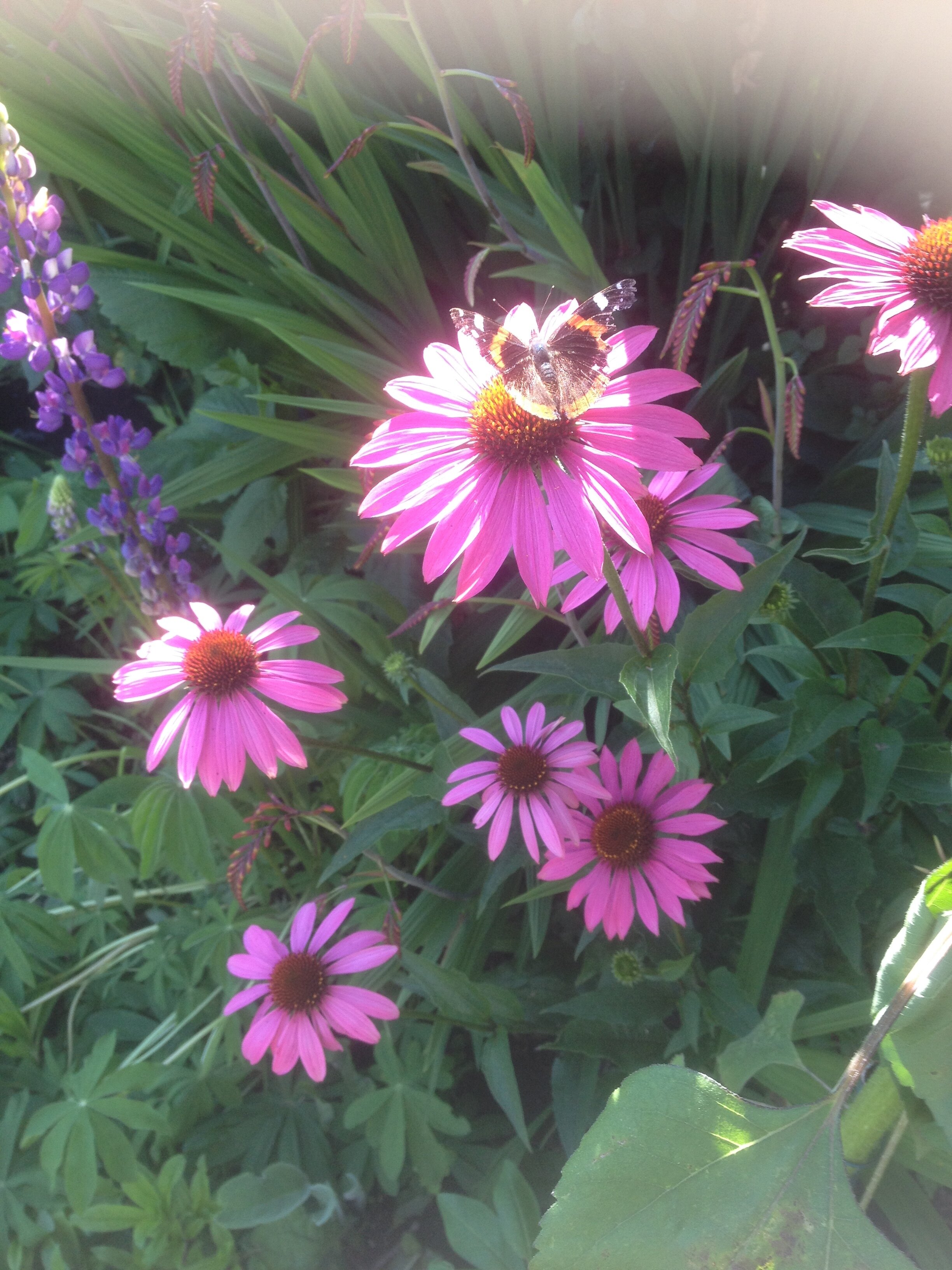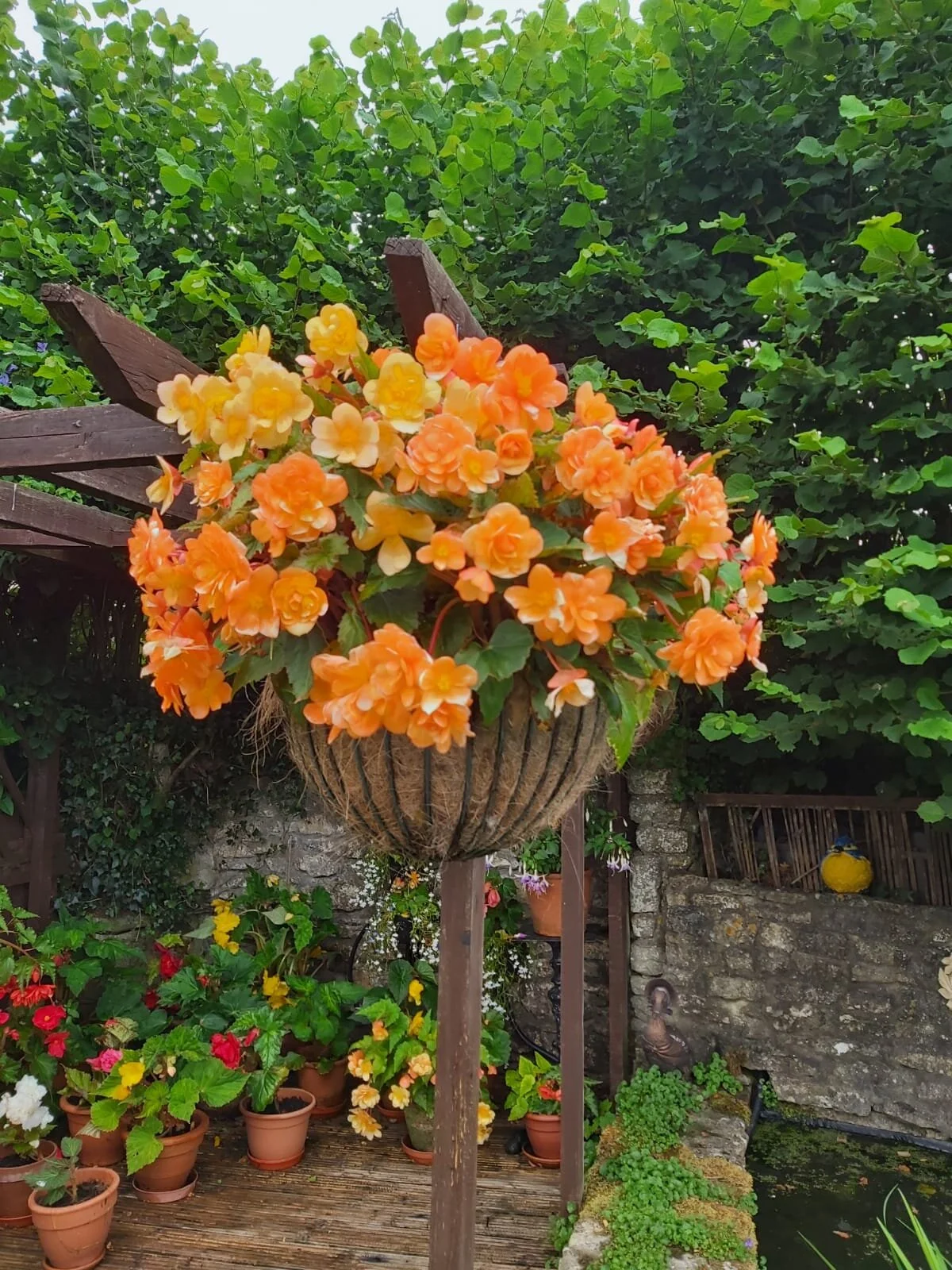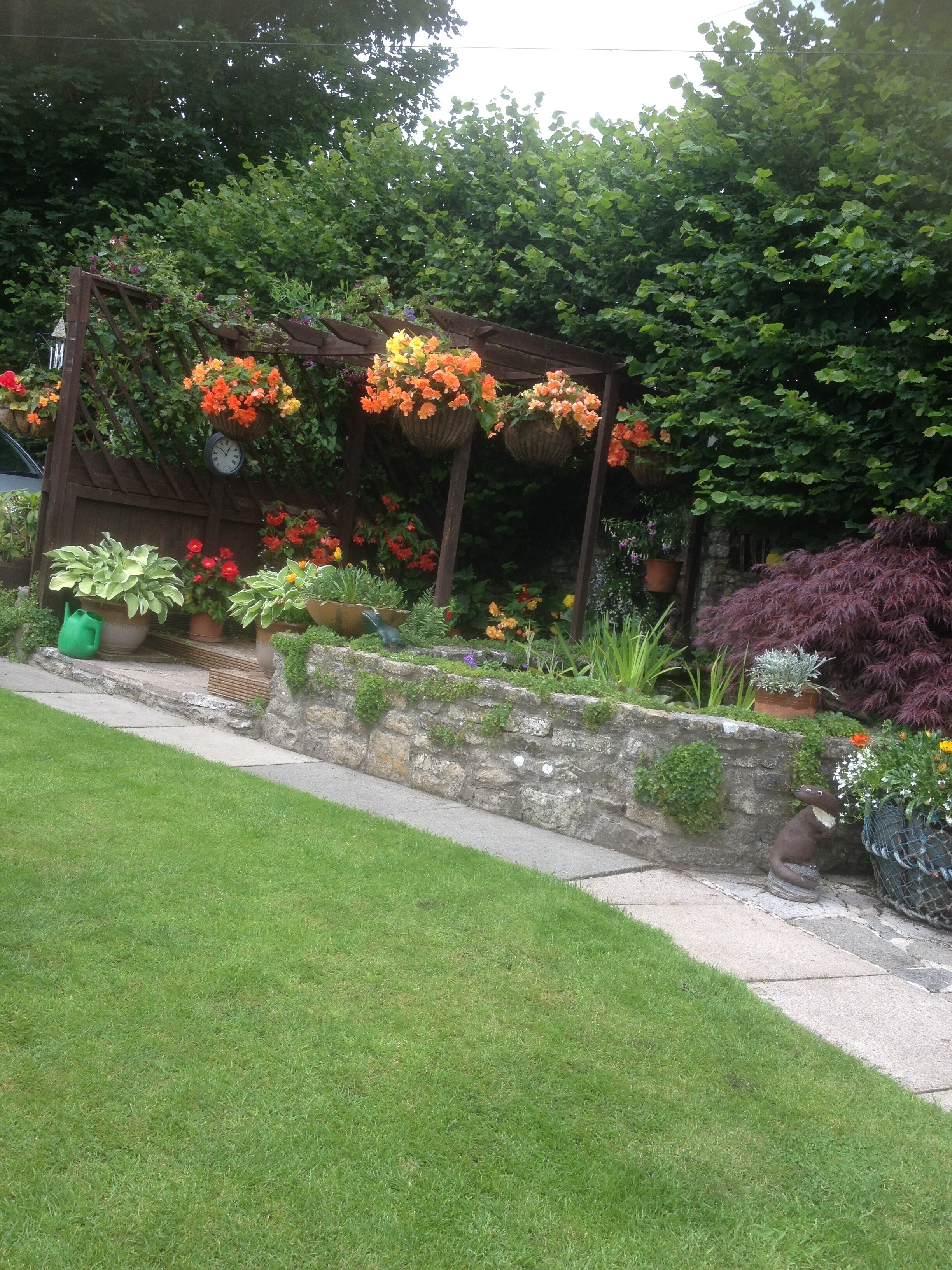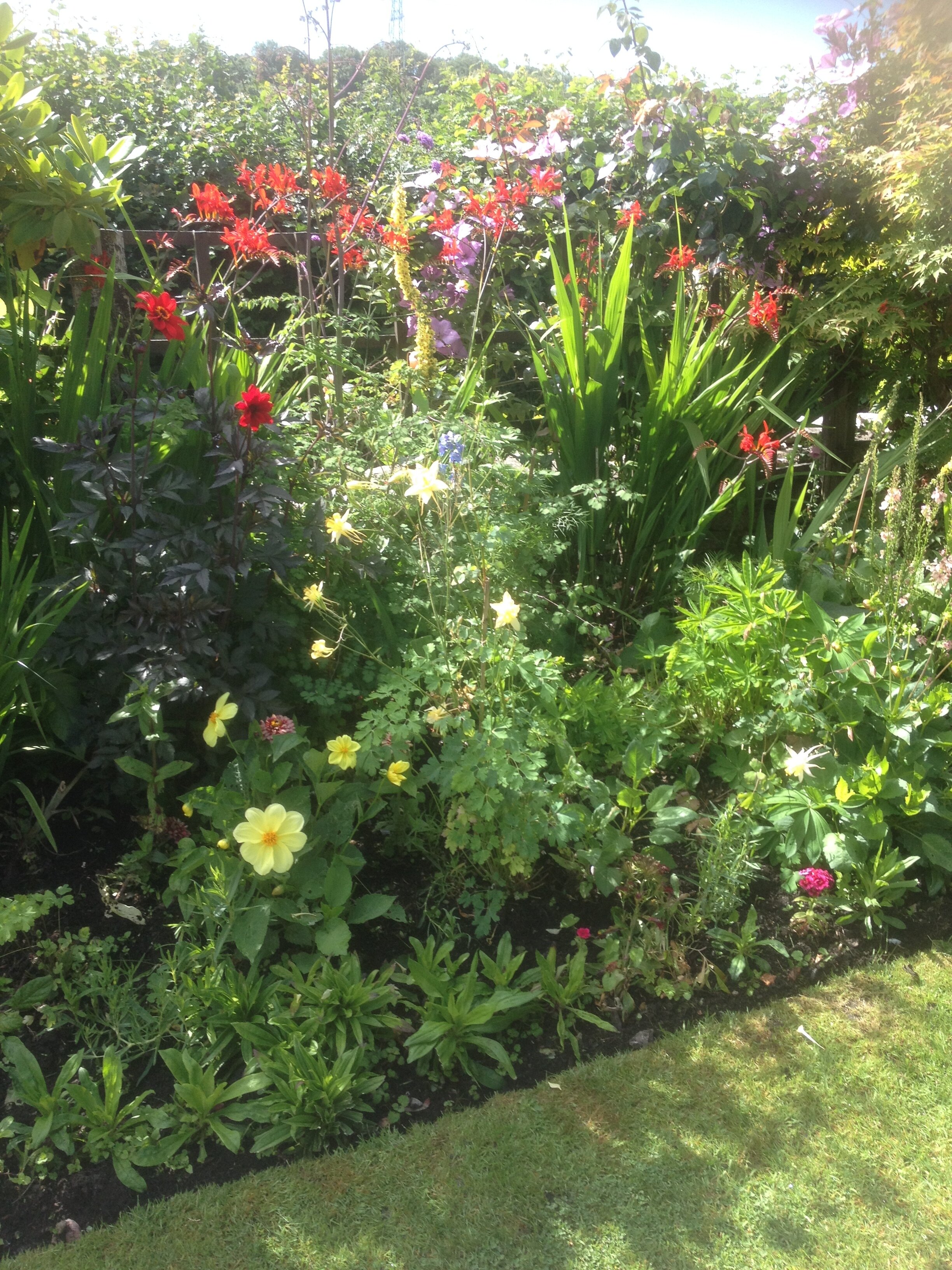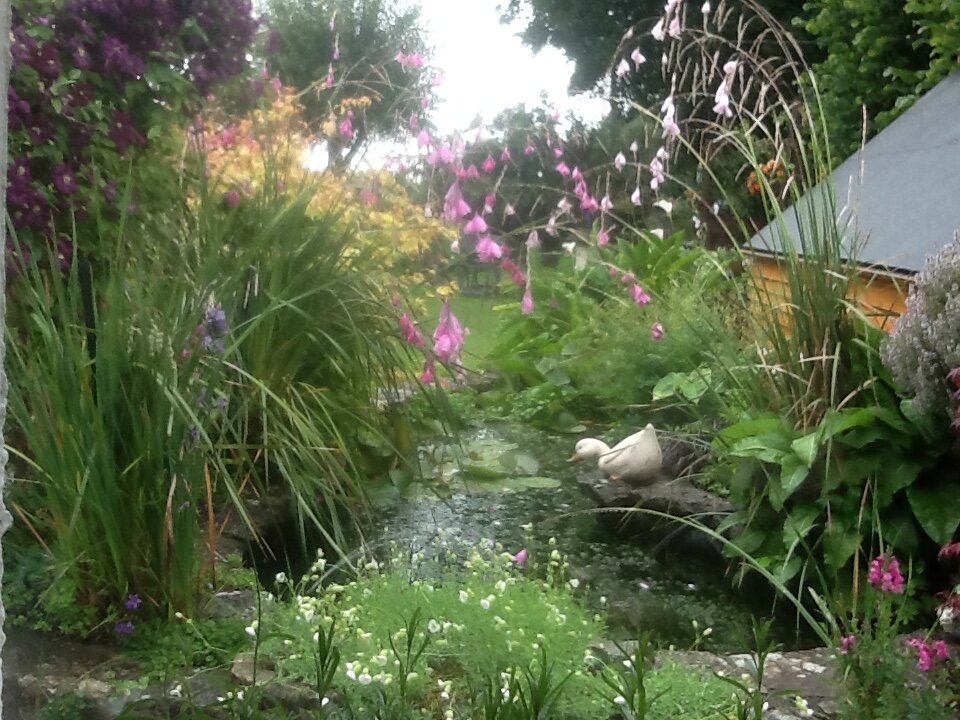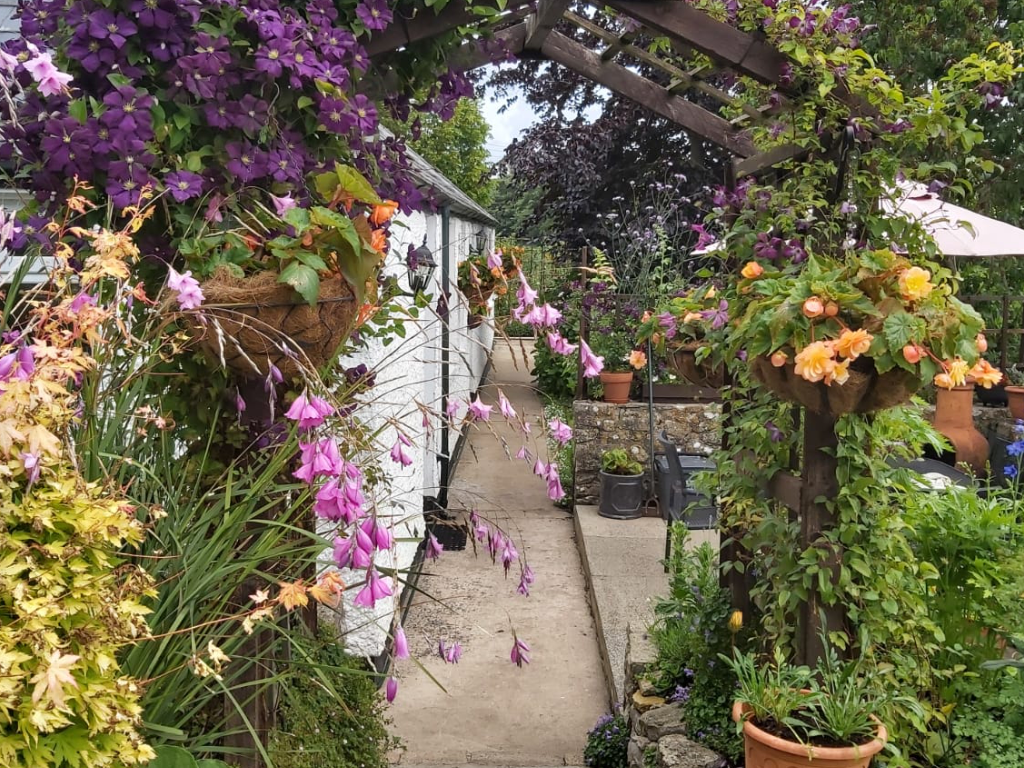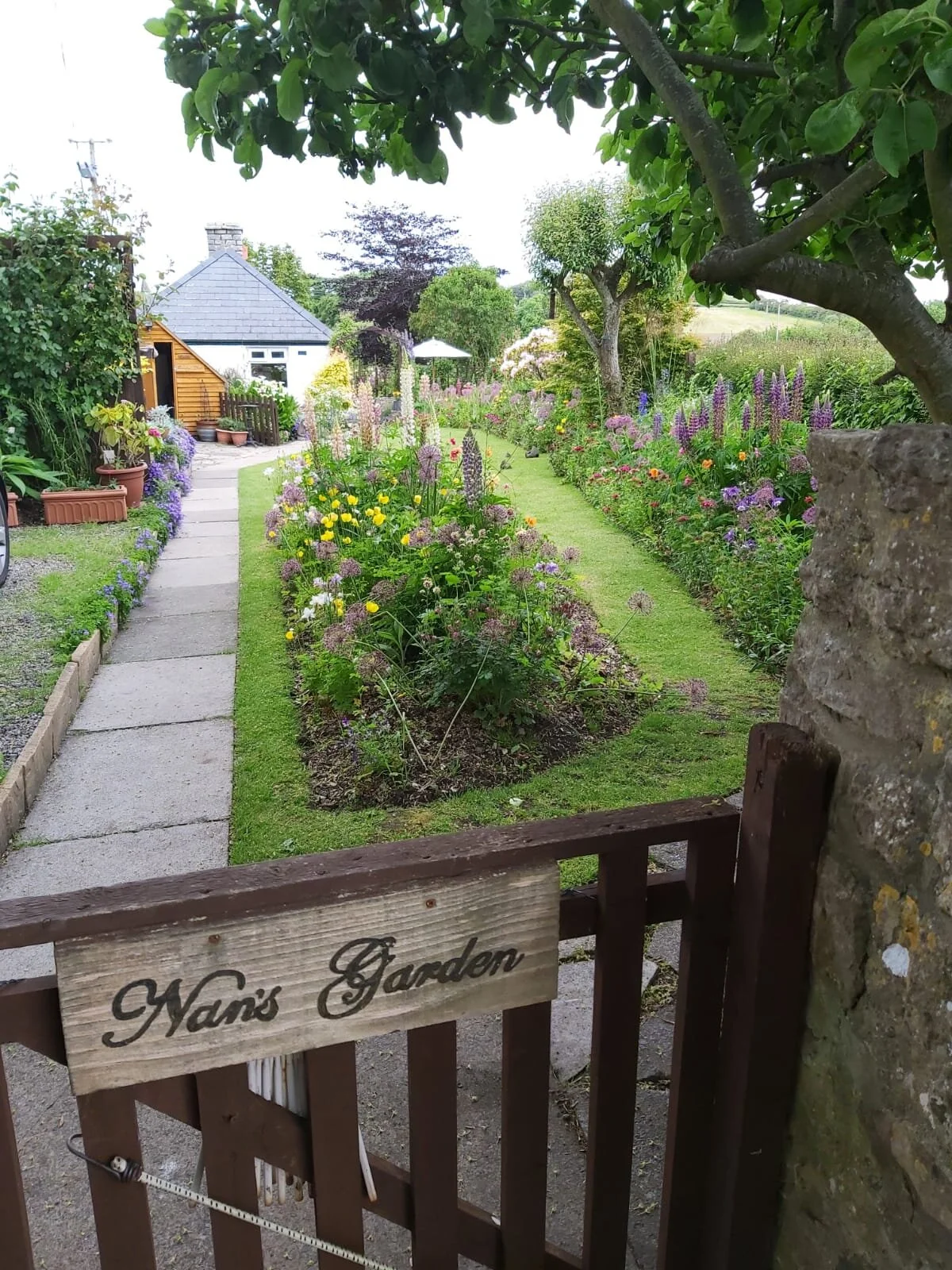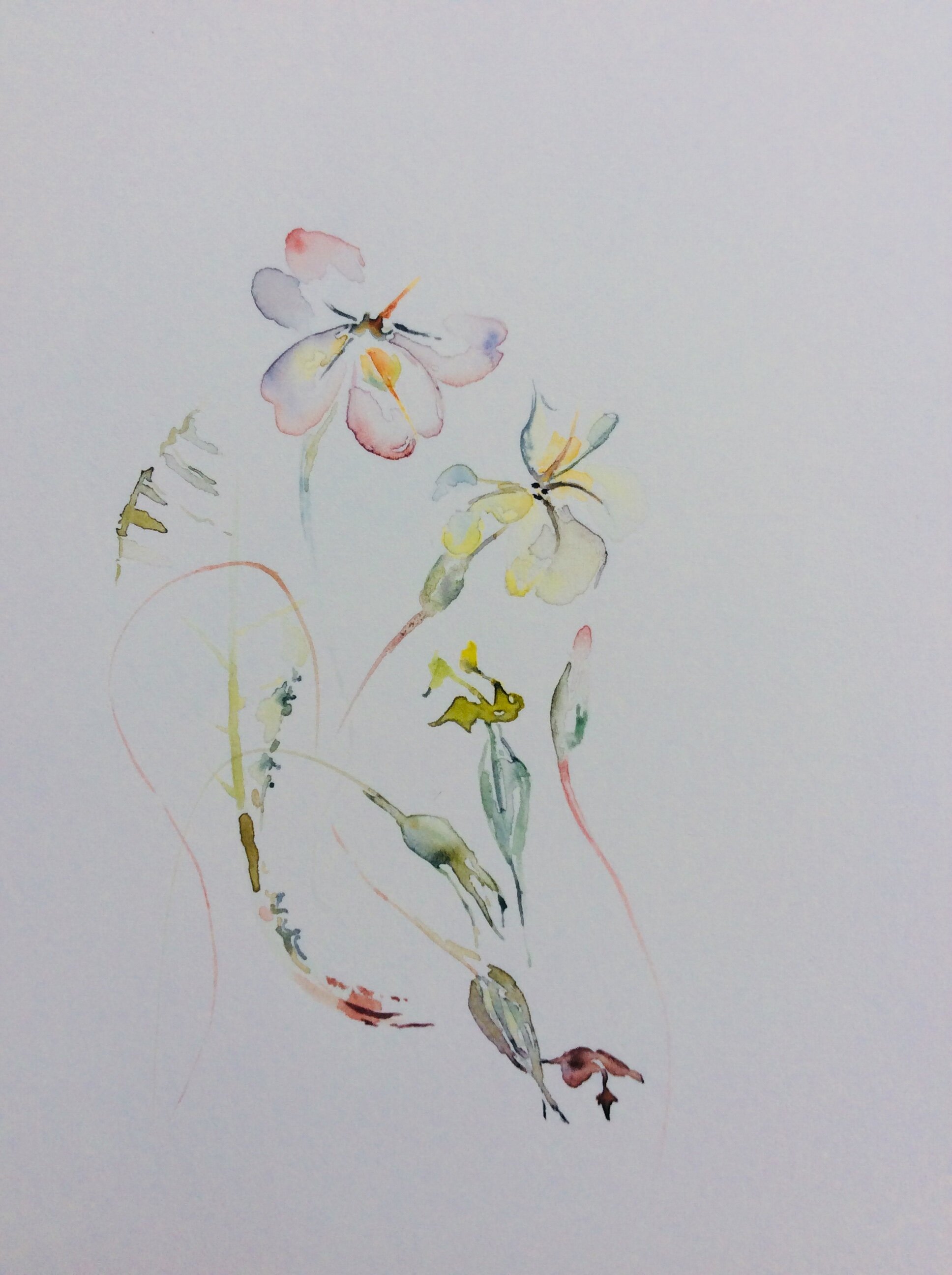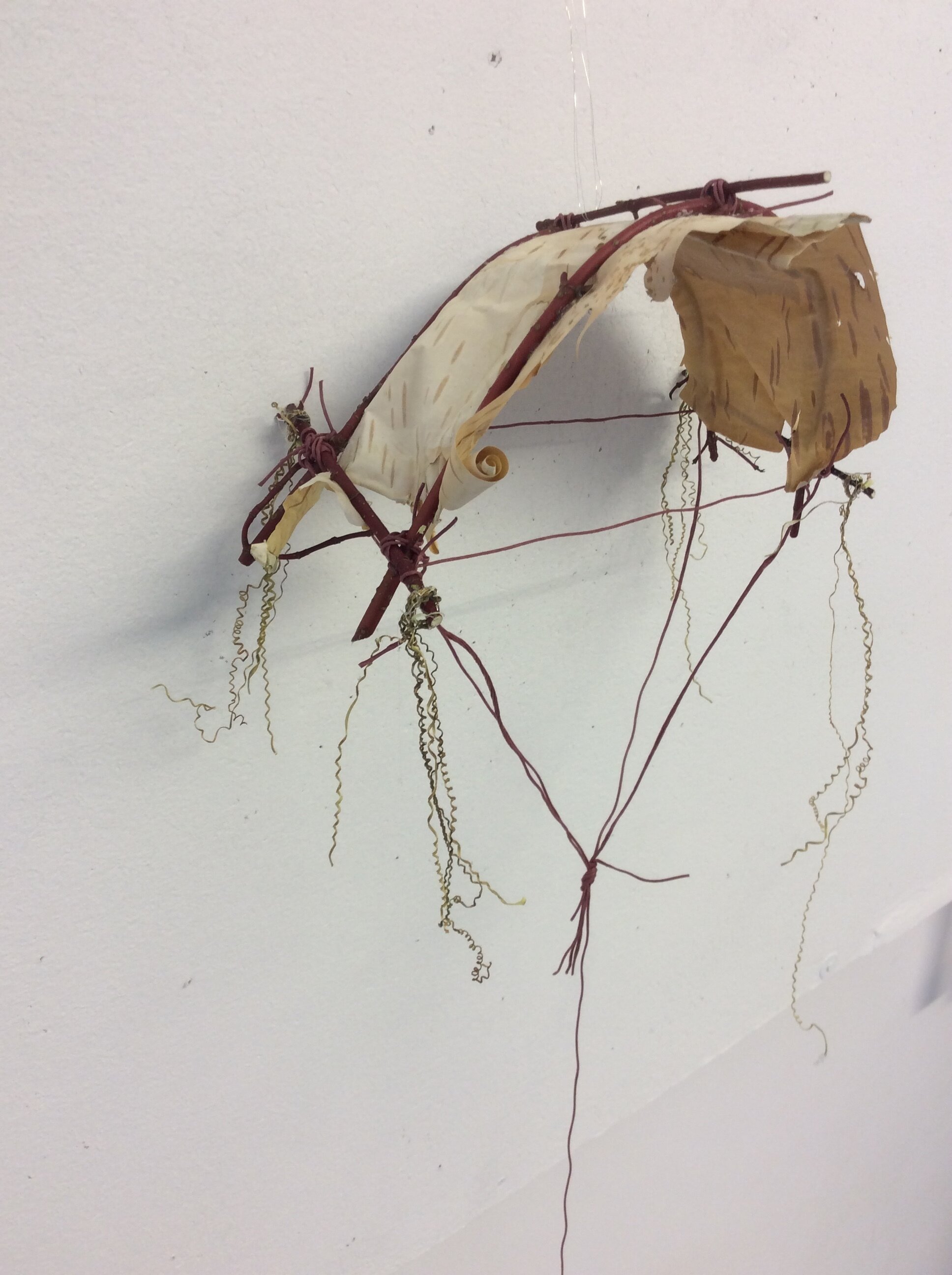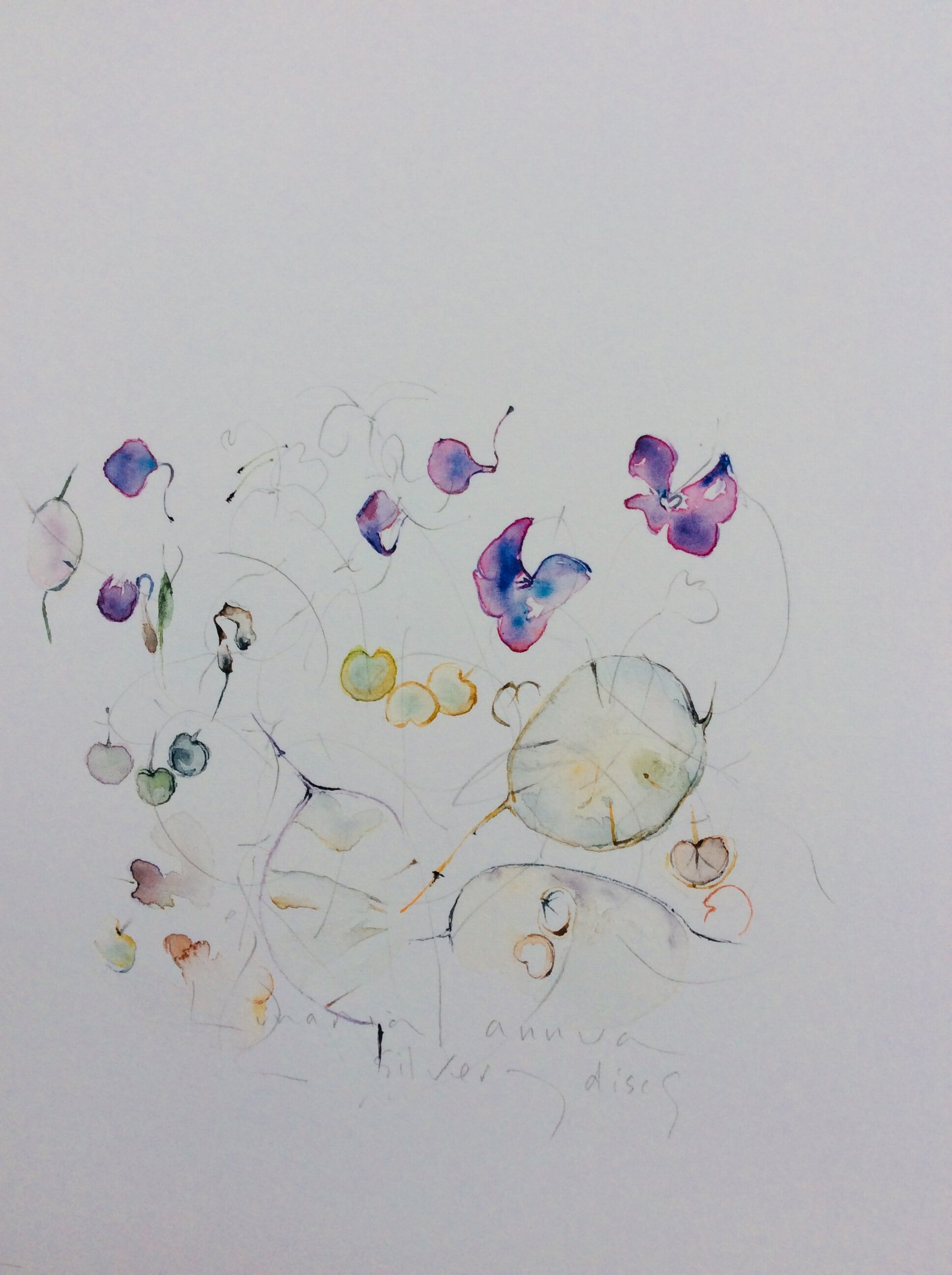Virtual Summer Show 2021
———————————————————————————————————————-
F O R E W O R D F R O M O U R C H A I R M A N:
During these somewhat difficult times, gardening is one of the leisure activities that the pandemic hasn’t taken from us.
Little did we know when we embarked on a virtual show last year that we would be staging another one this year!
The outstanding success of that event has shown us that, given your continued support, we can achieve the next best thing to a ‘real’ show.
Most of you will have seen the Show Secretary’s note on the store notice board concerning our online event/show. As he says “we would like you to support this by providing pictures of your gardens, horticultural achievements and blooms. Any contribution would be most helpful.”
Please continue with the invaluable support you have given to the Society.
‘Normal’ I am sure, is just round the corner.
Bill Lee. Society Chairman.
———————————————————————————————————————
O U R S U M M E R S H O W - W H A T M A K E S I T T I C K ?
Some of you know me, my name is Tim Prior and I have been your Show Secretary since 2018. I enjoy gardening including vegetable growing which really helps me in this position.
What makes it tick? An awful lot actually, which as the current Show Secretary I can testify to. But first of all I must say that no one person makes the show, there is a lot of asking and goodwill given. I would like to thank the previous Show Secretaries for their wealth of information on how they organised this event which helps me bring it to you and the town, I will add my twist to it and leave the next person in this position a little bit wiser, hopefully! The Show has been held on 44 occasions and recently cancelled twice. It, like others, has various sections and these are split into classes. Our sections are: vegetables and fruits, flowers and pot plants, giants (veg), novices, floral arrangements, children’s displays and finally home baking, preserves and home brew.
To help me organise the show I have produced a 'things to do' list that divides the organising into monthly elements to be achieved before the next step and it really helps. Also, a record is kept of what has been done, what problems were encountered and how they were surmounted. The show finishes in August for everyone except me, so let me take you through my organising year as shown in 'The List' adjacent...
—————————————————————————————————
Well, now that you have read the above you can appreciate what it takes to stage the show each year. This is what has to be done and much more besides. I have your committee to help and also society members who are the stewards, entry registrars, raffle ticket sellers, refreshment providers, the ladies who take your pound at the door, schedule and poster printer, the provider of the judges lunches, the prize giver - my thanks to you all as well. Finally I must also thank the exhibitors and the society members and towns people who support the show, without you it would be a No Show!
One of the stunning floral exhibits staged in 2018.
Setting up the 2019 show in the Llantonian Hall.
T I P S F O R F I R S T T I M E E X H I B I T O R S & G R O W E R S
Jarrod Windsor, Committee Member
I've never been very “Green Fingered” or had a great deal of interest in growing vegetables or flowers, however my love of cooking and food has always led me to seeking out the best and freshest ingredients and about 4 years ago my journey began.
After signing up for my allotment on Llanmaes Road, 6 months later I found myself standing on plot 51 or area 51 as I call it. I was quite lucky in the fact that the ground had been recently looked after and all dug over with not a great deal of work to be done.
I had great help from friends like Tim Prior who not only gave me some plants to get started but kept an eye out for me and was always on hand with helpful hints and tips. He invited me to enter some of my 1st crop in the summer show which terrified me as I thought I would just be laughed out but he assured me that I should support the show and take my best produce to show win or lose. Some of these helpful tips I shall share with you now:
First off don't take it all too seriously, there are lots of rules and regulations for every entry but just understand the basics first and read the show guide and select what you would like to enter.
Start off small, maybe like I did select 3-4 items and research how they should be presented. YouTube is your friend here and there are always useful videos on how to tie your onions for presentation with raffia, how to straighten a slightly bent cucumber and many more.
Enjoy the friendly competition and when growing, select your show items as they are growing and give them that extra special care. Cover them from pests and bird damage to ensure when you pick them they will be at their best.
Finally, don't leave everything until last minute. A rush on the day will spoil your enjoyment of the event, pick your items and sit quietly the night before, preparing, polishing and trimming so when the morning of the show arrives you can calmly make your way and set up your exhibits with hopes of a 1st, 2nd or 3rd place ticket dancing in your head. It's magical to grow and show and even better when you achieve a placement.
Good luck and remember, it's the taking part that counts - your local show can't survive without you!
(Tips for exhibitors from our show schedule)
Always check the schedule……
As an exhibitor it is important that you look carefully at the schedule and determine which set of rules your entry will be judged by.
Let us assume you have got some nice cherry tomatoes this year and you decide to enter them in the show….
Will your entry be judged by Royal Horticultural Society rules or by National Vegetable Society rules? There are slight differences in some classes and these can/may lead to disqualification if you get it wrong! Always check.
Back to your cherry tomatoes. Look carefully at your schedule again and decide which section to enter; tomato - small fruited will be the one.
You’ll need to look again which set of rules of your exhibit will judged under - if NVS “fruit optimum size will be 30mm in diameter” whereas RHS “size should not exceed 35mm in diameter”.
Not much of a problem you may say! Best to check and make sure your entry is correct; nothing more frustrating than having the words ‘not according to schedule’ written on your entry card!
Bill Lee, Society Chairman
A view of the Llanmaes Rd allotments
W H A T I S L O O K E D F O R A N D W H A T L E T S
Y O U D O W N
Tim Prior, Show Secretary & Allotment Judge
This is really a good question and one that should be answered with due reference to the judgment requirements laid down by the official bodies of the RHS and the NVS. These we refer to on the days that we walk the allotments to determine who in our opinion is the deserved recipient of the trophy for best kept allotment.
The best kept allotment in my view is not a competition but an award to an individual or family that throughout the year has maintained it and kept it well stocked. They are also a very personal thing as the holders maintain them in the way they wish to and not how they are told to, unless the Town Council requires a tidy up!
The allotments are owned by the by the Town Council and overseen by the allotments committee who allocate them for a small annual rent. If you are interested in one you can put your name forward at the Town Hall office. So apart from the judging, your society has no say in the running of them.
The judges are from the society committee and historically are your Chairman Bill Lee, who is an RHS judge, David Martin the Store Manager and me, Tim Prior your Show Secretary. Both Dave and I have allotments so are able to chat to the various holders and walk around the various plots admiring the crops and appreciating the hard work done to grow them. We also note what is growing throughout the year and annual maintenance. The judging is carried out over three sessions starting at the beginning of the growing season in late April and again in June and finally in July. This allows us to note changes in crops, maintenance and to see what flowers and fruits have been grown also to view anything we may have missed. You do not have to enter for 'The Best Kept Allotment' award because it is open to everyone, but you can opt out by notifying the Show Secretary.
A horticultural student allotment at RHS Wisley
So what is the purpose of an allotment? Well, an allotment is considered to be an area of land separate from and in addition to the household garden adjacent to the owners property; or a plot cultivated by a householder who has no garden as part of his or hers own domestic premises. The primary purpose of an allotment is to provide crops of vegetables, fruit flowers and culinary herbs for household use and the more completely the plot fulfils this objective the greater should be the credit accorded to its owner. Allotments also allow enthusiasts for one particular plant or group of plants to indulge their particular passion for example Dahlias or Carnations.
So what are we looking for when we carry out our various walks about the Llanmaes Road allotments? Well this is what the RHS tells us is ideal, we use it for guidance but not to strictly after all we garden and grow for fun and relaxation don't we!
Condition of the plot: Plots should be well stocked with crops free from obvious signs of excessive damage by pests, disease or weather. Any unplanted areas where crops have just been harvested or that are about to be planted up should be clean and free from weeds and the soil should be of a good, well cultivated condition and texture.
Good workmanship: Soil between the crops should contain little or no evidence of weeds. Paths and leisure areas where included should be neatly edged, even and well maintained. Evidence of planting for constant succession of crops should be given credit. Intelligent use of organic methods of pest control such as pinching out of broad bean tips to inhibit blackfly or the use barriers against carrot root fly should also be given credit. Supports for those plants that require them should be properly positioned and sturdy enough to withstand bad weather.
Quality of crops, flowers, fruit and vegetables and plants: All plants should be vigorous, sturdy and free from obvious signs of excessive damage from pests, disease or weather. A broad range of food crops, both vegetables and fruit where the latter is permitted, should be in cultivation and flowers grown for cutting or decoration should be assessed on the same basis as food crops i.e. with regard to their health, skill in cultivation and suitability to the site. The inclusion of culinary herbs in the cropping scheme should be considered as a merit.
Originality of layout and planting: The intelligent adaption of the layout to suit the needs of the plot holder, the use of companion planting to reduce damage by pests and pleasing overall visual effect should be considered as a merit. The cultivation of less common crops and the use of no-dig or deep bed methods of cultivation should also be given credit.
Ingenuity in overcoming local problems: Plot holders who have overcome local difficulties such as oddly shaped sites, difficult soil conditions, exposed aspect or excessive shading and dehydration by an adjacent tree belt should be given credit for raising an acceptable (i.e. usable) standard of crop.
Visual aspect of the crop: The overall appearance of the plot should be neat and pleasing and the balance of the cultivation, as far as is allowed by local regulations, should be as broad as possible.
Condition of garden sheds etc.: Sheds, if present should be of a neat and workmanlike appearance. Frames, cloches and greenhouses should be clean and well maintained. Pea and bean supports should be sturdy enough for the weight of the crops that they bear and any bird netting should be properly positioned and undamaged so as to afford protection to the crops over which they have been placed.
So this in a nutshell is what the RHS supports to be the guidance for the perfect plot. But we are not perfect are we, we just like growing what we can, getting out into the fresh air, socialising with our plot neighbours and consoling each other when things just don't work out!
Photograph by Jarrod Windsor
Photographs by Tim Prior
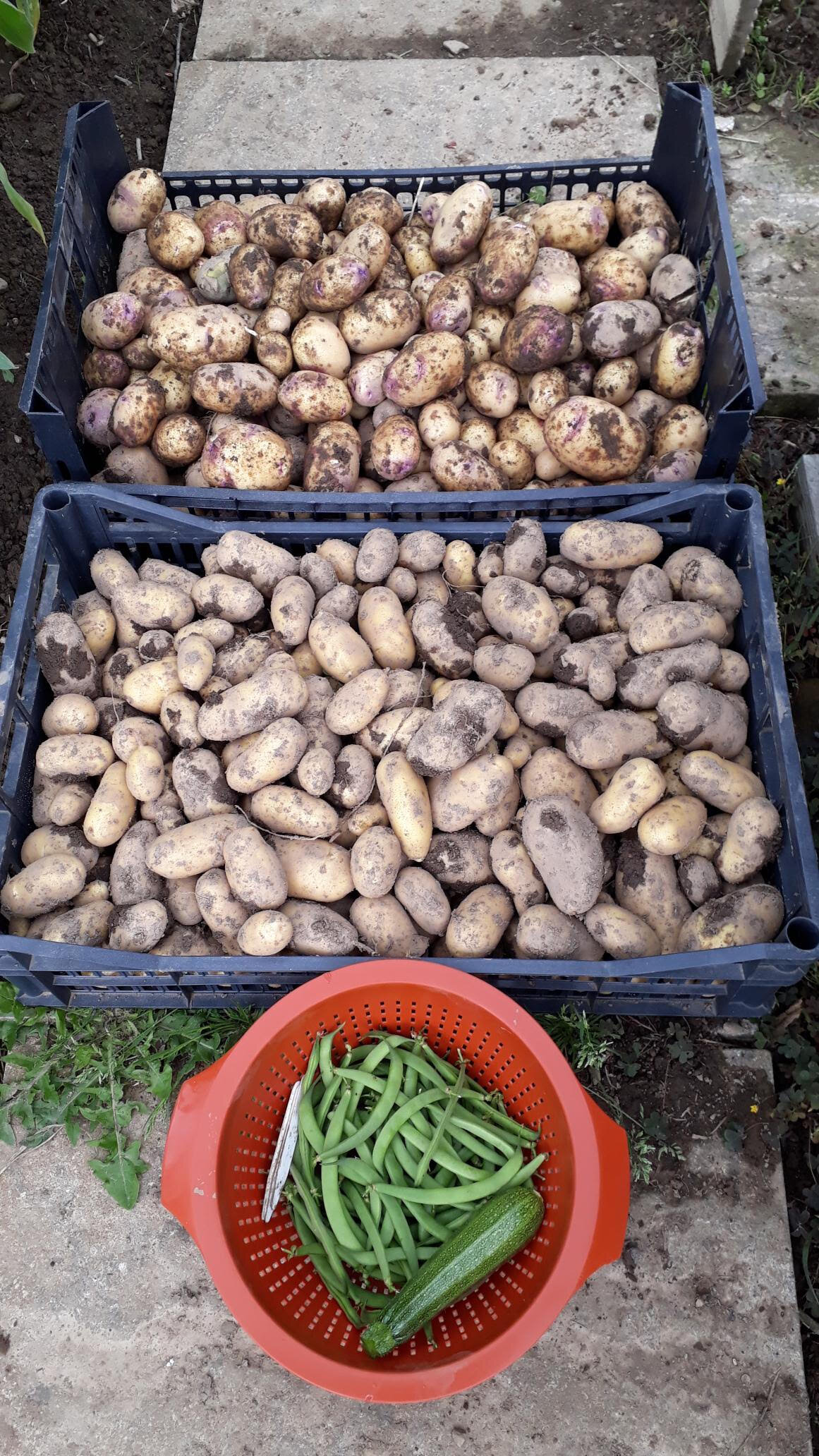
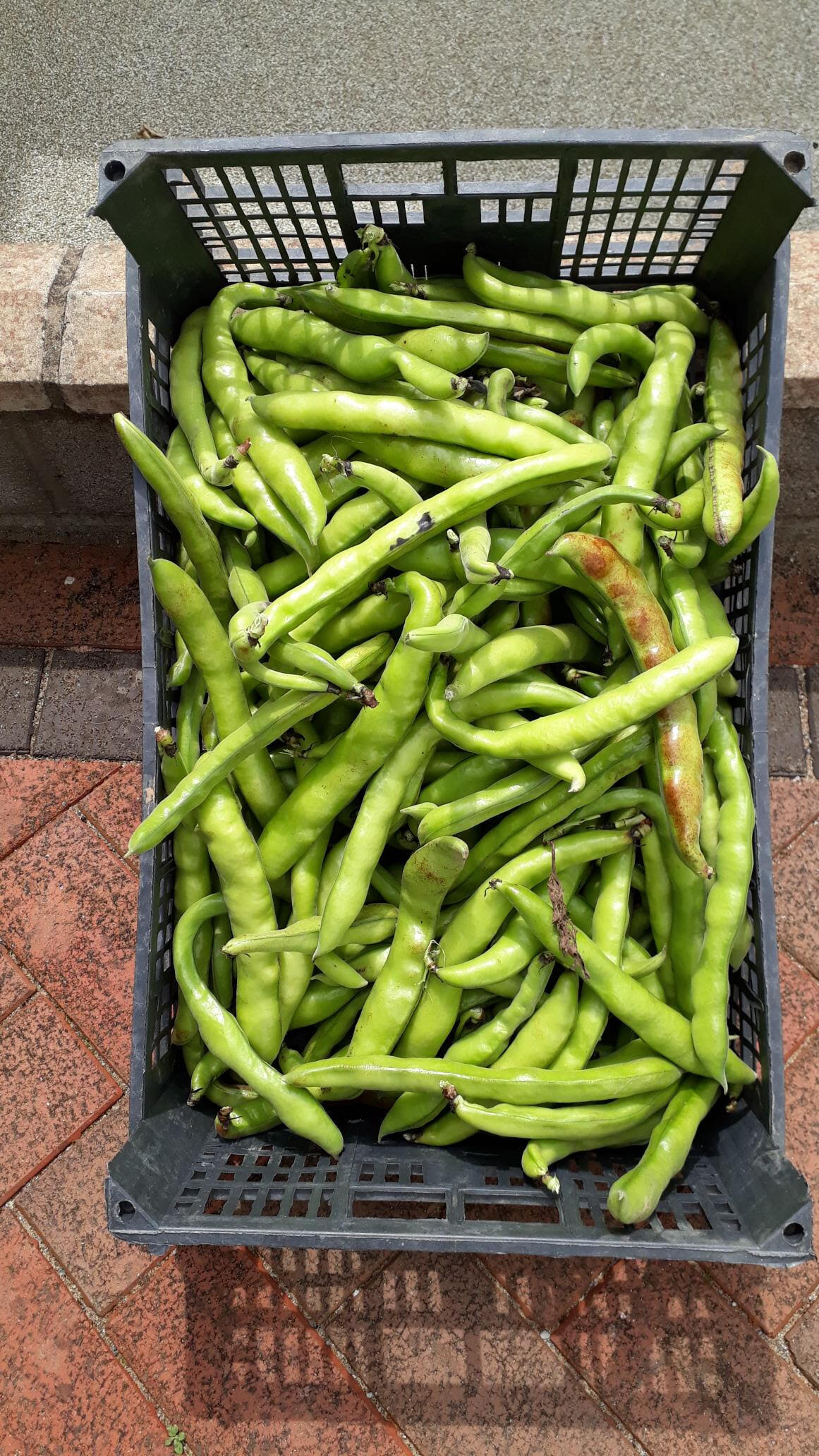
G R O W I N G F O R T H E S U M M E R S H O W
Ali Leach, Society Secretary
When I first started to grow in our no dig garden, I had lots of support from many including society chairman, Bill Lee. He encouraged me to enter some of my produce into the show and was very complimentary of what I had grown.
He suggested I got the RHS handbook which is really good idea as it tells the exhibitor what the judges are looking for.
So, armed with this I spent a day sorting out what I thought was good enough and went along to the show. I have to say everyone was so supportive and helpful about how I set out the plates and the veg in the best way. I entered the novice section with my onions and other veg, I am pleased to say I won the novice cup. I also entered some main classes and was thrilled when I won the onion section - I had no idea I could do that!
This encouraged me so the next year I travelled to the Welsh Botanic Garden for the Welsh National Vegetable Soc - this was on a different scale. I entered the novice section for that show and had French beans and peppers and was pleased that won the novice section there in a class of 5 veg and also came third with my tomatoes.
I was so excited but whilst I did enjoy that experience and was so pleased I had grown something well, I did not think I could grow to National standards on our organic plot. The exhibits and the standards of vegetables grown were amazing and obviously some intensive work by the growers was involved and I did not think I had the time to do that.
Back to the local shows, much nicer friendly and encouraging. The 2019 show I did enter lots of classes and was incredibly surprised when I was told I had won the most points in the show and was awarded the RHS Banksian Medal which was very prestigious.
So in conclusion, I encourage everyone to think they should enter into the local shows when they are allowed!! You will find new friends and you may find you win something.
See you in 2022 hopefully.
Photographs by Tim Prior
T I P S O N P I C K I N G & A R R A N G I N G F L O W E R S F R O M T H E G A R D E N
Elizabeth Rees, Trips Secretary
Garden flowers look very natural and pretty, either as a hand tied posy or in a vase.
Cut the flowers early in the morning, or late in the evening, with a long a stem as possible.
Strip the stems of foliage and put in a scrupulously clean bucket of fresh water immediately.
Leave overnight to condition.
Use a mixture of colours, size of flower heads and include seed heads, buds, berries, grasses and evergreen foliage. Examples at this time of year include roses, hydrangeas, dahlias, cotinus (smoke bush), physocarpus, buddleja, lavender, crocosmia, rudbeckia, japanese anemones, allium sphaerocephalon (drumstick allium), achillea, phlox, zinnia, cosmosnigella, new growth on apple trees, miscanthus, pennisetum and herbs.
Choose one flower as your focal point.
Add stems one at a time at a 45 degree angle, turning the posy a quarter turn after each stem is added.
Choose stems to give a variety of texture, colour and form, and place the stems lower as you keep adding to form a natural relaxed shape.
Use foliage as the lowest stems to form a ‘collar’ around the base.
Secure with garden twine immediately below the collar but don’t tie too tightly so as not to damage the stems.
Cut the bottom of the stems straight across and place in water immediately.
Photos by Simon Gough Photography of Elizabeth’s hand tied bouquet for her daughter’s winter wedding in February 2020.
——————————————————————————————————
Many of our members are missing the summer show (the committee are no exception) and plenty of you have been spending your summer growing show grade vegetables, baking cakes worthy of first prize and delighting in blooms from your gardens.
Previous committee member Sylvia Geary recently enjoyed a morning spent in the garden gathering plants for a floral arrangement to show virtually, in absence of being able to present in our show.
From a basket arrangement to everlasting flower heads that she is drying for decoration in winter, all of the flowers and greenery are from Sylvia’s garden….and the colours speak for themselves!
We are often too busy to fully appreciate our efforts in the garden, to really take stock, look and enjoy it but picking a posy and popping it in a jug is such an easy way to enjoy our produce.
When the weather is a miserable outdoors as it has been the last few weeks, a burst of colour in the corner of the room to catch your eye or in the middle of the dining table is very welcome.
Have an abundance of blooms to enjoy? Why not make a few smaller hand tied posies or floral arrangements and gift them to your family, friends and neighbours?
During the first lockdown there were several reports of people being left surprise bouquets of flowers on the doorstep in Llantwit, at a time where most people needed that extra lift.
Of course, us gardeners know what a bunch of fresh flowers can do to put a smile on someone’s face!
——————————————————————————————————
OF COURSE, IT’S NOT JUST OUR EXHIBITS, JUDGING AND GROWING THAT MAKE UP OUR SHOW…..IT’S ALSO A CHANCE TO SHOW OFF THE OTHER ASPECTS OF OUR SOCIETY. FROM OUR MONTHLY GUEST SPEAKERS TO OUR COACH TRIPS AND HOLIDAYS, FROM THE RAFFLE PRIZES WE’D NORMALLY BE VYING FOR TO MANAGING TO RUN OUR STORE DURING LOCKDOWN - WE’VE HAD OUR FAIR SHARE OF CHALLENGES THIS YEAR!
We’ve been lucky enough over the years to visit the best to UK has to offer on our coach trips, guided always by Trips Secretary Elizabeth Rees and Pencoed Travel and it’s been sorely missed over the last two years.
So for now it’s a virtual look at where we could have gone (and where we’ll be going someday soon!)
The Cottage Herbery, Worcestershire
“A family run award winning nursery growing herbs, aromatic and scented foliage plants now in it’s 45th year. What started as a dutch barn housing an old hop picking machine has become a beautiful garden. Not usually open to the public, the gardens open for group visits of garden enthusiasts. Visiting the gardens, located in the Teme Valley, include a walk and talk followed by teas in the barn or garden - weather dependant!”
Waterperry Gardens, Oxfordshire
“Just a stone’s throw from Oxford and within easy reach of London nestles Waterperry Gardens. Made famous by Beatrix Havergal who established her School of Horticulture for Ladies here from 1932 - 1971, it is now home to 8 acres of beautifully landscaped ornamental gardens, a quality plant centre and garden shop, gallery, gift shop, museum and tea shop. Waterperry Gardens is a magical place where you are surrounded by beautiful trees, shrubs and flowers, classical borders, modern planting, secret corners and long vistas.”
Stockton Bury Gardens, Herefordshire
“Located near Leominster, Stockton Bury Gardens is the perfect place for plant and garden lovers to spend a few hours. The four acre garden is home to a medieval pigeon house, kitchen garden, water gardens and well planted borders. Stockton Bury has been in the family for three generations and much of the garden was pasture until it was transformed into the well acclaimed garden you see today. The original Victorian kitchen garden and impressive monkey puzzle tree are still very much a part of the new garden.”
Tyntesfield, Bristol
www.nationaltrust.org.uk/tyntesfield
“An ornate Victorian Gothic Revival house with extensive garden and parkland, just a stone’s throw from Bristol. Tyntesfield was not intended to be an extravagant statement of wealth, power or politics - the purpose was simple; to serve as a family home. Originally a smaller Georgian house, it was transformed into a Gothic Revival masterpiece. The garden and estate balance faded beauty and function with an abundance of nature. Flower filled terraces, an empty lake, extensive woodland, champion trees and a productive kitchen garden give many opportunities for exploration.”
Llanerchaeron, Ceredigion
www.nationaltrust.org.uk/llanerchaeron
“An elegant Georgian villa, designed by architect John Nash in the 1970s, walled gardens, farmyard and lake, set in the wooded Aeron valley. Remarkably unaltered for over 200 years. The villa has it’s own service courtyard with dairy, laundry, brewery and salting house. The walled kitchen gardens, pleasure grounds, ornamental lake and parkland offer peaceful walks, while the farmyard has an impressive range of traditional, atmospheric outbuildings with roaming poultry, ducks, Welsh pigs and sheep”
I S L E O F W I G H T H O L I D A Y 2 0 2 0
Elizabeth Rees, Trips Secretary
In the summer of 2019, 43 garden lovers enjoyed a 5 day break in North Yorkshire, staying at Warner’s Nidd Hall hotel www.warnerleisurehotels.co.uk/nidd-hall-hotel, visiting beautiful gardens and stately homes, enjoying a boat trip and steam train ride and browsing in local towns. So much fun was had by all that it was decided to do it again in 2020, this time on the Isle of Wight.
Map from Isle of Wight tourism www.visitisleofwight.co.uk
Warners hotel at Bembridge Coast www.warnerleisurehotels.co.uk/bembridge-coast was chosen and booked for Monday 21st June 2020 for 4 nights. Deposits were paid and the coach and ferry booked. The journey to Southampton port would be broken up with a visit to Newbury, with it’s independent and high street shops, cafes and restaurants. The Kennet and Avon canal canalrivertrust.org.uk passes through the town centre, with it’s towpath alongside for a gentle stroll. The ferry crossing to Cowes takes less than an hour so we would arrive at our hotel in plenty of time for a 3 course dinner and a look around the hotel’s ground, situated next to the beach.
As the Isle of Wight is a small island with all journeys being relatively short, we had the opportunity to explore the whole area. Osbourne House www.english-heritage.org.uk/osborne, Queen Victoria’s palatial holiday home with it’s vast grounds and private beach, was top of the list and a whole day was dedicated to our visit.
Another ‘must’ was Ventnor Botanical Garden www.botanic.co.uk which, although a much smaller scale than Osbourne House, provided an insight into growing plants from many parts of the world.
Mottistone Manor www.nationaltrust.org.uk/mottistone, a National Trust property, with it’s enchanting gardens set in a sheltered valley, and views out to sea from the top of the garden, was duly booked for a morning visit and in the afternoon we were off to Nunwell House and Gardens www.nunwellhouse.co.uk. A beautiful historic house set in 5 acres of tranquil gardens with stunning views across the solent. And homemade cake!
Godshill www.visitisleofwight.co.uk/godshill is a quintessential English village, which attracts many tourists to its model village, interesting and unusual little independent shops, and many tearooms and cafes. A must for another afternoon!
A few hours could also be whiled away at Newton National Nature Reserve www.nationaltrust.org.uk/newtown, a quiet backwater with a busy medieval past, now bursting with wildlife and a town hall with no town……
On Friday 24th June 2020, after a hearty breakfast, we would board our coach for the short journey to Cowes and our ferry crossing back to Southampton. A visit to the Sir Harold Hillier Gardens in Hampshire www.hants.gov.uk/hilliergardens, world famous for its arboretum and gardens, set in 180 acres of rolling countryside, was our destination for the day, before arriving back in Llantwit Major in the early evening.
By the end of 2019, everything was in hand and we were looking forward to our next big trip. What could possibly go wrong…….
Warners Hotel Bembridge Coast - image copyright www.warnerleisurehotels.co.uk/hotels/bembridge-coast-hotel
The balance for the hotel was due to be paid in early March 2020 and as we all now know, the pandemic had begun to have a big impact by then. Should we pay the balance? Would we lose it if we couldn’t go? Could we postpone to later in the year? Warners Hotel contacted me and amended the balance due date to mid April, buying us a bit more time.
On 23rd March 2020 the country went into lockdown. The balance due date was pushed back again but as the weeks went by it became clear that the trip would not be going ahead and the booking was transferred to 21st June 2021. Nothing more could be done until early this year when everything could be rebooked. However, it turned out not to be as simple as that!!
Yorkshire 2019 cohort!
Once again, the hotel balance was due in early March. By this time it was a case of listening to the coronavirus updates on an almost daily basis, noting the changes in the UK government’s guidelines, as well as the Welsh government.
On 22nd February 2021, the UK Government announced that ‘freedom day’ would be the 21st June - the date we were travelling….but the Welsh Government weren’t going down the same road. Boris would have let us onto the Isle of Wight but would Mark Drakeford let us out of Wales?!
Warners Hotel confirmed that they would be open for business and the balance needed to be paid. Decision time.
A lot had to be considered. Would everyone be safe? Vaccinations were well underway but not everyone travelling would have had both jabs. Could 43 people travel on one coach together with masks but no social distancing? Would the places I’d booked to visit accept coaches or would we spend 5 days in the hotel? As lovely as it looked, we were there to explore the island!
These were very hard questions to answer and so, very reluctantly and sadly, the trip was cancelled.
As we all know now, it turned out to the be the right decision. ‘Freedom day’ was postponed to 19th July 2021 and some of the attractions wouldn’t have accepted coaches - and one wasn’t even open!
So it’s time to start planning again……let’s hope it will be third time lucky!
A Y E A R I N T H E L I F E O F M Y G A R D E N A N D C O V I D
Cath Thomas, Speaker Secretary
Hello fellow gardeners, I hope this finds you well and surviving this awful situation.
At the beginning of Covid I moved to live with my partner and travelling back and forth between the two houses meant a minimal amount of gardening. The time allowed the weeds to take hold and take over large areas of my garden but probably a foot higher than shown in the photos!
Covid has resulted in us missing births, weddings, family get togethers, funerals, friendships, events and generally anything 'happy' but the one thing that Covid hasn't affected is nature. Now that restrictions have eased and I am back in my home I have been weeding - and weeding- and weeding!
My flowers are loving the freedom to grow and my dahlias are doing well this year - a direct result of the time spent on the garden!
As an aside, Terry Walton and the wonderful Kevin Thomas are itching to get back to normality and are just waiting for a call to say that the hall is open and members are waiting eagerly for their talks. So Roll On Normality and see you all back in the hall as soon as we can.
Onions looking good in the no dig compost
G O N O D I G
Previous guest speaker & society secretary, Ali Leach
When I hear you say “of course I have heard of this way of growing your vegetables and flowers” let me tell you of our experience and how we have found it work.
Whether it is a plot you use or new patch of ground, if it is particularly weedy with perennial weeds such as docks and brambles it is best to try and get them out or at least use a spade. Yes, dig the roots of the weeds out at least 6 inches - we did this with thistles and docks. Then lay down some cardboard, it is a good idea to wet this but not essential. Then, if you can, put about 4 - 6 inches of well-rotted compost on top and away you go.
By doing this you are healing the soil, and all the worms, good microbes and mycorrhizal fungi do all the work for you. By digging you are breaking the underground networks and arguably, doing more harm than good.
Then every year if you just put about 1 -2 inches of well-rotted compost over the plot as the compost is feeding the soil you get less slugs and weeds.
Spring cabbage with few holes in from slugs
You will find the compost holds water even in very dry weather, just scrape the dry top a bit and it is moist underneath. This means less watering once the plants are established.
You can walk on the beds without worrying about compacting - the compost retains its shape.
Try to keep any paths between the beds clean and around the edge as this discourages slugs.
Yes you can plant in the compost straight away.
Spinach with few holes in
Yes you can grow two or three crops on the same area per year without feeding with any fertiliser. This is what we do as soon as the new potatoes are up, in go the Brassicas that have been growing in a seed bed. You could intersperse them as small plants as well. Other examples of what we have done is have spinach, chard or kale that has overwintered, then leeks or new potatoes, then salad, then broad beans when the salad has finished. Carrots then beetroot, onions and garlic and then salads or chicory - that way we have lots going on and no gaps.
There is also an argument that you do not need to worry about crop rotation as you are dressing the compost every winter. It does not seem to matter to much at all and we have not found that. This year we are growing Brassicas in the same place we had curly kale last winter.
Whilst there are fewer weeds as the soil is not being disturbed by digging then what happens is the soil heals by weeds covering it. Of course you do still get weeds and we do need to hoe regularly to stop weeds that have blown in but as they are so small it is easier to keep on top of the problems. Indeed when we had more experience we created beds about 1.5 x 6 metres with wood chip as paths between them on the South side of our barn and extraordinarily little weeding is done as regularly as on the some of the other beds.
When soil is cultivated by a rotavator or digging it can create layers of compaction - in no dig you get less compaction and therefore the food and mycorrhizal fungi is not destroyed and feeds the plant. You can walk on the beds even when it has been raining.
I find we do not need to water as much as the compost retains the water better.
Perhaps most importantly is the carbon capture as when the soil is dug or rotavated it exposes the soil and releases carbon dioxide - this should not be underestimated.
We hear that we use too much compost but arguably to keep your soil healthy you are probably digging in as much. Indeed a trial has been done on this using the same amount of compost on two beds. Charles Dowding every year digs one side and just puts the compost on the other bed. He then keeps a record of yields and when he started this in 2013 and up to 2020 he produced 854kg of produce and 754.81kg in the dug bed.
I highly recommend looking at his web site, charlesdowding.co.uk and his YouTube lessons. He has been our inspiration and mentor for over 8 years now and it continues.
Initially we were well stocked with all items for the beginning of 2020 until the first lockdown began - my thanks to Arthur John of Cowbridge for keeping us supplied. People began to take an interest and tend to their gardens; soon the compost ran out and it was some time before we could get any. Bean sticks, tomorite, slug pellets etc we could not purchase from our other suppliers as demand outstripped manufacture. I managed to obtain bean sticks from an alternative supplier although the bean sticks were more expensive.
Normally the store is open on a Sunday morning however to minimise any queuing I would serve members with their requirements when I was working on my allotment.
However, we did manage to order bedding plants from Boverton Nurseries for our members. My wife Mary helped me to distribute members orders as we could form a "bubble" inside the store. We decided that instead of the usual couple of hours historically employed it would be better if we issued orders over the day to help prevent queuing - it was a long day!
Potato and seed orders were arranged for the Autumn. With a lot of people self isolating we did deliver orders to members homes despite the heavy rains and local flooding in places.
2021 saw us with more lockdowns and it was a conscious decision to stand down volunteers even though the store was busier than ever. For the first time we using tried peat free compost after members showed an interest if we sold it. Boverton Nurseries supplied us with our needs along with M2 compost. Again, due to demand Arthur John ran out of compost and were advised that the next delivery could be as much as 5 or 6 weeks away. It was many trips back and forth to Boverton to fill my car with compost to meet demand of members!
After the 2020 plant order, Mary and I arranged with Chris from Boverton nurseries for the plants to be delivered on the Friday evening so that we had time to check the order and arrange individual orders ready for collection on Saturday. This strategy proved to be successful and will be adopted for the future.
Just when you think you are making headway, a ship became stuck in the Suez canal. I believe this along with another furlough caused yet more shortages and we ran out of items in the store but thankfully things seemed to have now improved.
I would like to thank the volunteers who throughout both lockdowns gave their time to help with the deliveries. Without their help I could not have managed. My thanks also to those volunteers who man the store on a Sunday morning. Again with being it so busy it would have been very difficult. And for all the new members who have expressed an interest in helping I will be contacting you in the near future.
I will be putting the seed potato order list in store for members to order from weekend August 8th.
David Martin, Store Manager
what you could have won in this year’s raffle*
*Holidays, electrical items and sports cars unconfirmed
————————————————————————————————--
Our society is affiliated with the RHS and our members can access a wide range of resources and information, plus enjoy the RHS gardens on our coach trips. Show Secretary Tim Prior has highlighted some of the best resources on offer below;
————————————————————————————————
Most important website is rhs.org.uk as this is going to be the link into the following;
RHS shop - rhsshop.co.uk
British Flower week 14 - 20 June - britishflowersweek.com
RHS podcasts - rhs.org.uk/podcasts
RHS free personalised advice for RHS members - rhs.org.uk/myadvice
RHS plant trial information - rhs.org.uk/planttrials
New RHS garden Hilltop - rhs.org.uk/hilltop
RHS find a plant - rhs.org.uk/findaplant
Plant Societies - rhs.org.uk/plantevents
RHS garden Wisley - rhs.org.uk/wisley
RHS garden Bridgewater - rhs.org.uk/bridgewater
RHS garden Hyde Hall - rhs.org.uk/hydehall
RHS garden Rosemoor - rhs.org.uk/rosemoor
RHS garden Harlow Carr - rhs.org.uk/harlowcarr
RHS Shows for 2021, these can be accessed through rhs.org.uk/shows
RHS summer shows will take place as planned and within the latest guidelines, following the announcement that coronavirus restrictions were relaxed on 19th July.
Visitors will not be required to provide a negative Covid test or proof of their vaccination status to enter the event. However, RHS encourage the public to take a rapid lateral flow test before going to any major event or attraction as part of keeping everyone safe. They will also be encouraging people to wear face coverings in enclosed areas and will have clear signage around the show grounds.
It is important to the RHS that all exhibitors, members, visitors and staff feel as safe as possible and enjoy their time at the festivals. Anyone who tests positive or is requested to isolate should not travel and should follow Government advice. Ticket holders who test positive or have been asked to isolate as part of the NHS Test and Trace system can have their tickets deferred to 2022, exchanged to another RHS Show or will be offered a refund in line with the RHS ticketing terms and conditions.
There will be a number of additional measures in place to ensure everyone feels safe (may change dependent on show venue):
Socially distanced queueing systems at the entrance gates and at key points e.g. catering areas
Extra parking/park and ride
Changes to layouts and expertise in crowd management to avoid build up in popular areas
Regular exhibitor testing
Encourage the use of face coverings in enclosed areas
Enhanced cleaning regime and waste disposal
Hand sanitiser available across the site
Cashless transactions where possible
Track and trace check-in as per the guidance during show week
More information can be found via www.rhs.org.uk/shows-events/news/2021/summer-shows-news
Earlier in the summer Show Secretary Tim Prior visited RHS Wisley and has shared some of his photos below for us all to enjoy….
Local initiatives cannot be a success without the help of the committee, members and volunteers and we’re no exception. There are countless groups, societies and clubs in Llantwit Major and the Vale and we take pride in supporting them in their gardening ventures. That’s why we asked a whole host of them to get in touch to let us know how they’ve coped through the last 18 months and we’re pleased to present them to you below……
L O C K D O W N G A R D E N S I N T H E V A L E
Rhian James, Volunteer Publicity Officer, NGS Vale of Glamorgan
Gardening Prior to Covid
Over the last 3 years my husband and I have been focusing on the development of our garden. To me it is a sanctuary from the pressures of life, with gardening being a method of mindfulness for me. The feeling of getting fresh air, exercise and achieving something in a short space of time has always satisfied my soul. Since my neighbours shared plants and seeds over the garden wall when I was a child, I have always loved spending time in the garden and giving things a try. Over the last two challenging years I have been fortunate to have been in the process of developing my own garden, and found the opportunity to get really stuck into this a saviour.
Furlough Garden Opportunity
When Covid hit in March 2020 and businesses faced heavy restrictions the furlough scheme was widely implemented to try to weather some of the challenges faced by employers and employees alike. I found myself in the position of being furloughed. I hadn’t even heard of this word before Covid and now couldn’t attend the job and learning opportunities which I had been progressing in. With my aspirations for my garden I turned my focus to this fully and bit the bullet on some ideas which I had been considering. Keen to spend as much time outside and as active as possible; with a desire to spend the whole day productively while on furlough, my husband and I decided to go for it and get the garden more productive and floriferous, so that we could enjoy the space more no matter what restrictions were being placed on us outside of the garden gate. Our first big decision was to buy a Polytunnel. To our surprise we were not the only ones feeling this way and demand was high for all things gardening. It was great to find more people sharing their love for gardening, whether long held or new found. It was comforting to find others sharing their stories of being healed and fulfilled by their time spent gardening. I found new communities of like-minded gardeners online and encouraged by them took up the challenge to grow luffas alongside them, sharing our journey together on Instagram #Luffalong2021.
During the project it became challenging to get hold of materials and supplies as their demand outstripped supply. We were lucky to be using a lot of up-cycled or re-purposed materials and made a lot of planters with materials we already had. We got to know the topsoil supplier very well, as while the space was growing and the more planters we were able to make resulted in us never having enough. Getting the plants to fill the planters wasn’t a challenge for us, despite some new restrictions to garden centres coming into force. We had a stash of plants and seeds already on standby, swapped seeds with the neighbours, split plants from other parts of the garden and managed to order online. Turning the conservatory into a greenhouse, it was soon bursting with new plants in no time. I enjoyed growing more from seed and reducing my usual spending habit on new plants.
New Role and Working from Home – A New World of Work
Once it was clear that lockdown was not going to be short-lived I was made redundant from my role. There was no sight of the events industry being able to open anytime soon. Business owners were being faced with difficult decisions. As a previous business owner, I could understand the pressures that business owners were facing with such uncertainty ahead. Taking a new direction, I was now in the same position as many office workers, working from home. Working from home permanently was a totally new experience for many. Despite the downsides of not meeting my new colleagues and the reliance on teams and zoom for communication, there were some surprising upsides to this new working environment. I could keep an eye on my plants in the conservatory and ensure that they were fed and watered when required, providing ventilation when necessary. Previously when working a 9-5 in an office my plants would have been neglected and perished. Saving time on the commute and having lunch at home meant that I had time to sow seeds and pot on plants. Being at home meant that we were in to receive deliveries of soil and gravel. With lockdowns continuing weekends were spent on hard landscaping and planting out when the weather allowed. Progress on our project was super charged.
Where we are now and Enjoying our Achievements
Now that the project has been completed and we are taking a sort of rest before undertaking another, it is time to sit down and enjoy the space we have managed to create. It isn’t pristine or perfect but the plants are blooming at this time of year and our hard work is paying us back with fruit and veg for our work from home lunches. The insects and birds have so much more to enjoy in our garden and in return we have enjoyed spending more time watching them around us. Hopefully we will get to spend more time like this and be able to balance that with work and socialising much better in the future.
The National Open Garden Scheme gives visitors access to over 3600 private gardens in England and Wales and raises money for nursing and health charities through admission and the all important tea and cake. The NGS have donated over £60 million to their core beneficiaries including Macmillan Cancer Support, Marie Curie, Hospice UK and the Queen’s Nursing Institute.
Following the government’s announcement in July 2021, all mandatory restrictions affecting gardens open in England have been removed including restrictions on numbers in group bookings, wearing of masks and social distancing. You can find out which gardens are open around the country by visiting ngs.org.uk/find-a-garden and gardens open in Wales can be seen alongside.
During the lockdowns of the last year, a variety of garden owners created films of their gardens to keep the garden gates open for visitors virtually. Over 190 gardens opened online and can be visited via ngs.org.uk/virtual-garden-visits.
In 2020 the National Garden Scheme announced a new partnership with the Woodland Trust aimed at promoting a wider understanding and appreciation of trees within both a wild and domestic garden setting. Darren Moorcroft, CEO of the Woodland Trust has said they hope the partnership will encourage the wider community of garden owners and visitors to appreciate the importance of and plant more trees. The majority of the 3700 gardens that open for the NGS across England and Wales have trees as part of their design and are vital for garden wildlife, especially birds.
Among the thousands of gardens that open, there are over 150 where trees form a significant part of their design. These include 16 national collections of trees that open within the scheme and with many close to the Woodland Trust woods, they provide the perfect combined visitor experience.
One of the most important initiatives the NGS promote is their Gardens & Health programme which raises awareness of the physical and mental benefits of gardens and gardening for everyone. There is a dedicated Gardens and Health week in May of each year and the scheme link service users with the scheme’s beneficiaries with free garden visits and funding.
A report in 2020 emphasised the vital role that gardens play in the wellbeing of a nation, especially during the lockdowns. Bringing together feedback from garden owners and an online survey conducted in August 2020 the report confirms the power of gardens to do good has never been more important. 92% of people said their gardens were extremely important to them during the lockdown in terms of health and wellbeing and 87% said that a key benefit from access to their outdoor space was it helped to relieve stress. You can read the full report here via ngs.org.uk/new-report-gardens-and-coronavirus-2020.
st illtyd primary school gardening project
St Illtyd Primary School promotes an ethos of outside holistic learning, and although they had added an outdoor learning area about 5 years ago (mud kitchen, BBQ, some planters and a pond), the PTA decided it would help to develop that ethos by investing in a school polytunnel, orchard and outdoor classroom area in the small woodland.
First lockdown 2020
The PTA purchased the polytunnel just before the first lockdown in March 2020 and had planned to arrange a community event to construct the tunnel. As we couldn't do the event, it was taken on by a number of PTA families who could, between them, manage the construction safely while the school was closed. We built the tunnel, but also decided to landscape the surrounding area which was previously overgrown grass with holes and hills which had become a hazard for the children to play in. We dug out wide paths in the long grass of the field, and mulched with wood chip donated by a school parent who is an arborist. We took out some dead and damaged trees, and created the 'Compass classroom' amongst the trees for when the children could return to school. We also managed to plant 140 saplings trees as a hedgerow around the school field to create a wildlife corridor. The children had already planted 30 the previous Autumn, but we received a lot of spare trees from Plant Llantwit as they couldn’t be planted elsewhere at that time due to lockdown.
September 2020 onwards
Since the children returned to school in September 2020, they used the outdoor paths and classroom regularly, but we needed to start planting in the polytunnel. We sourced a company called Autopots who very kindly donated a polytunnel irrigation kit from ex-stock of theirs, so watering in the tunnel would be easier, and without the need for mains water and power. PTA parents of the year 5 bubble of children started running a gardening morning with the year 5 children, and after applying for the RHS school gardening awards, we earned a box of plug plants to start our Autumn crops. We had plenty of salads over winter to fill the ‘hungry gap’, and broad beans and spring cabbages later in the year. In addition to this, the Cowbridge Lions donated £250 with which we bought fruit trees to develop an orchard with the children. The children spent one morning planting the trees, and labelling them carefully. We have already seen pears growing this year! Finally, in addition the Filco ‘Making a Difference Locally (MADL) scheme donated £500 to invest in looking after the wildlife in the garden. We bought a hedgehog house, hedgehog food, bird tables and feeders, bird food, and a wildlife camera so the children could see the animals visiting their garden! We had no idea we had a great spotted woodpecker visiting until we caught it on camera regularly!
This last term has been all about planting out, and harvesting crops. We even had a plant sale at the end of term to raise money to buy more compost for the next school year.
Sophie Moinon
L L A N I L L T Y D F A W R I N F L O W E R
Sylvia Geary
Llanilltyd Fawr in Flower was established as a charity in 2006 to promote the conservation, protection and improvement of the environment within the geographical area of Llantwit Major. We provide and maintain flowers in planters, baskets and beds within the main shopping area along the Boverton Road. Work is carried out by our team of approximately 25 volunteers who replant these areas twice a year, in May for the summer bedding and October with bulbs and bedding to provide cheer throughout the winter months. The terrace also contains perennials to provide a backdrop to the bedding. We also established a garden at the library/surgery and have planted daffodils in various roadside areas.
Since the first lockdown in March 2020 we have continued to plant and maintain these areas by completely revising the way work is carried out in order to maintain social distancing for the safety of our members and the general public. We believed that it was, and still is, important to keep the town looking cheerful during these difficult times and we receive many compliments and tokens of thanks from local people.
Our volunteers were grouped in bubbles, each bubble being given their own planter, area of terrace, or bed to look after. The main bed outside the Well Pharmacy has been planted by David Hartley of Plumtree Garden Services to avoid several people having to work together in the same area. His support has been invaluable in our being able to fulfil our plans during the pandemic.
Funding to pay for all the plants and consumables is raised by donations and by bidding for grants or awards. This year we have been pleased to have support from Making A Difference Locally (MADL) of Filco, Glamorgan Voluntary Services and we are delighted to be one of this year’s charities through the Coop Causes scheme. Plants are purchased from Chris Roberts of Boverton Nurseries and our design volunteers appreciate his help and advice on the planting schemes. Chris Roberts also plants up the single large planter our group provides each season for the top terrace (the summer tiered planter is particularly striking) and he puts up the flower baskets on the posts, all if which are then watered by Elaine Roberts with the use of our bowser. Llantwit Major Town Council kindly makes a contribution towards the cost of this, particularly watering.
We are pleased to attach photographs of this year’s summer planting which I hope is being enjoyed by all who visit our Town. We welcome new members who may wish to expand their gardening activities by joining with us in our work for the Town.
Facebook: Llanilltyd Fawr in Flower
Email: LFFlower1@outlook.com
P L A N T L L A N T W I T C O M M U N I T Y A L L O T M E N T & O R C H A R D
Annie Paine
Plant Llantwit Community Allotment: Growing, Biodiversity, Wellbeing
Our little allotment nestles up against the railway fence, partly shaded by trees, and protected from the worst of the prevailing winds.
Early days, using carpet and cardboard and a lot of effort to clear the solid couch grass.
The aim of Plant Llantwit's allotment www.facebook.com/Plant-Llantwit is for people of all ages to have hands-on experience of growing, in Llantwit's friendly and supportive Llanmaes Road Allotments space. We need to be helping/ encouraging/ teaching people to grow as much of our own food as possible, which is kinder to our mental and physical health as well as the environment and our purses.
Our mantra for growing is to prioritise biodiversity, climate and education. So our buzzwords are: organic, compost, peat-free, pesticide-and-herbicide-free, healthy soil, no-dig, diversity of habitats, minimal water-requirements.
We grow a diverse range of edibles, from everyday staples such as beans and potatoes, to more unusual things like Scorzonera and exotic salad leaves. In the interest of resilience, we embrace perennials, use a lot of heritage varieties, and save seed as much as possible. There is rarely any unused space!
We grow comfrey, which goes into the compost, and make comfrey juice for a fertiliser.
The three beds in early 2020
Alongside these, our small plot is crammed with plenty of flowers all the year round, to attract pollinators. Our tiny "Dinosaur-Egg Pond" , created by a 10-year-old and her mum, supports frogs, newts, and plenty of pond life, besides providing drinking water for birds and insects.
We aim to be sustainable, using whatever is donated, up-cycling and repairing, so that participants don't feel that gardening means spending a fortune at garden centres. We have 3 raised beds, but containers are quite a feature, demonstrating ways of growing in limited spaces.
We have a small shed and sheltered area with a bench. The plan is to brew tea on our Rocket Stove, which runs on twigs!
Our requirement for watering is minimal, thanks to the shady trees, so our 2 water-butts, collecting from the shed and shelter, provide what we need.
Last autumn we linked up with Foodshare at CF61, donating wedges of some of our big winter squashes, and this year I hope we will produce more food to share.
July 2020 - so dry!
Sadly, just as we were ready to welcome everyone, in spring 2020, Covid arrived, so while we have managed to keep the allotment full of good things, community involvement has been minimal. However, we aim to resolve this as it becomes safe to do so.
Last autumn we hosted a lovely open day, providing soup made from our produce, and inviting children (of all ages!) to explore the pond life. We hope to repeat this next month.
We are currently cooking up plans for some themed sessions, including some for young families, when it becomes safe to do so in our small space, e.g:
Planting in unusual containers
Growing pea-shoots and sprouted seeds
Pond-dip
Mini-beasts
Taking cuttings
Seed sowing
Making some art
If we are able to access a larger space, we would also like to offer workshops making bird-boxes, hedgehog-houses, bug-hotels etc.
We would be very glad to hear from anyone who has skills to help with this last item, or would like to become involved in other ways!
Community Orchard
The orchard is on land belonging to Steve George. About 12 years ago, when it was solidly overgrown with Elder, Brambles etc, volunteers from Transition Llantwit cleared a large area of it and planted around 25 fruit trees, some nut trees, and soft fruit.
Collecting apples to share at CF61
It's in a low-lying former quarry, alongside the Ogney Brook, with good soil that retains moisture, and a fascinating history.
Steve prioritises its value for biodiversity, it's like an orchard within a nature reserve.
When Transition Llantwit disbanded, the orchard received minimal care, just a yearly pruning and an inadequate attempt to hold back the hogweed, nettles, brambles and bindweed.
In 2019 some members of Plant Llantwit started a weekly work-party, which has made all the difference. We now keep pathways clearer, and remove bindweed from around the trees. In addition we've been taking plenty of cuttings this year to increase our areas of blackcurrants and gooseberries, and made beds of raspberry canes from donated plants.
In the area where we leave our bags and take an elevenses-break, we have planted a range of mints and lemon balm for our tea.
Blossom, insects and birdsong
In Spring 2020 two members coppiced the Hazel trees, while other members sorted the poles into different sizes for use as structural, beanpoles, pea-sticks etc. One member made charcoal with her family during lockdown.
The huge crop of apples last year was collected to use and share among the community, and we gave a weekly crateful to Foodshare at CF61. Luckily there are many different varieties, which become ripe and ready right through the autumn. Two of the PL members have bought an apple press and scratter, enabling us to make delicious juice. This year we also shared some of the blackcurrant crop with Foodshare.
In 2019 some PL members made an attempt to grow cuttings of Golden Willow along the River Colhuw, without success. So in 2020 we planted cuttings in the moist ground at the orchard, plus some in pots, so we're hoping for some rooted trees to plant out during next winter.
Now there is a small team (typically 5 or 6) to help, Steve has been working on his long-cherished ambitious dream to make use of spring-water to create a large pond.
We all live close enough to walk to the orchard, so our carbon footprint is zero, and we use no chemicals or machinery.
Steve's orchard is a wonderful feature for habitat and biodiversity, it is a great place for birds and invertebrates. For myself, working on it has been great for physical and mental health.
Knap Gardens, Barry
Summer or winter, protected from the sea the gardens are a haven of wildlife with a harp shaped lake as it’s focus point. Park across the road and enjoy a hot drink or something sweet from one of the shops.
www.valeofglamorgan.gov.uk/Knap-Gardens
Bryngarw Country Park
Over 100 acres of parkland from woodlands to wetlands, meadows to formal gardens and a wide range of activities for all ages, the park is open 7 days a week. No need to pre book but a flat fee of £3 is needed for the carpark.
St Fagans National Museum of History
Free to enter, St Fagans has made a huge amount of changes to keep the public safe when visiting. Not all of the historic buildings are open and face masks are essential indoors, as is practicing social distancing from those you do not live with.
Cosmeston Lake Country Park
Covering over 100 hectares of land and water, some areas of the park are designated as sites of special scientific interest protecting the rare animal and plant species. Car parking charges were introduced earlier in the summer.
www.valeofglamorgan.gov.uk/cosmeston-lakes-country-park
Tredegar House
Situated in 90 acres of beautiful gardens and parklands, the below stairs rooms and the bedrooms of the house are closed for now to continue to keep everyone safe. Whilst it’s recommended you book ahead to guarantee a timed entry slot into the house, the parkland and gardens can be enjoyed at any time.
www.nationaltrust.org.uk/tredegar-house
Rosedew Farm
Can’t get much more local than Llantwit Major itself and as well as hosting weddings, the farm has opened it’s fields for the sunflower trail, maze and blooming Rosedew - a picnic experience in amongst the wildflowers.
www.bloomingrosedew.co.uk/boxcatering
Castell Coch
A truly fairytale castle, the great towers are unmistakable from the side of the M4 and even more impressive close up. Pre booked tickets for each member of your party are essential and non refundable and don’t forget your masks!
cadw.gov.wales/visit/places-to-visit/castell-coch
Dyffryn Gardens
The Edwardian gardens are undergoing an ambitious revival project which offers plenty of nooks and crannies to explore. The house remains closed for the time being but the need to book ahead has been removed. Turn up and enjoy!
www.nationaltrust.org.uk/dyffryn-gardens
Cardiff Castle
From a pop to the shops in town you can easily cross the road to visit the castle which is open every day except Christmas, Boxing Day and New Years. Sat in Bute Park you can enjoy the surrounding area without so much as a hop skip and jump.
www.cardiffcastle.com/visitor-info
Kenfig Natural Nature Reserve
Including an area of sand dunes and Kenfig Pool, Glamorgan’s largest natural lake the site is a site of special scientific interest. Access is difficult for disabled visitors and the reserve is managed so that the delicate balance of habitats and visitors can freely wander.
www.visitwales.com/kenfig-national-nature-reserve
National Botanic Gardens of Wales
With plenty of space to remain socially distanced, the botanic gardens is a great way to spend a day. Face masks are required in the indoor areas including the main dome and one way systems are in place to keep all visitors safe.
www.visitwales.com/national-botanic-garden
Caerphilly Castle
Second only to Windsor Castle as the biggest castle in the UK, the defences sprawl over 30 acres - three times the size of the Principality Stadium! Masks are compulsory for the indoor areas and pre booking is required ahead of your visit.
cadw.gov.wales/visit/places-to-visit/caerphilly-castle
Porthkerry Country Park
220 acres of woods and meadowland, there are a number of nature trails, picnic sites, a cafe and adventure play area. If you’re feeling really brave and the tide’s on your side you can make your way around the beach to the Knap Gardens in Barry.
www.valeofglamorgan.gov.uk/Porthkerry-Country-Park
Llanelli Wetland Centre
The wetlands are open and ready to welcome you to more than 450 acres of welsh paradise! For your peace of mind the attraction has been accredited with the ‘good to go’ stamp of approval to reassure you they are operating within government guidelines.
www.wwt.org.uk/wetland-centres/llanelli
Margam Park
The castle and train are closed for the time being but the parkland is open for visitors to enjoy. Advanced booking per car rather than per visitor is required for the school holidays and even members will be turned away if you haven’t pre booked.
Photographs from a recent visit to the Botanic Gardens by Trips Secretary Elizabeth Rees.
BANKSIAN MEDAL
On the morning of Sunday 4th October 2020, the Society was pleased to recognise one of our members with a unique award for outstanding work over the previous 12 months in the promotion of horticulture and for keeping us all informed. Our chairman Bill Lee presented the Royal Horticultural Society Banksian medal to Gwennan Craddock our website designer and maintainer.
This is a prestigious award and the RHS were pleased to agree that it should be awarded to Gwennan who has contributed greatly for the benefit of all of our Society. A few things that were achieved by her are: the continued upkeep of our newsletters and web pages, the revamping of the web site, our online shows and the introduction of links to topical and local websites of horticultural interest and much more. Ultimately, she has put our Society on the horticultural map with recognition locally and more widely in the UK and beyond. I hope that you will all join together in congratulating Gwennan on a job well done.
Tim Prior, Show Secretary
PHOTOS OF WILDLIFE FRIENDLY GARDEN FROM MEMBERSHIP SECRETARY, LIZ REES
PHOTOS FROM AROUND THE TOWN…
Show Secretary Tim Prior took a sunny stroll around Llantwit Major to snap the blooms in the locality. Give us a shout of you spot yours!
members photos
Lynn Gibson
Streptococcus ‘Katie’ rescued from sale bench four years on
The garden of Show Secretary, Tim Prior
Beautiful spaces and the smallest of places producing large onions! Bill Aspinall
Peas still growing in the pot and a micro tomato plant - less than 9inches tall by Sylvia Geary
Flowers picked from the garden and allotment at the end of July. Chris Jones
renee aged 6
A plentiful crop!
Photos of the garden by Trips Secretary Elizabeth Rees
The garden in full bloom. Janice Simmonite
“My garden has been the inspiration for all my work in the past 17 months from March 2020 to present day. I painted selected flowers from my garden while we were in lockdown, keeping a daily sketch book of plants growing. When the flowers were beginning to fade I used garden finds to make small installations. As mid winter approached I drew and collaged seed heads and dead plants. My garden continues to be the inspiration for paintings, drawings and collages.”
Angela Kingston
Allotments in the snow by Jarrod Windsor
Whilst we might not be together again, gardening has united us through another year of hard times. The community comes together, we share in the failures and the successes and crops on our table. From the very first shoots of spring to the full blooms of summer, the turn of the leaves on the trees in autumn to the berries of winter, we’ve been through it all again and our gardens see us through. Once again we celebrate a virtual summer show and it’s been a pleasure to share it with you.







